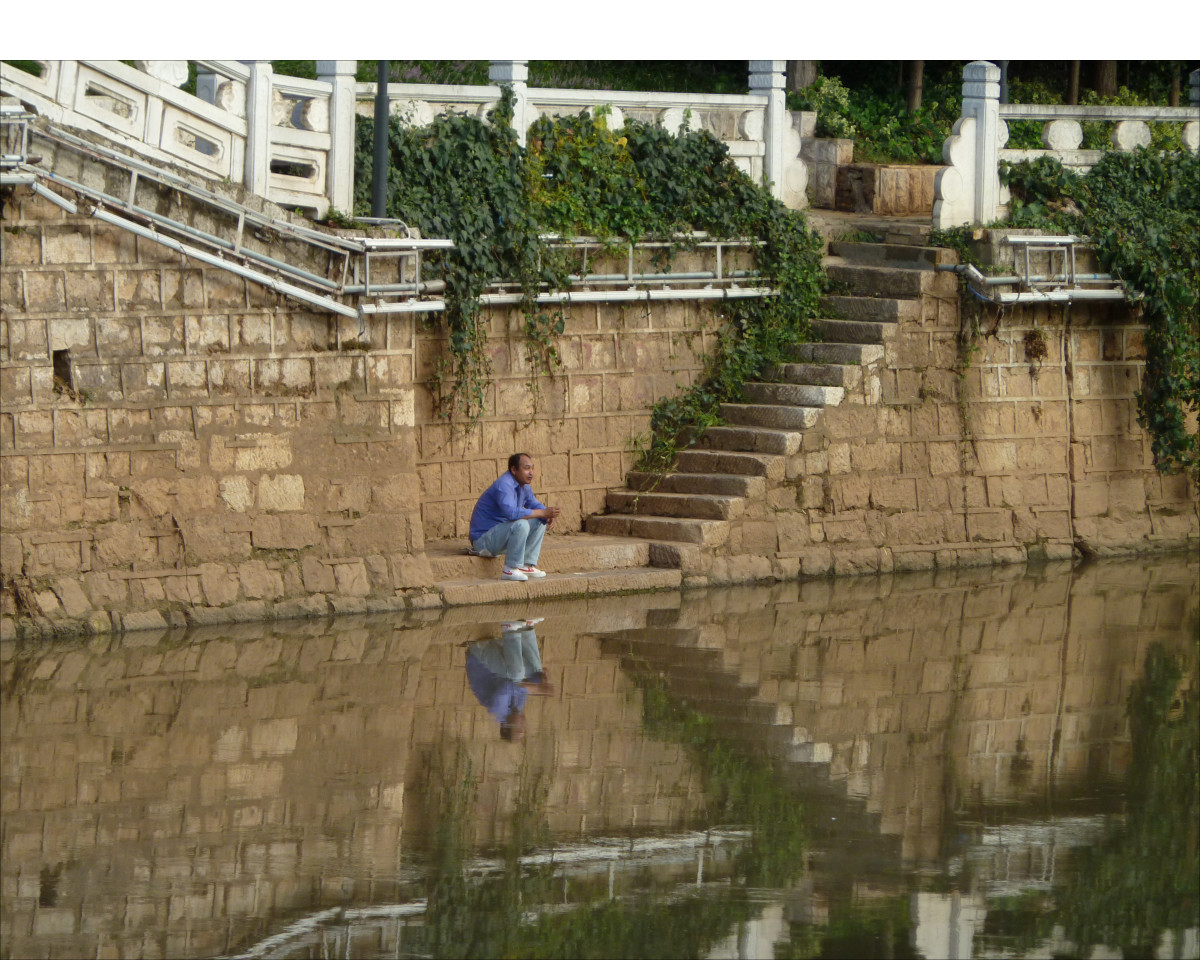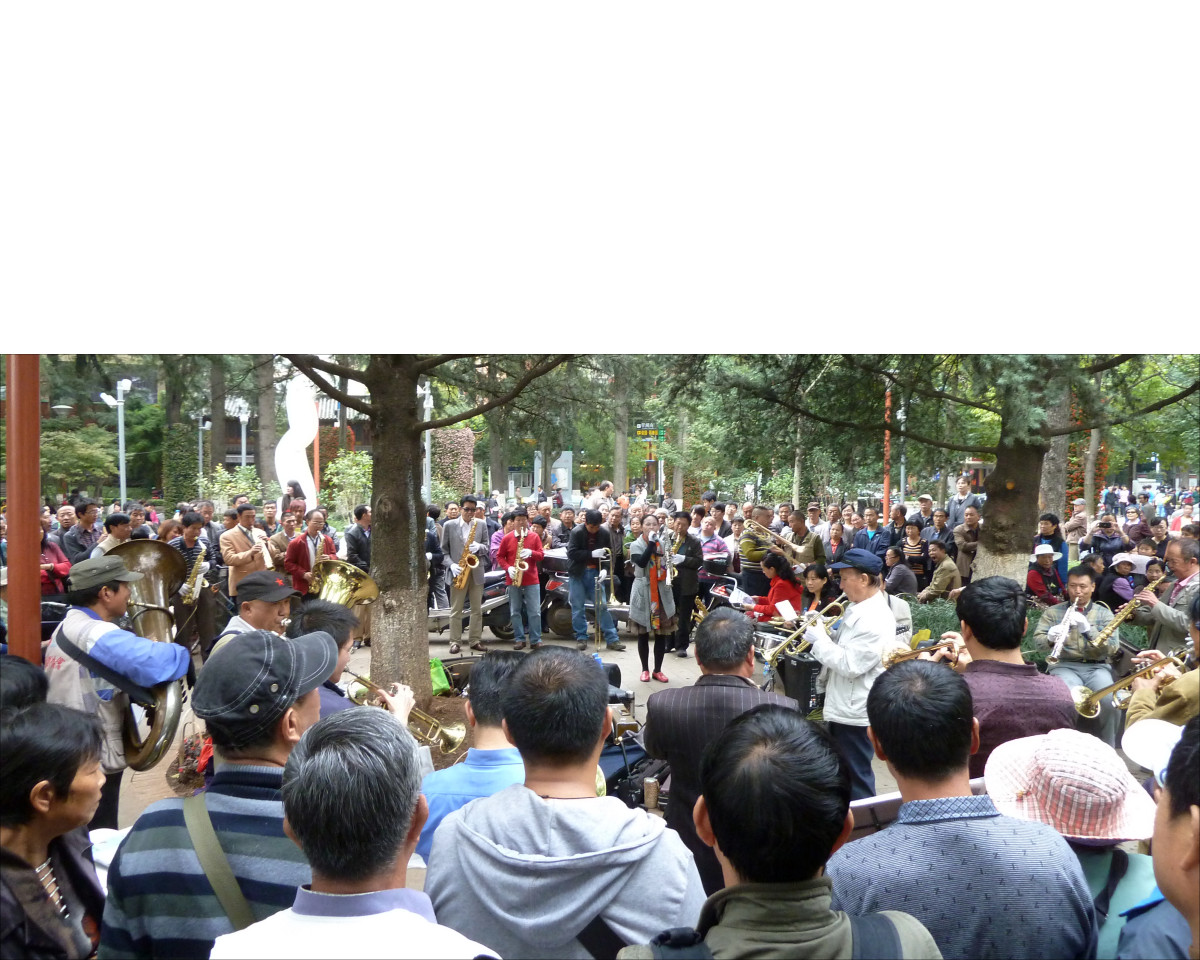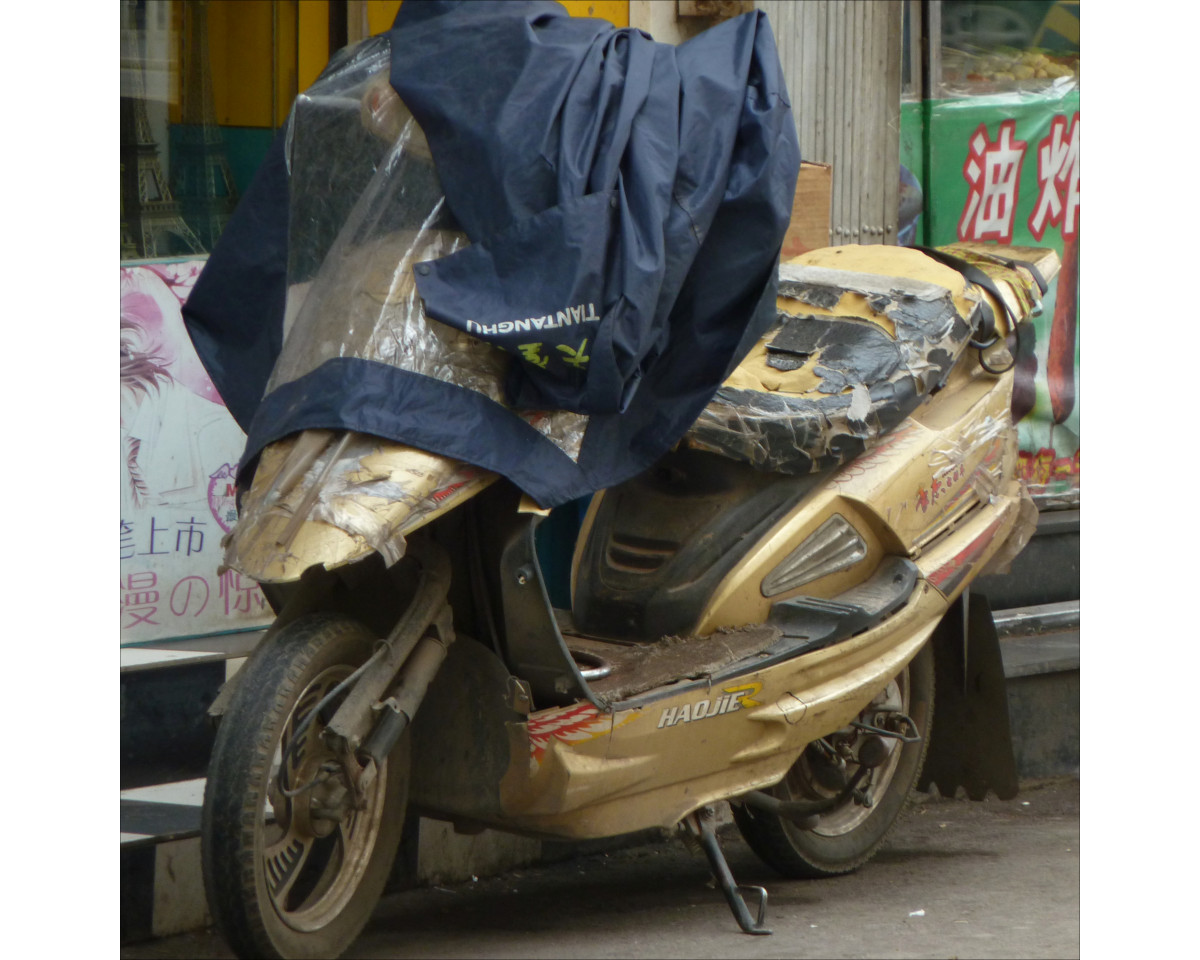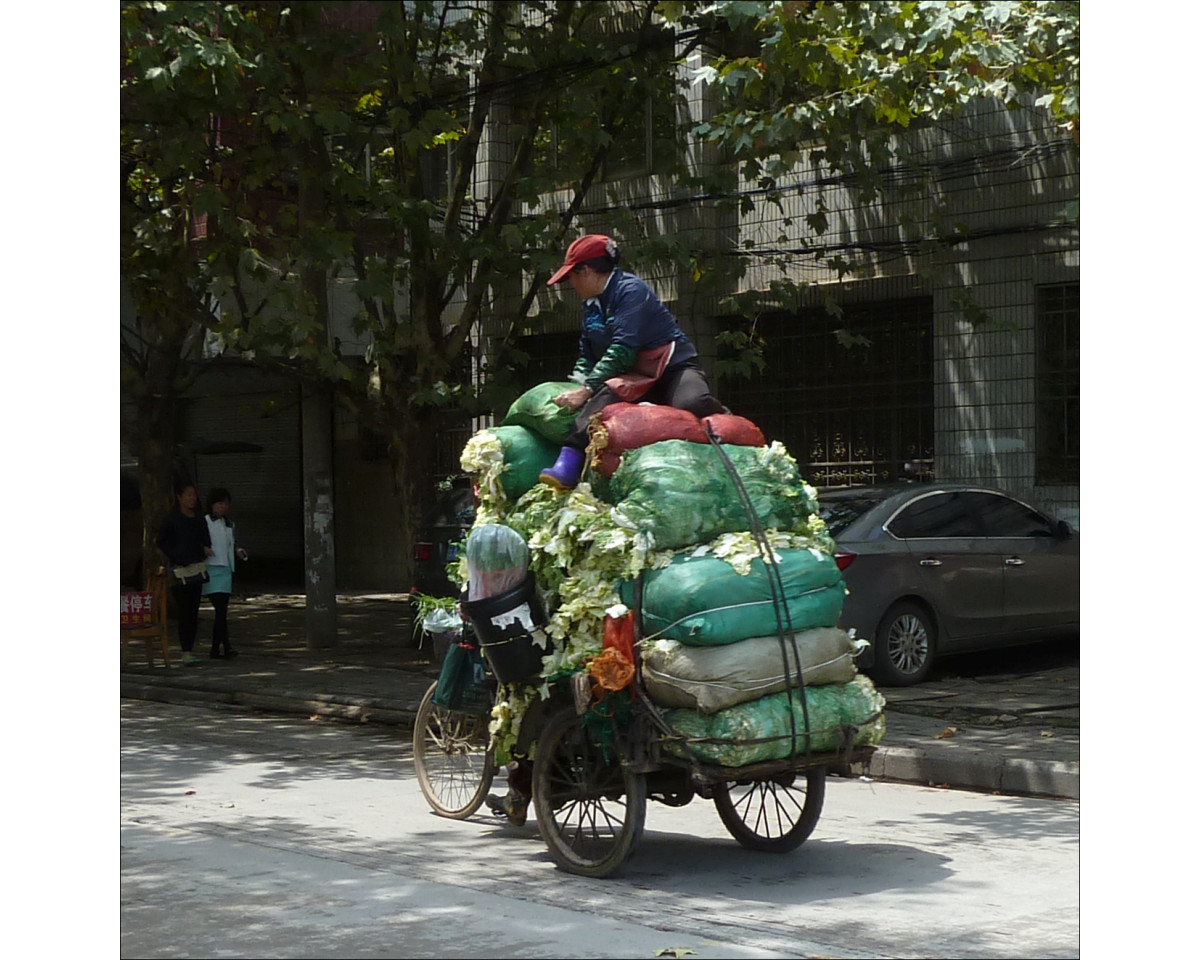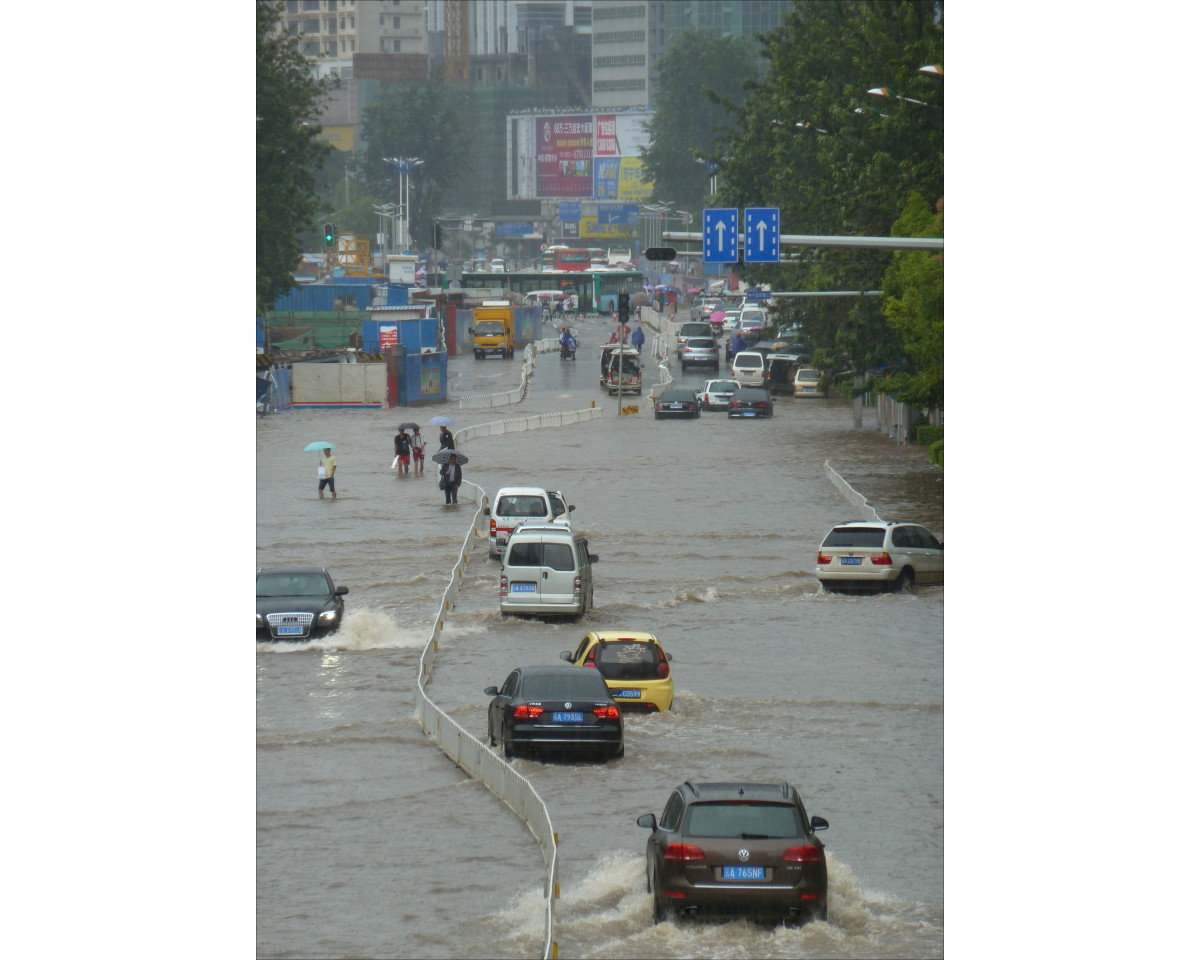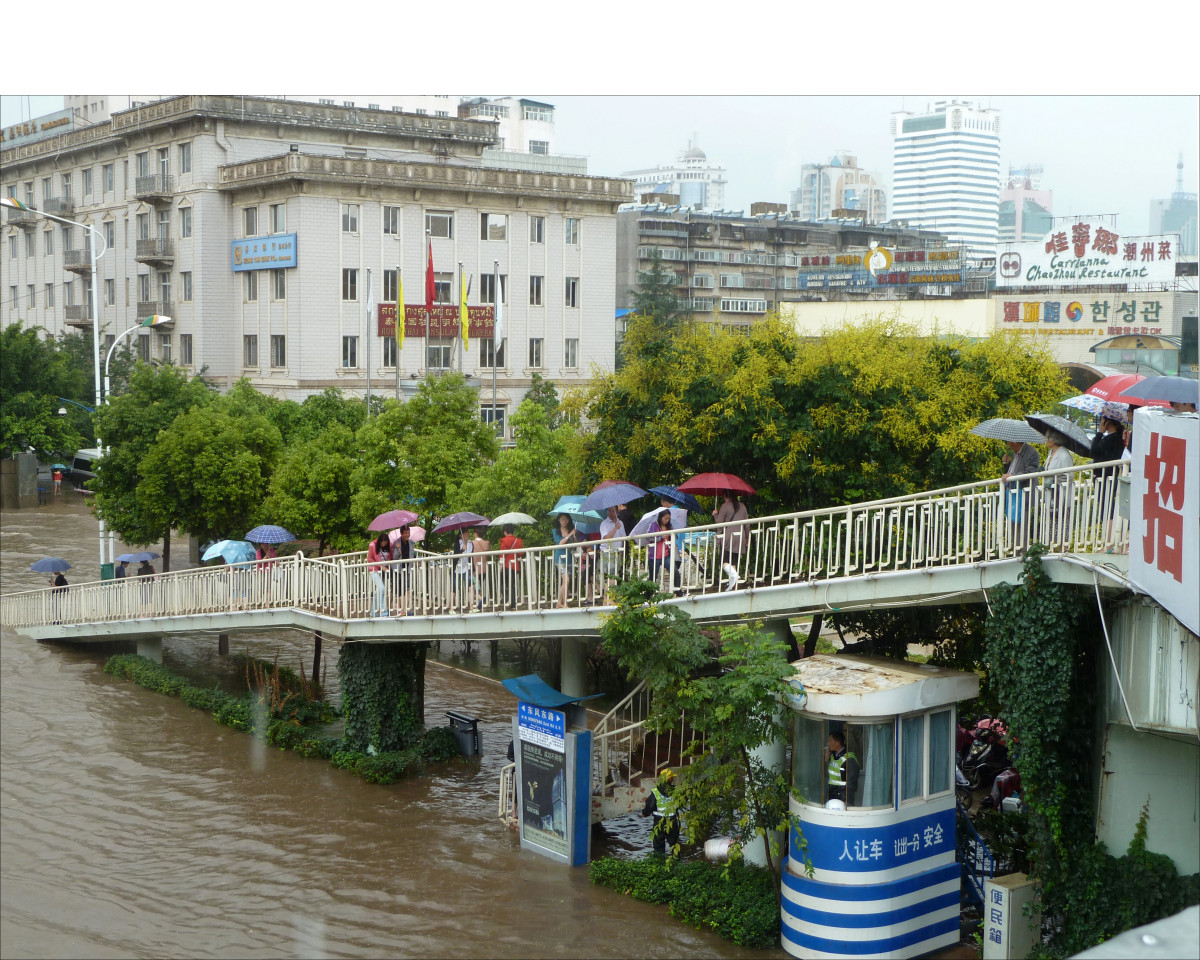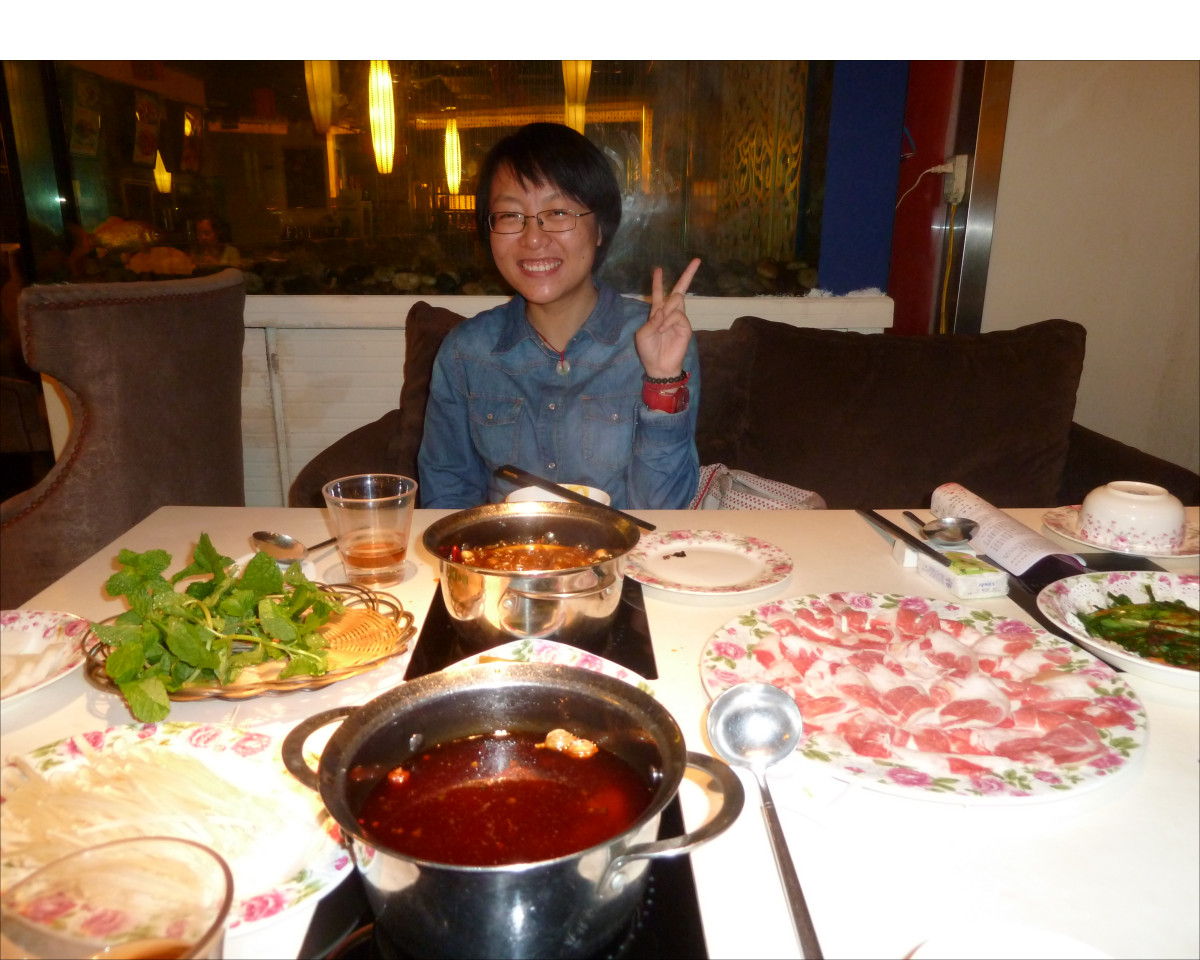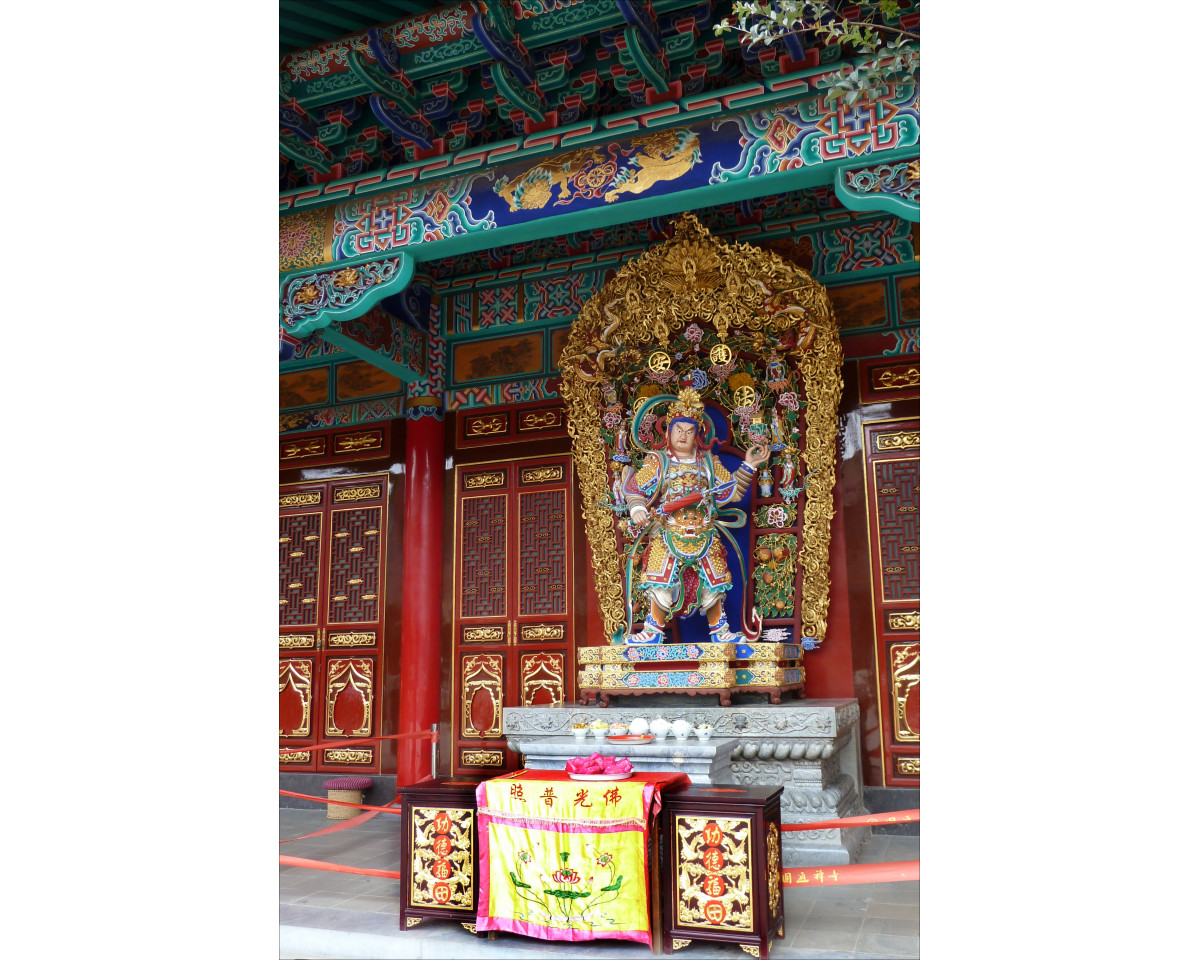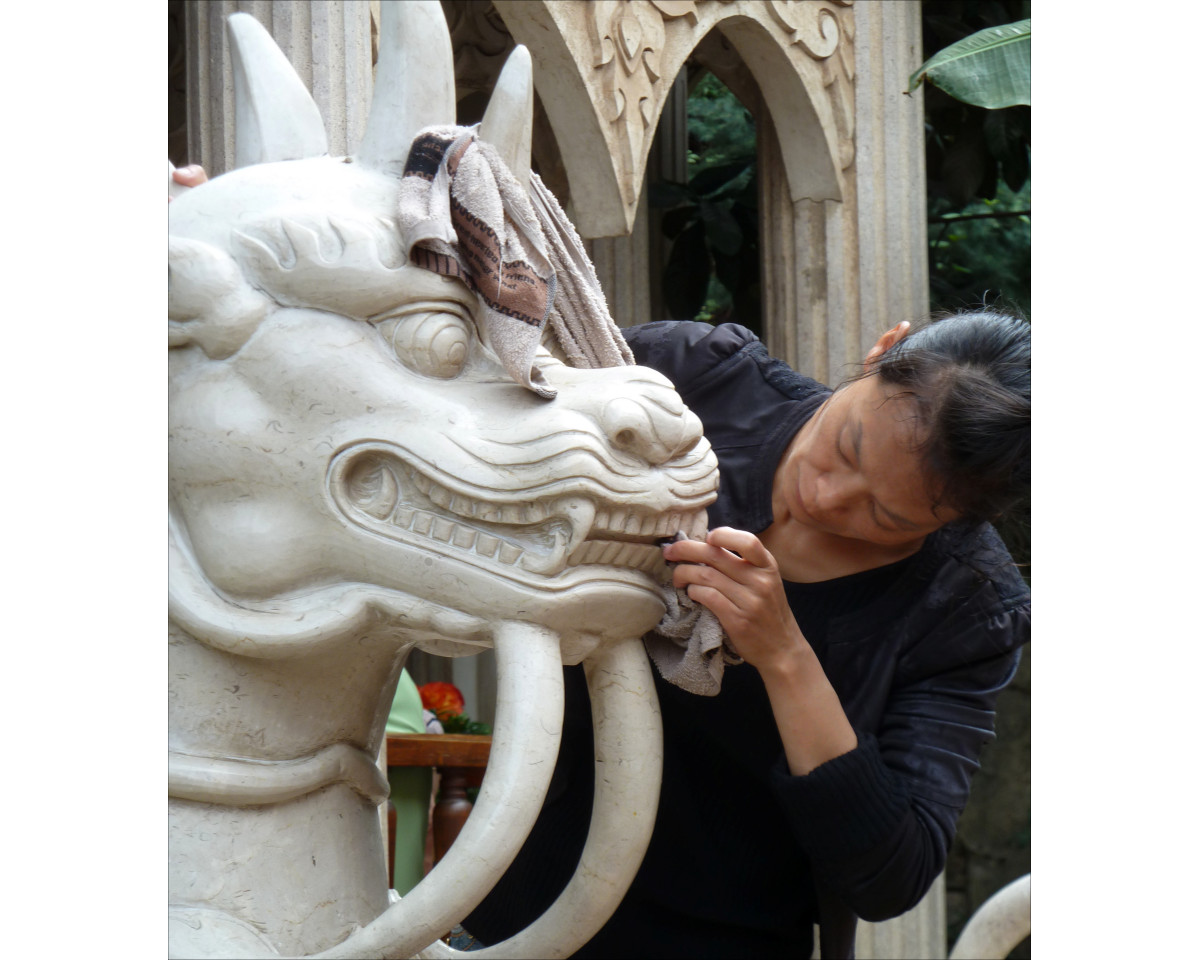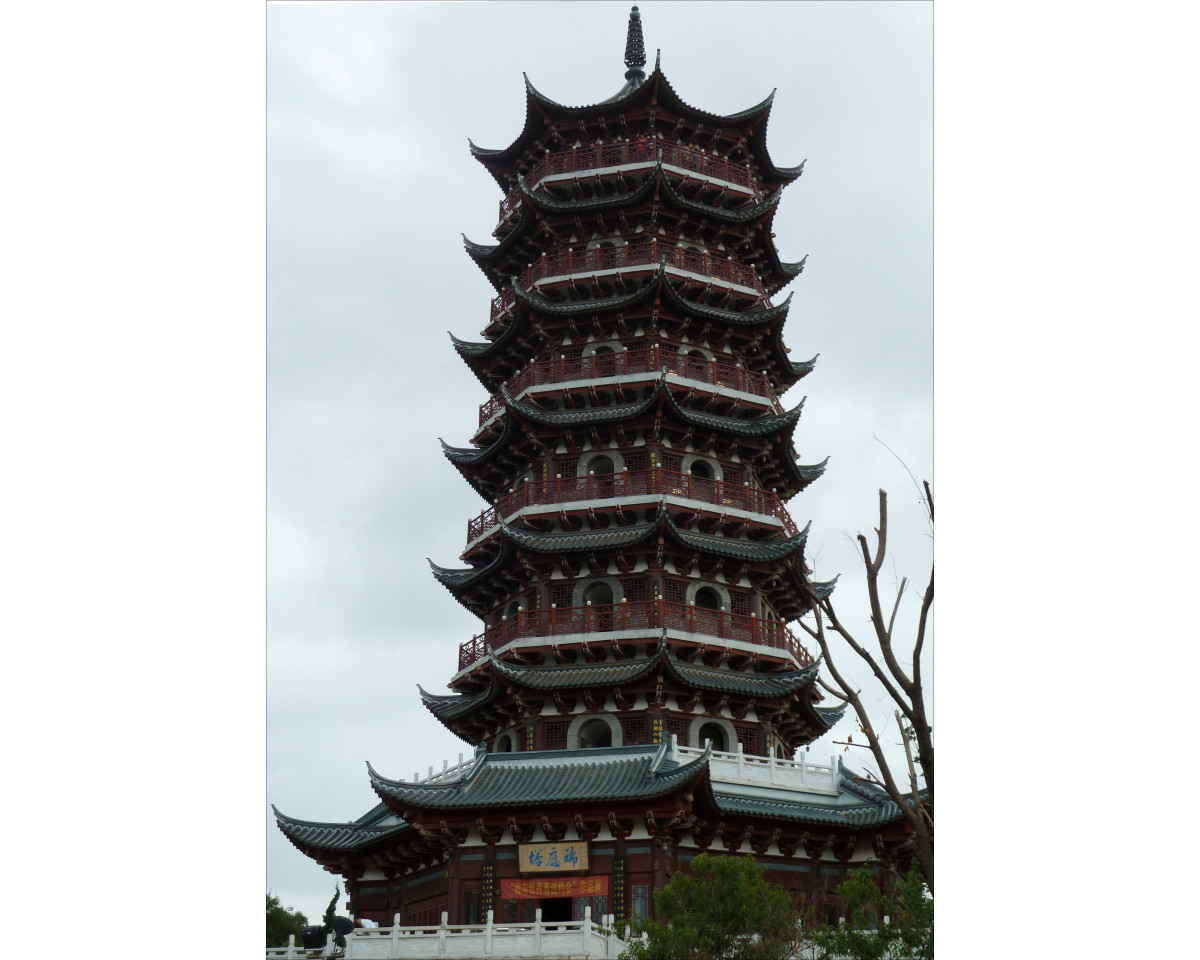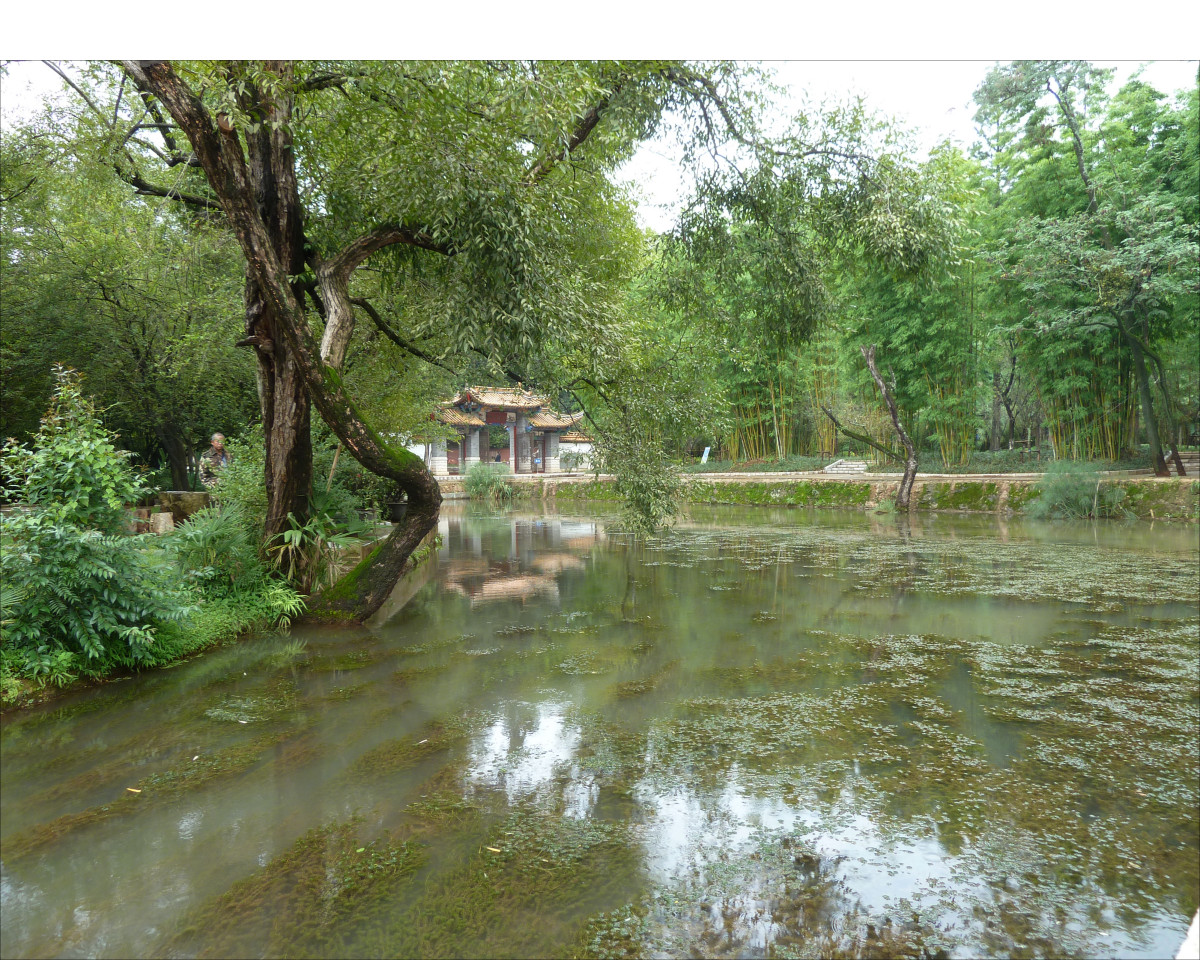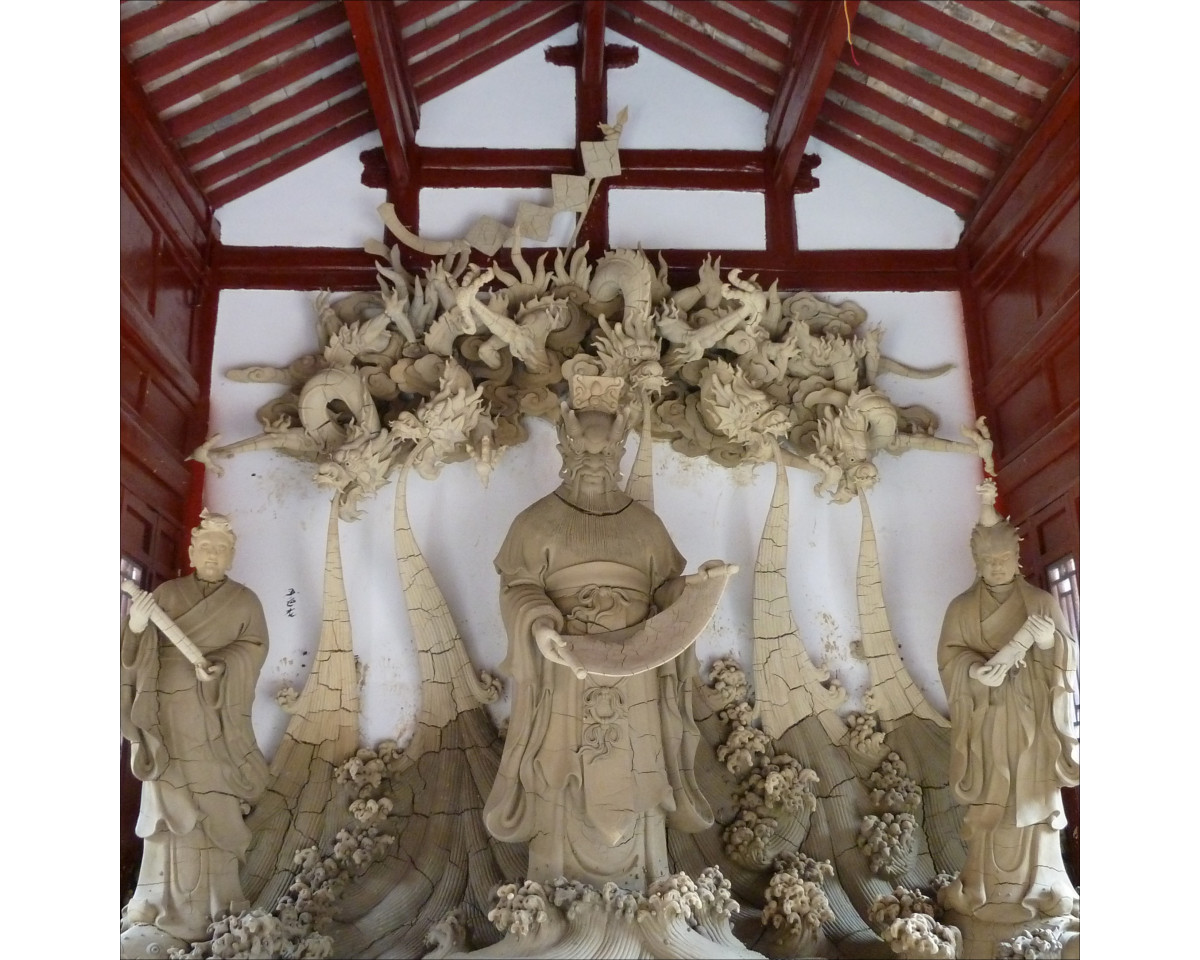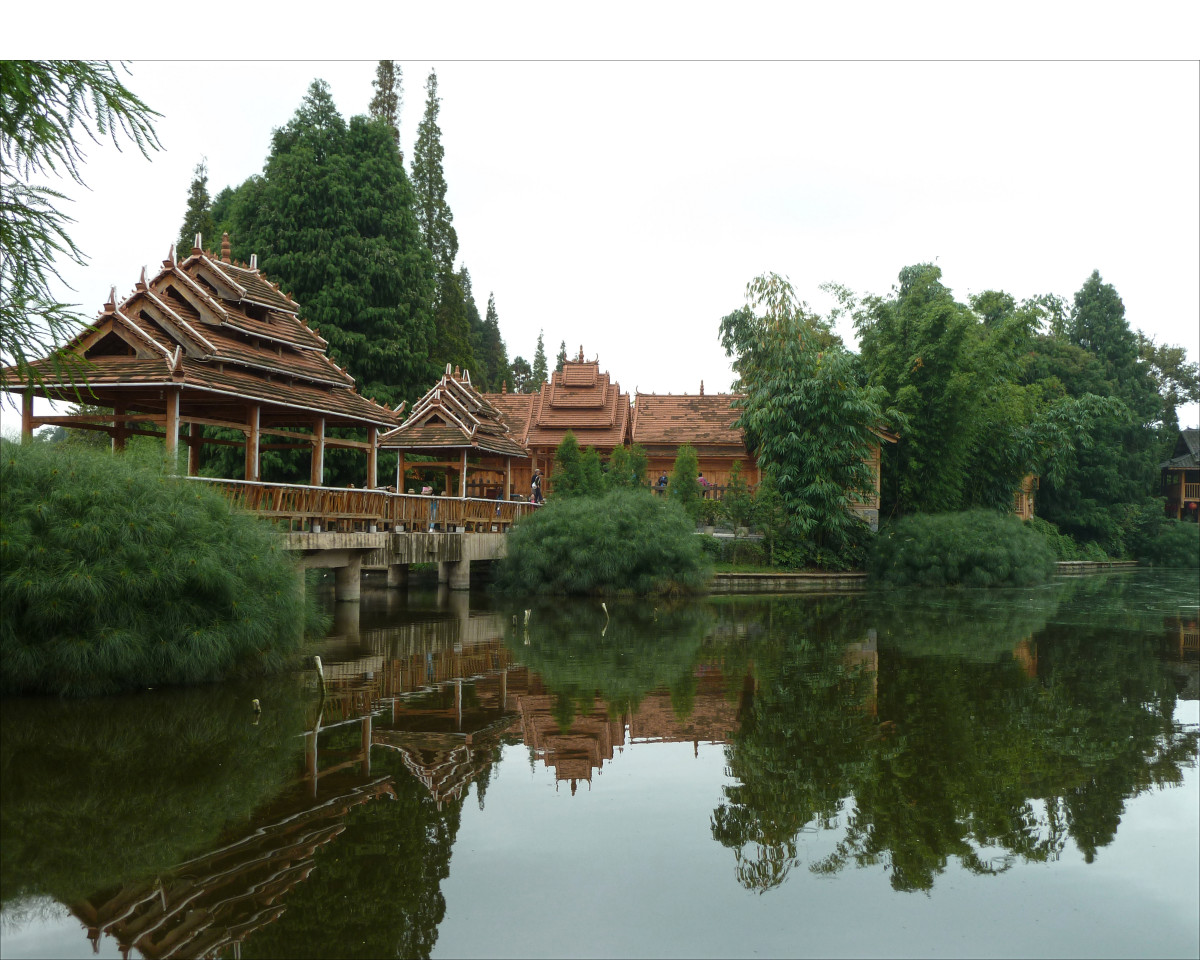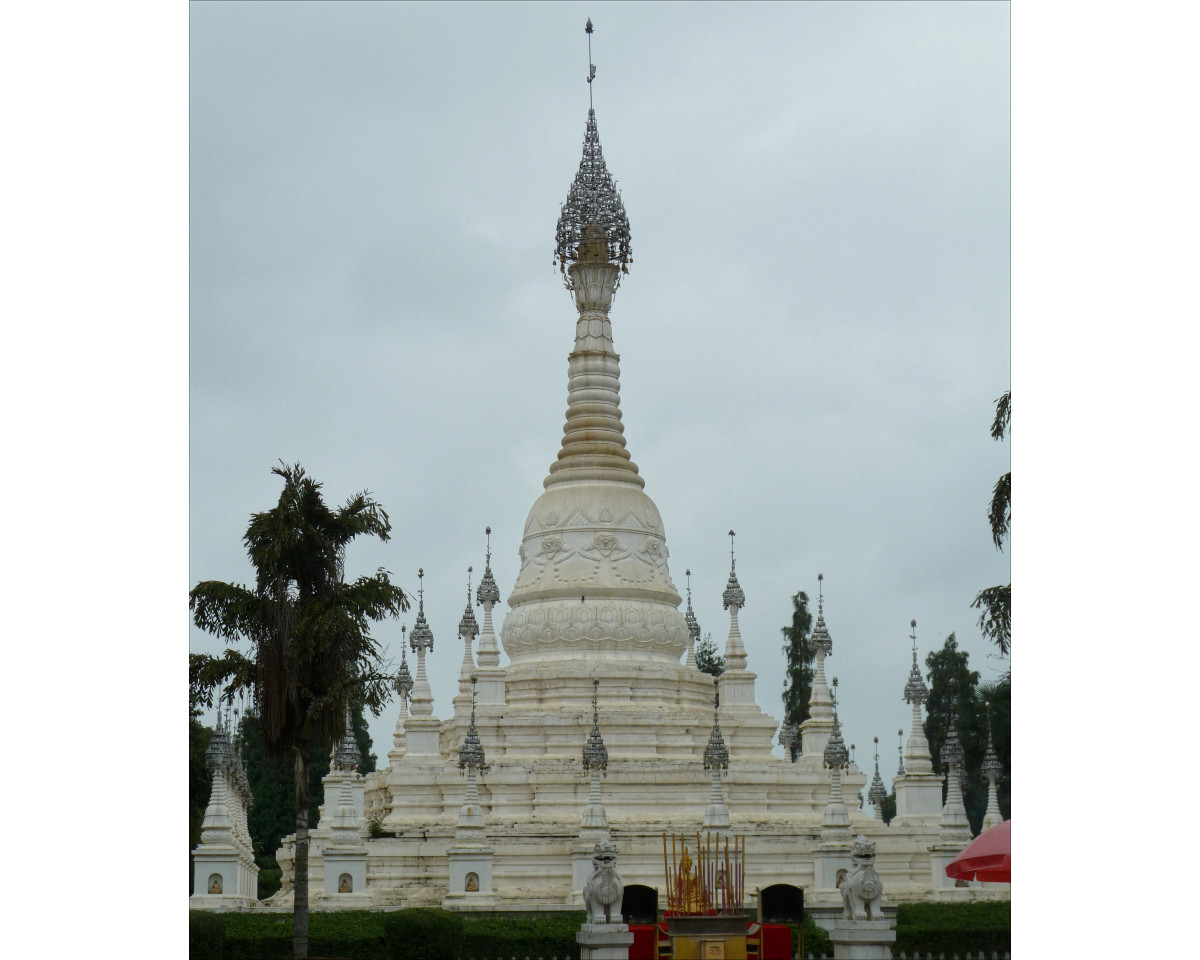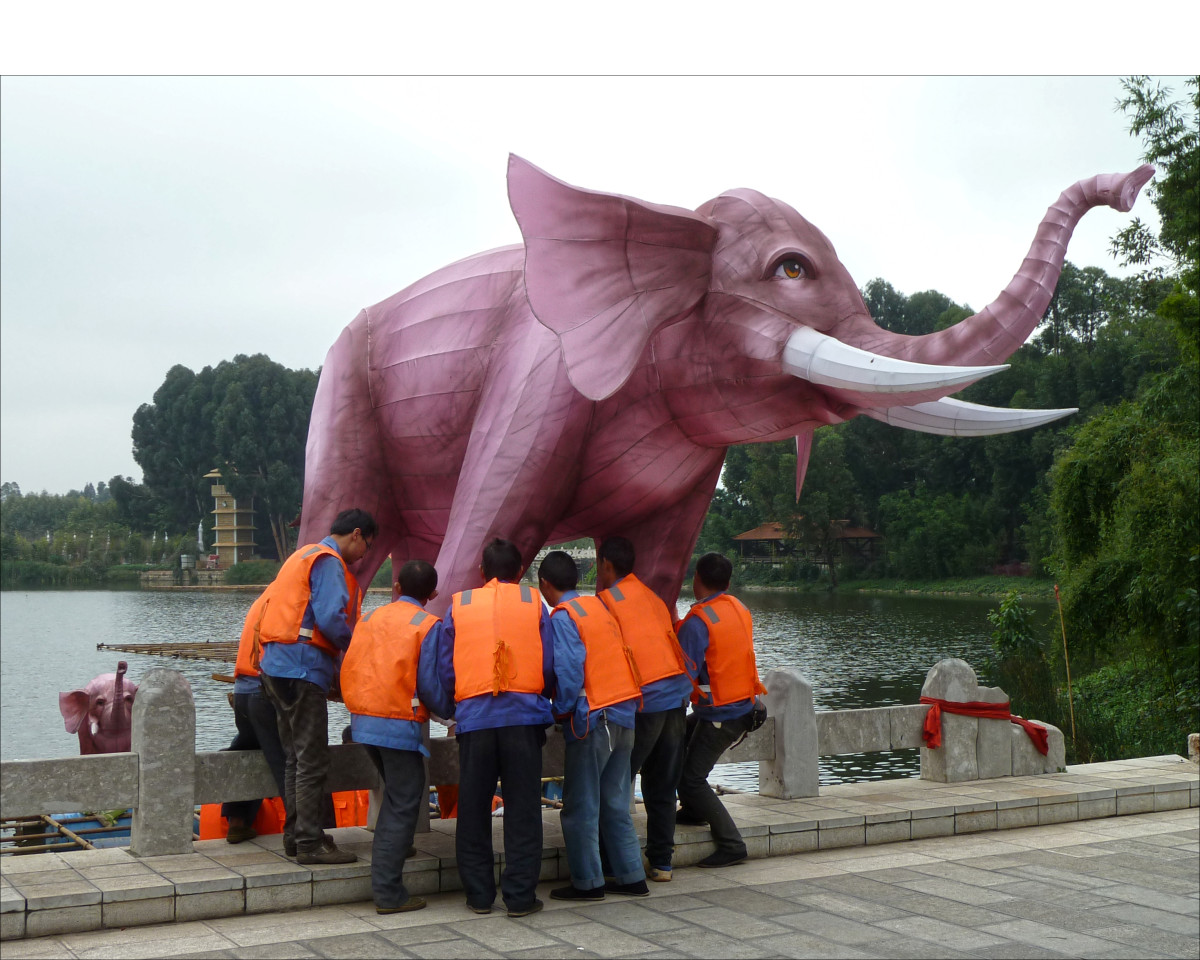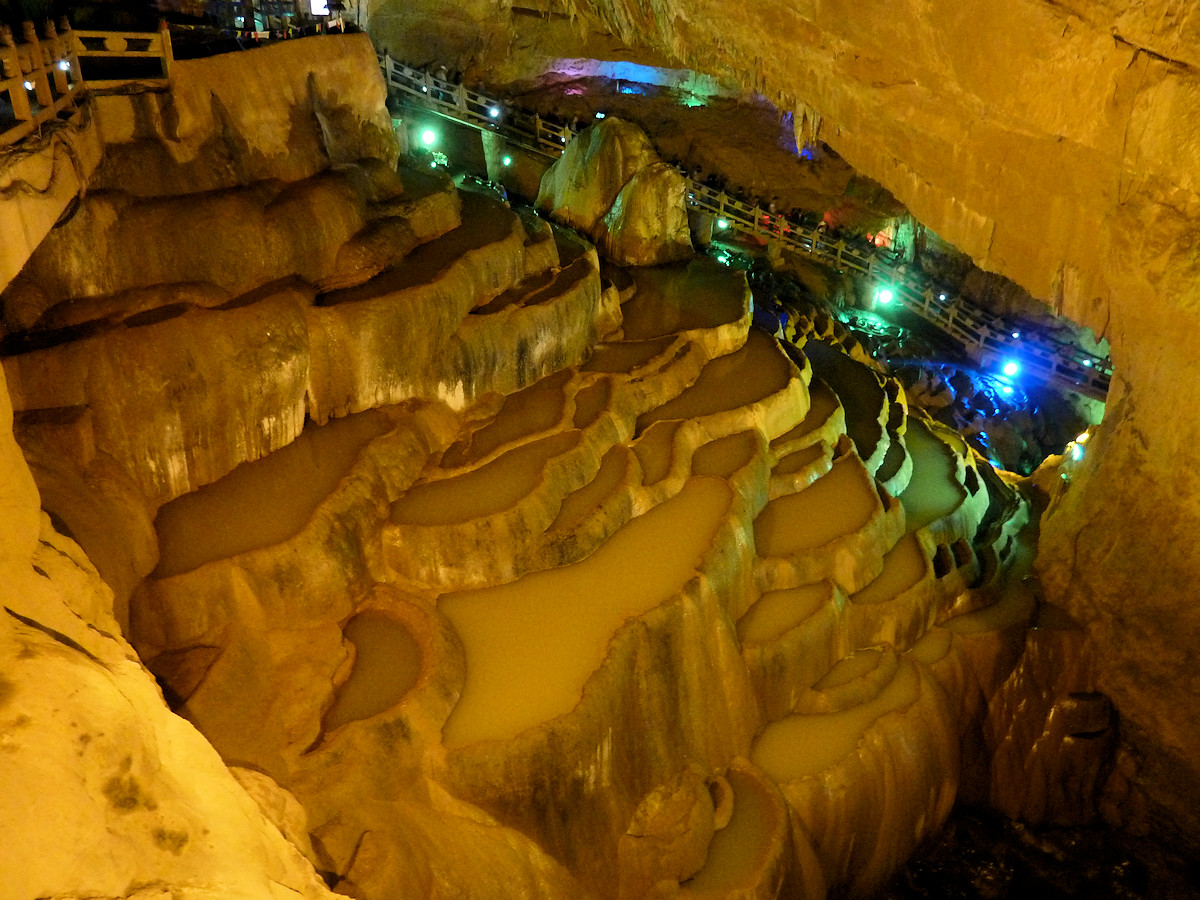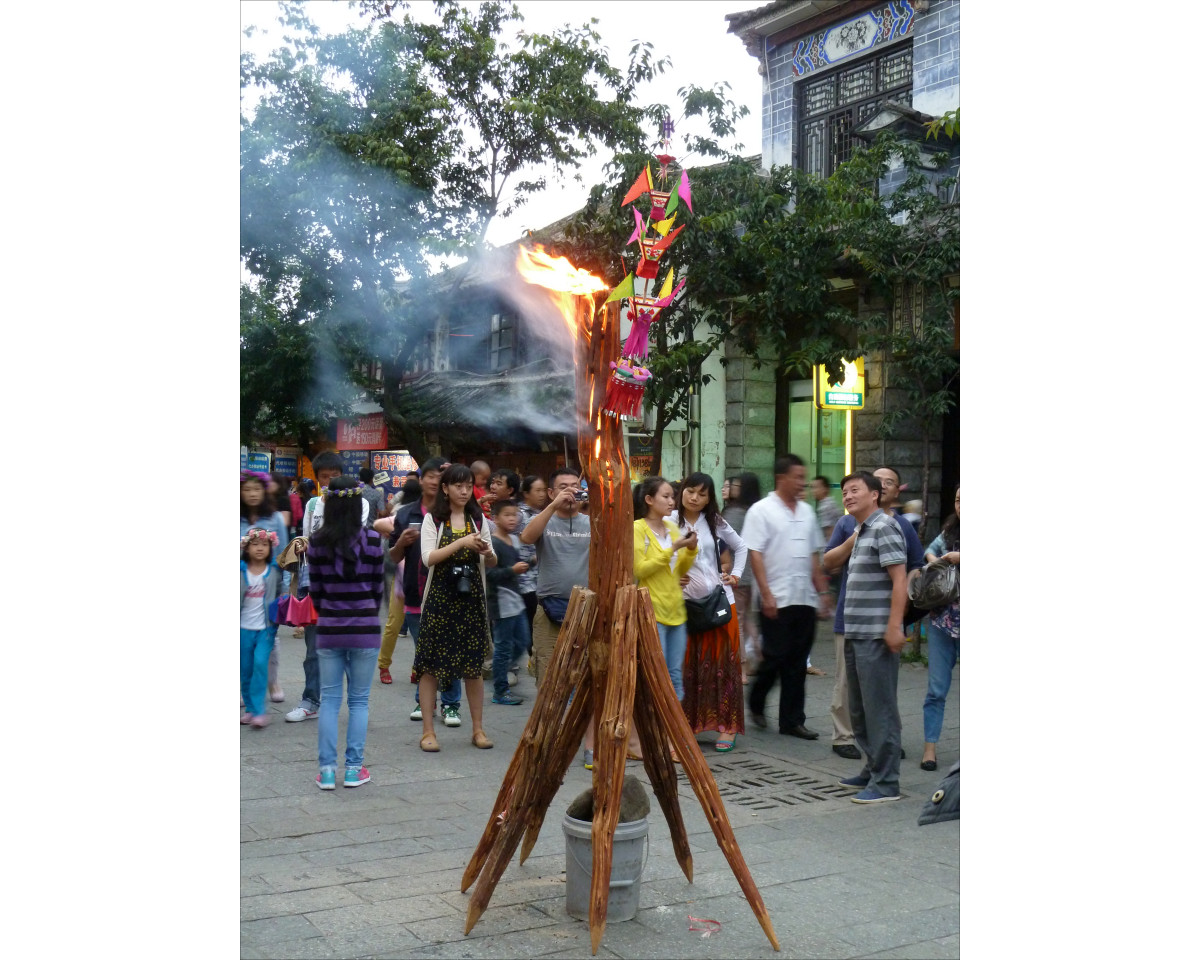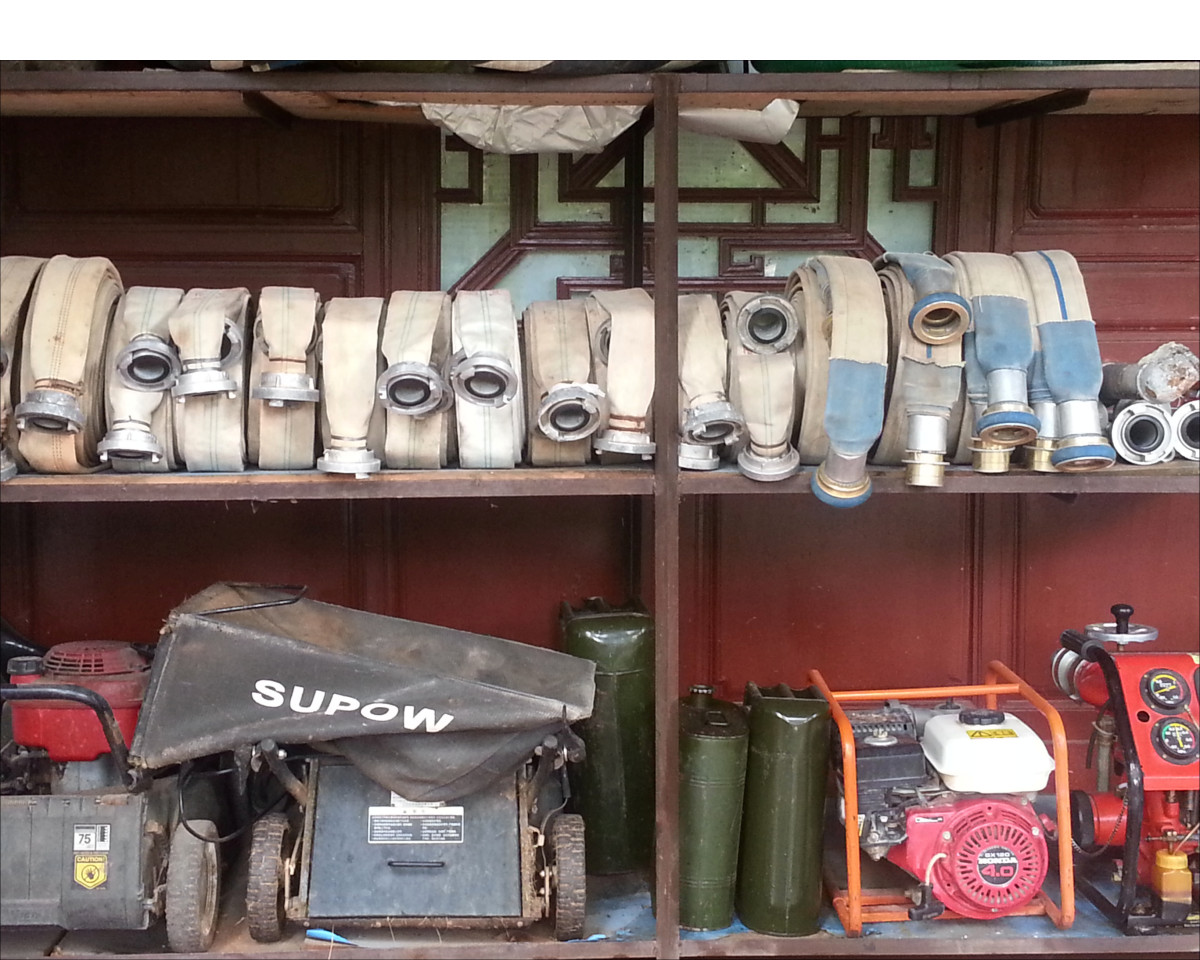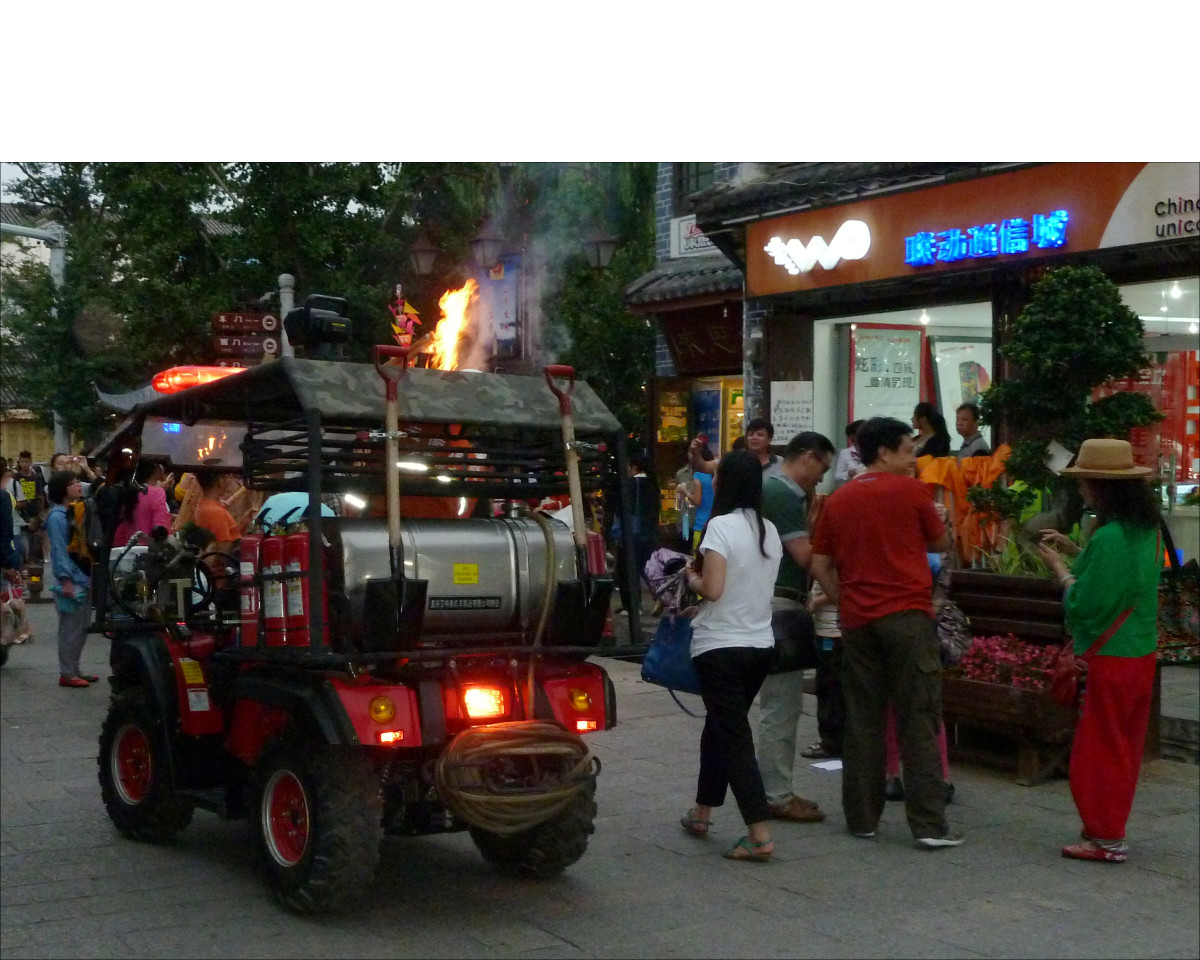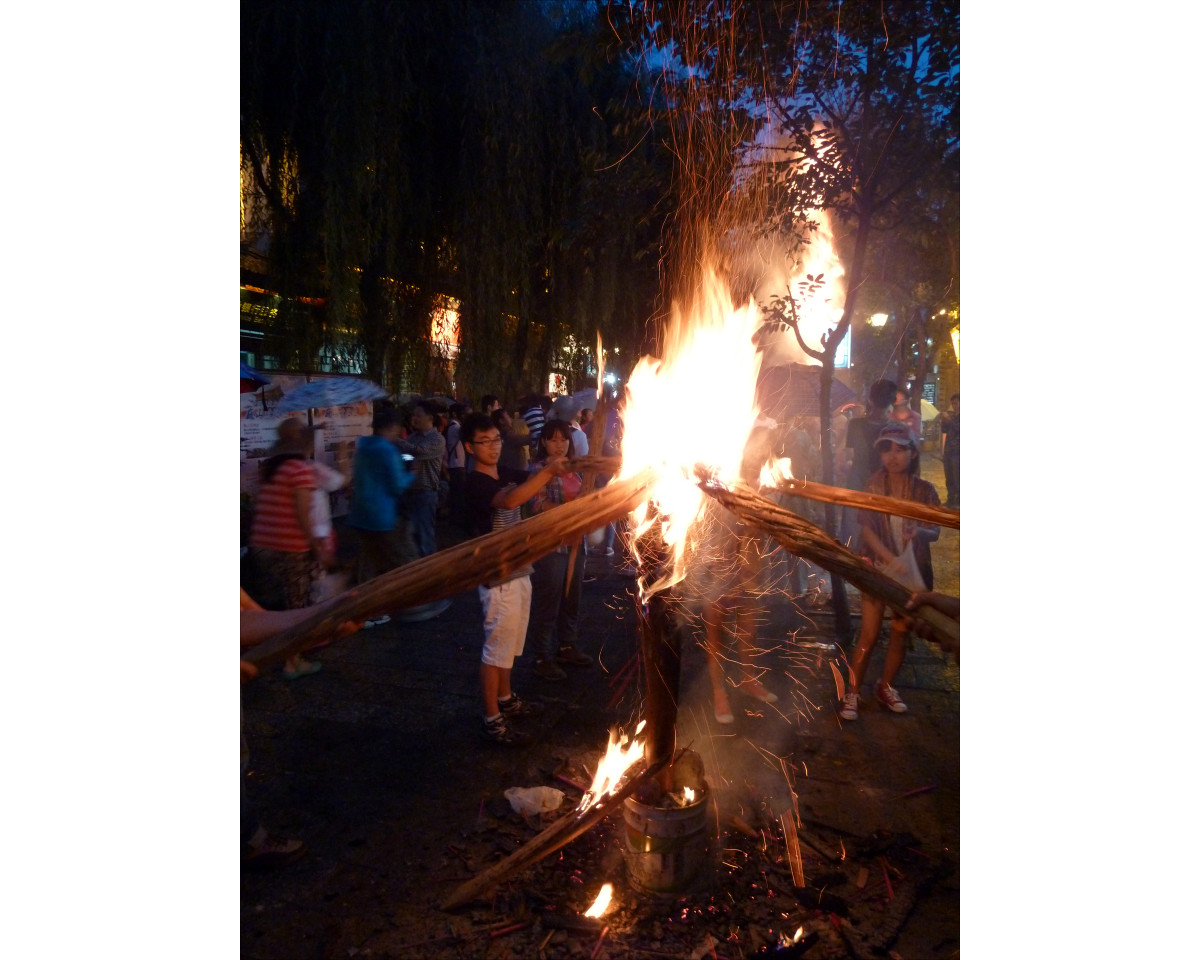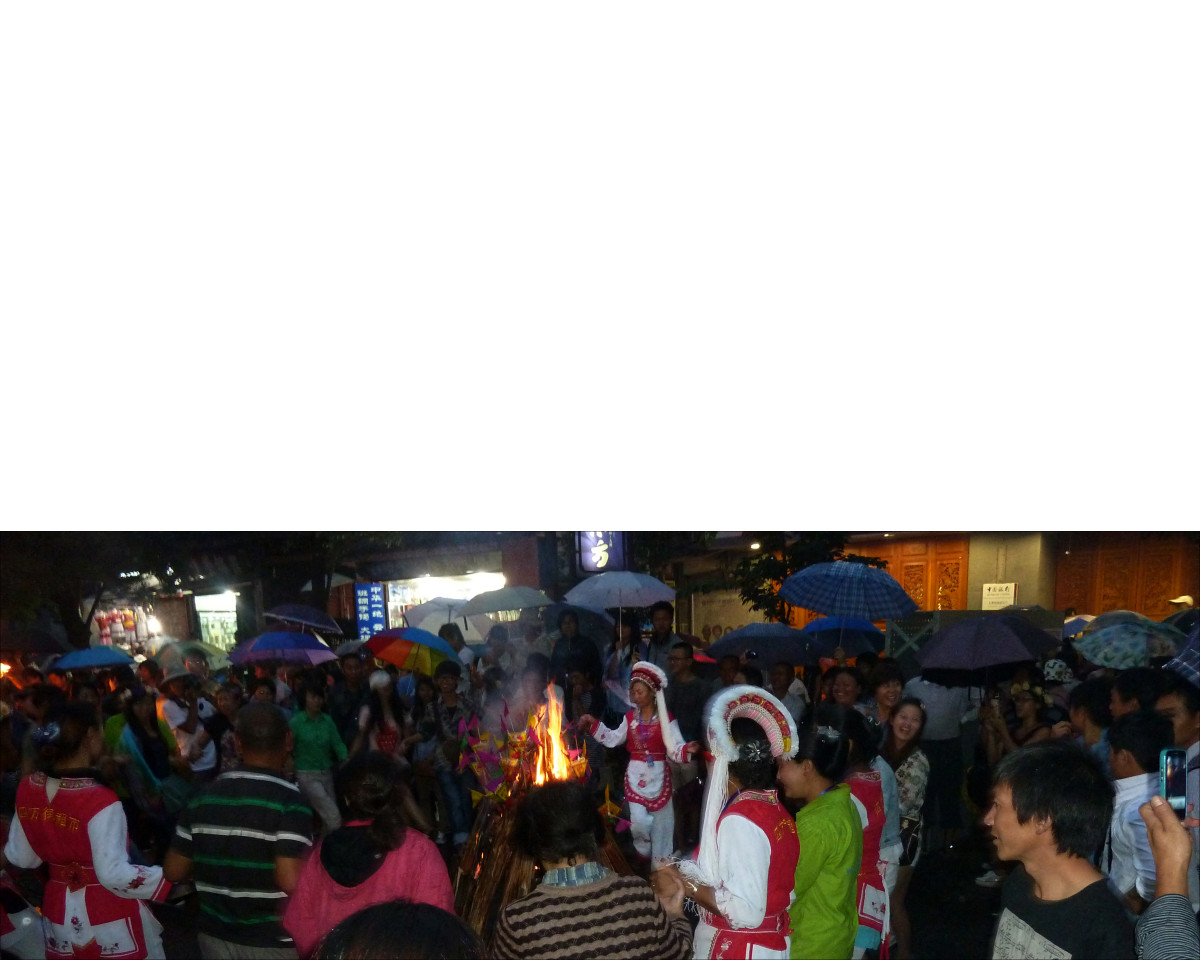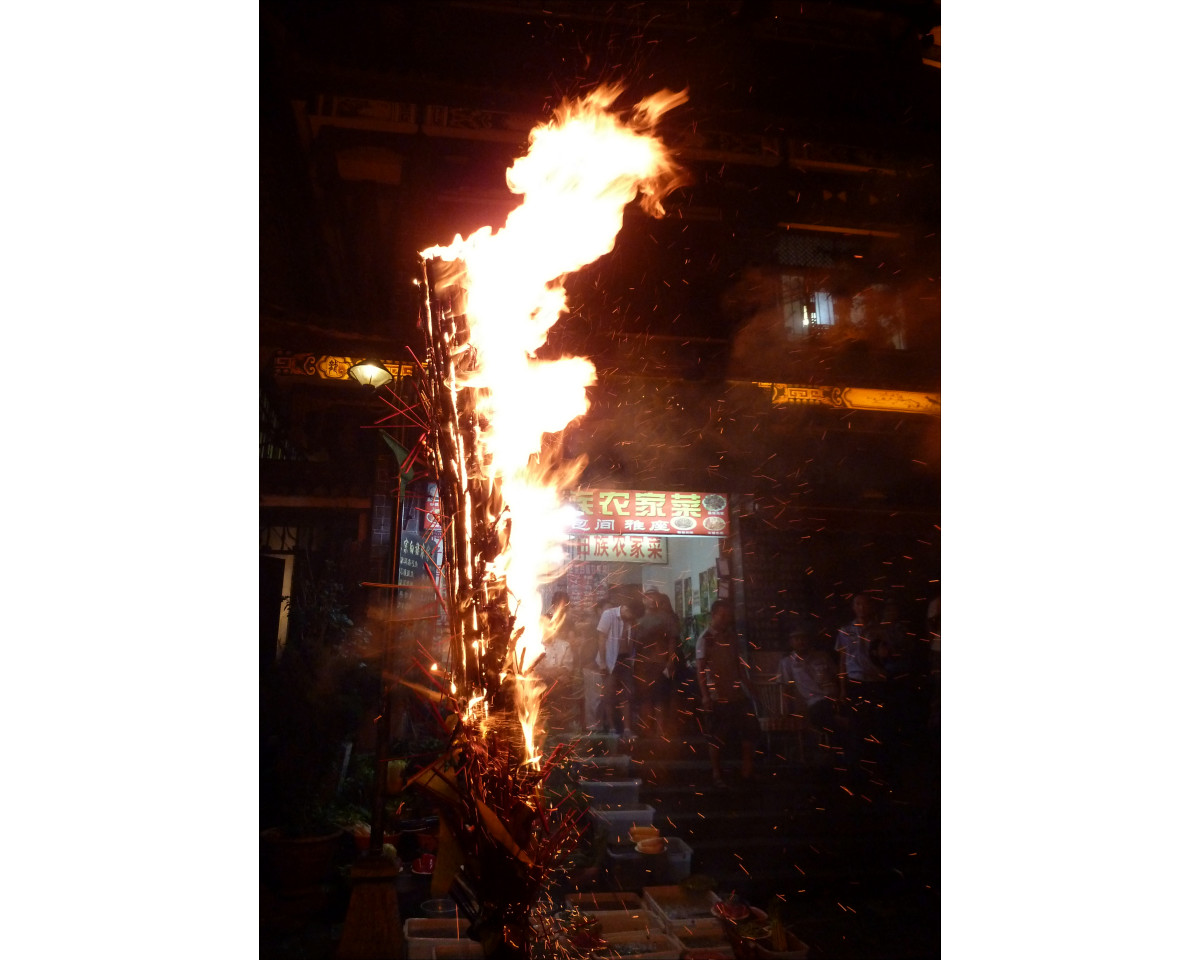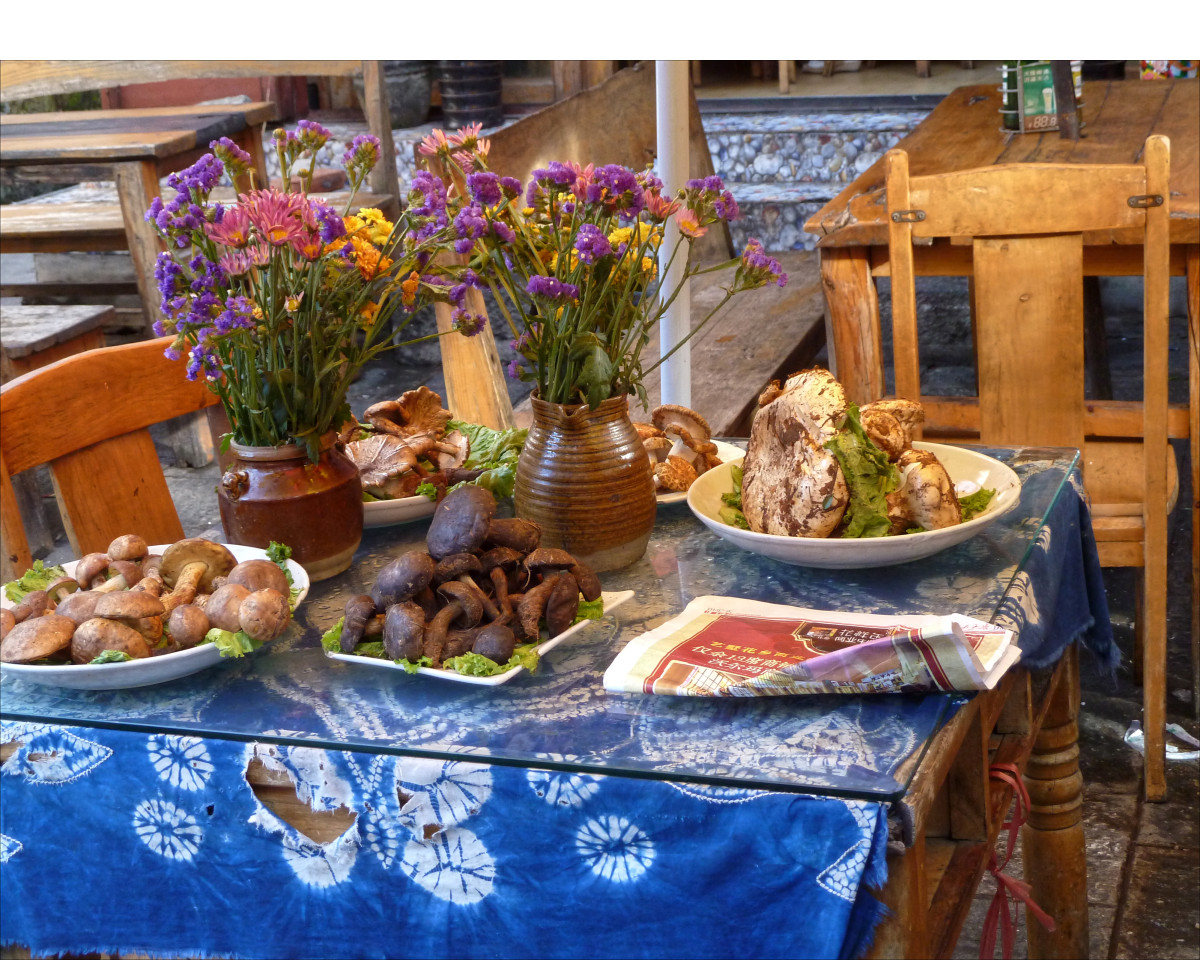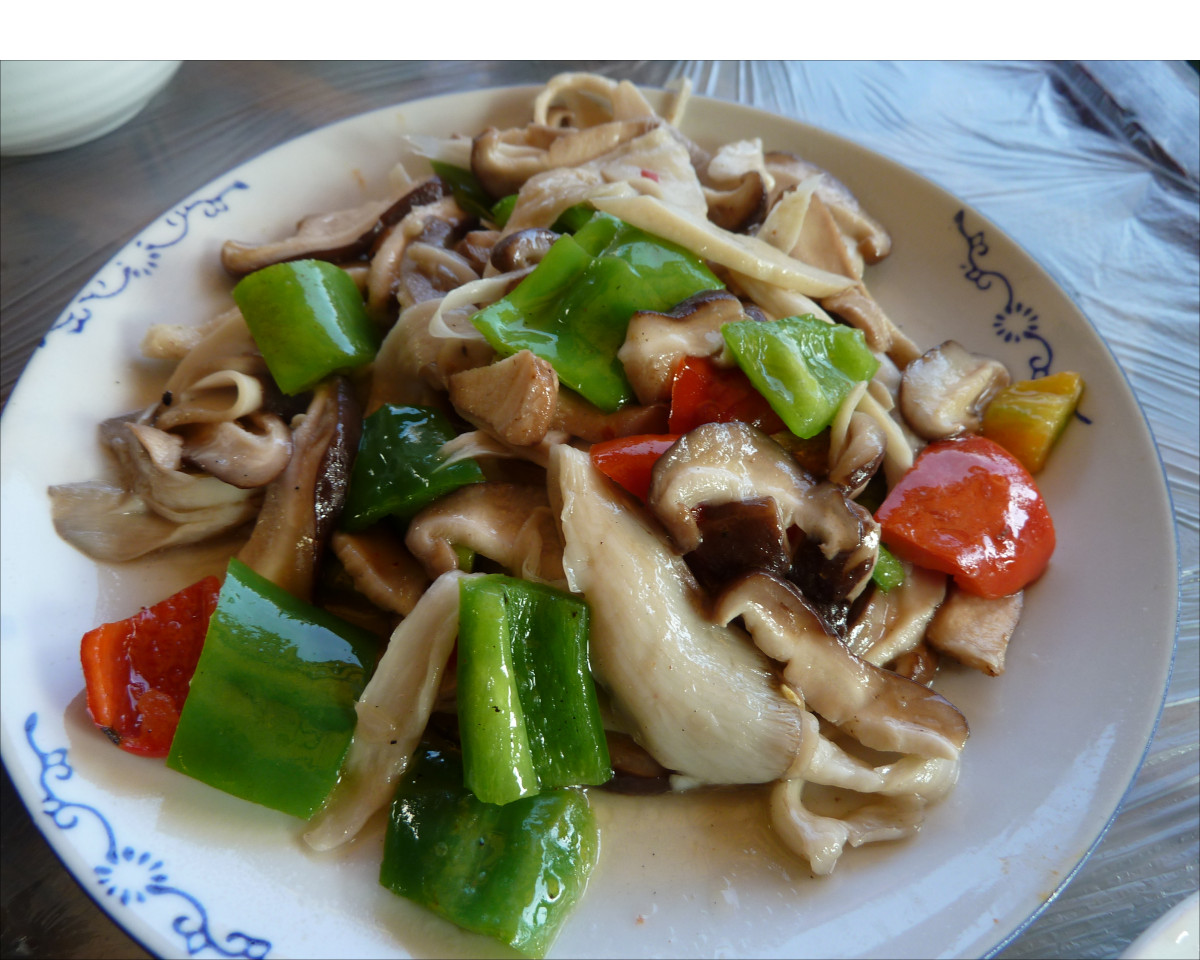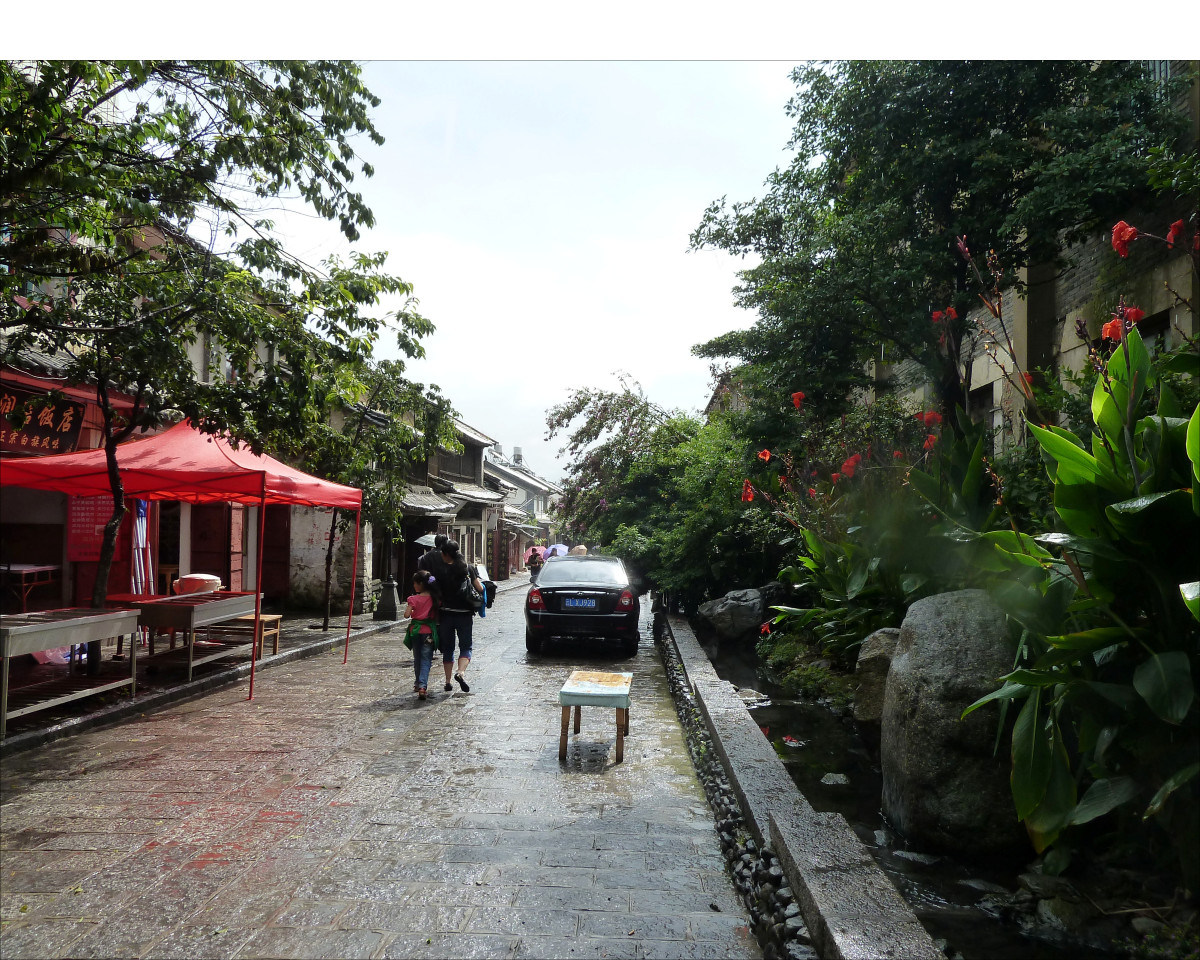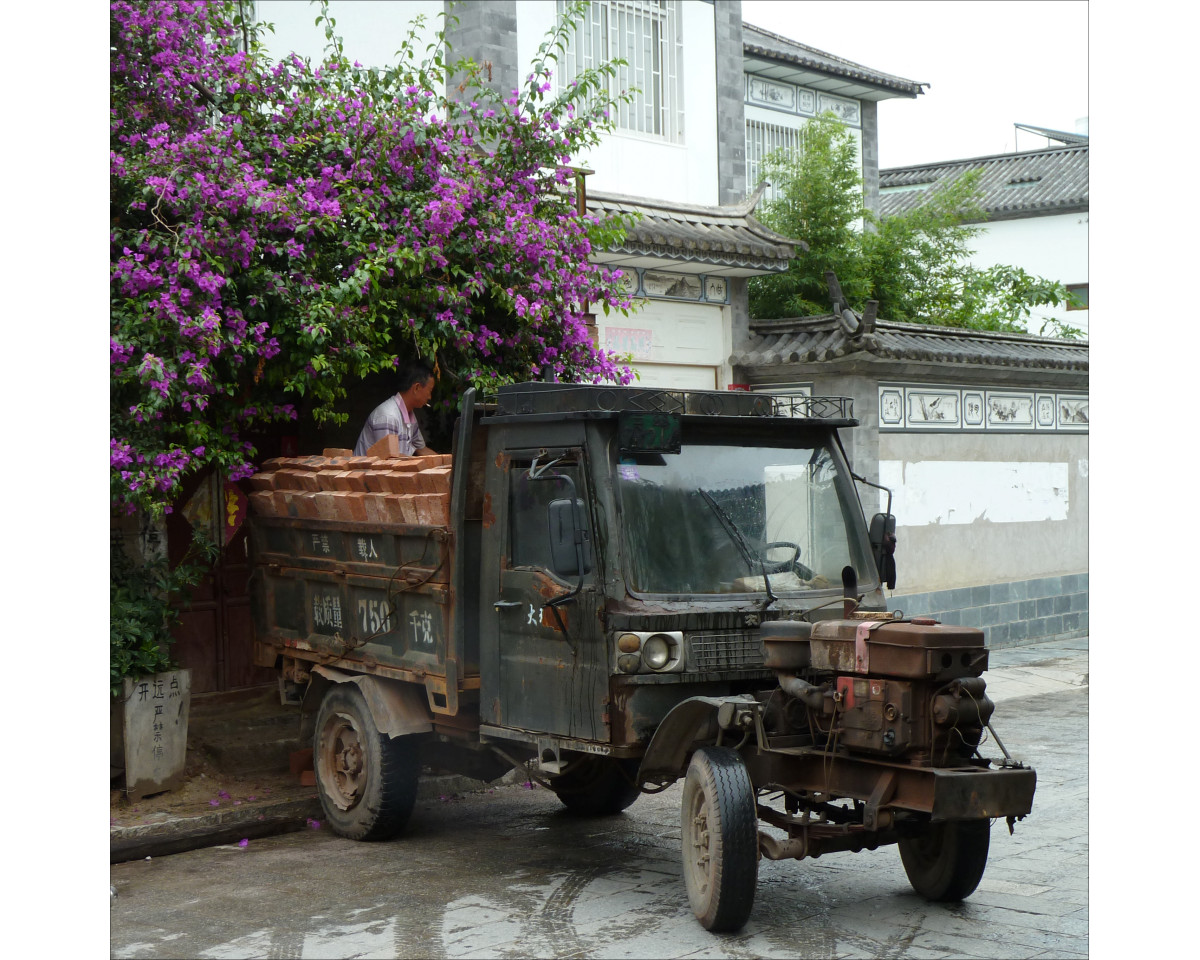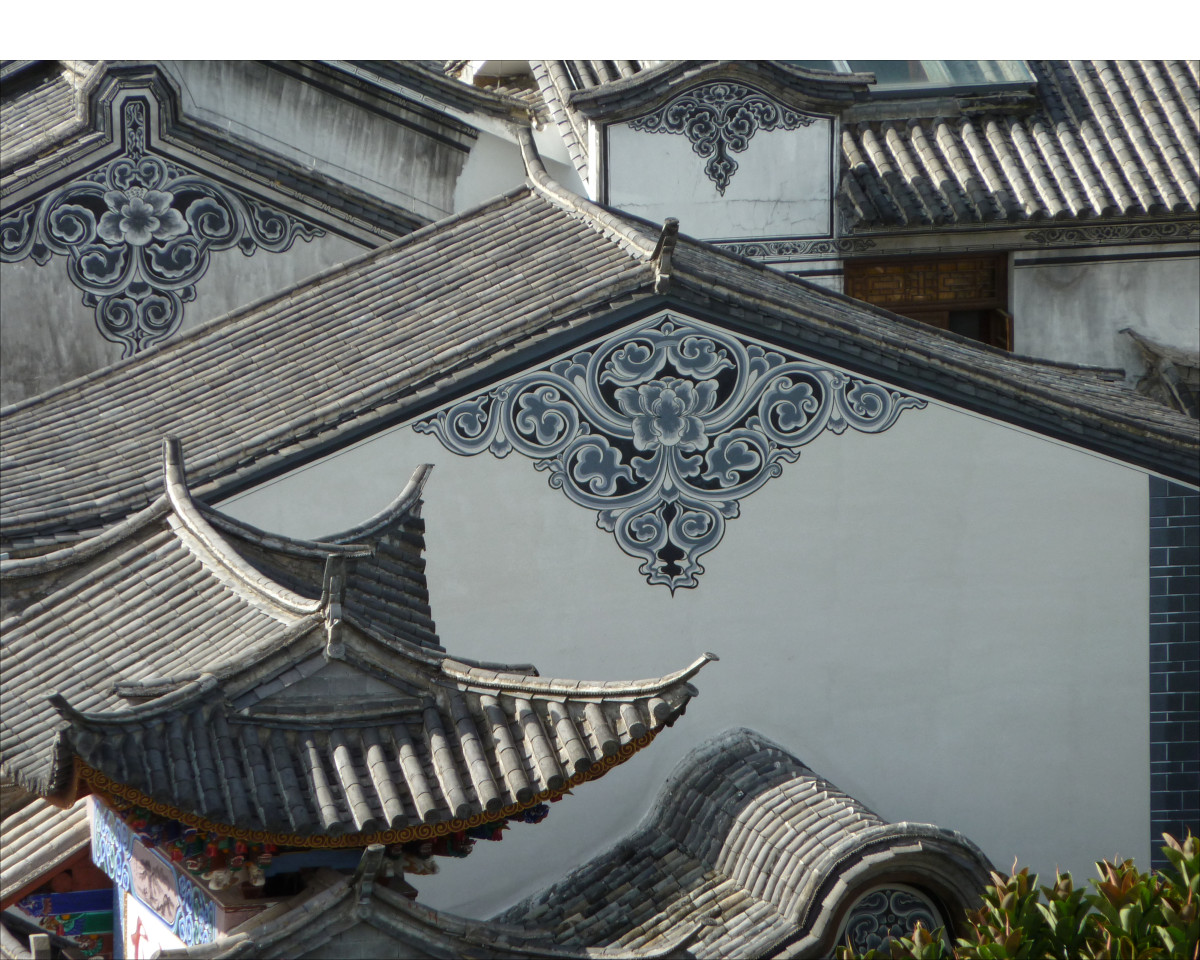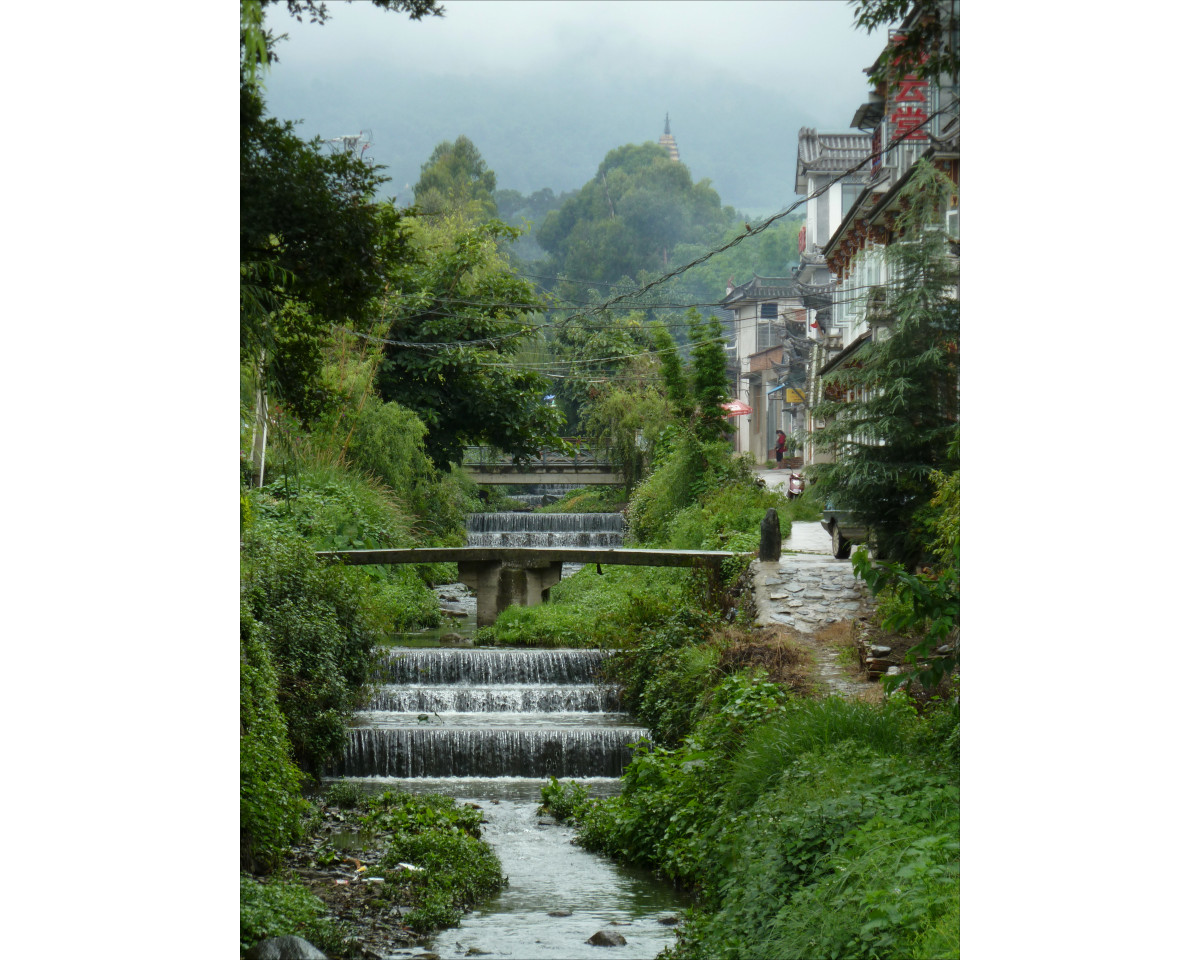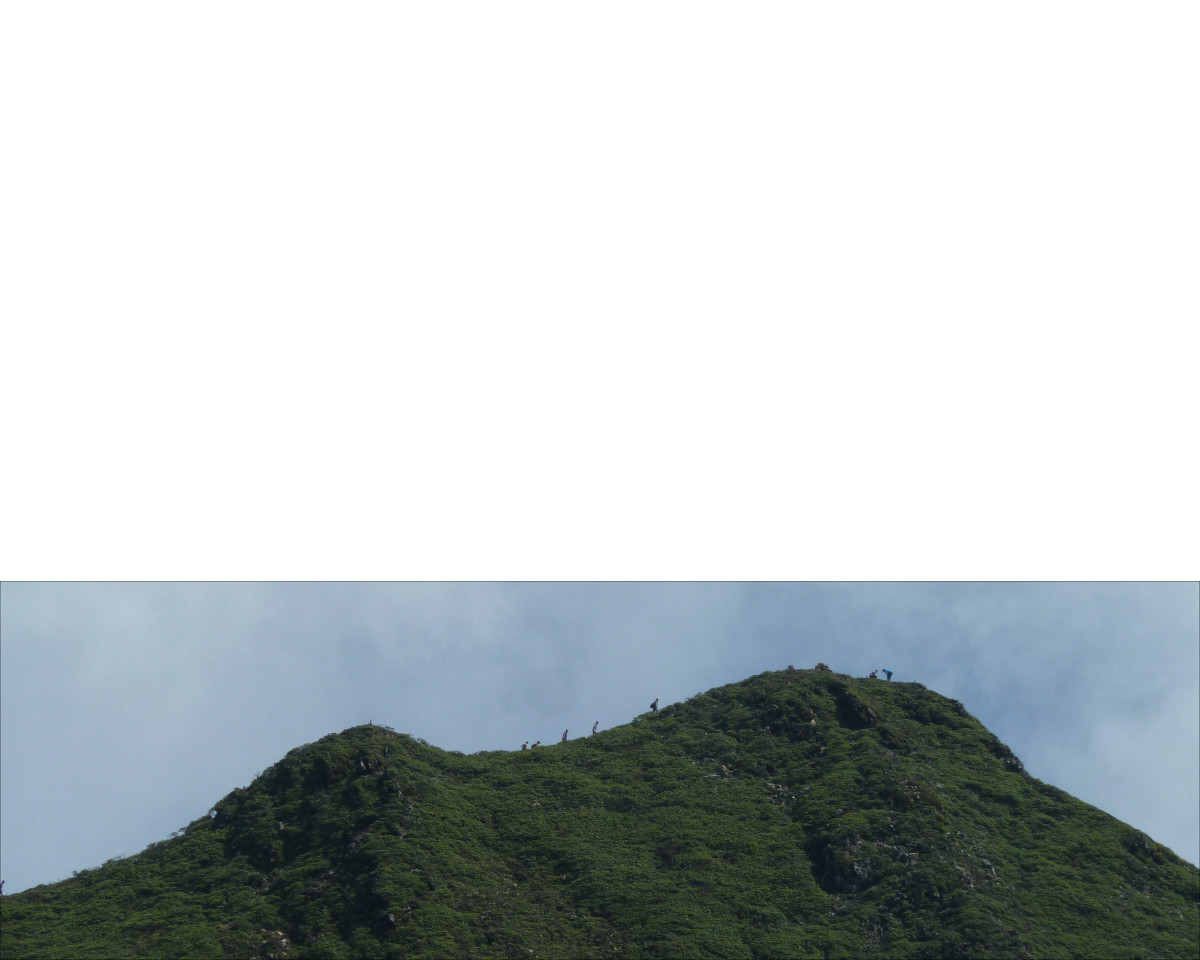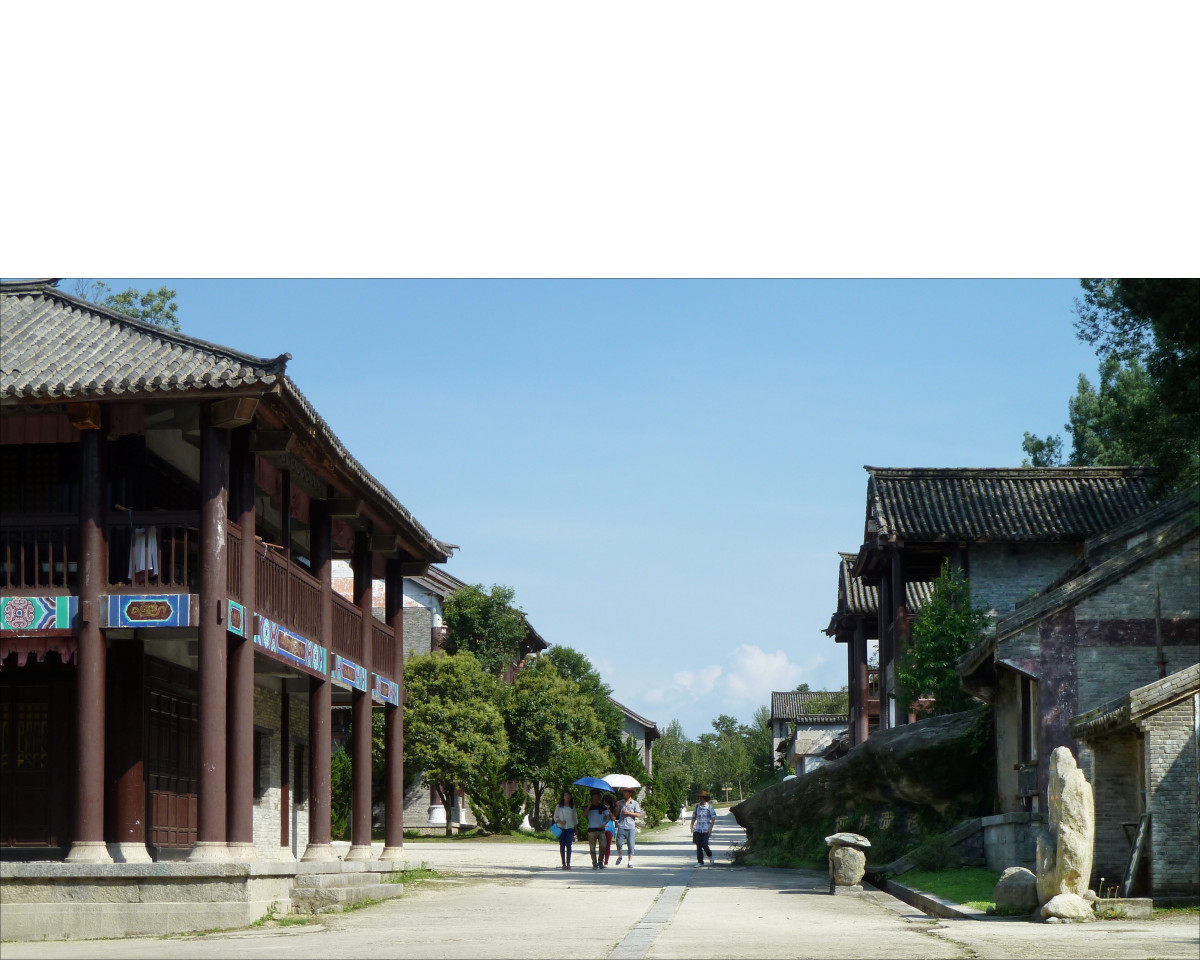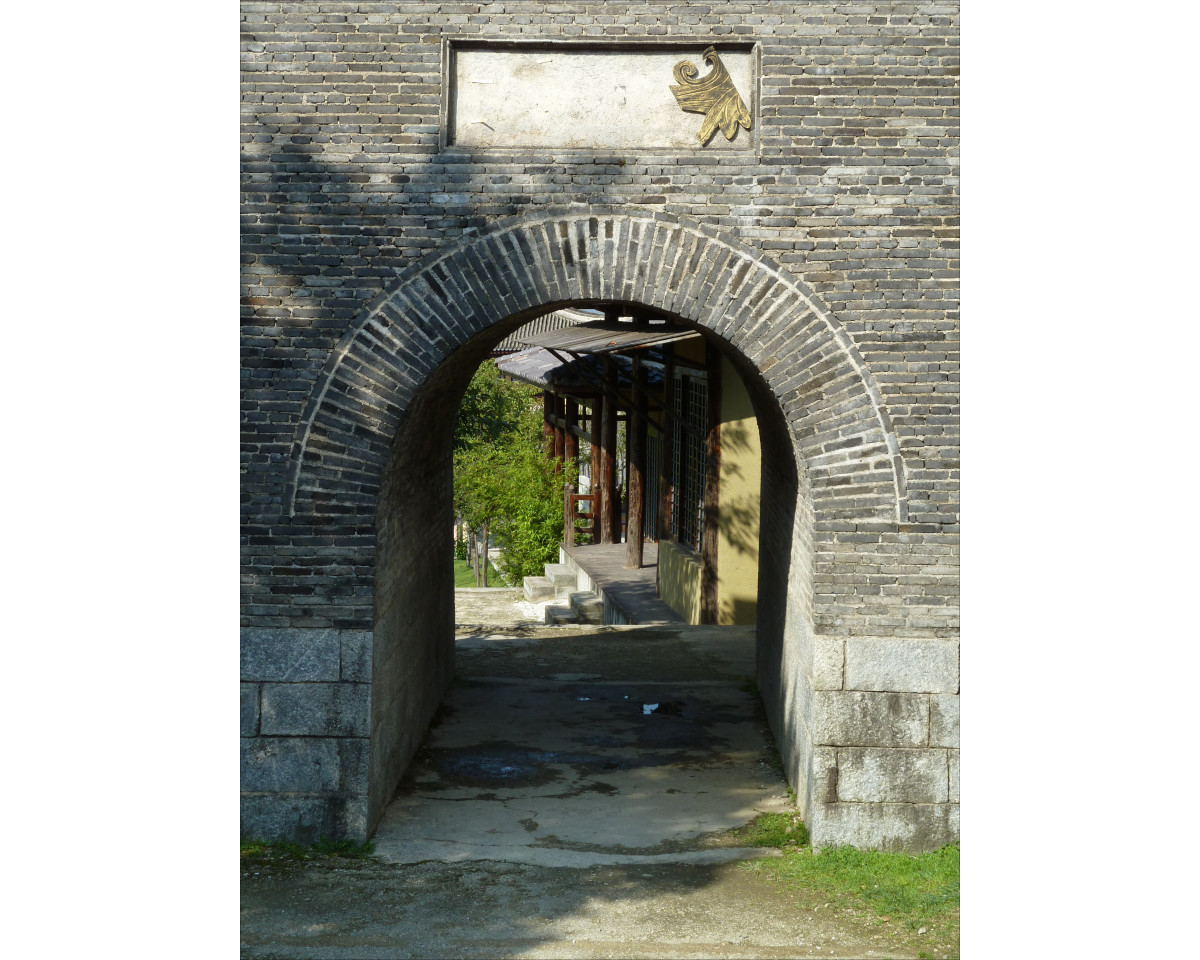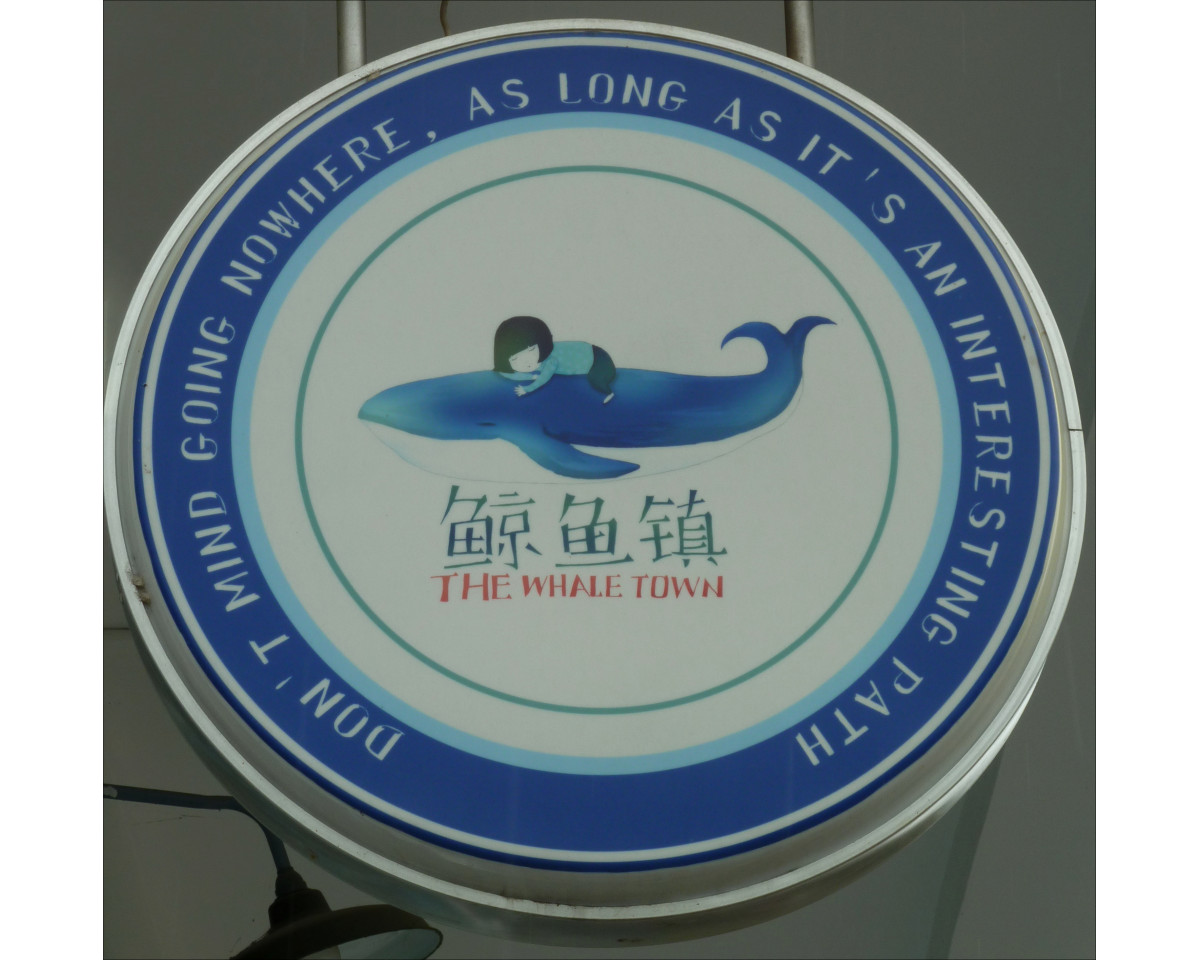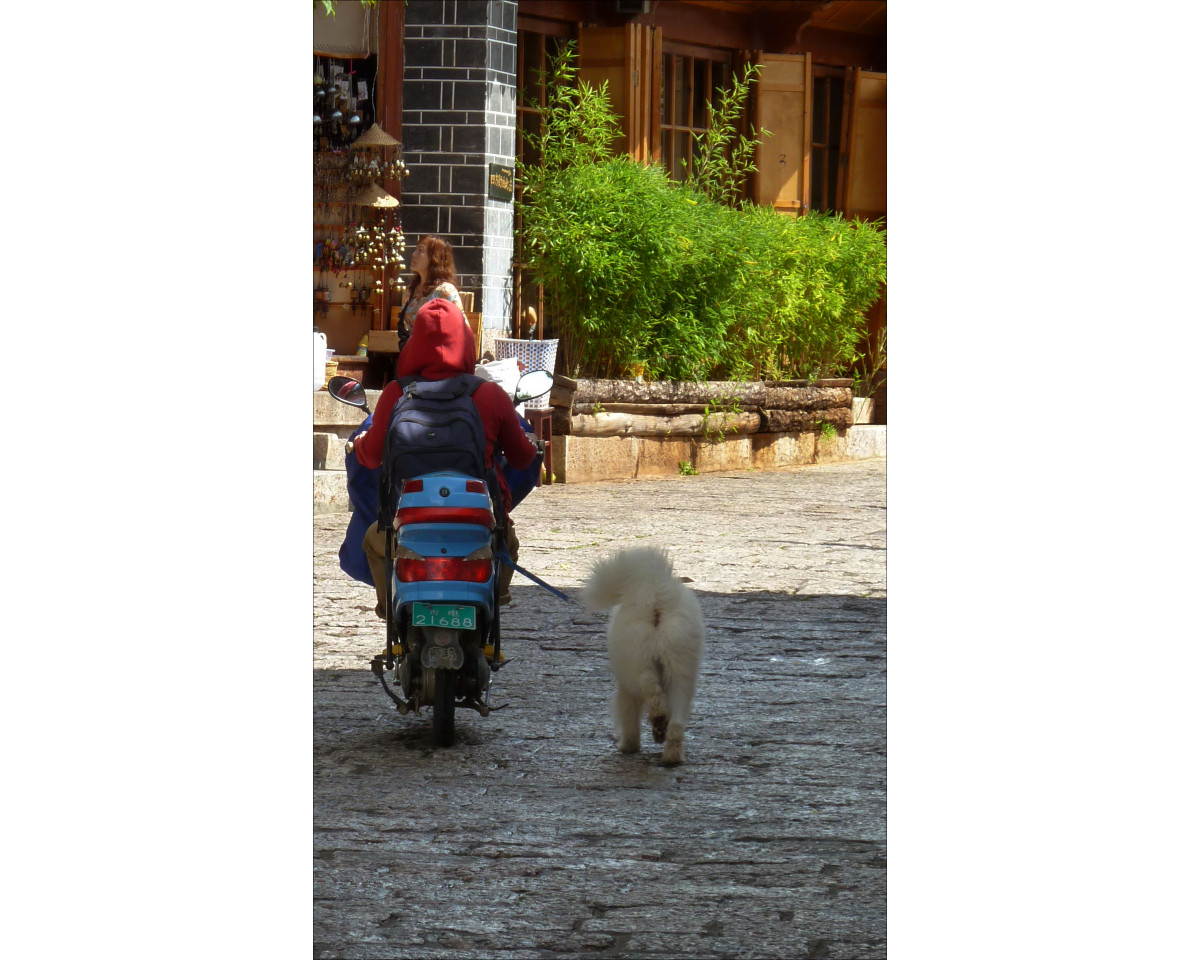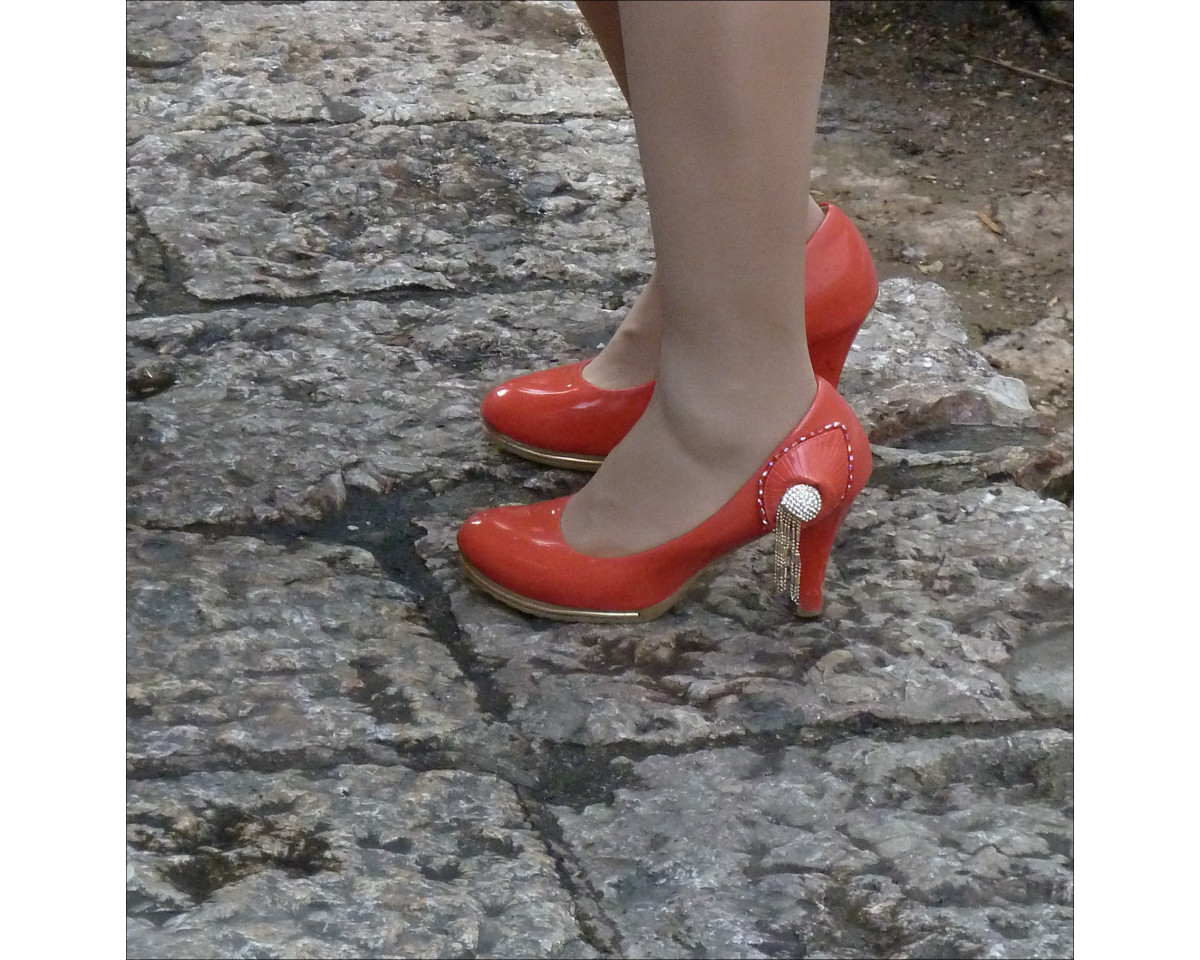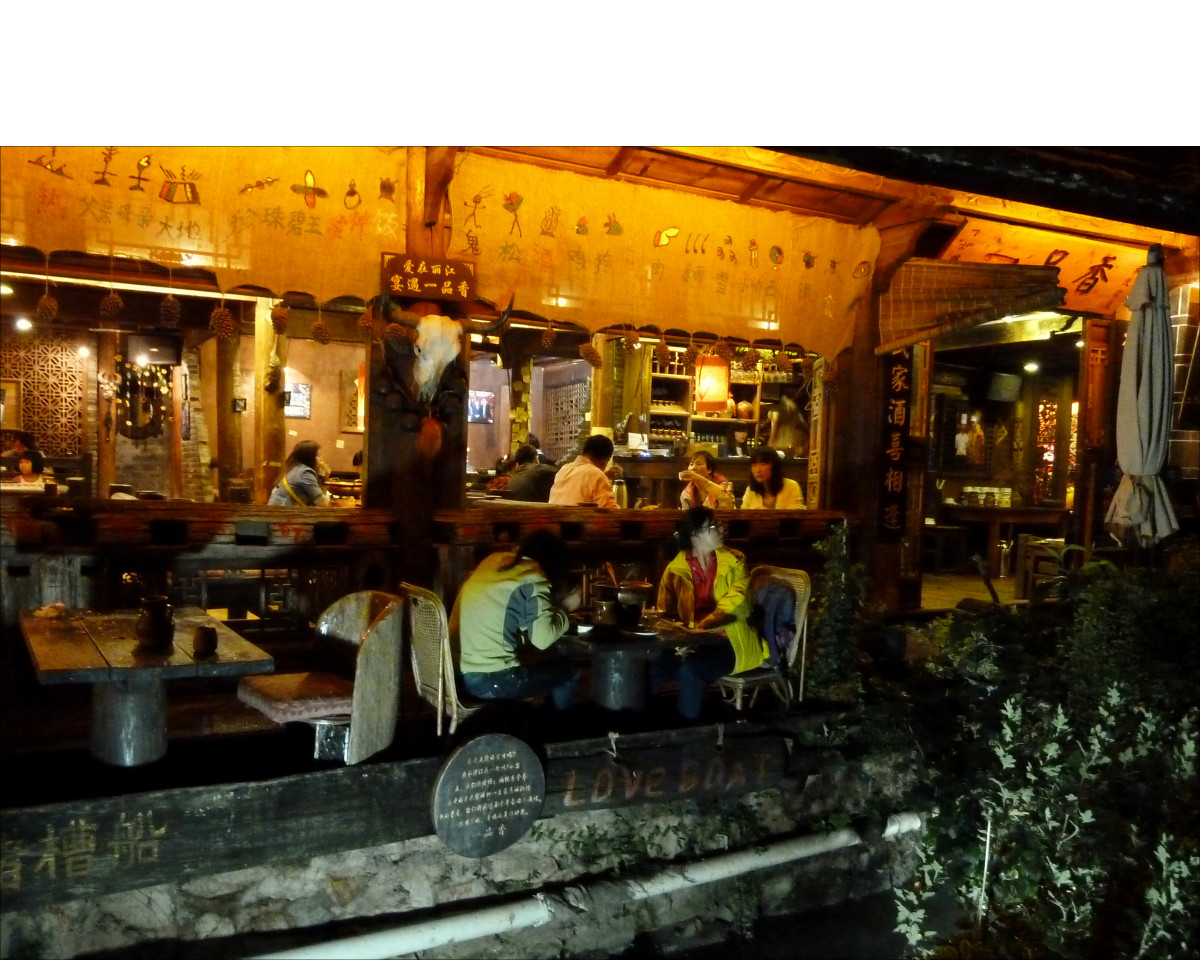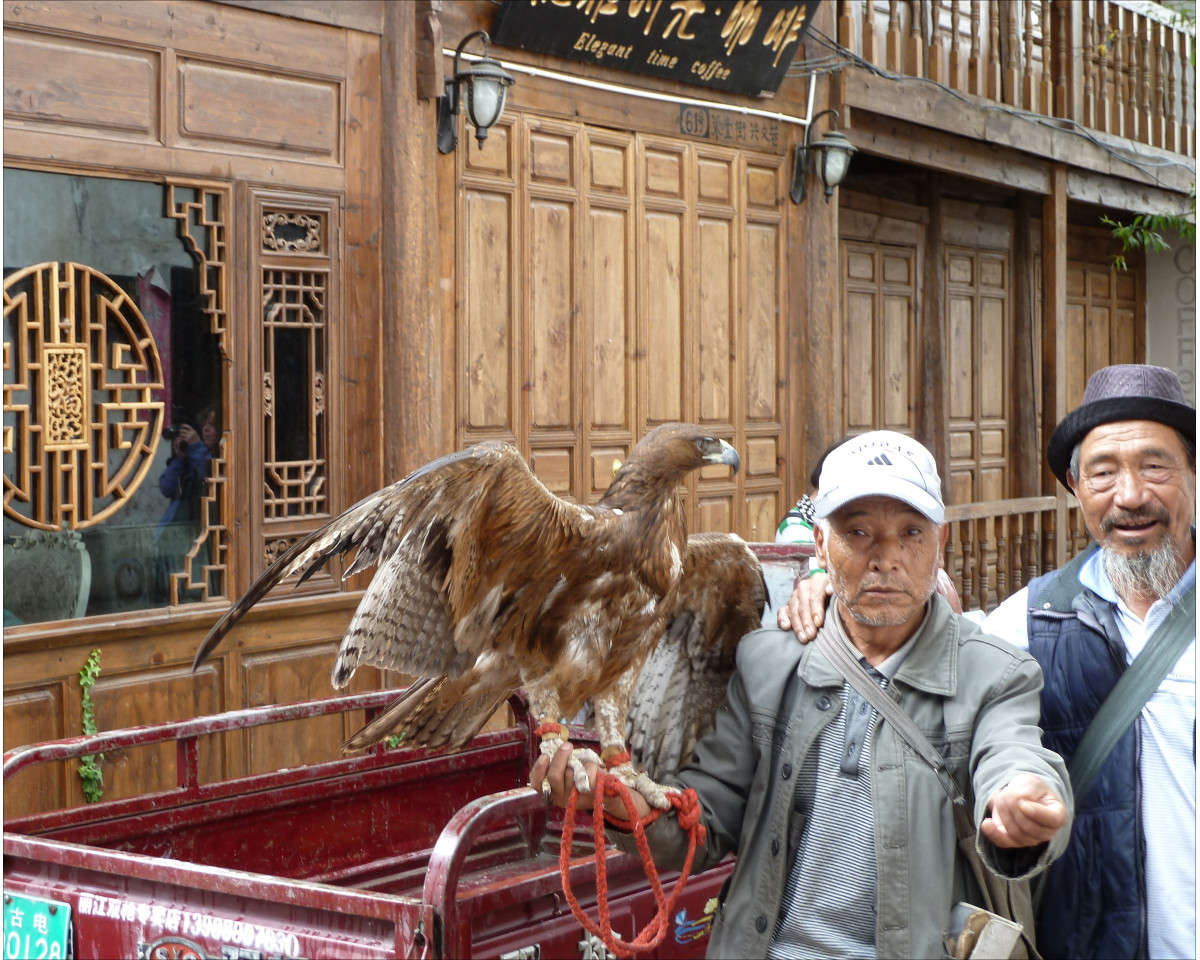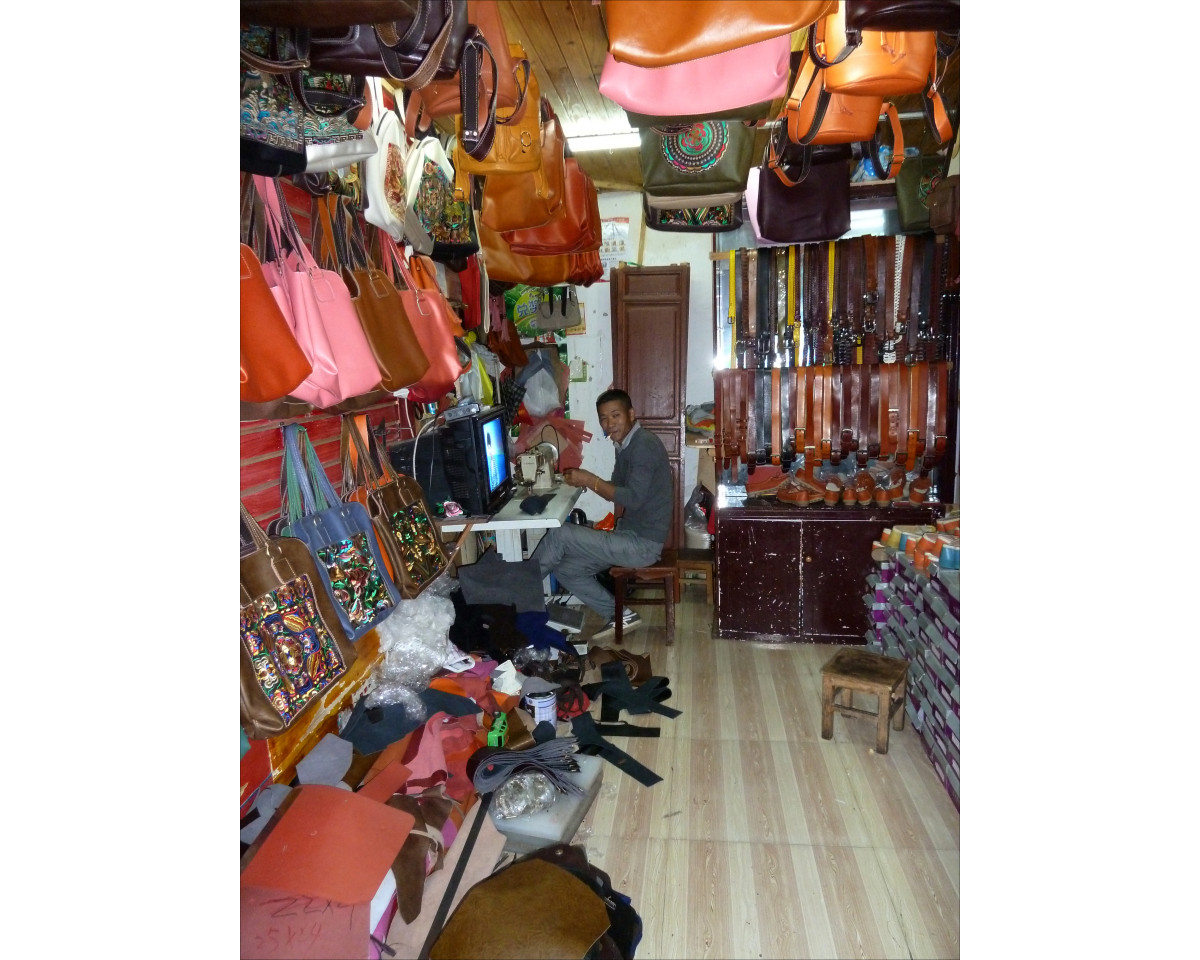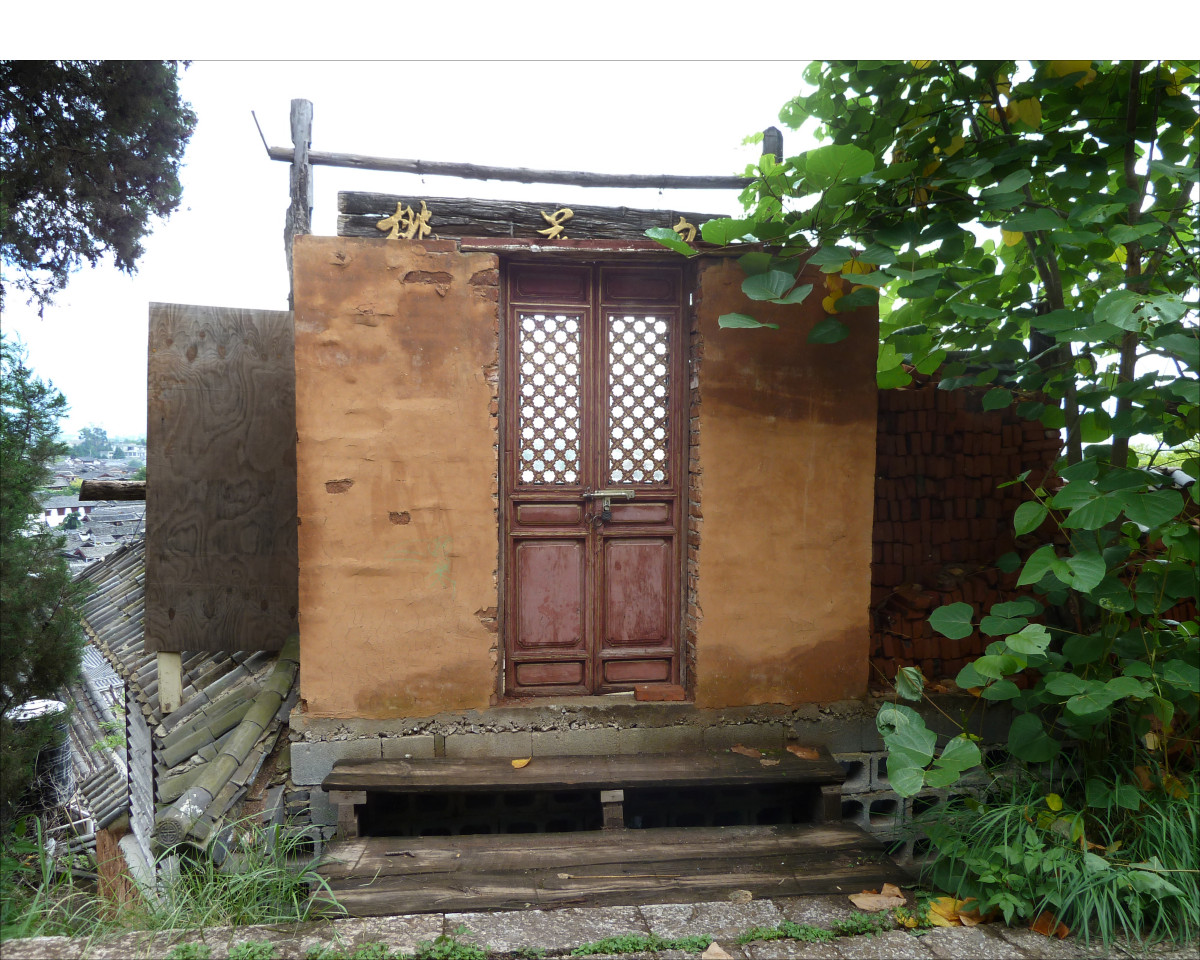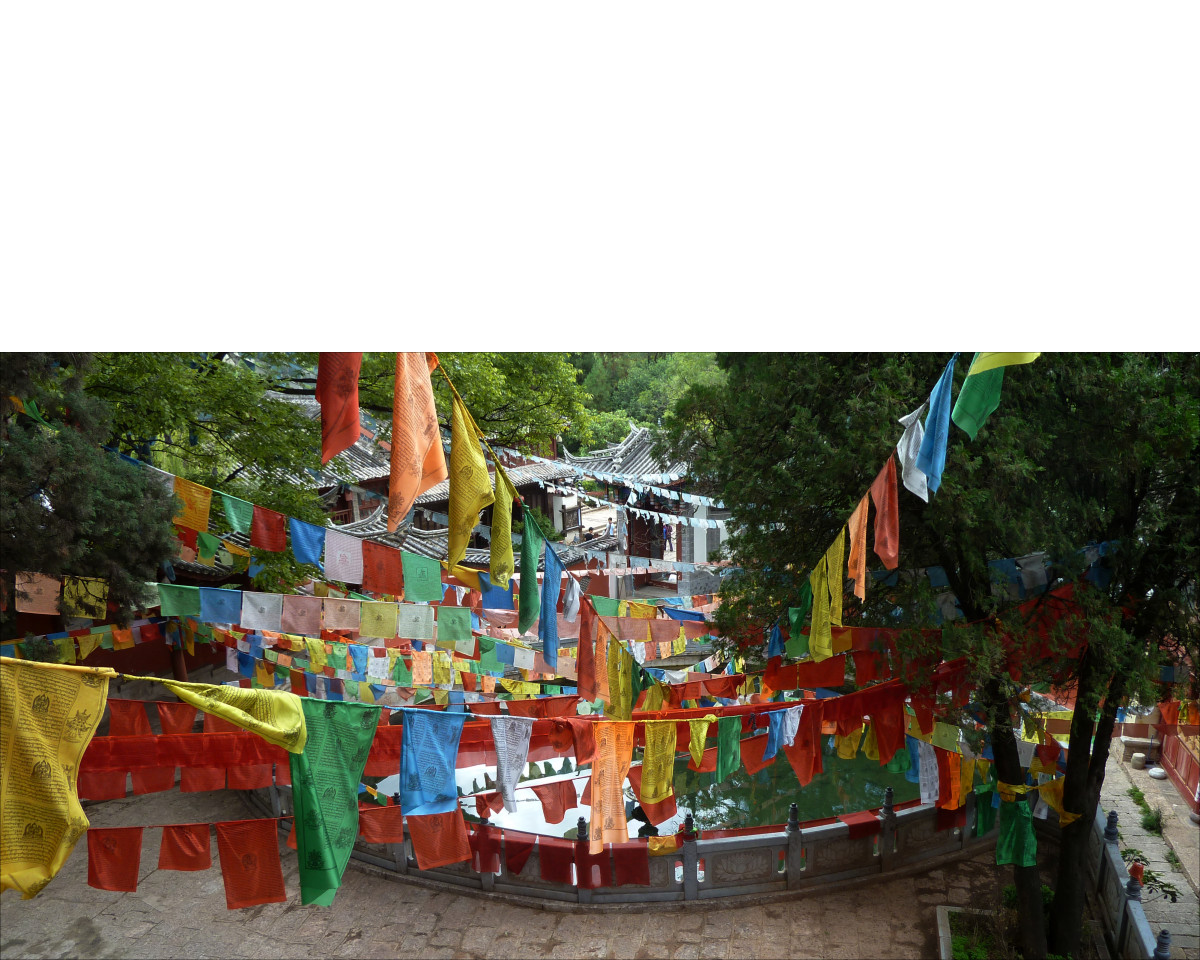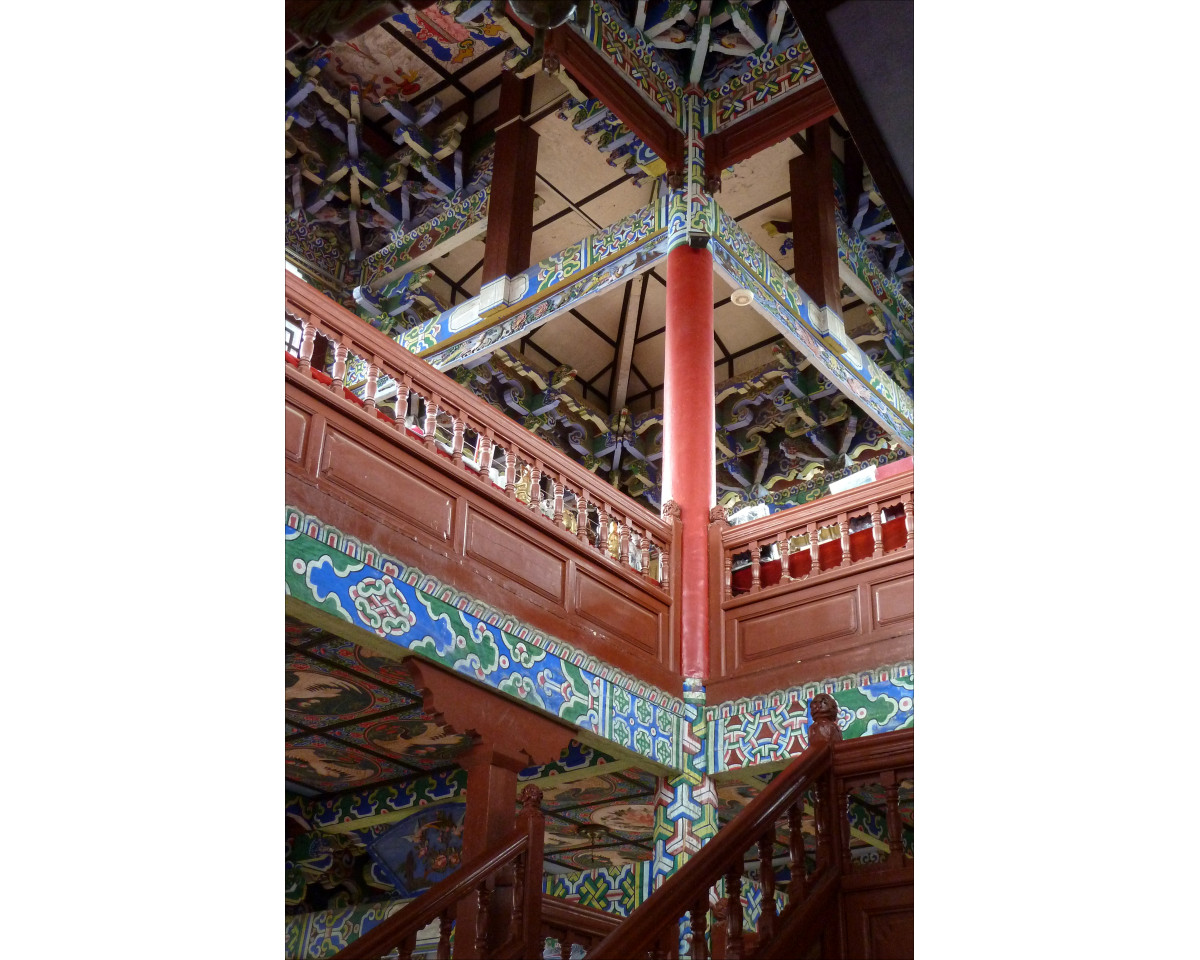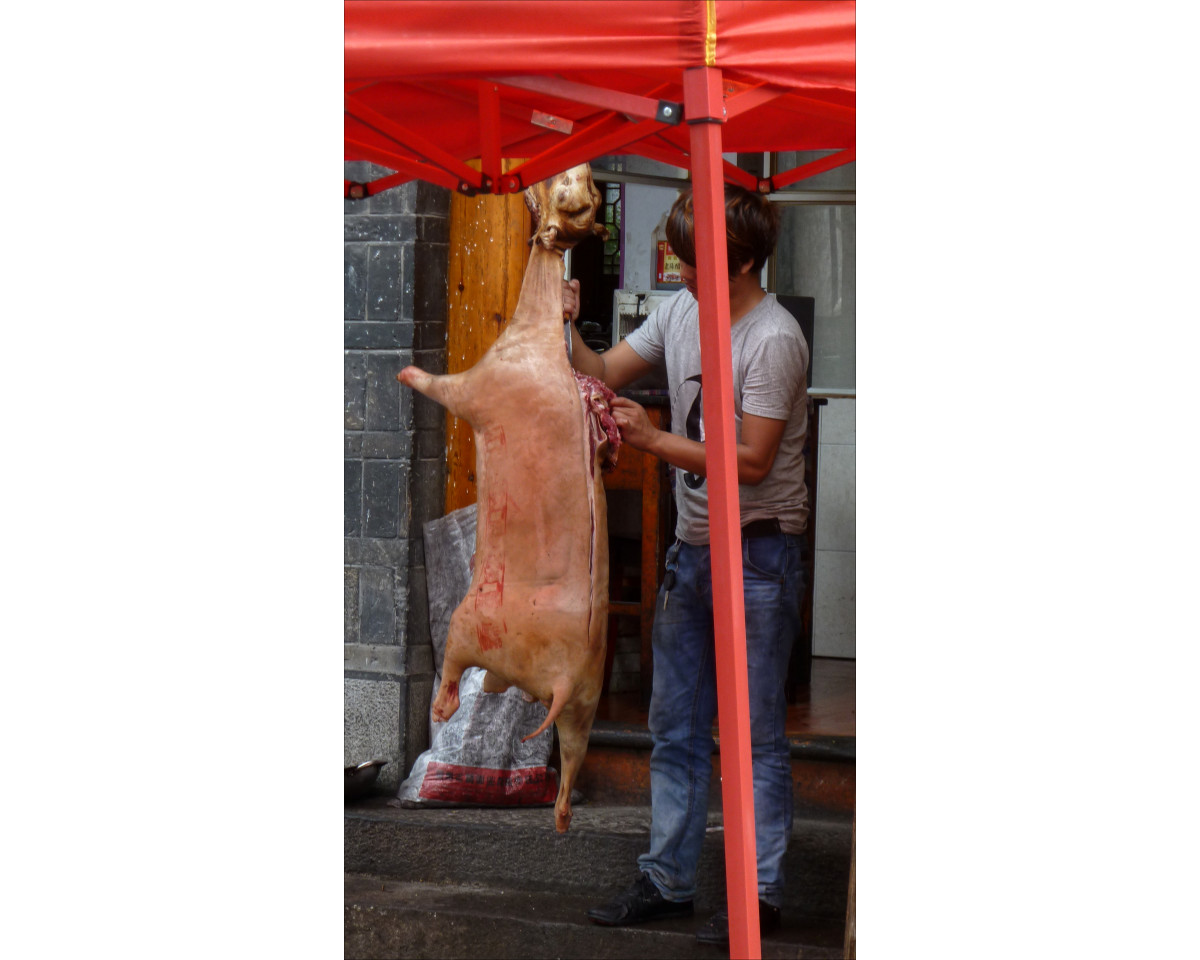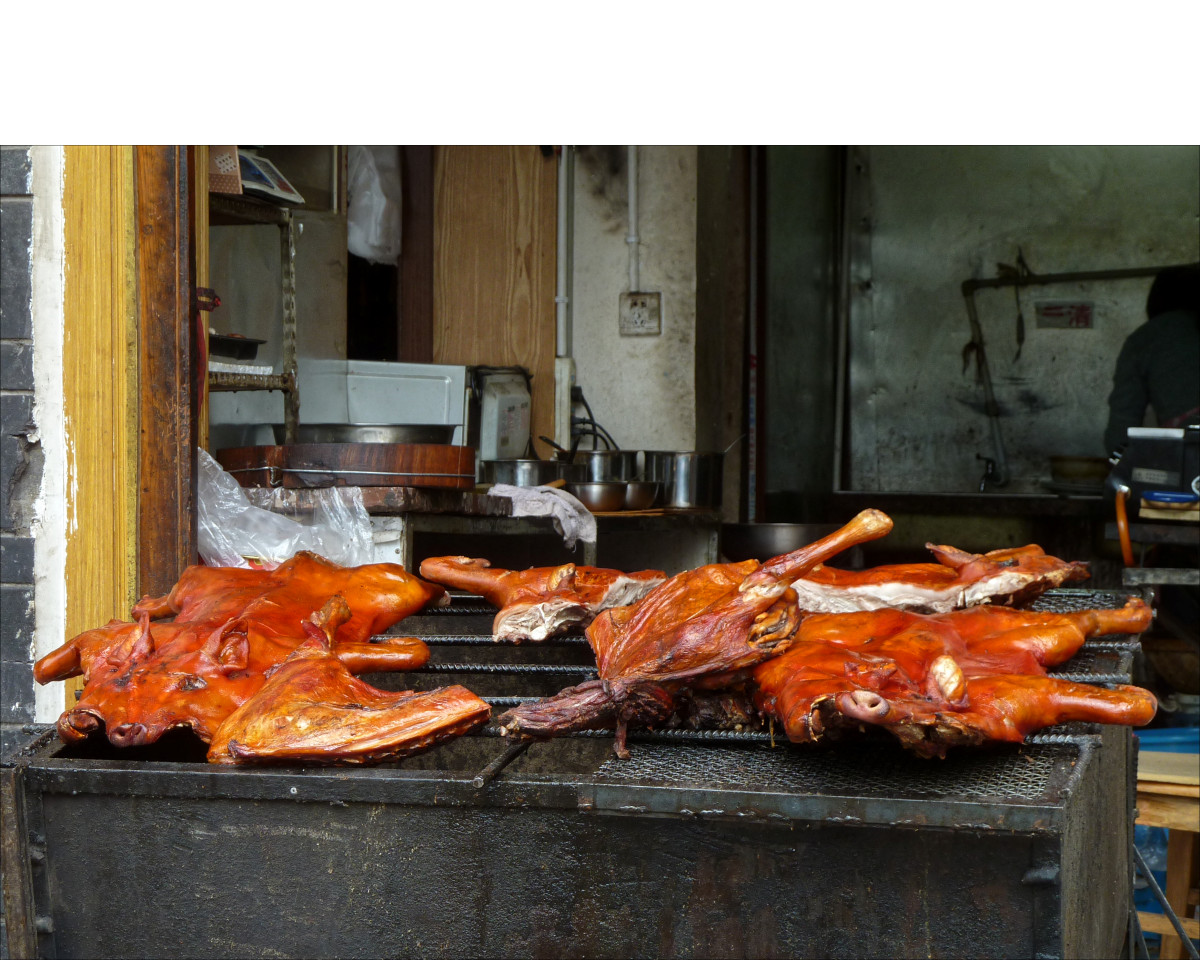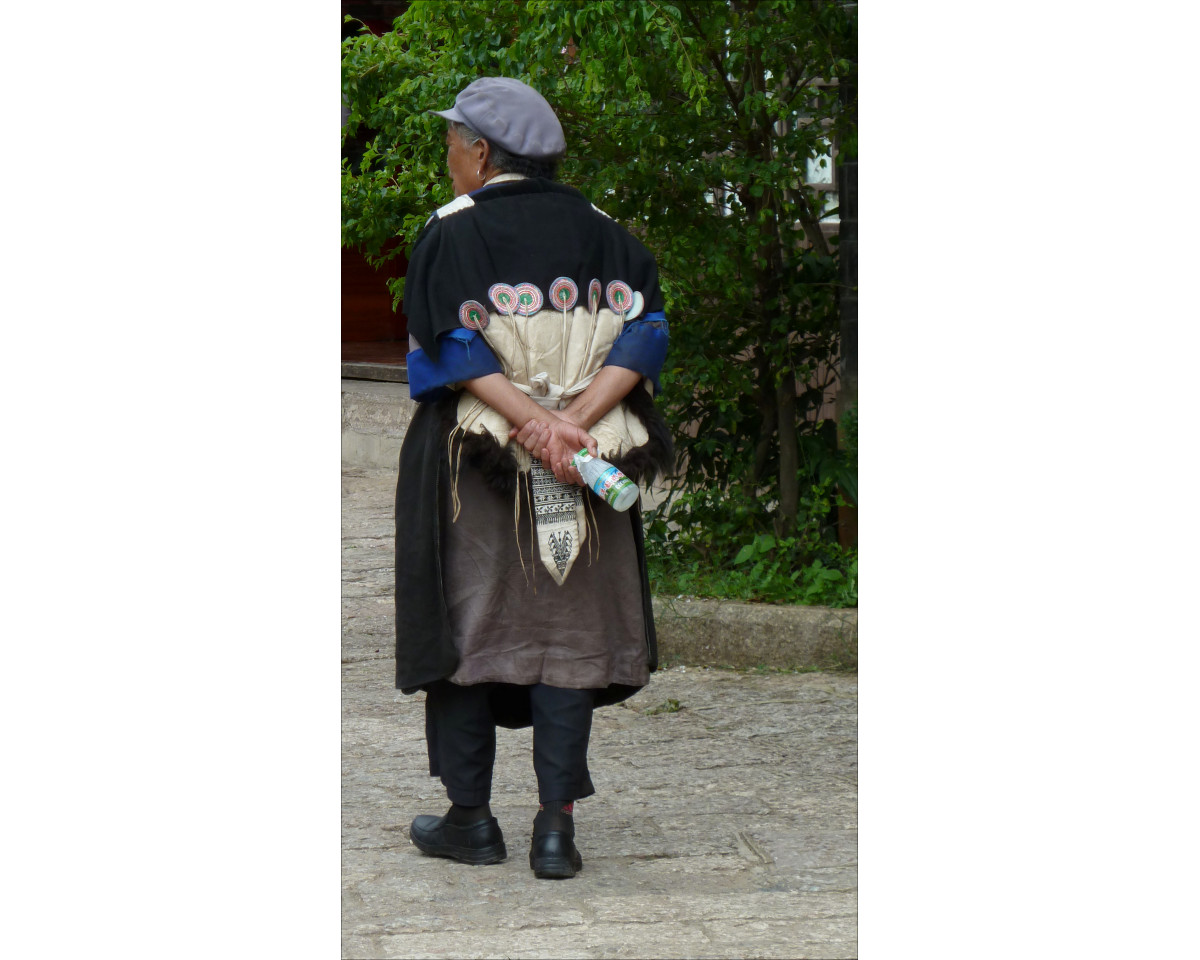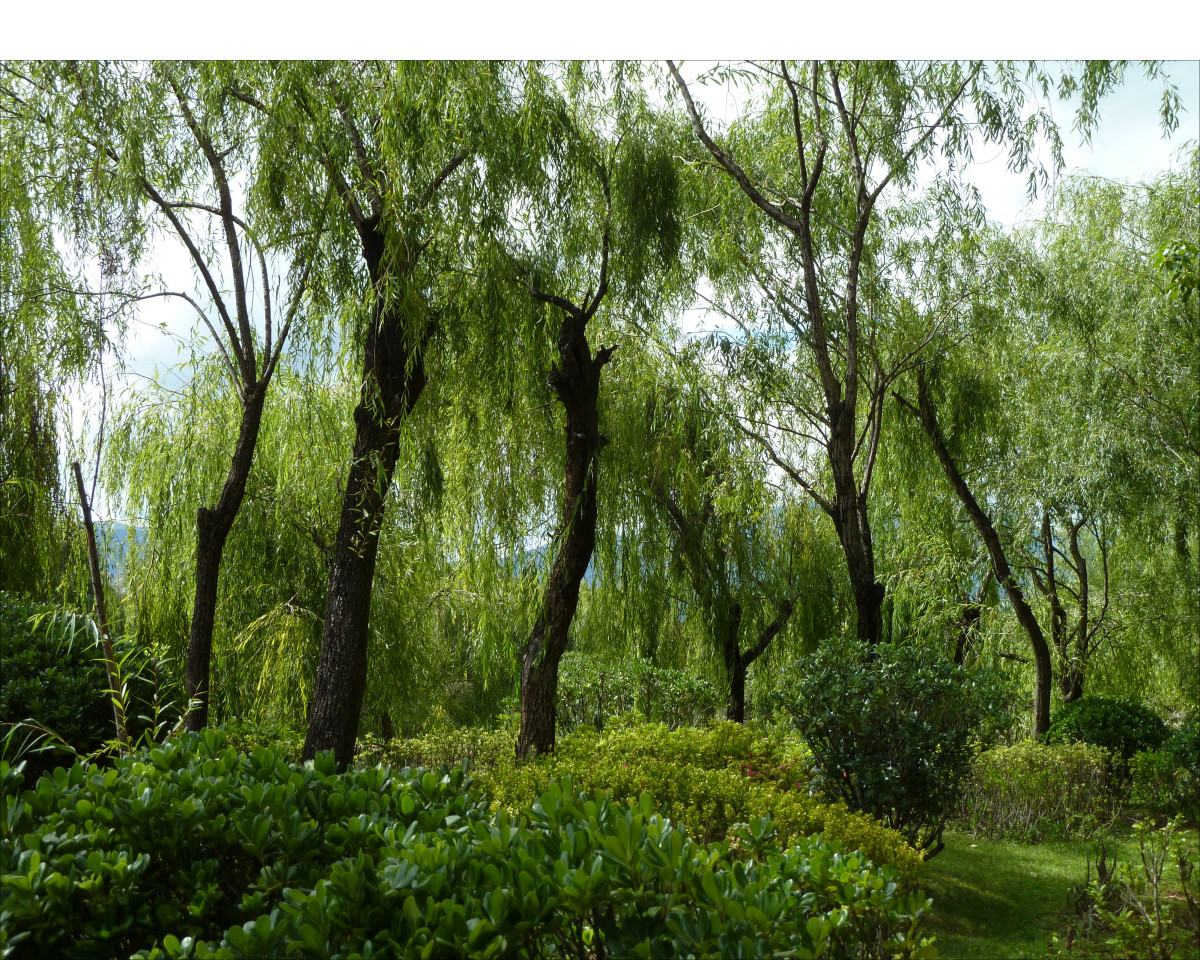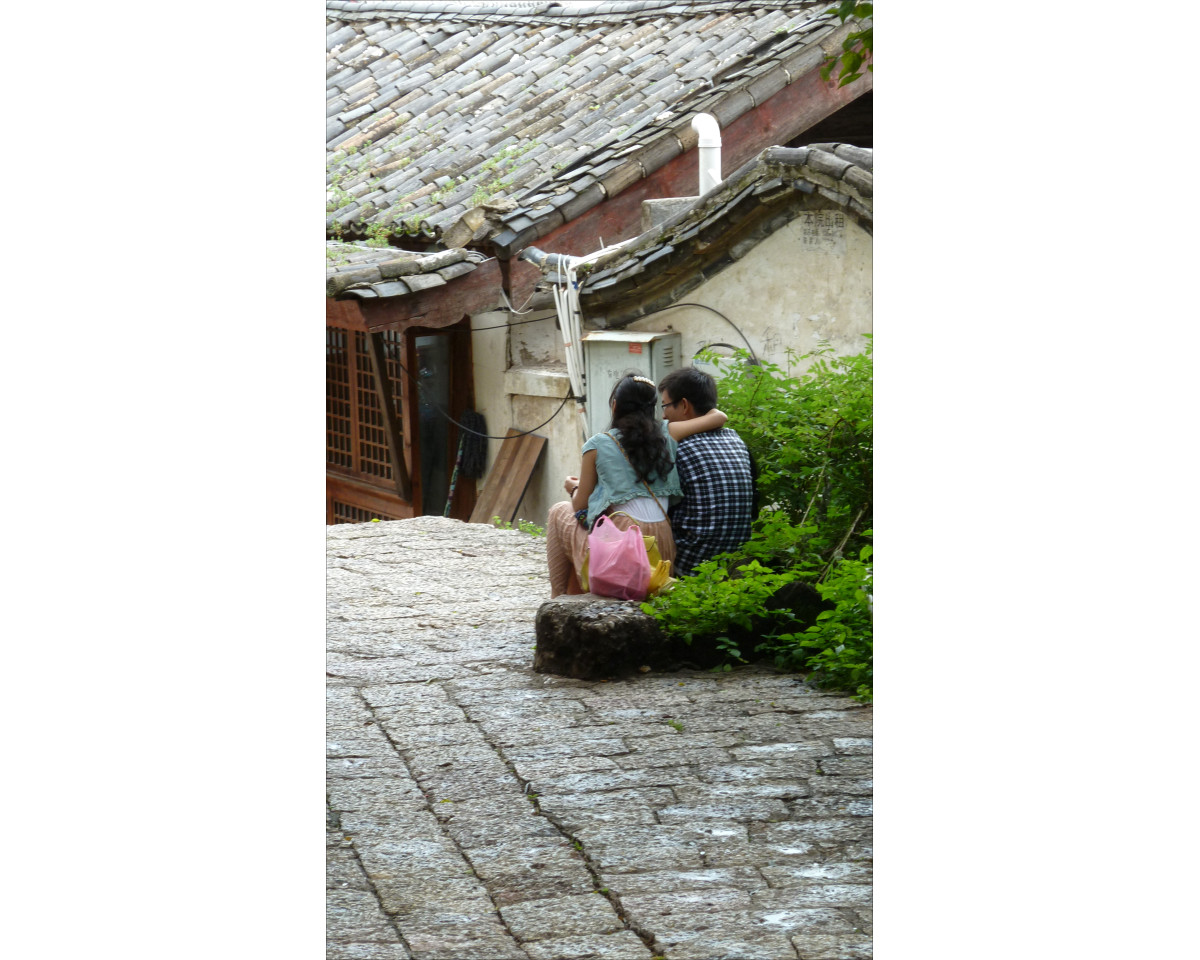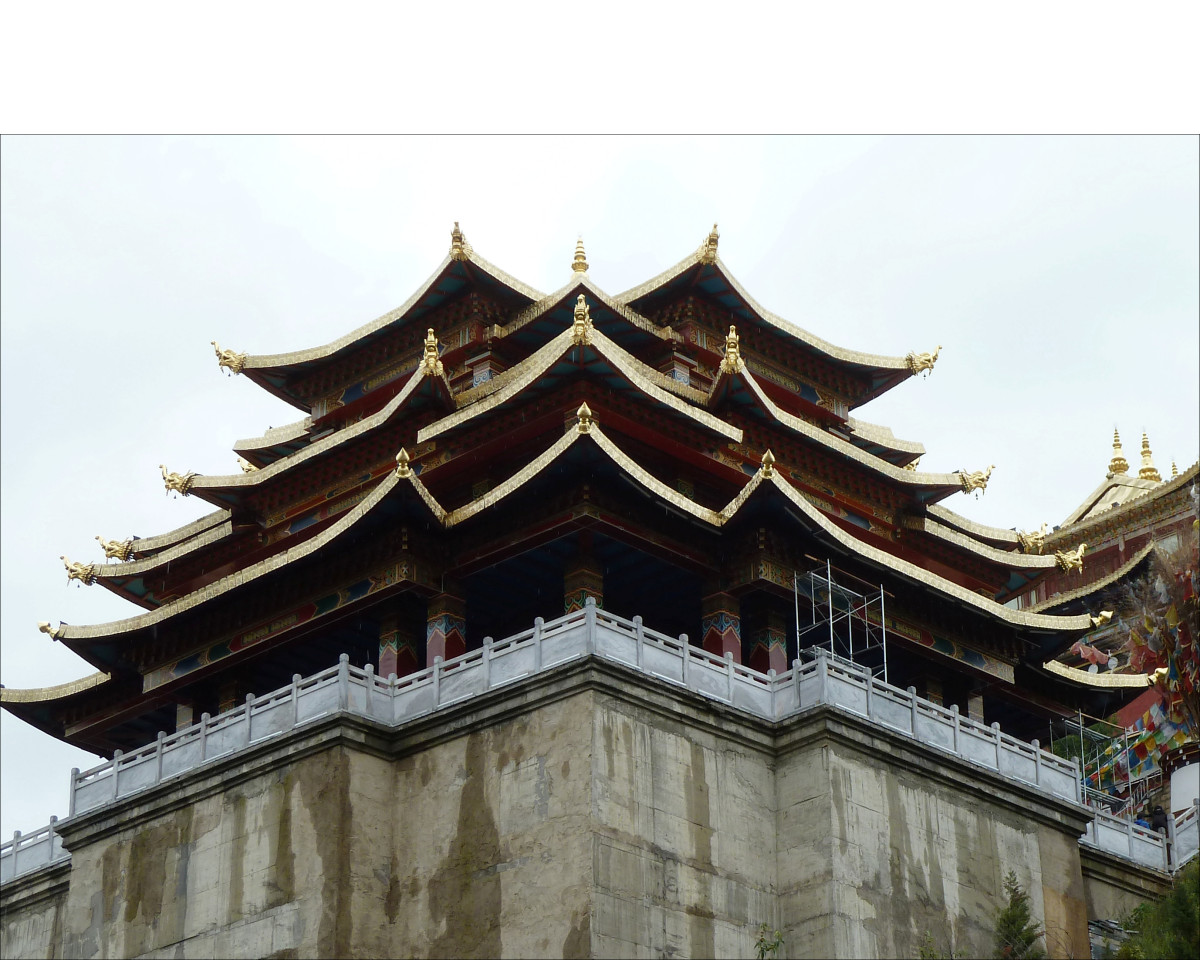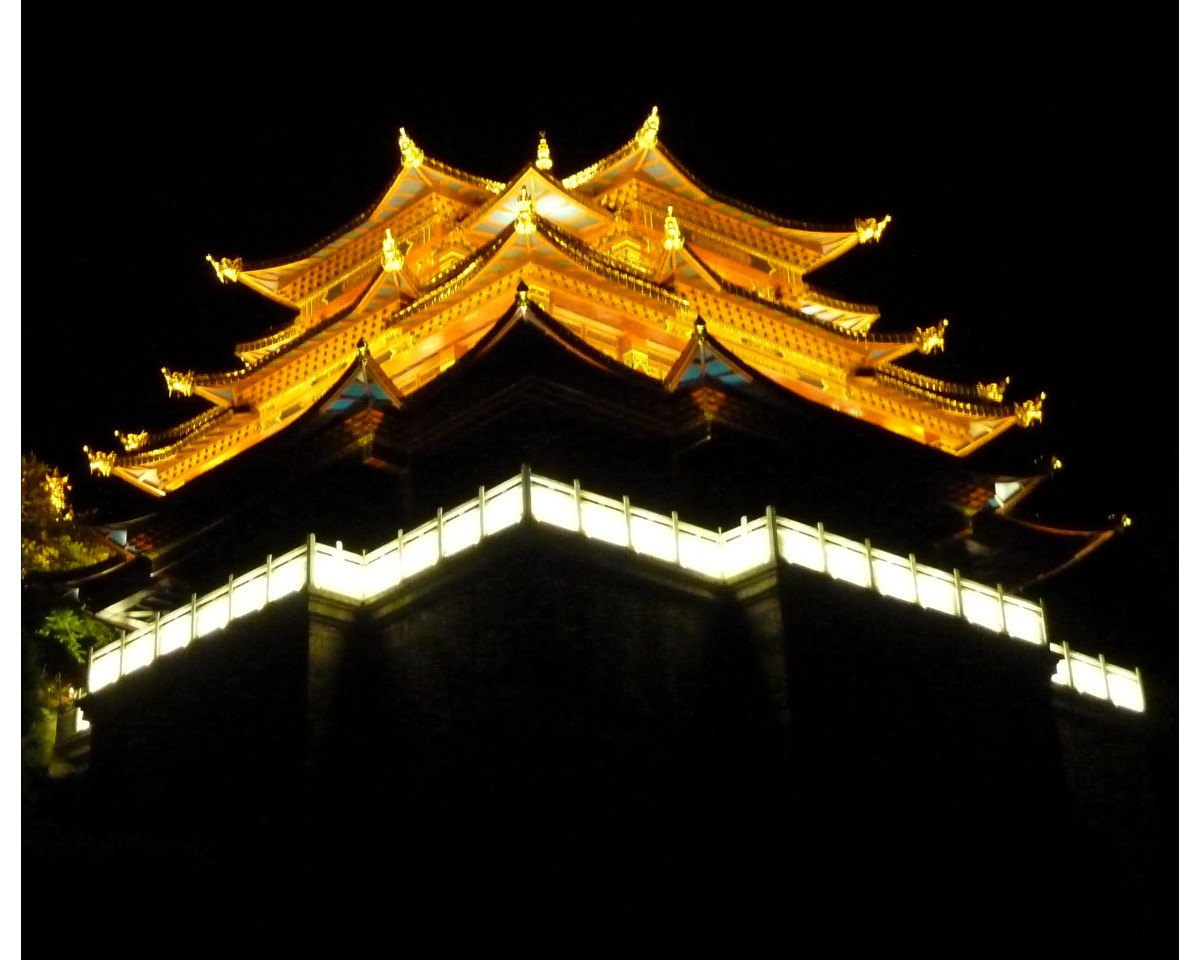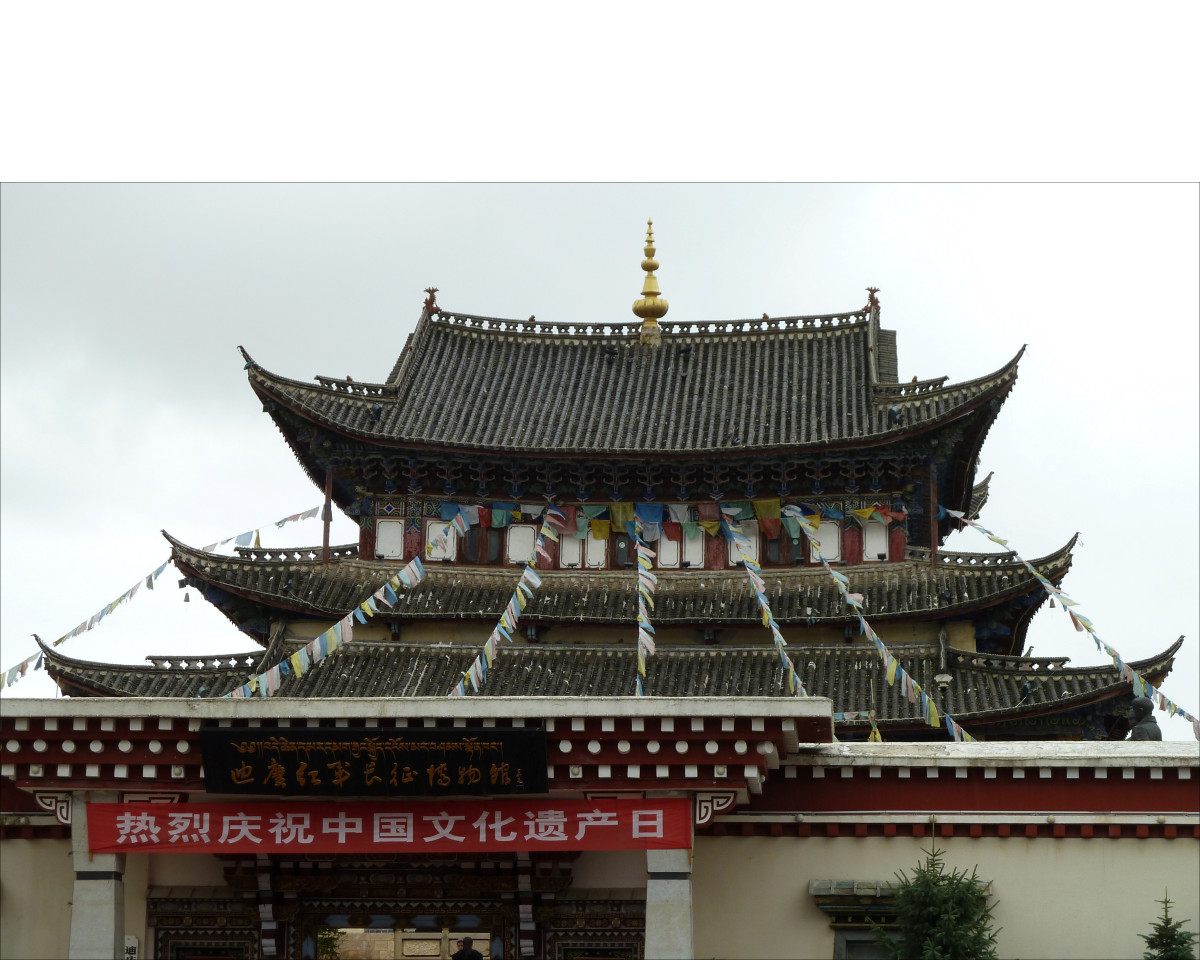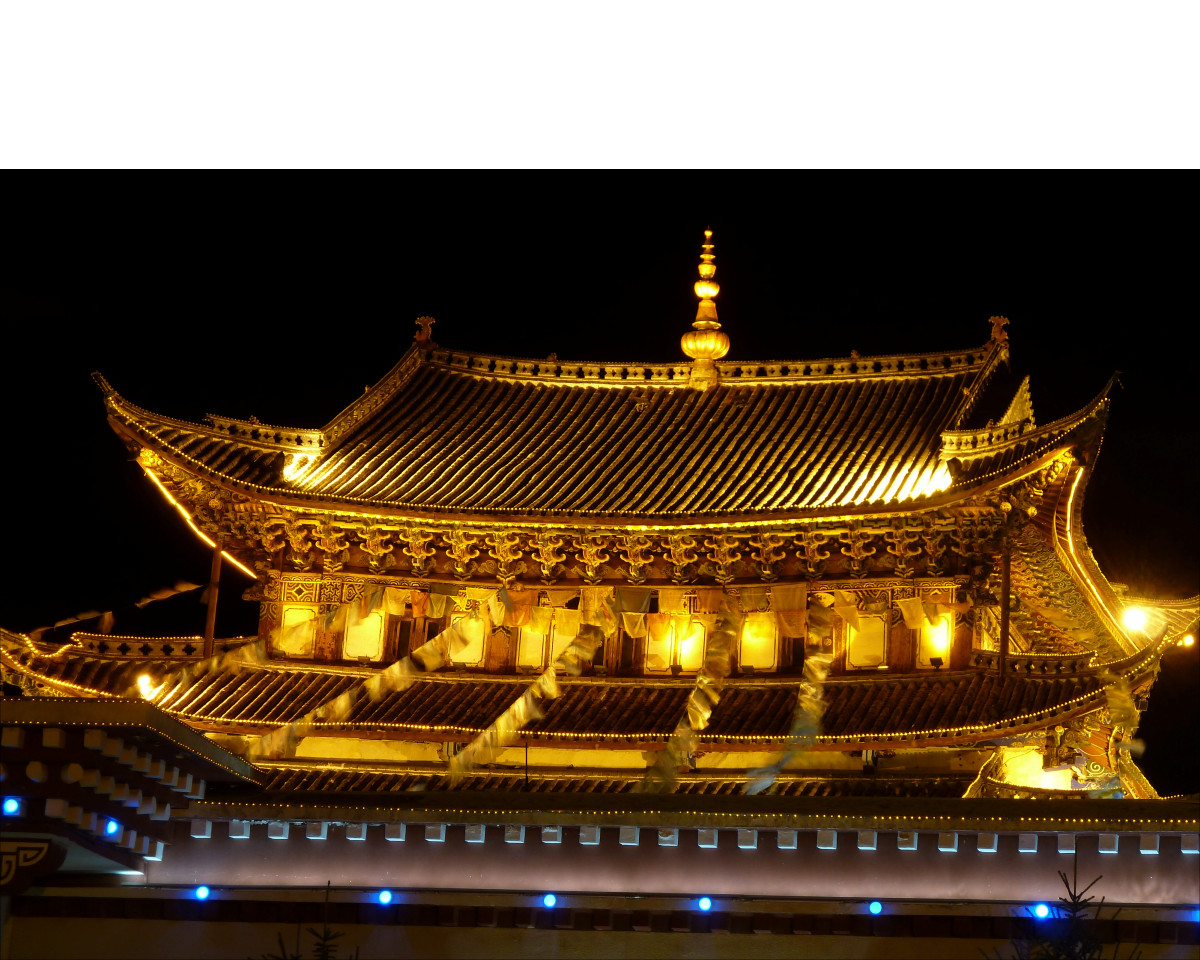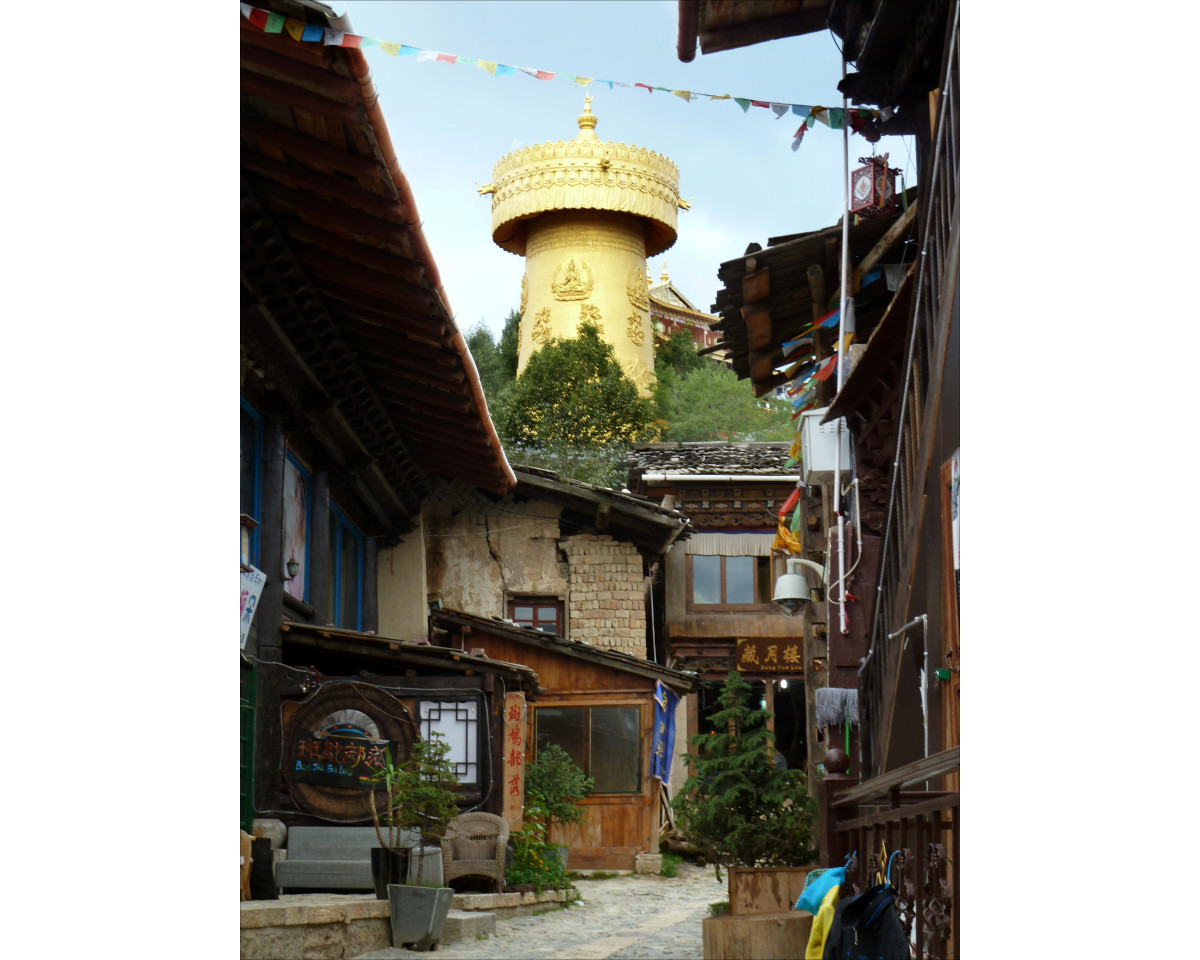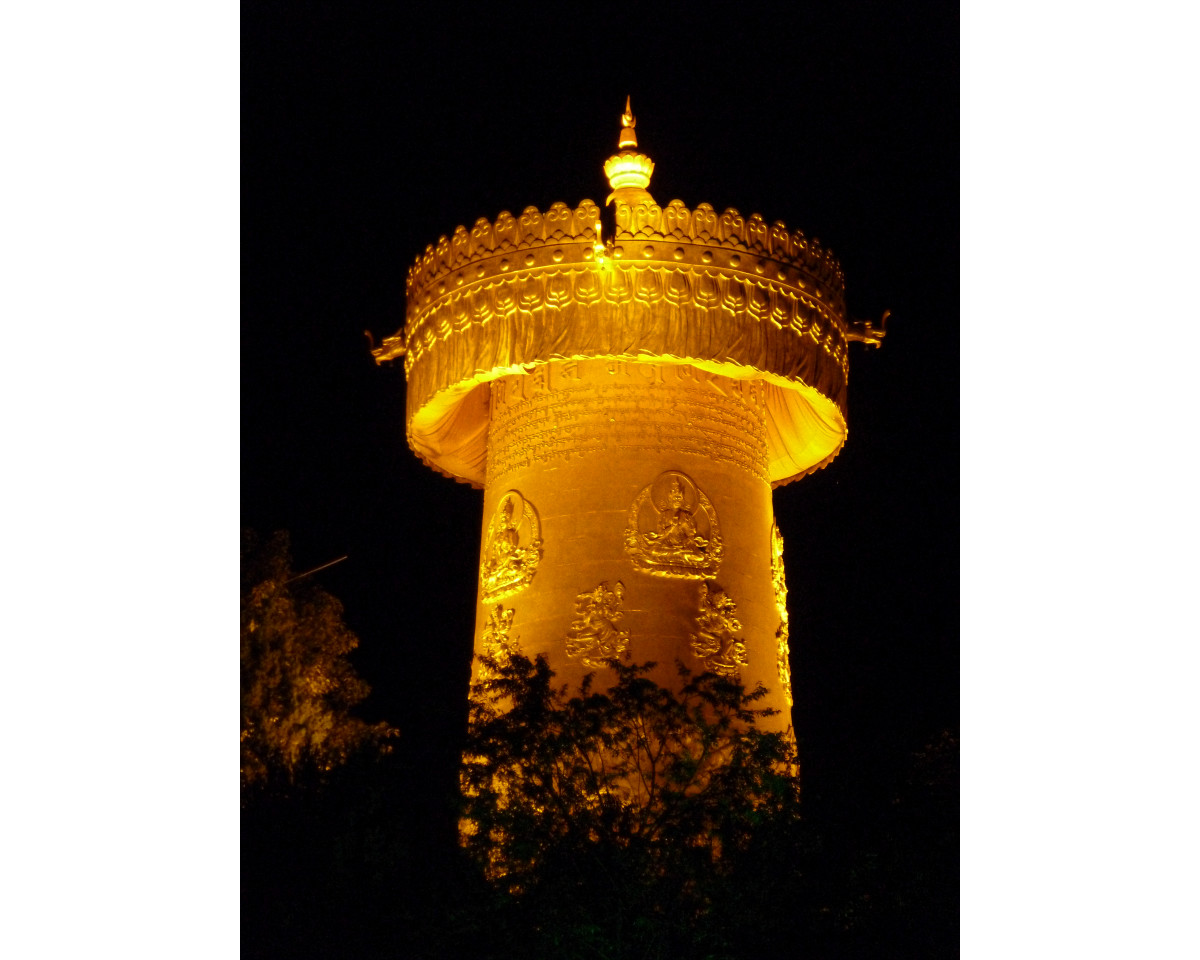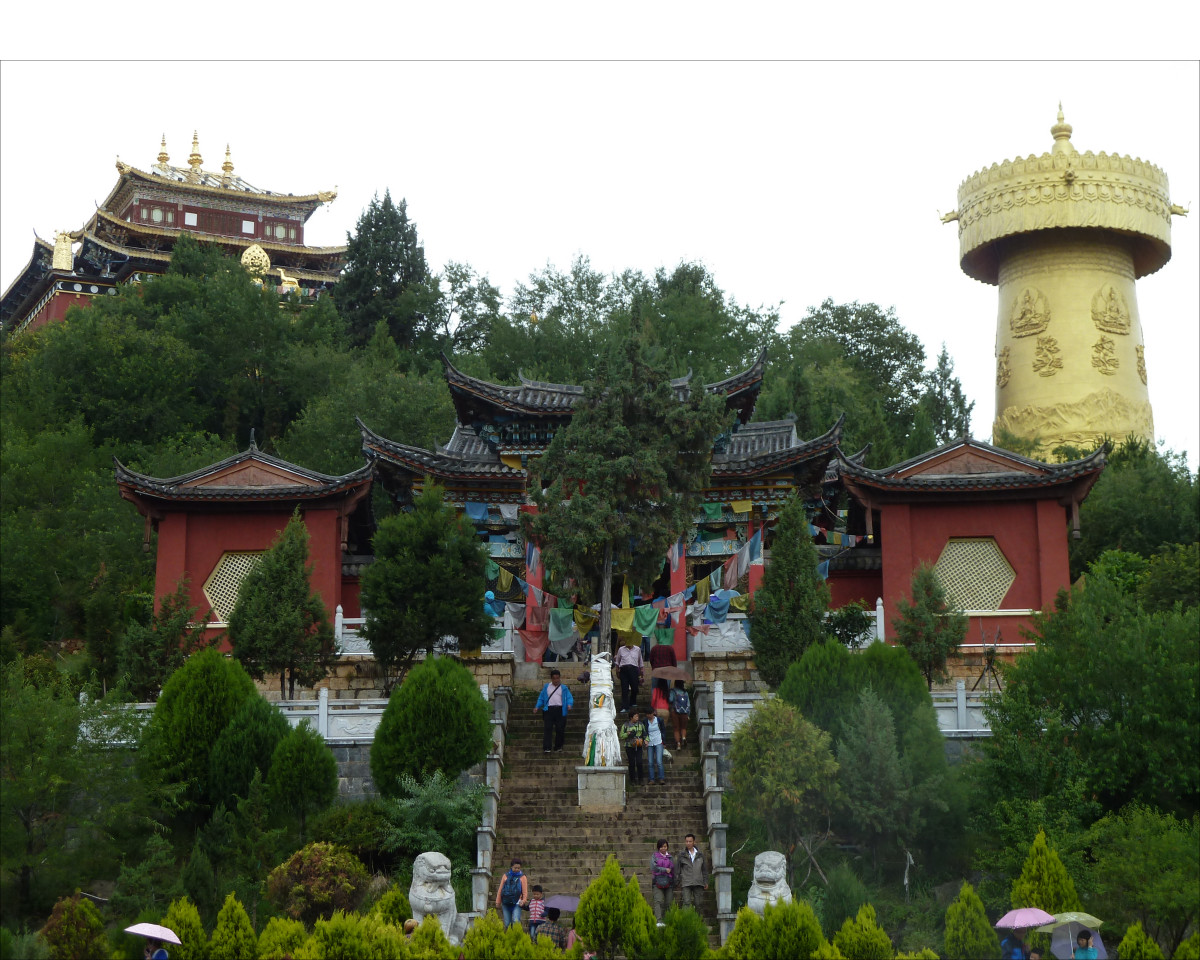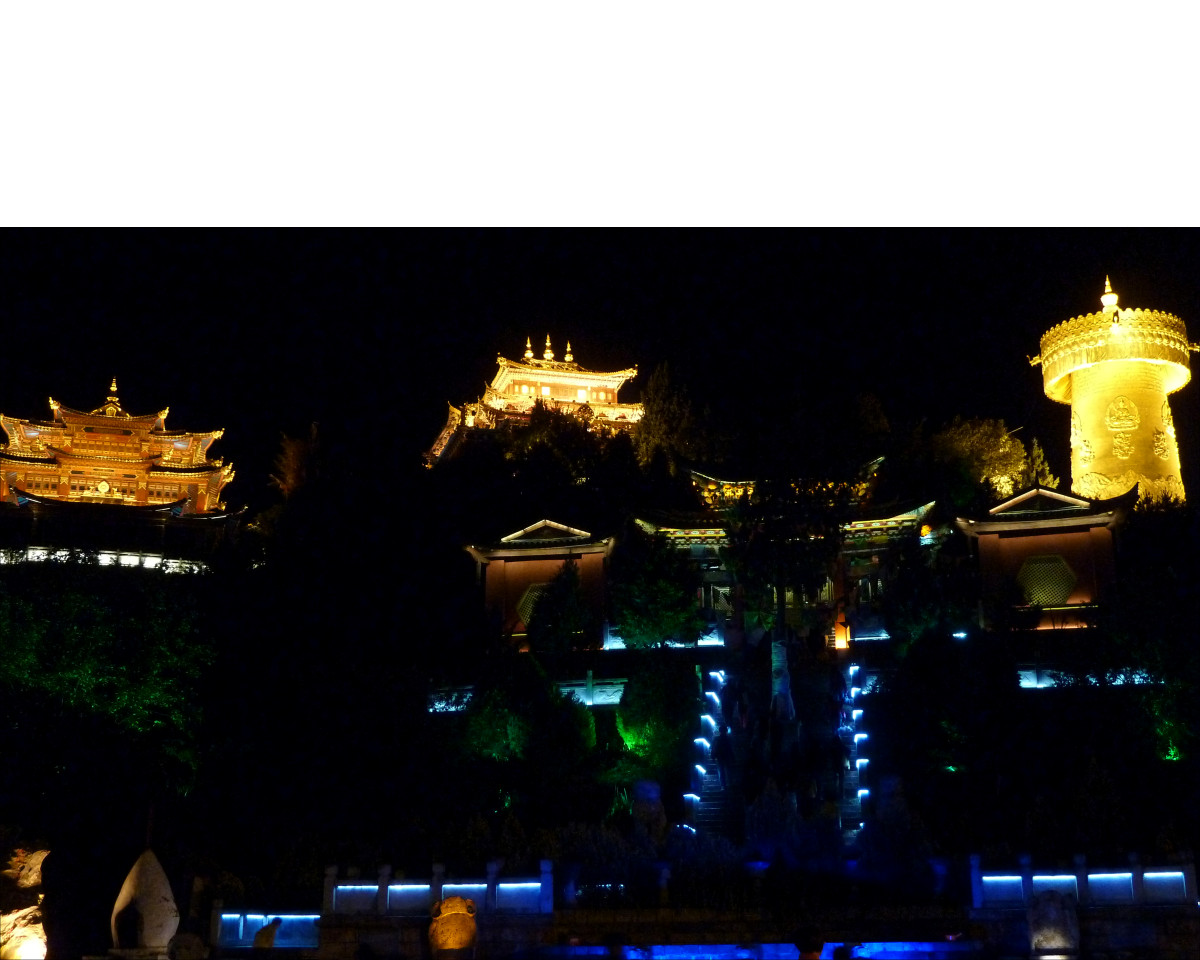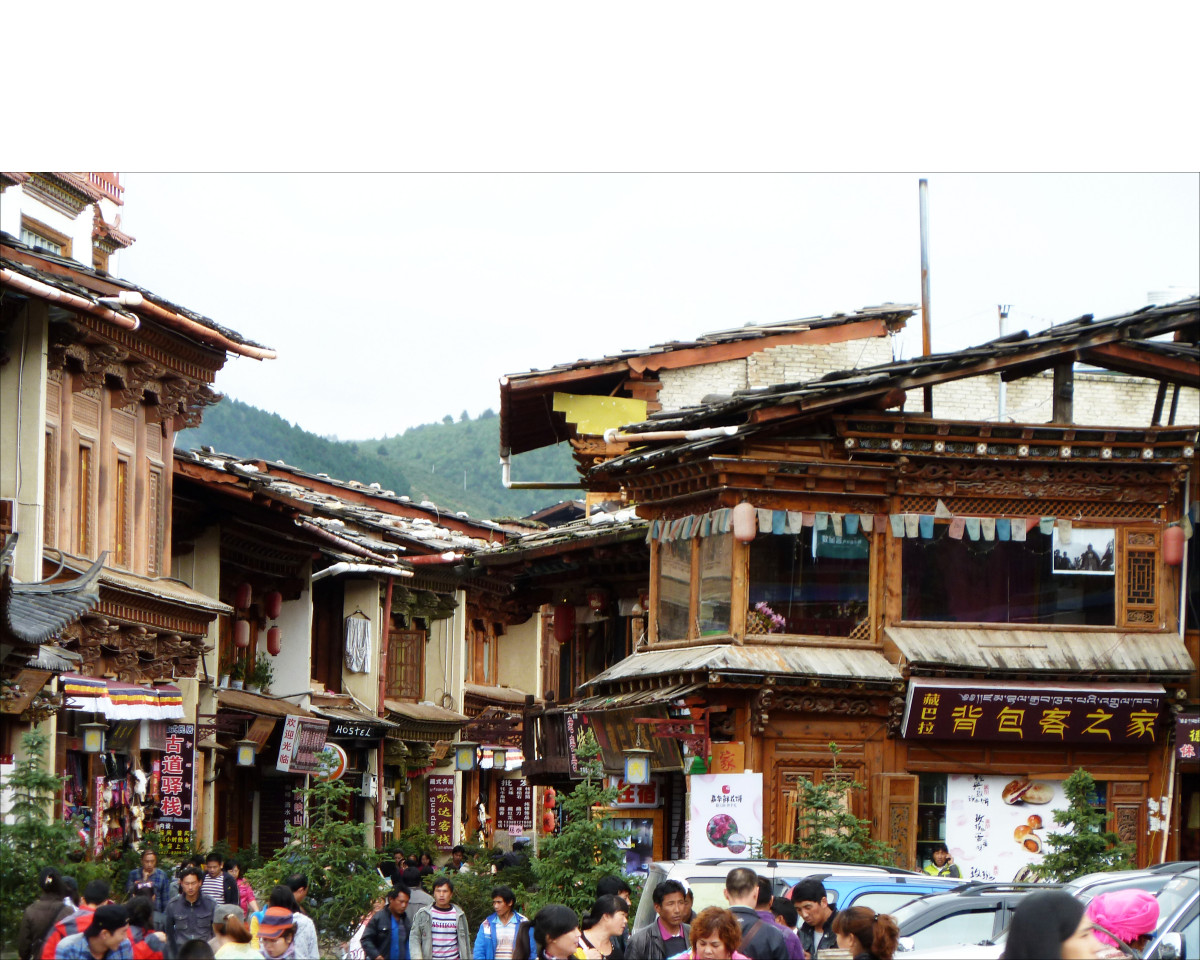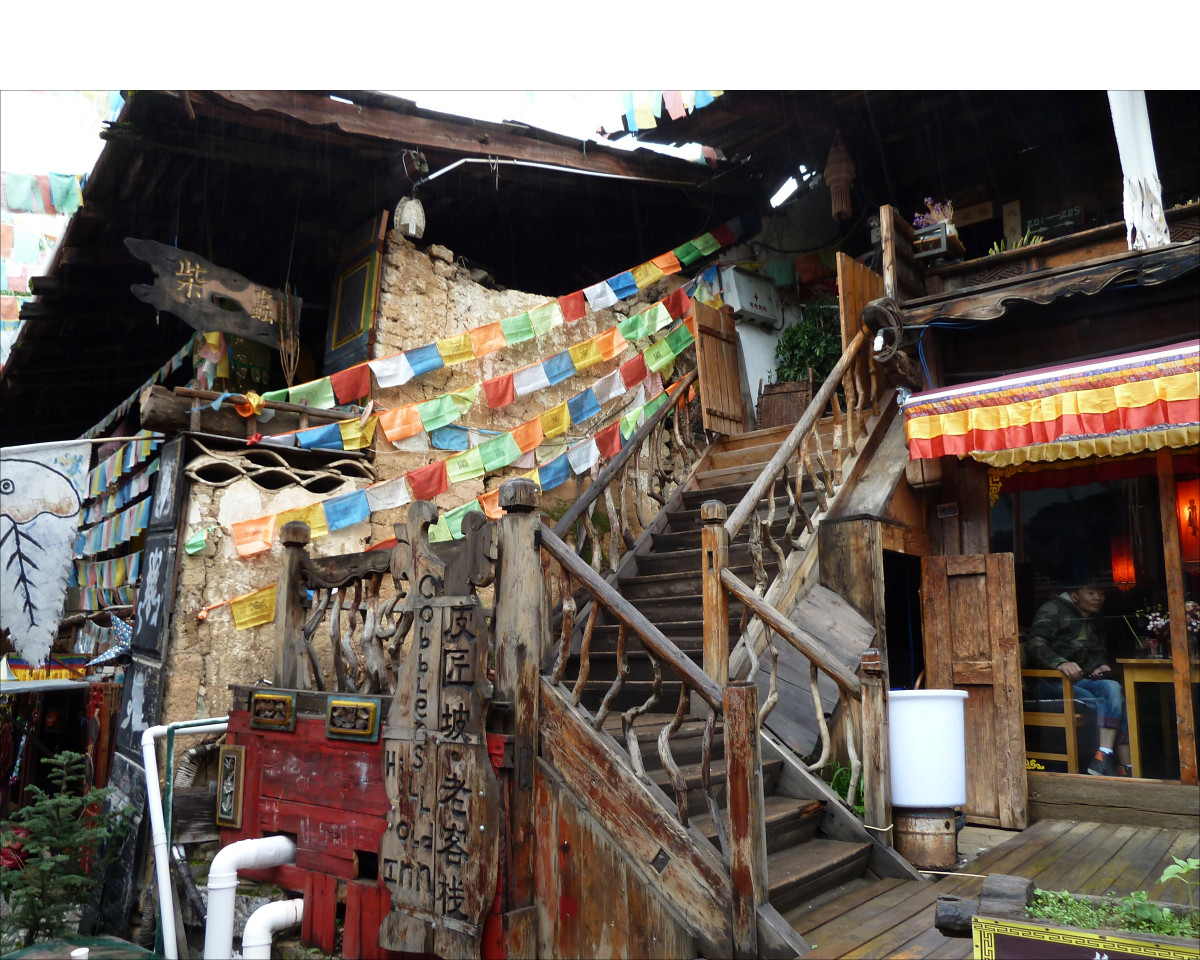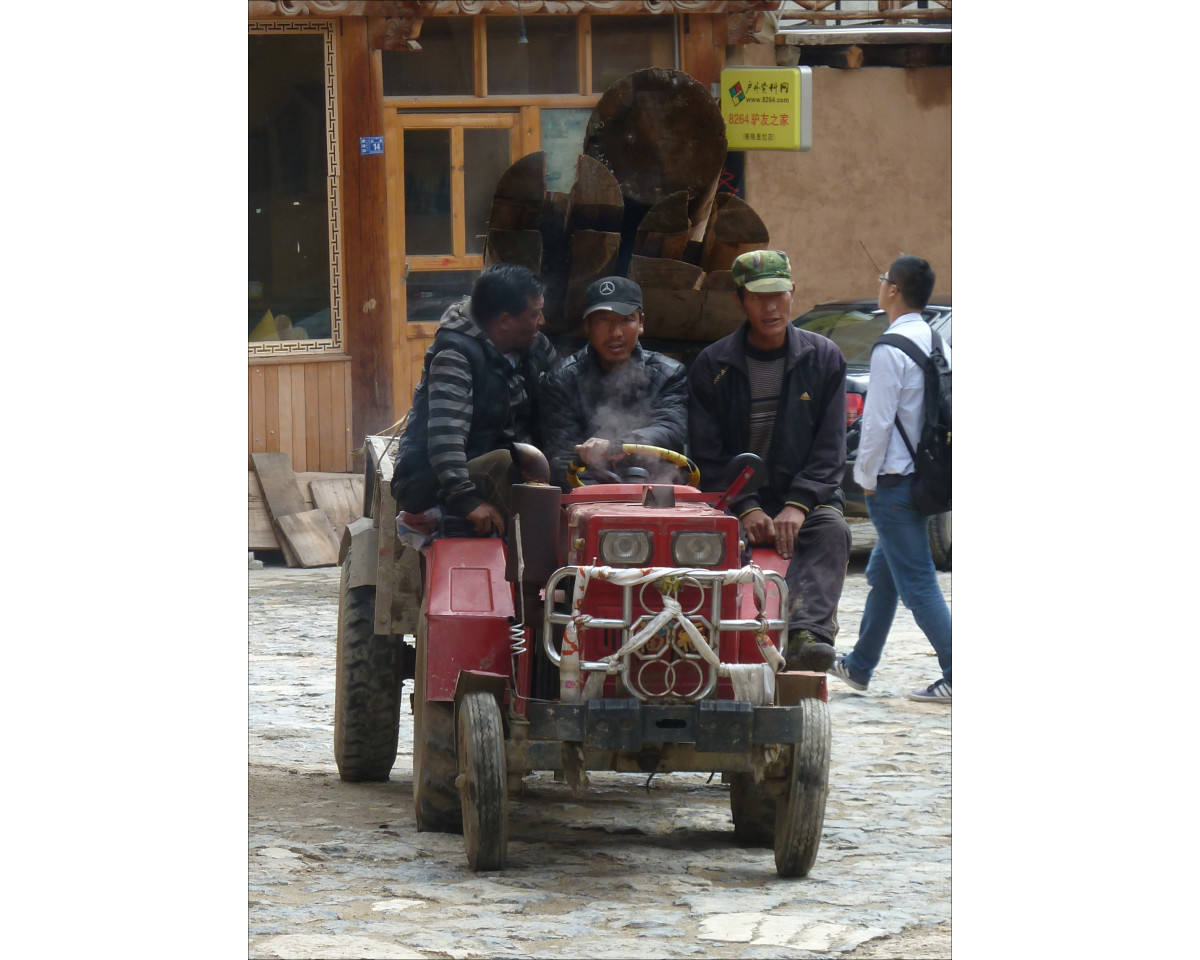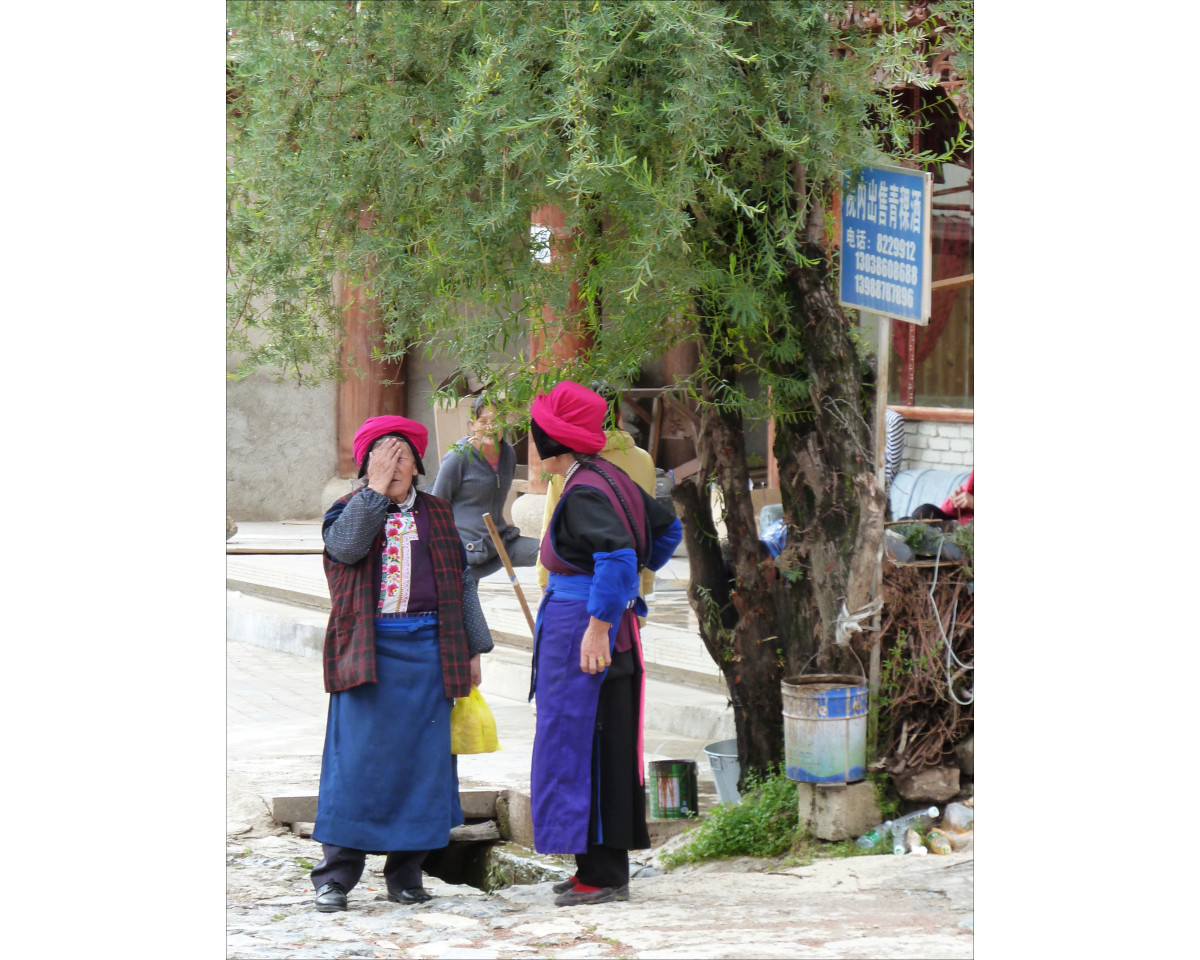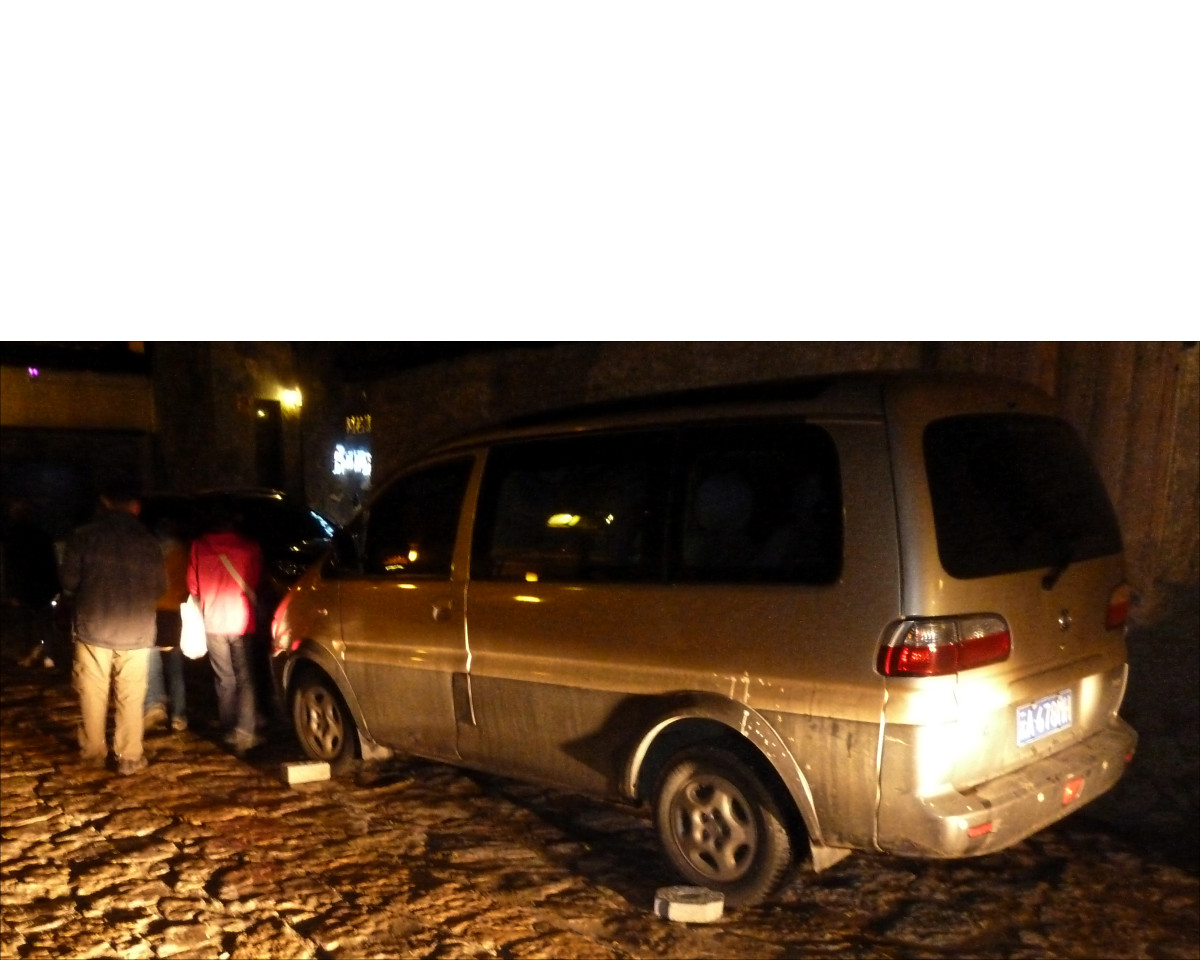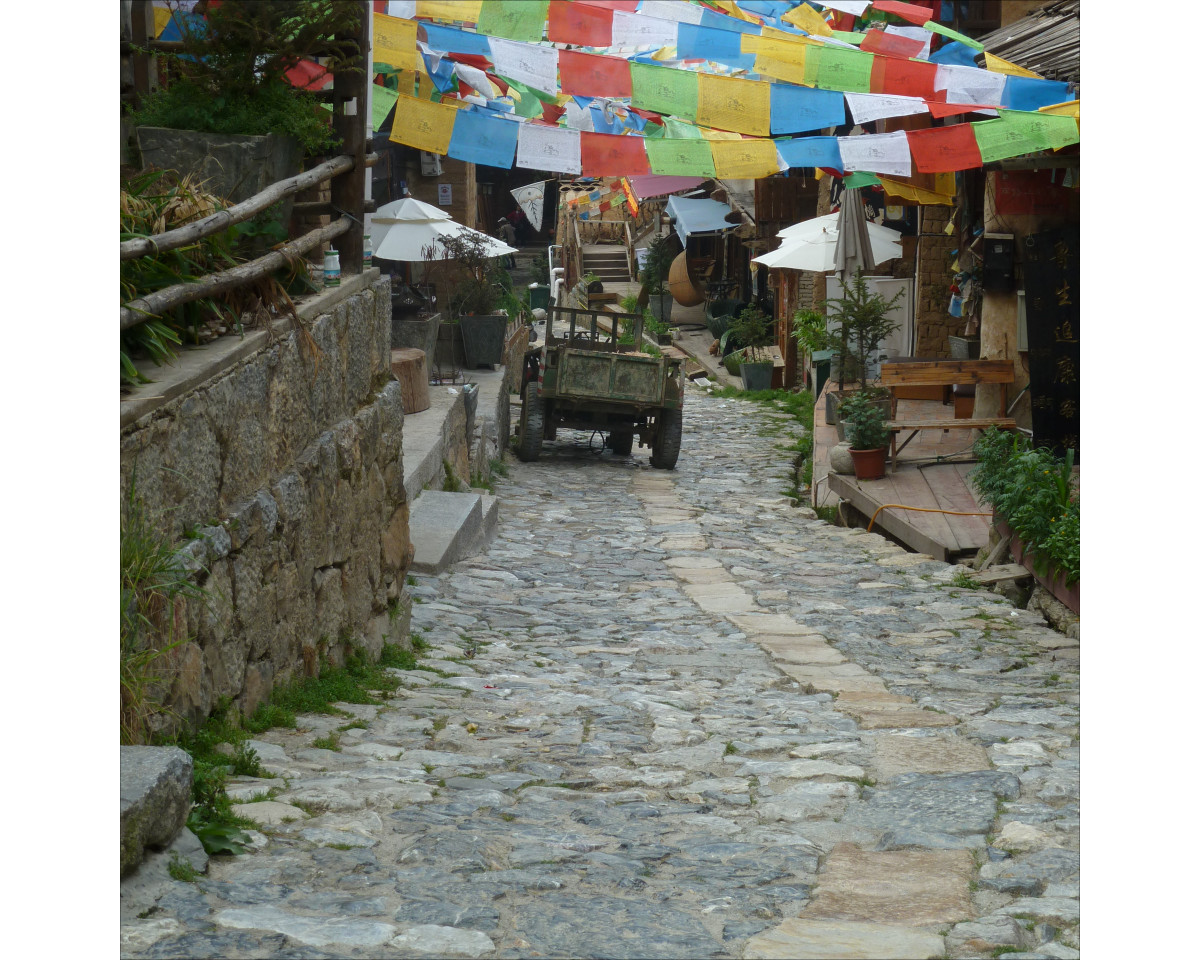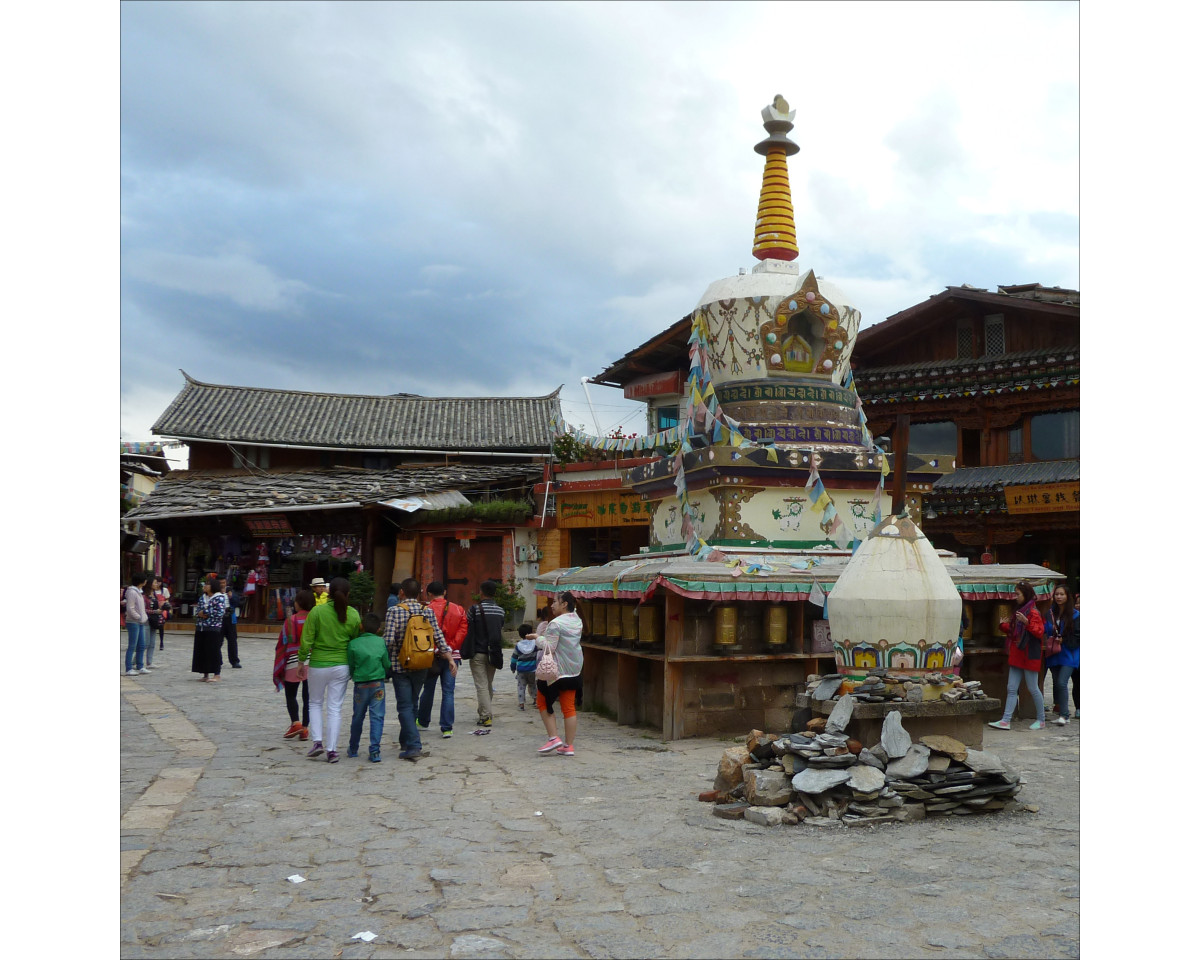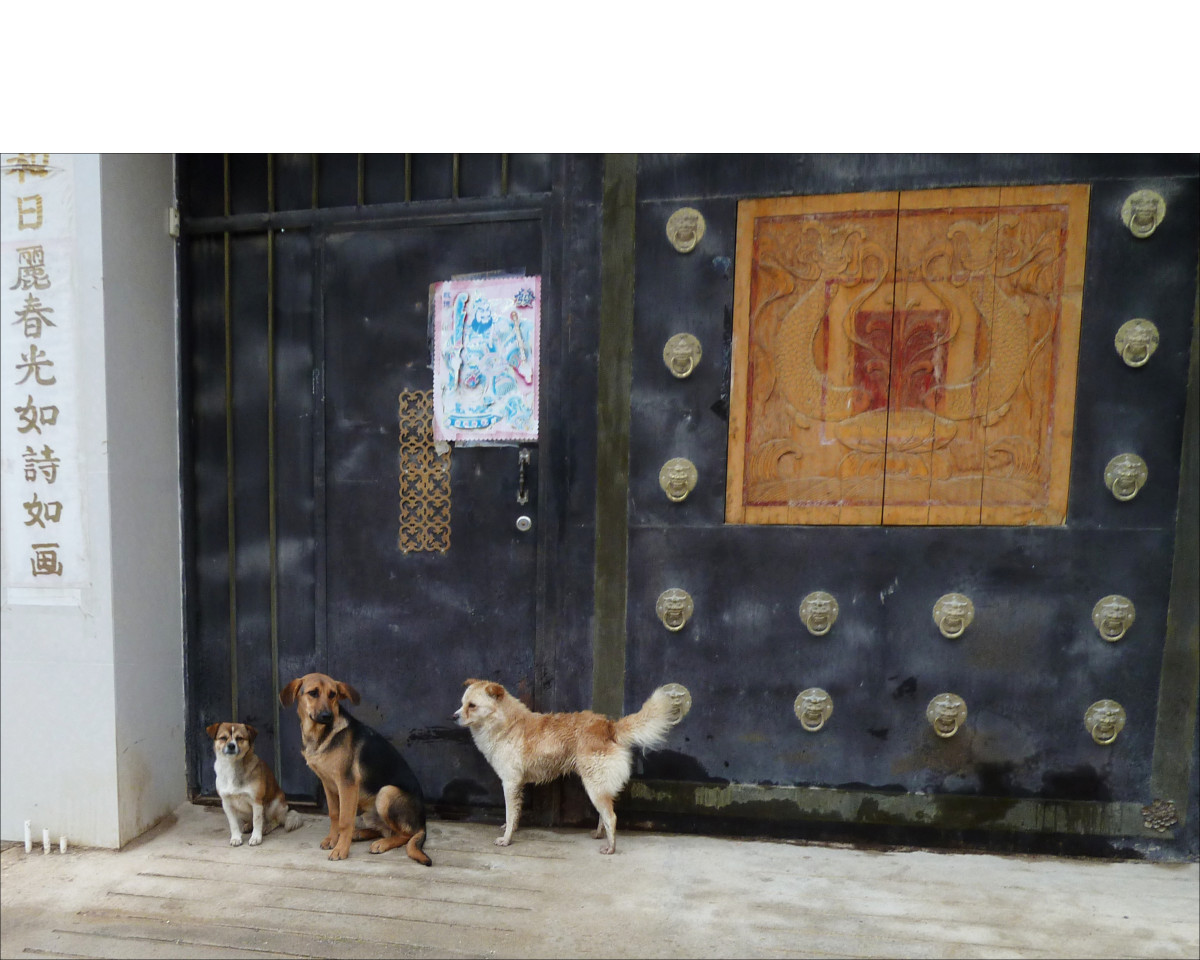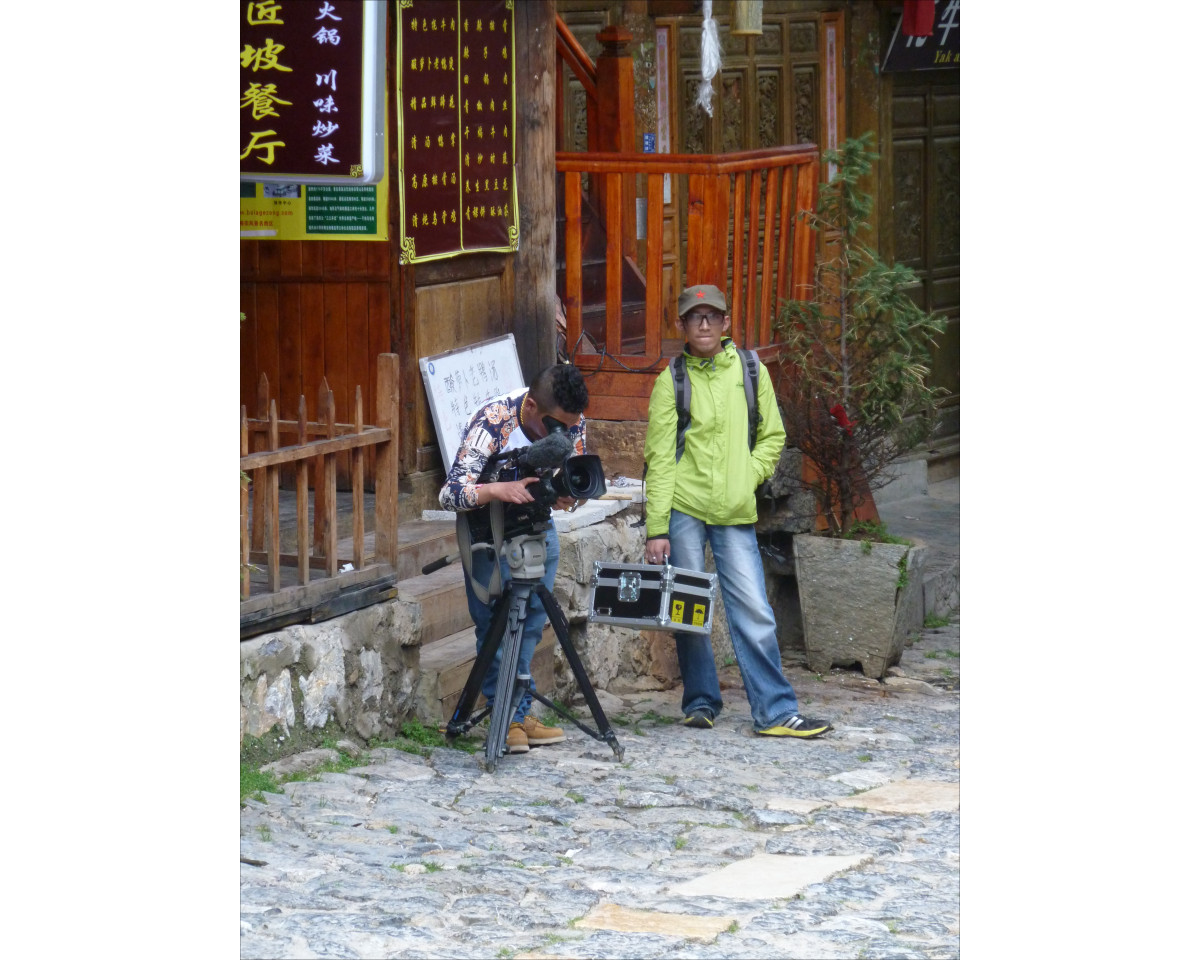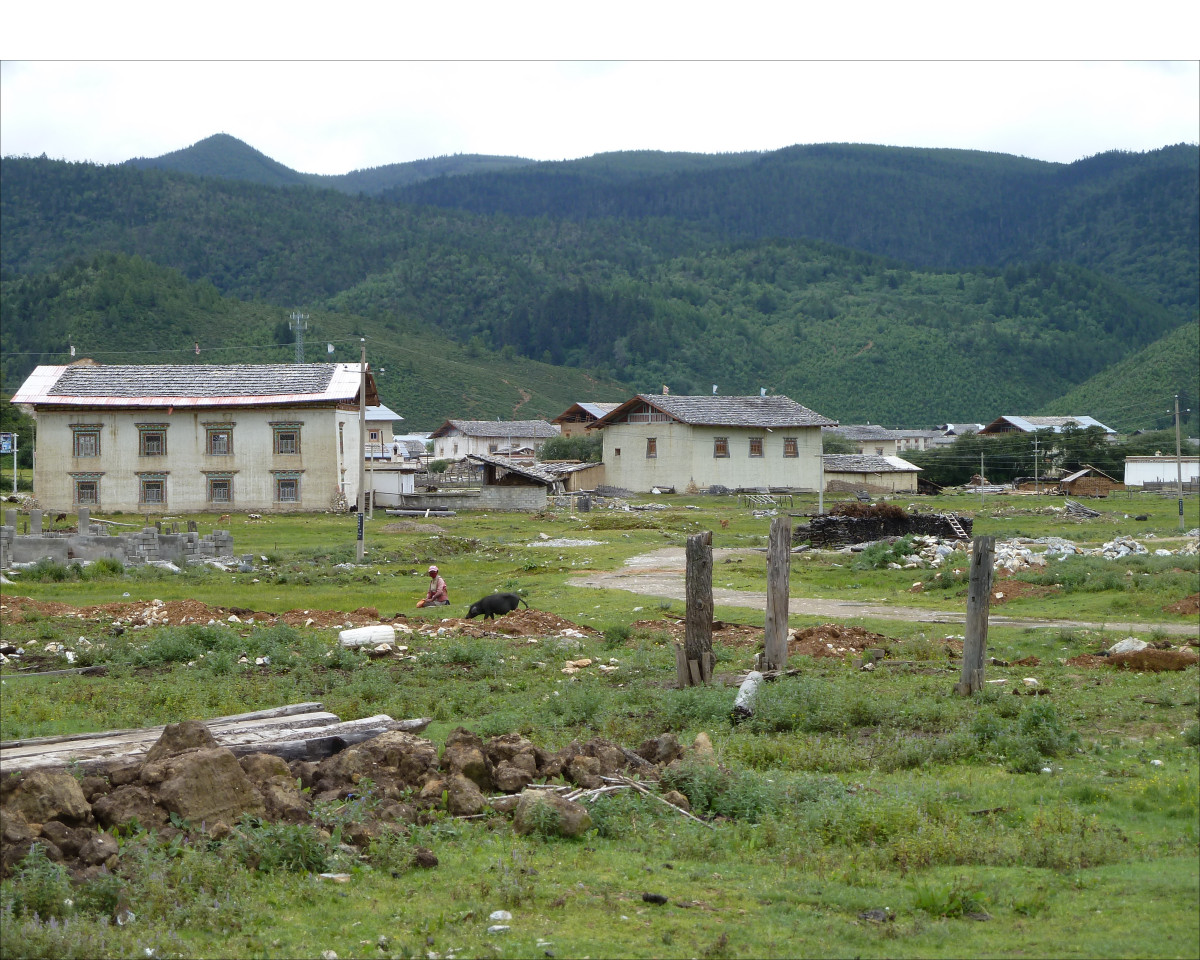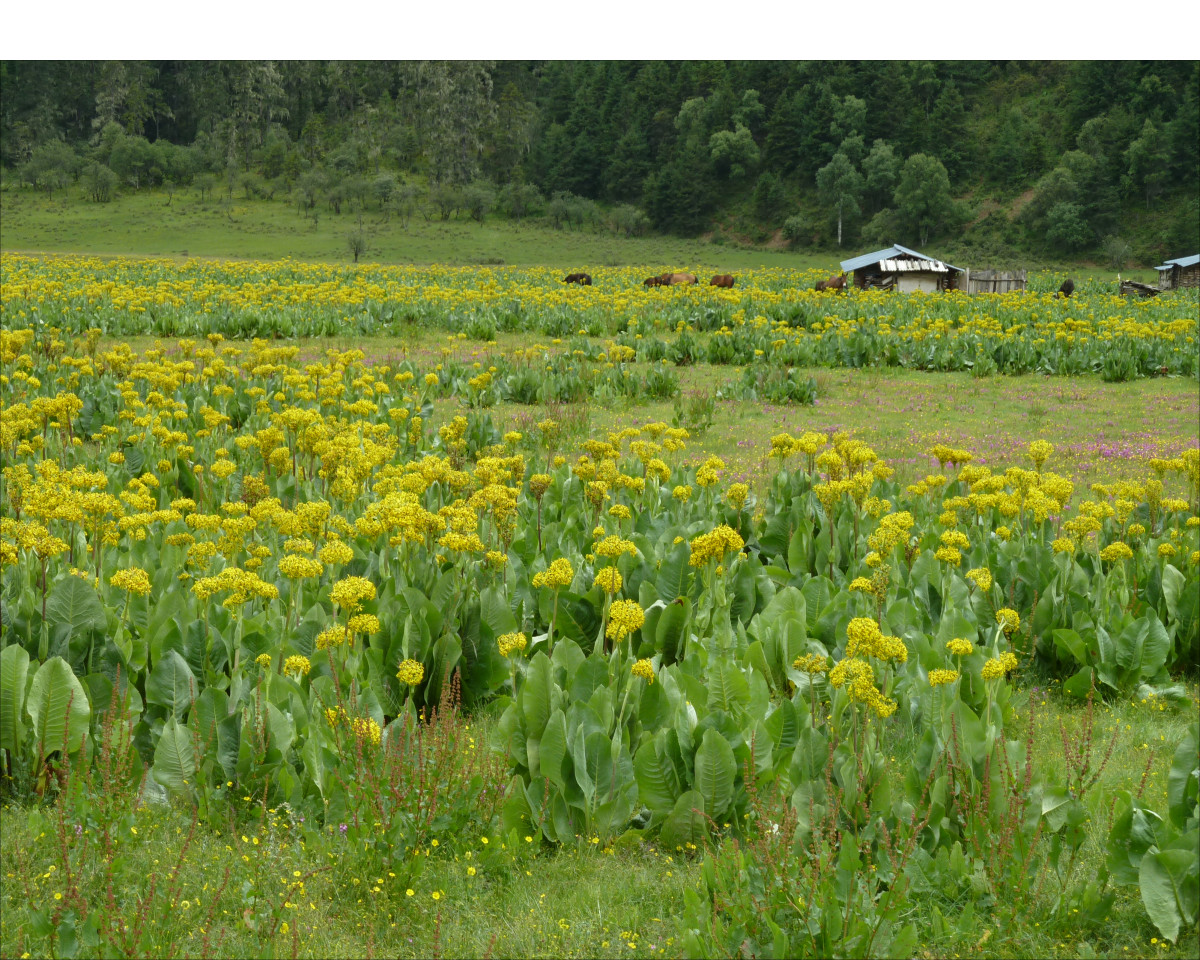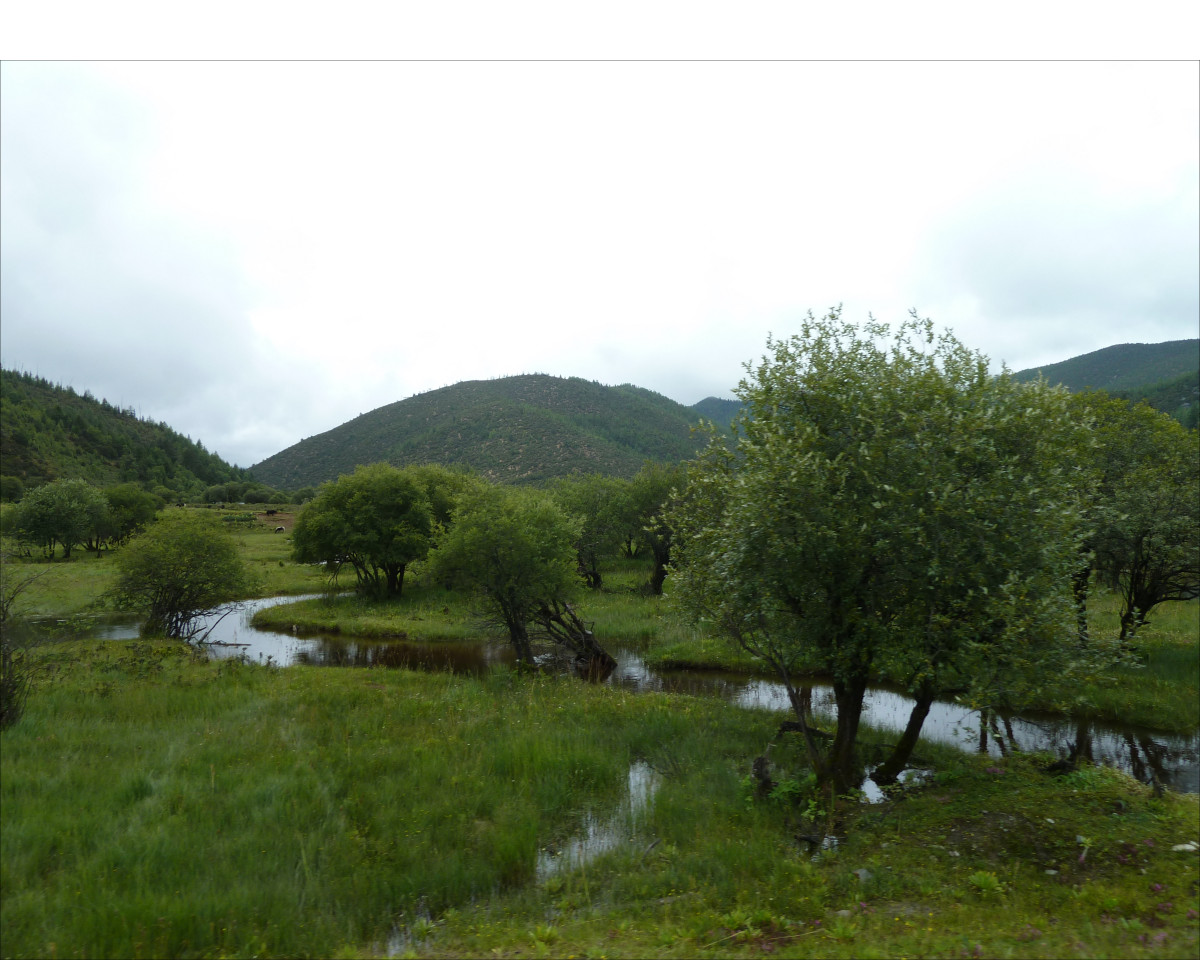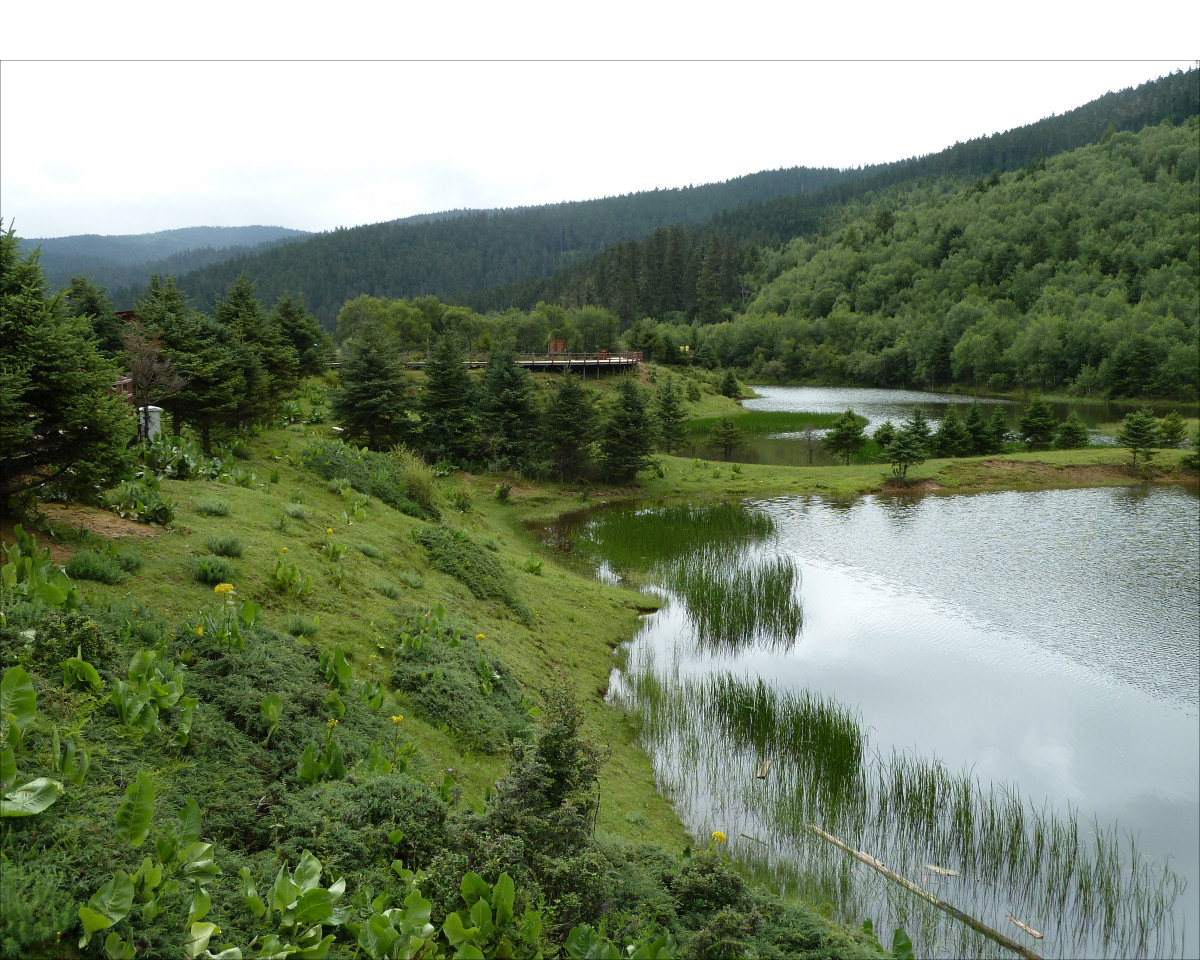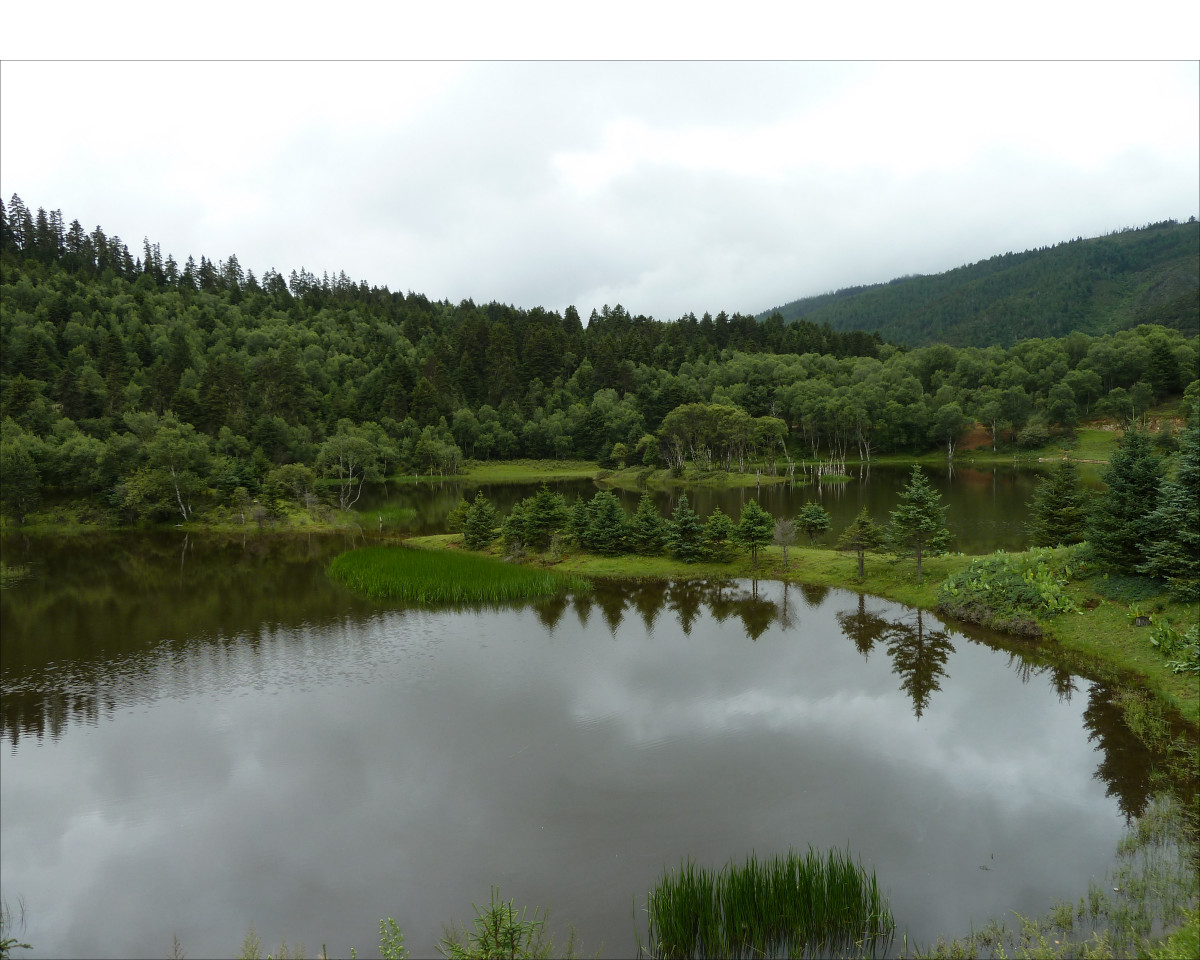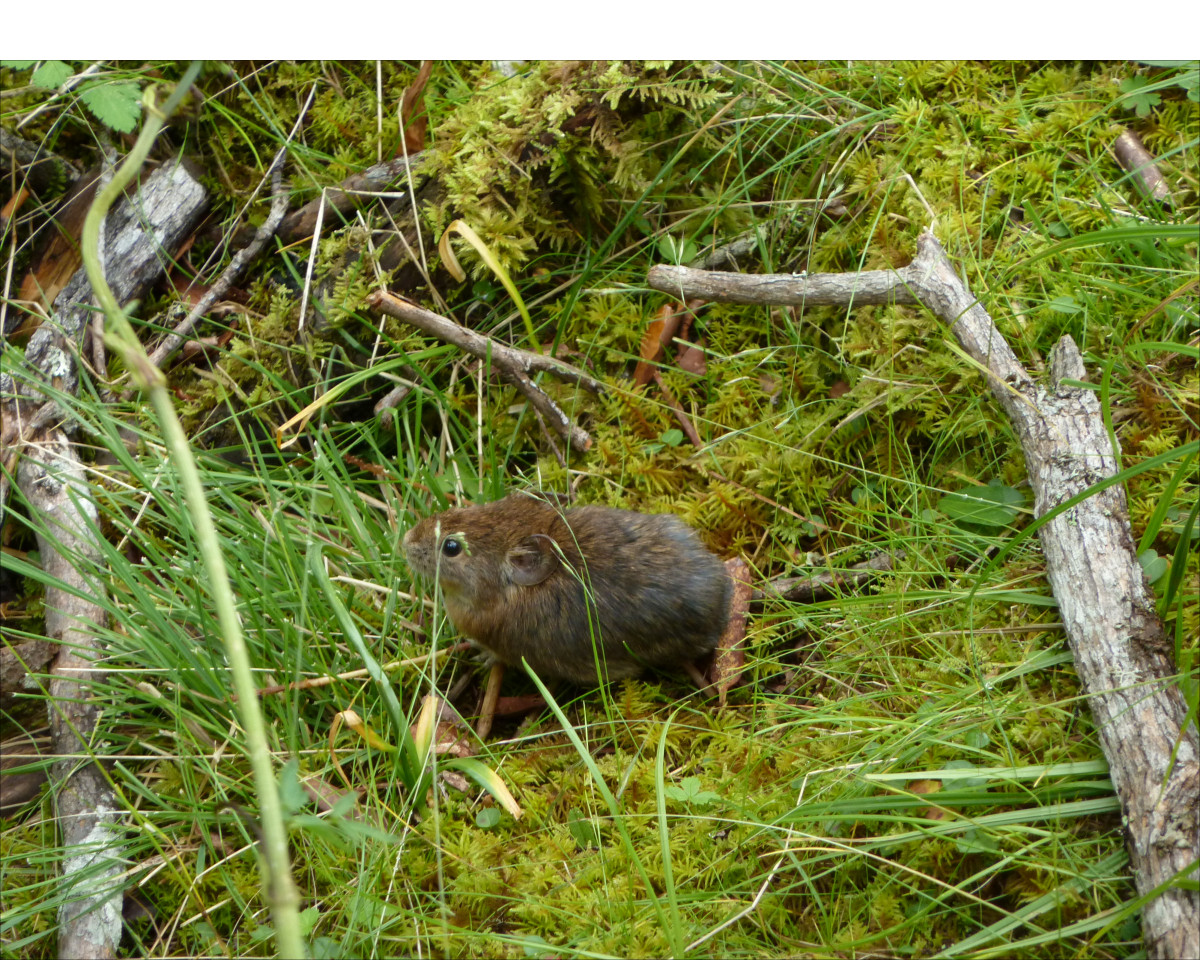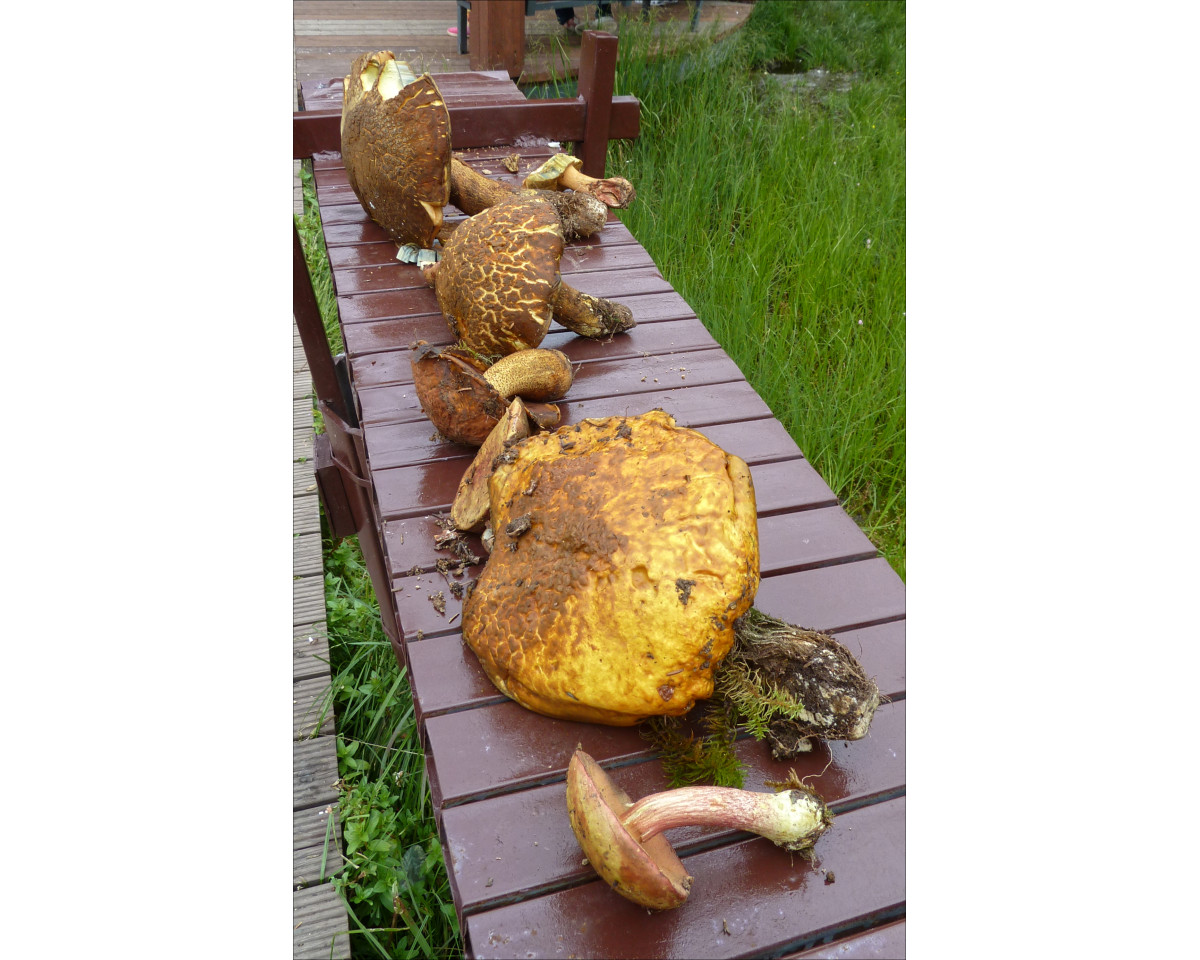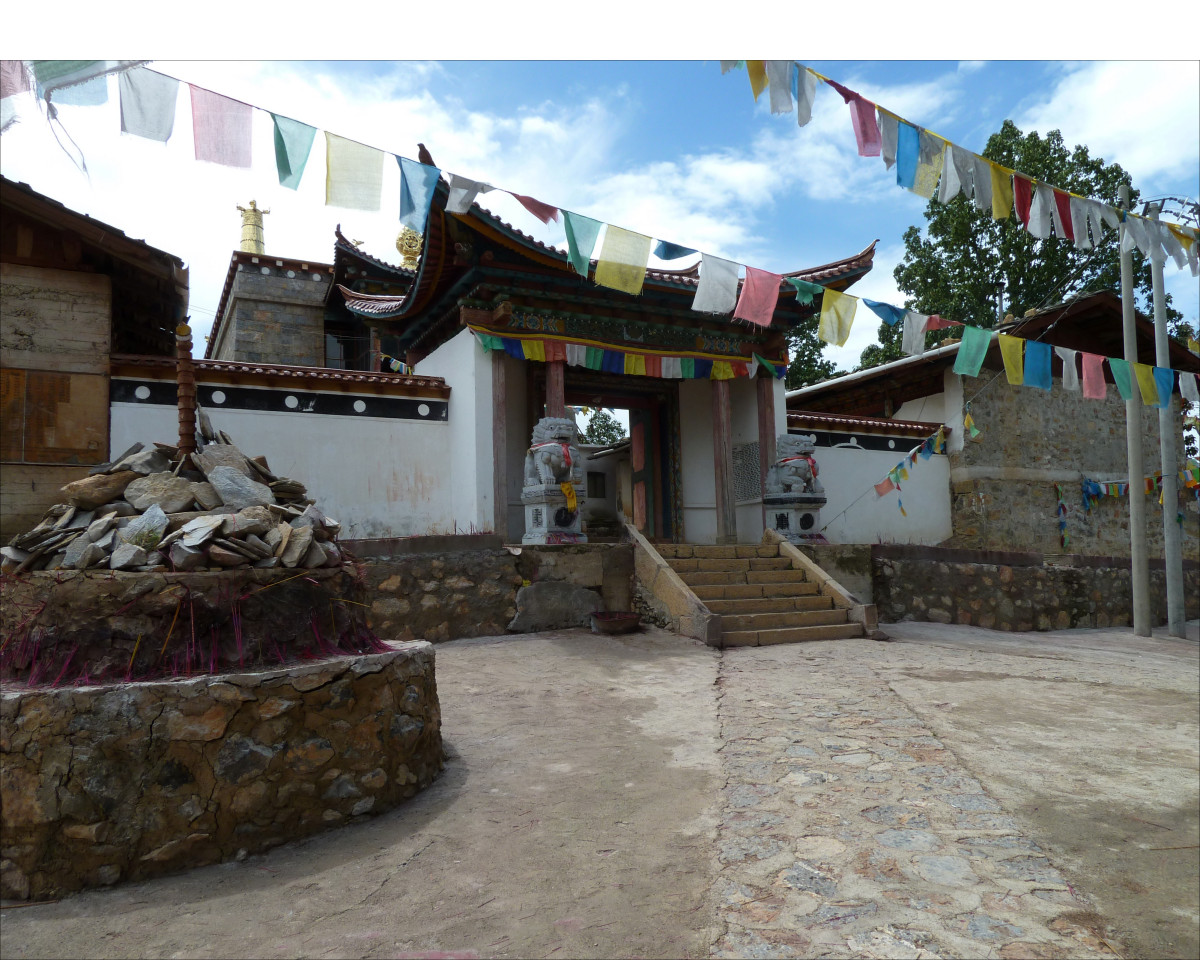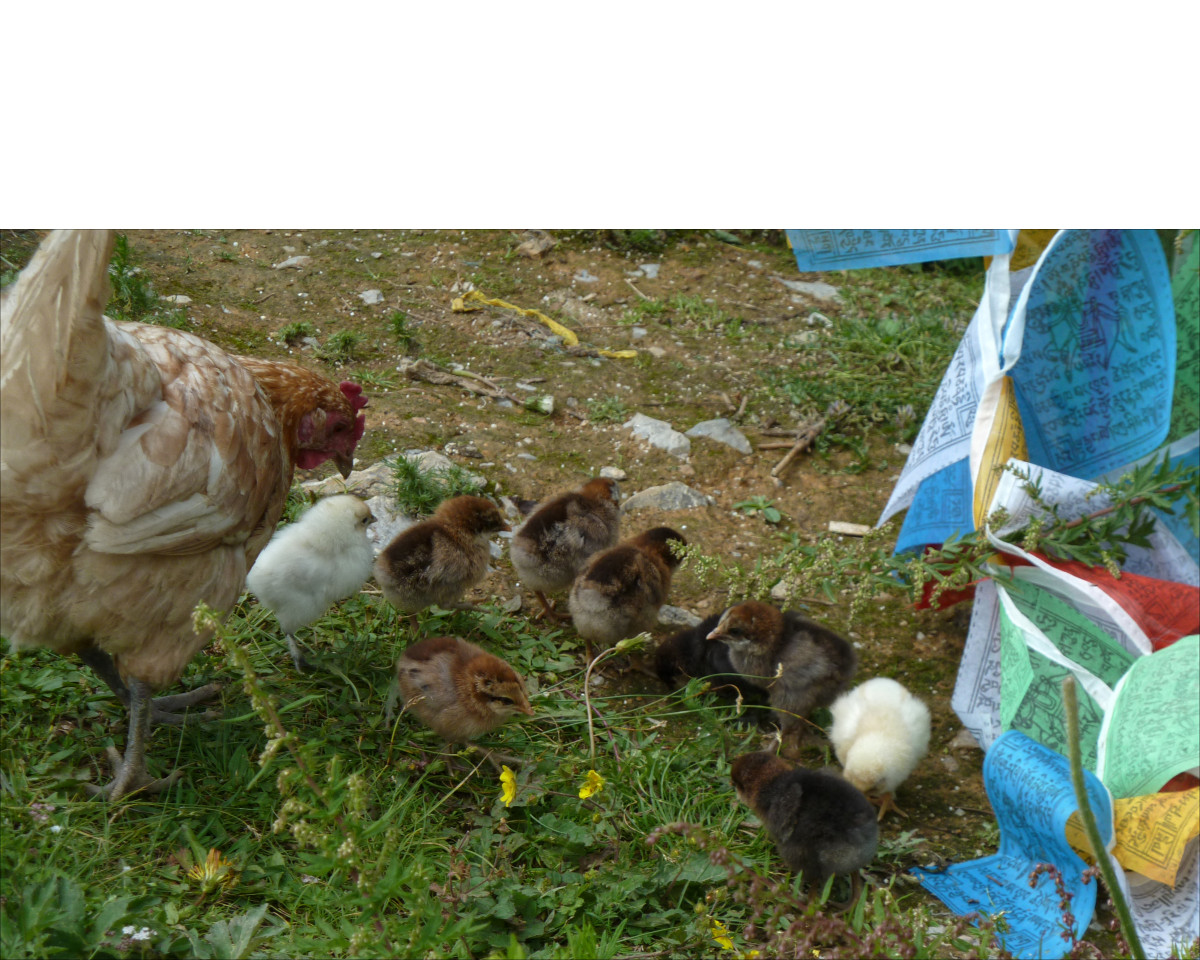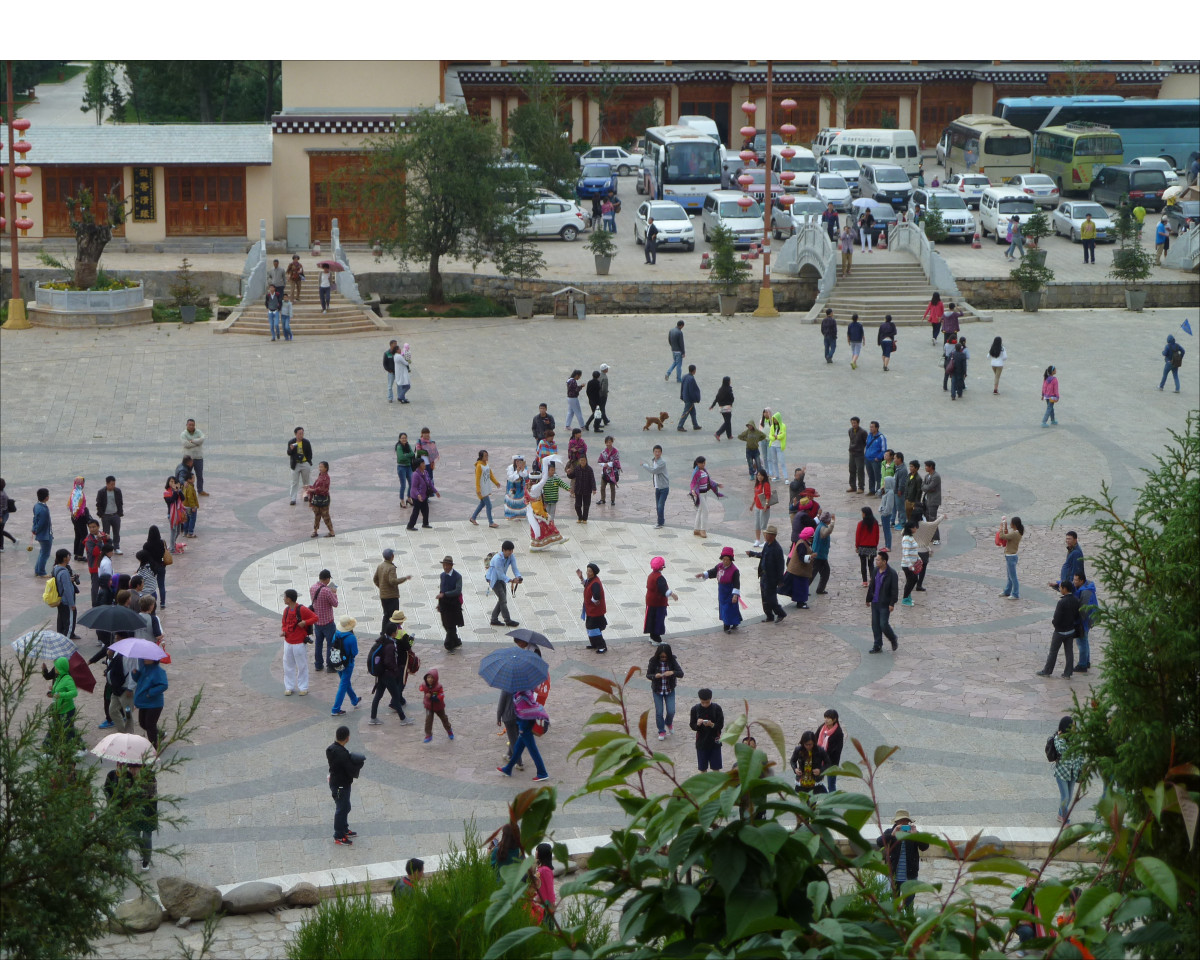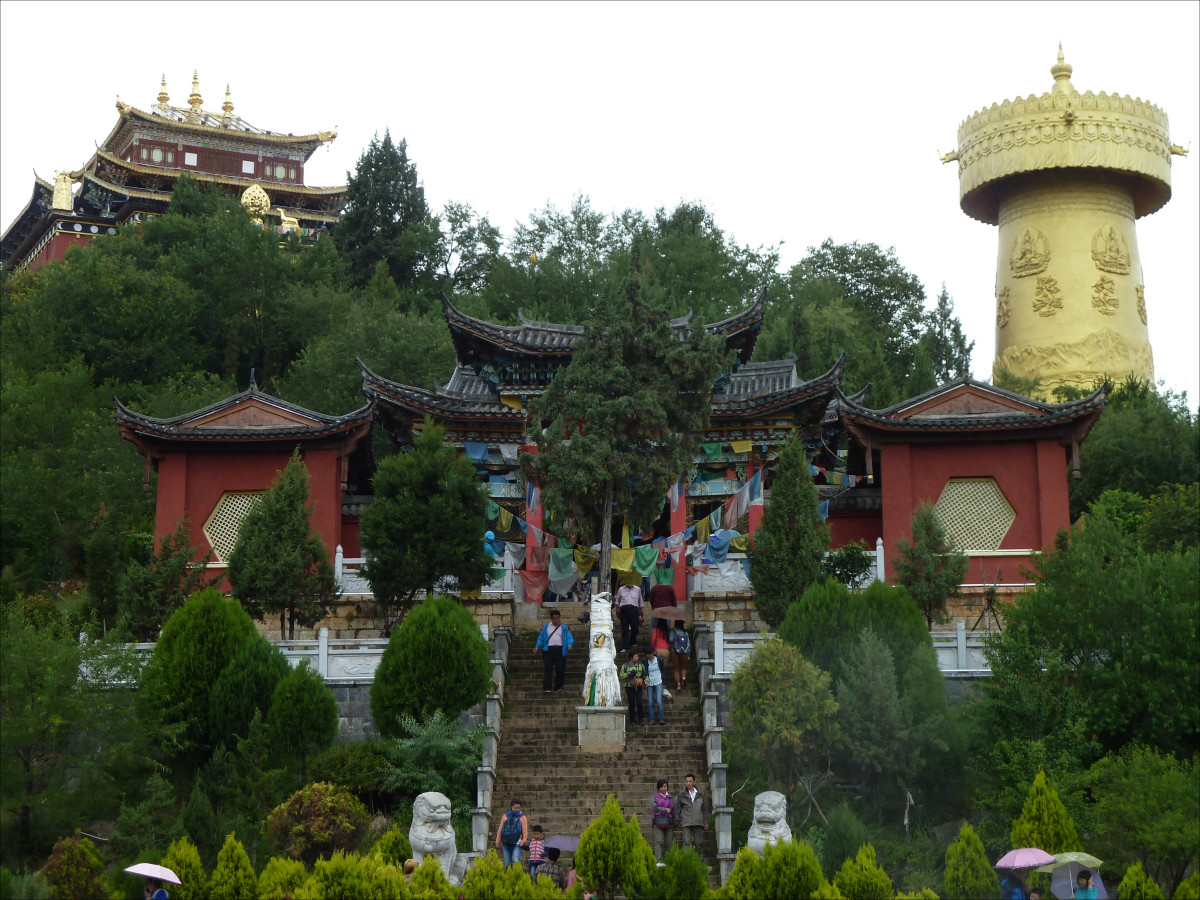
The Journey - 2013
Time to venture out and explore more of the southwestern province Yunnan.
Friends from Campbell River joined me after my usual study period. I showed them a few of my favorite close by spots in Kunming before we headed out for a day at the Stone Forest.
Our next destinations were Dali, Lijiang, and Shangri-La where our ways parted. En route we had steadily climbed from an altitude of 1,890 m to 3,160 m which makes it an interesting, yet seldom used alternative to travel to Lhasa (elevation 3,656 m). The flight only takes two hours. My friends continued their adventure in Tibet, while I enjoyed a week in Chiang Mai, Thailand.
Then I returned to Kunming where I wrapped up another unforgettable China visit with day trips to the Yunnan Ethnic Village and Jiuxiang Caves.
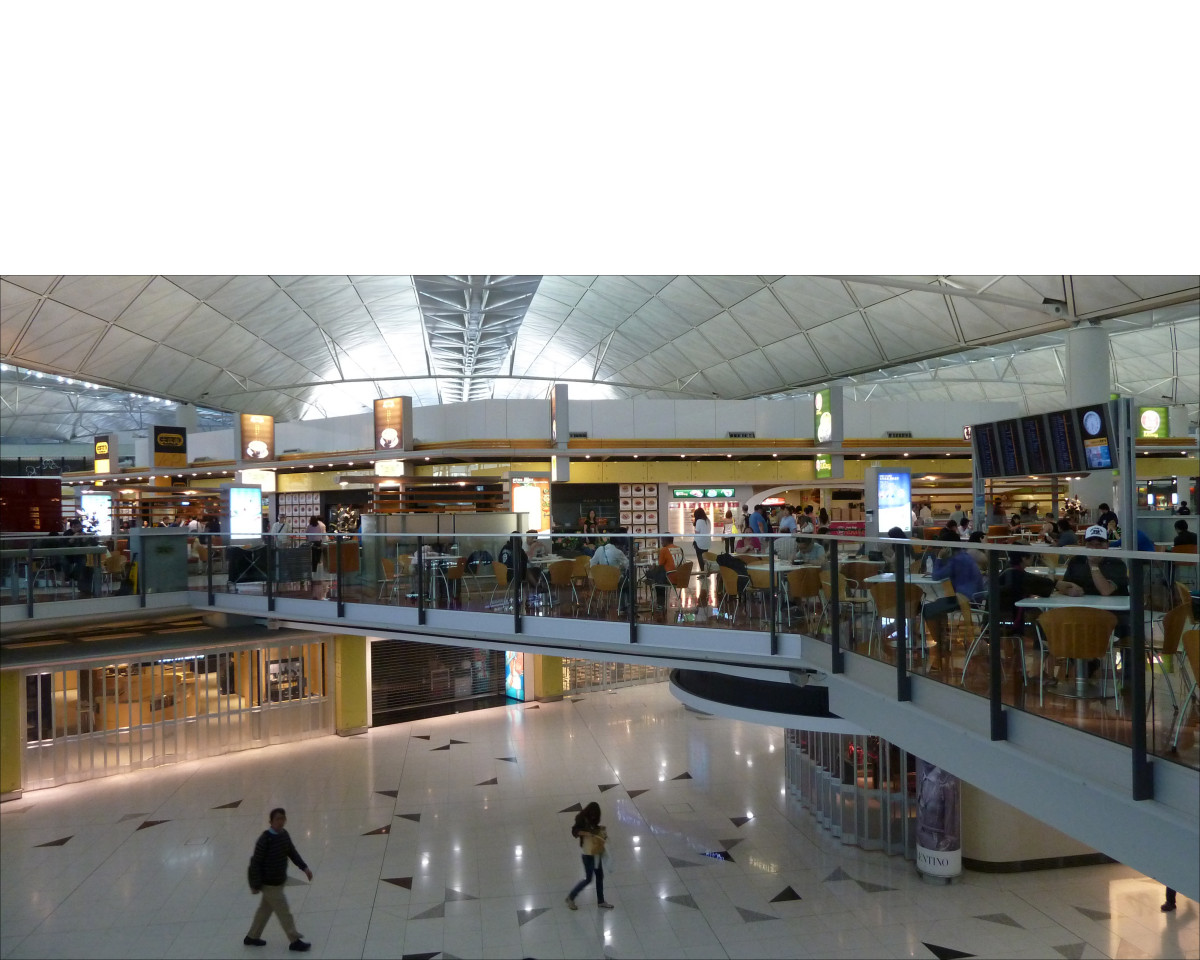
Empty as during COVID times, no masked faces. Flight departs Vancouver at 2:00 am and arrives in Hong Kong between 5:30 and 6:00 am. Flight time: 13 hours.
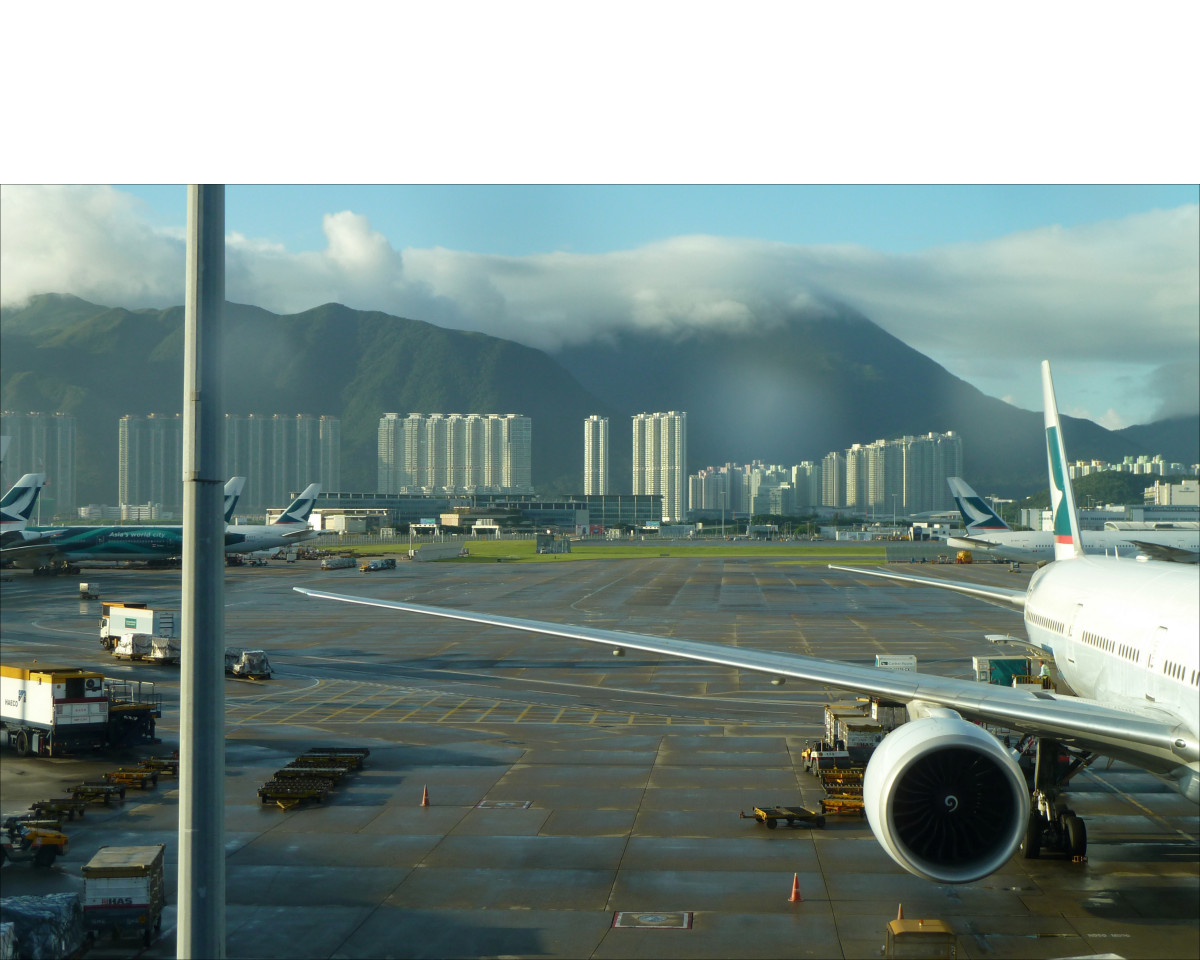
Most of my connecting flights to the mainland leave early in the afternoon. It's a long wait. Too tired to go through immigration and customs for a brief city visit, I just hang out at the airport, doing my rounds from one wing to the next watching the clock hands crawl.
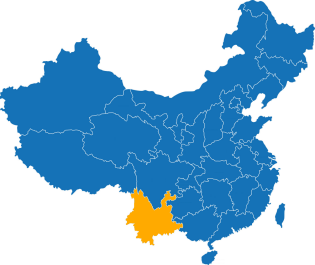
Study time! Hoping to cram as much as possible before taking my friends from Campbell River on a trip through Yunnan.
I've always enjoyed the broad mix of students from different countries and of all ages and backgrounds at Keats School. It just takes a few hours and you have already made friends to explore neighborhood, city, and outskirts together. That year, my close companions were Irina, a translator for Chinese - Russian from Kazakhstan, and Dan Ut from Switzerland.
Because of Dan Ut's Vietnamese descent, locals always assumed that she's Chinese, talked to her and simply ignored me. Consequently, they would expect her to speak like a native and react disappointed, while I only had to utter a few words -right or wrong- to spark admiration. That's not fair, but I must admit, that I now enjoy the undeserved attention that I get everywhere.
Visited: Bird and Flower Market – Green Lake – Yuantong Temple - Tanhuasi Park - Stone Forest (Shilin) - Black Dragon Pool - Yunnan Ethnic Village – Jiuxiang Scenic Area
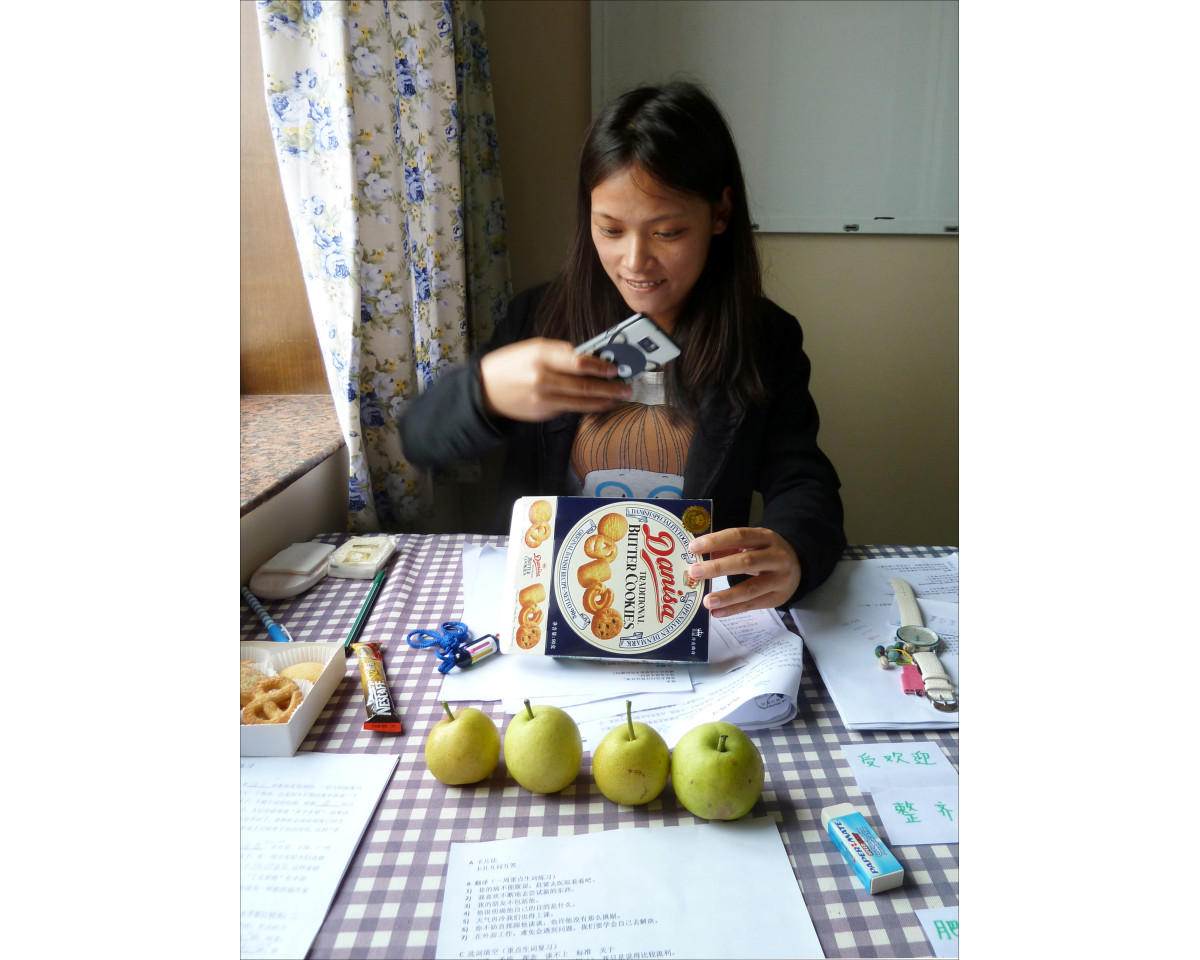
My teacher Sarah and I connected instantly and had a great time. We always shared some fruit and occasionally other treats. I saw her again in 2018 and met her fiancé – glad to see her happy and doing well!
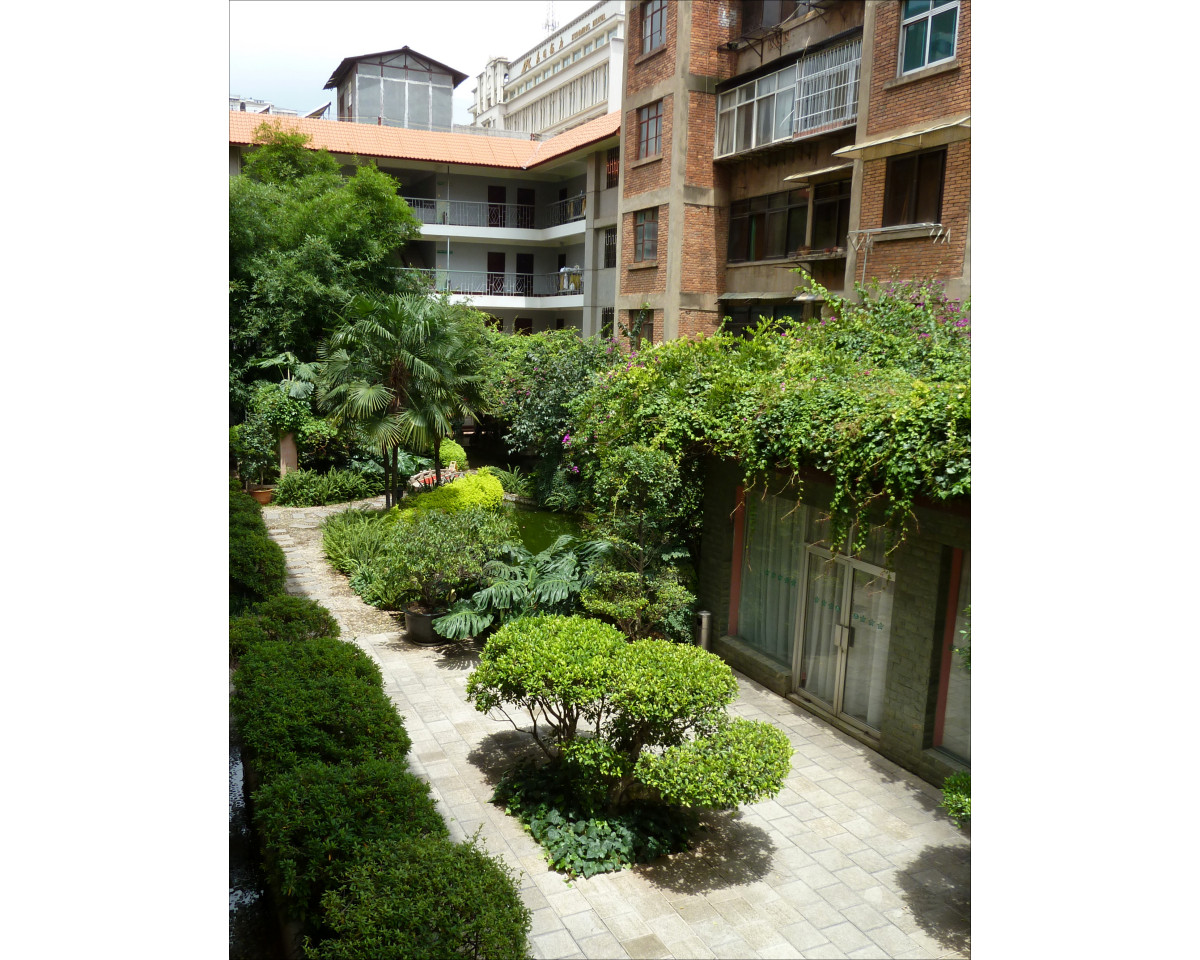
When there weren't enough rooms at the school building, Keats used to place students in the little Spring City Star Hotel around the corner. I stayed there in 2011 and 2013 and loved the shady garden with the pond. A perfect place to grab a drink, relax, and review vocabulary for the next day.
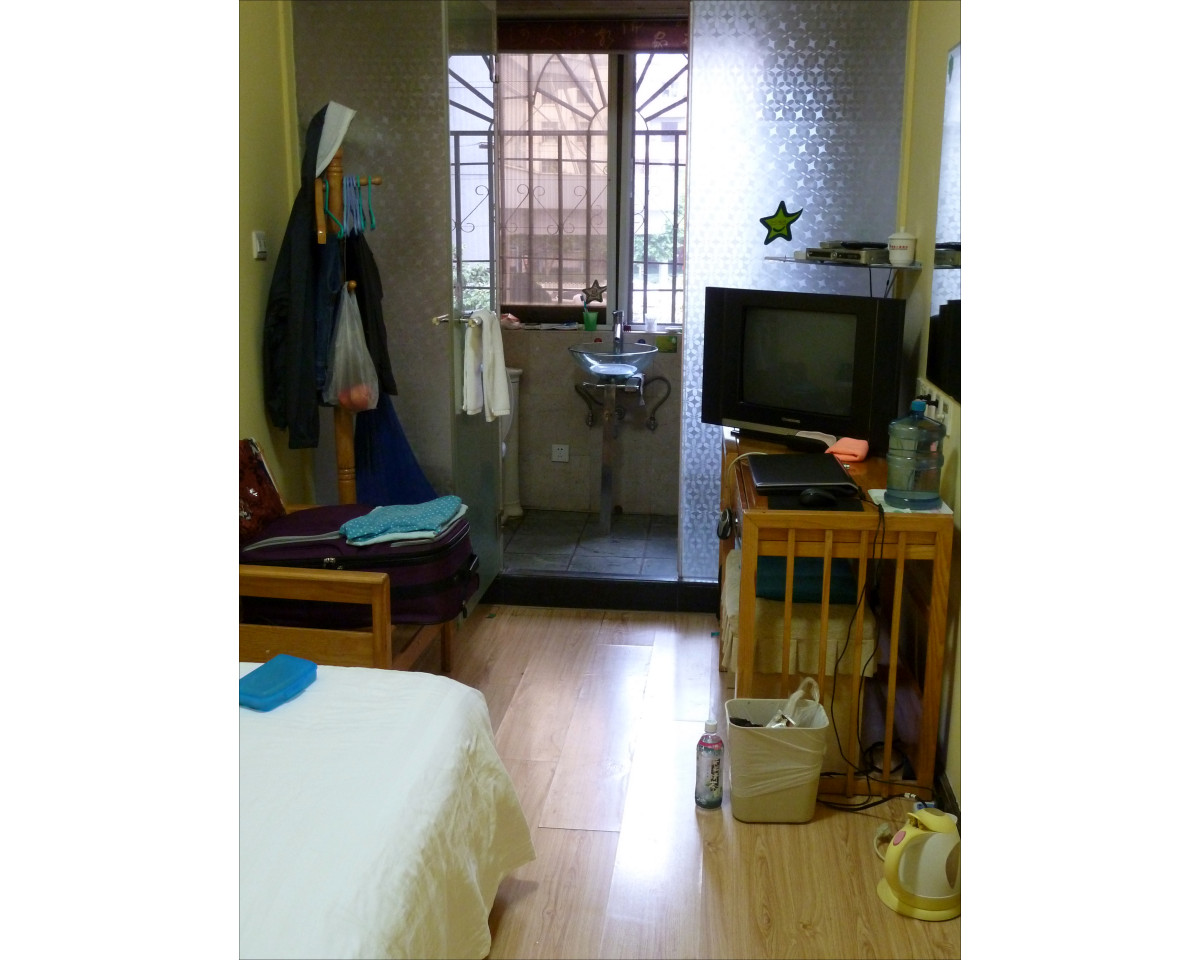
My room: small, clean, and practical. High-speed internet hasn't been a problem on my travels – except for a handful of times when the VPN wasn't working because the government blocked some popular servers. The VPN providers are smart, and quickly adjusted their environment.
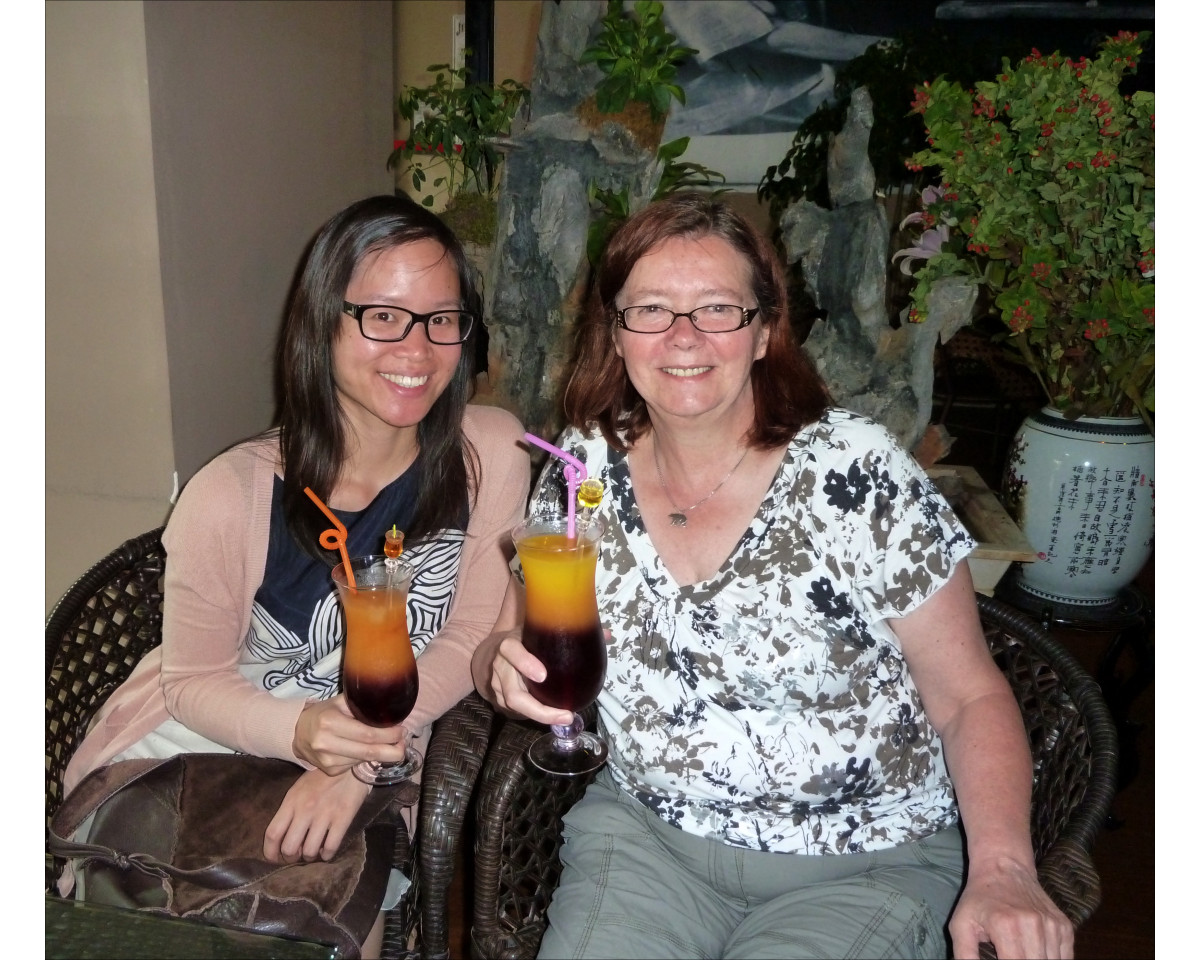
Dan Ut and I sometimes enjoyed an artfully created, refreshing drink at the juice bar next door. Spring City Star Hotel and this place don't exist anymore. In 2018 the whole block was cleared and almost ready for new construction. Also long gone is the hostel next to the Keats building that many of my fellow students from the previous years will remember fondly!
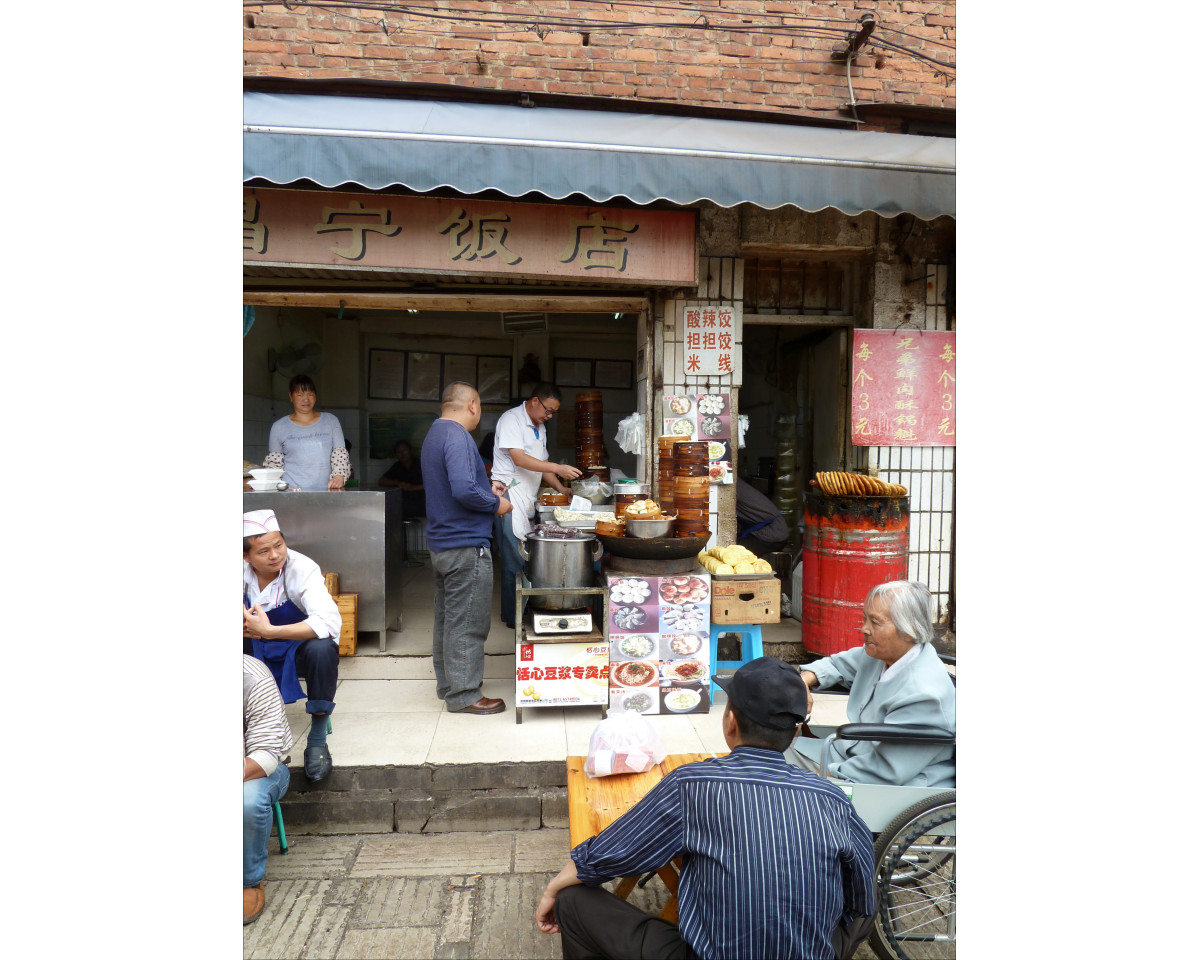
I will always miss these little shops where you can get an excellent breakfast for a dollar or two or a tasty lunch for less than $5… Drooling while I'm writing this.
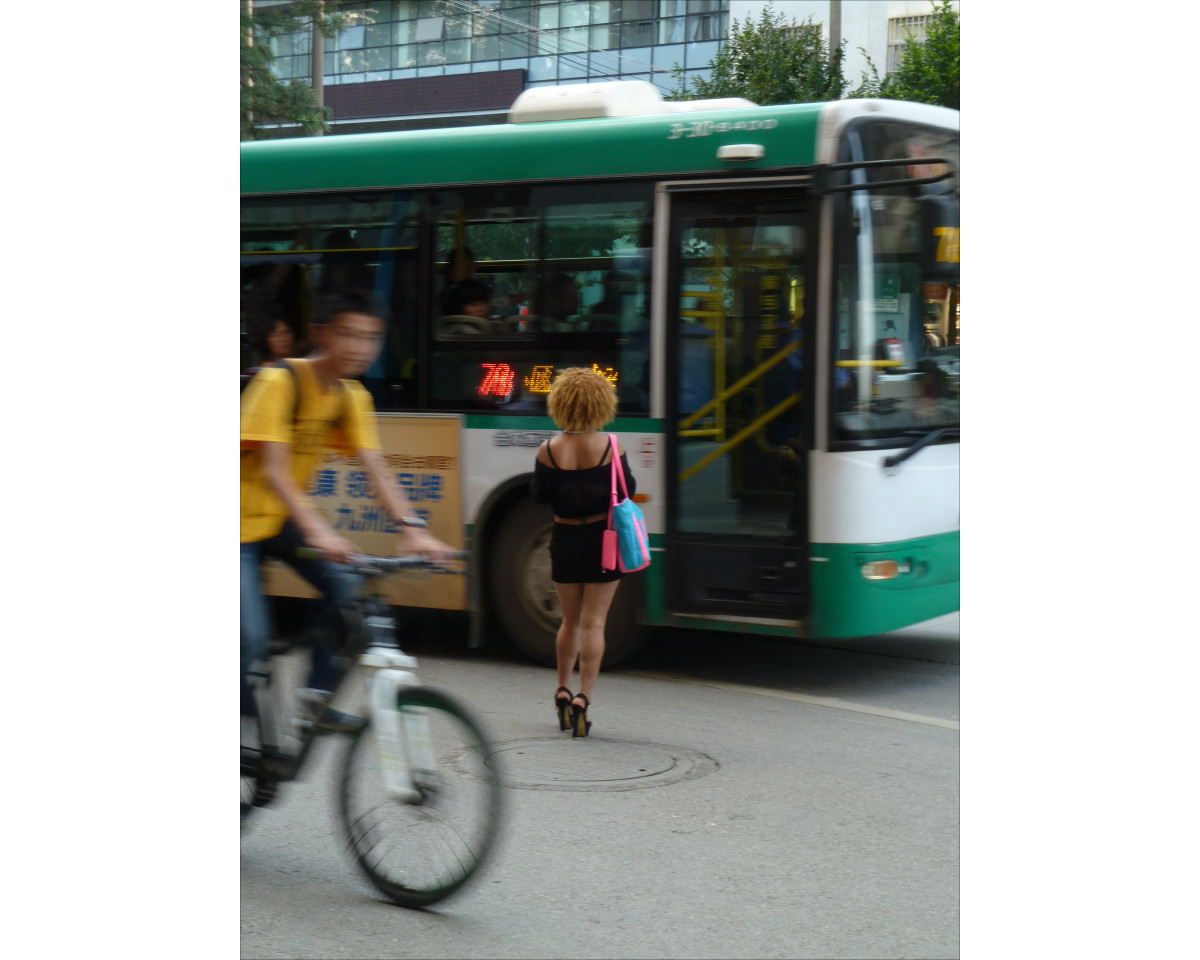
Bus stop in front of the school building. In Shanghai, highly fashionable young people are the rule rather than the exception, but not so in Kunming.
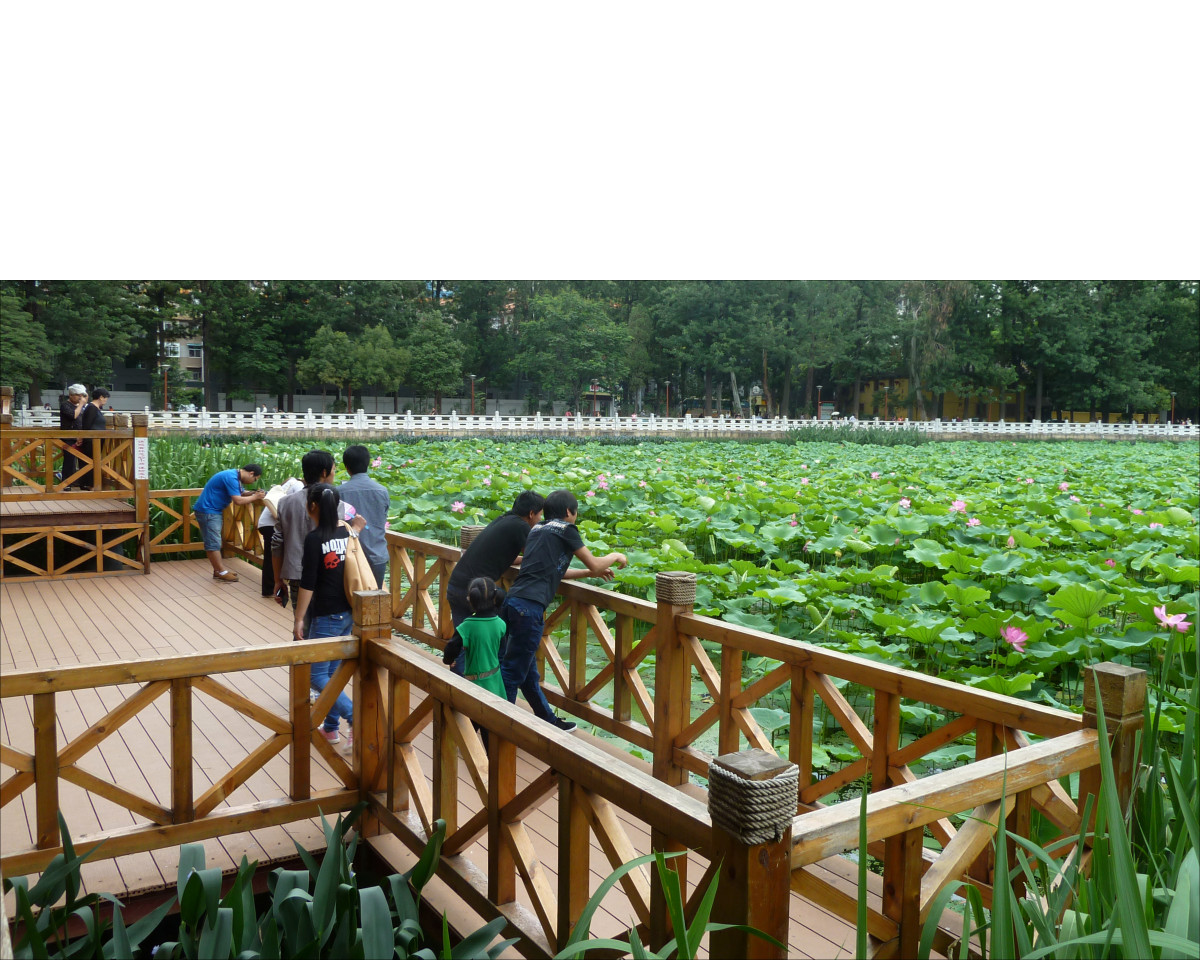
Inside Green Lake Park: peaceful, stunning when the lotus is in full bloom, a popular gathering point for photographers equipped with the latest and greatest lenses, tripods, and gadgets.
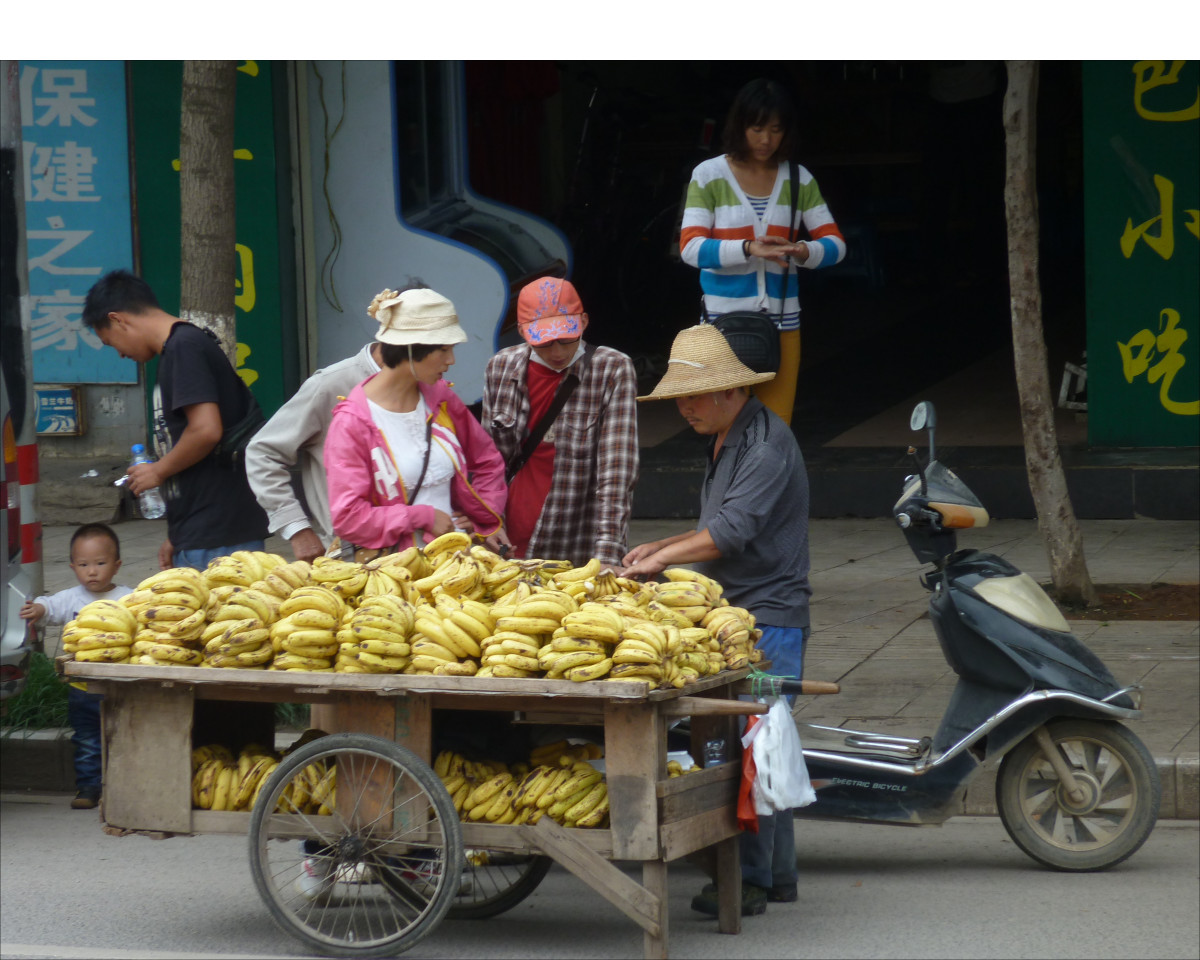
Often these farmers don't have a proper license. As soon as they catch sight of an official or get tipped off, they instantly pack up and run, just to set up at their next favorite spot where the cat-and-mouse game starts all over.
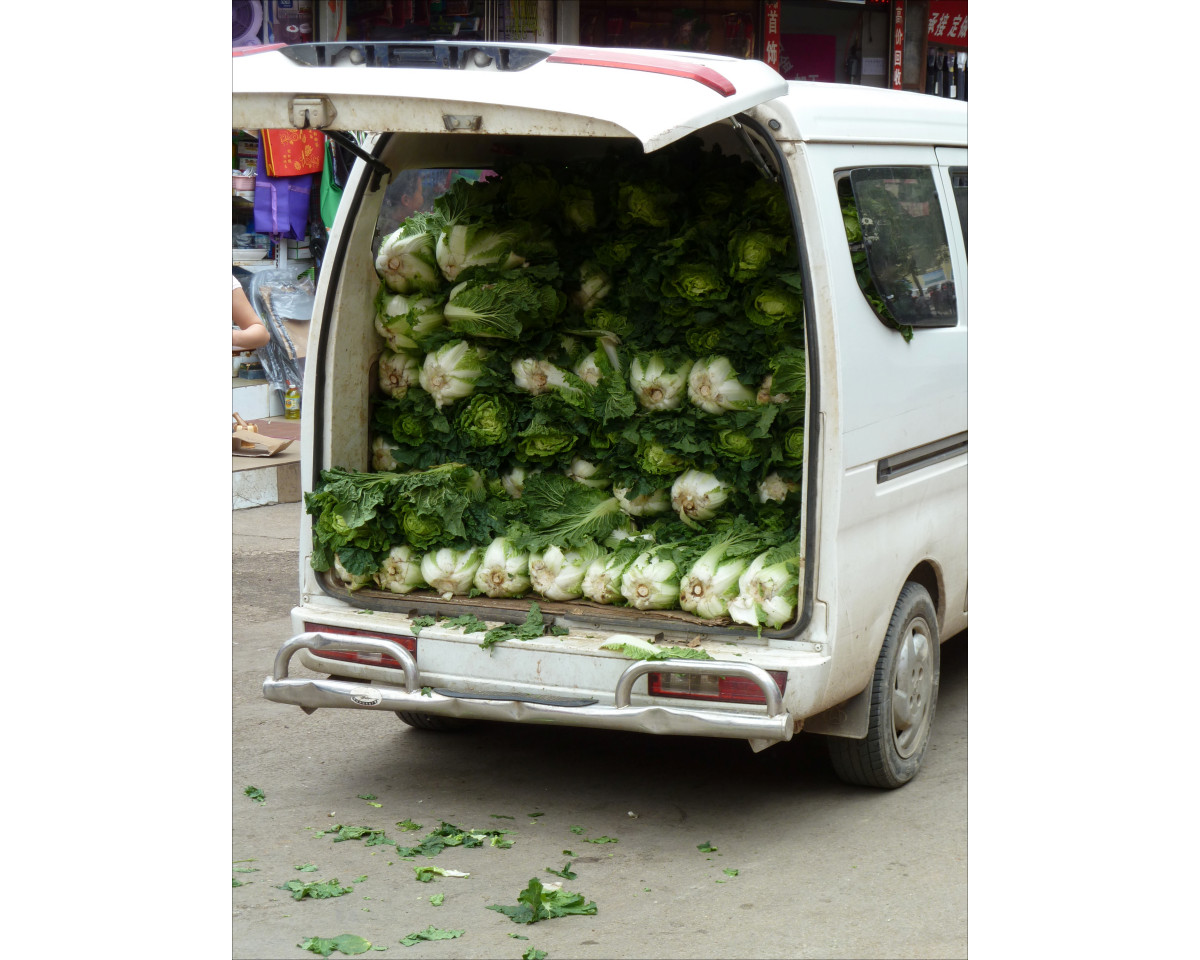
Fresh ingredients are highly appreciated in Chinese cuisine. At school, Ayi would go to the market early in the morning and only get meat and vegetables needed for that day. In this case "Ayi"(阿姨)is a polite way to address the housekeepers/cooks. It's a word with many applications. As so often in Chinese language, context is everything!
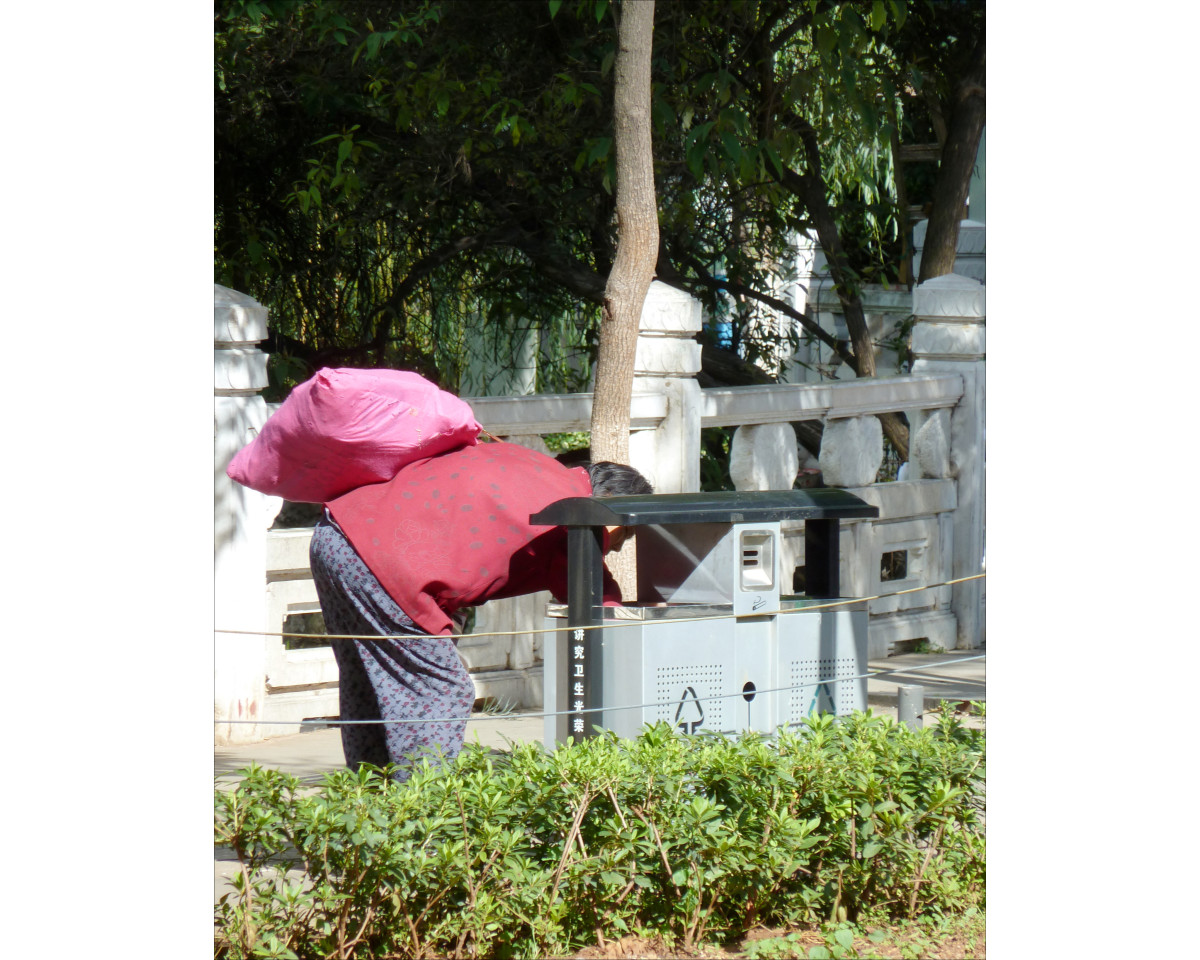
A plastic bottle seldom stays in the garbage can for more than a minute. I just wish that people wouldn't carelessly throw garbage in the clearly marked recycling side of the container.
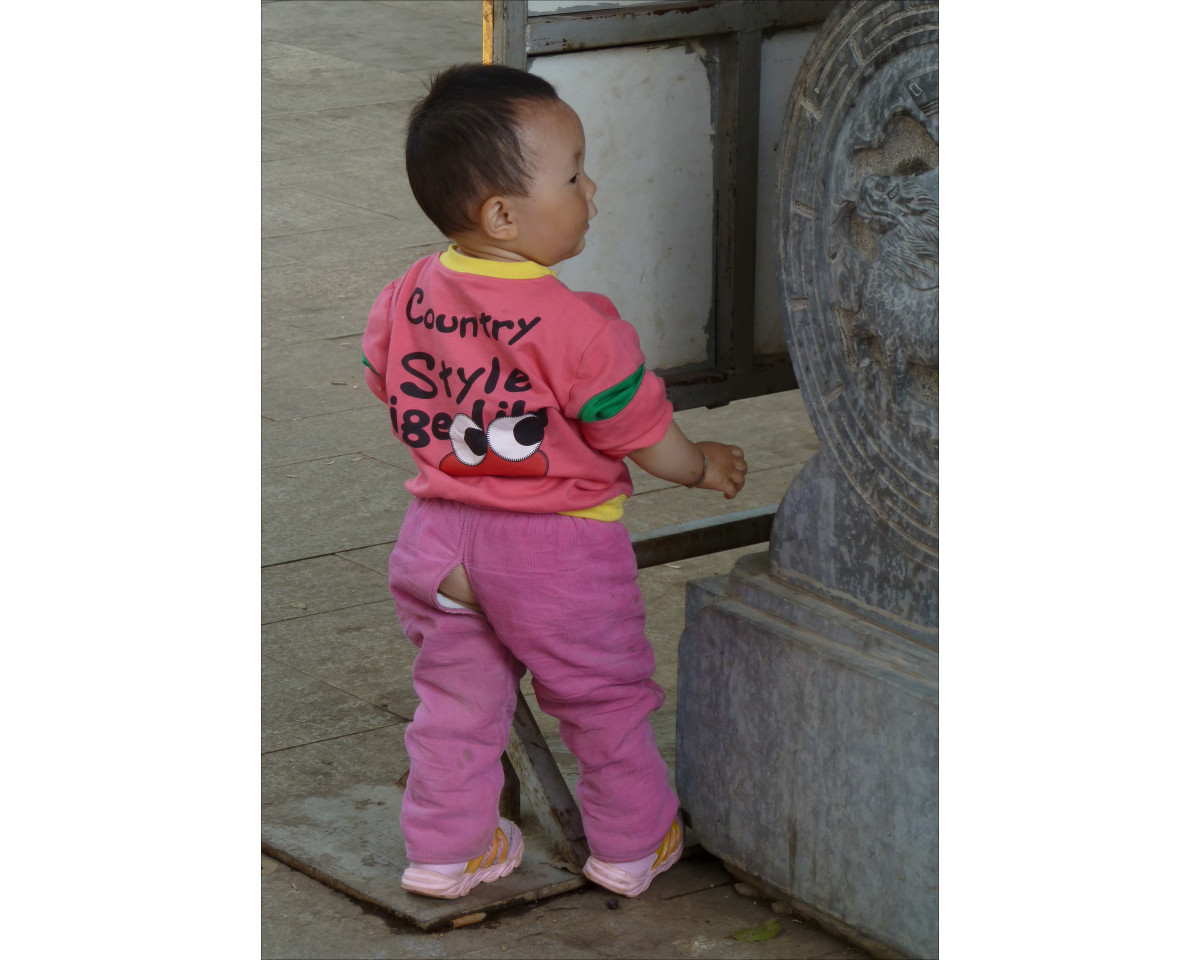
Potty training Chinese style - now a dying tradition. Pants with a slit – it worked well, cheaper than diapers, but now more and more frowned upon.
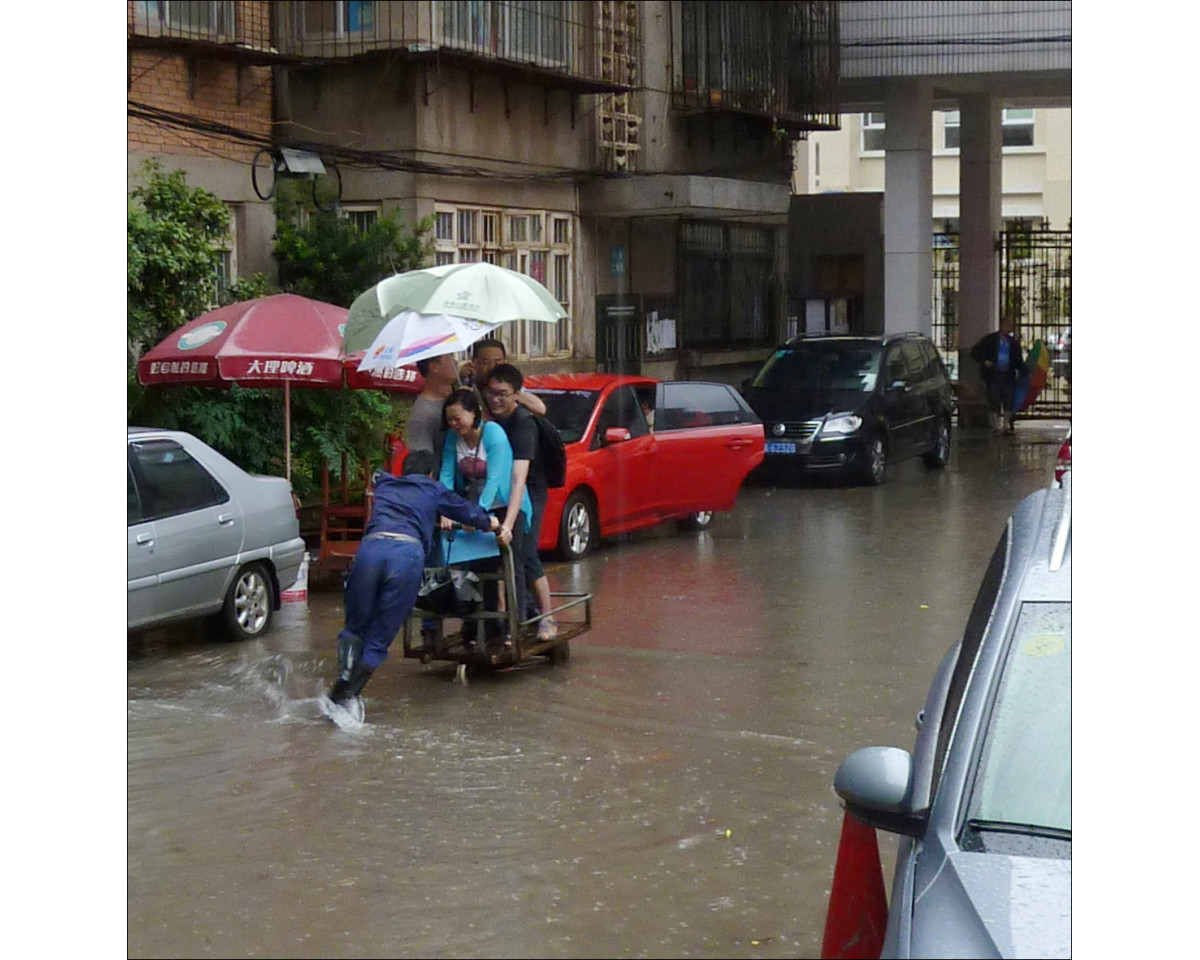
Staff at the Spring City Star Hotel "loaded" us on the luggage cart to get us out. From there ...
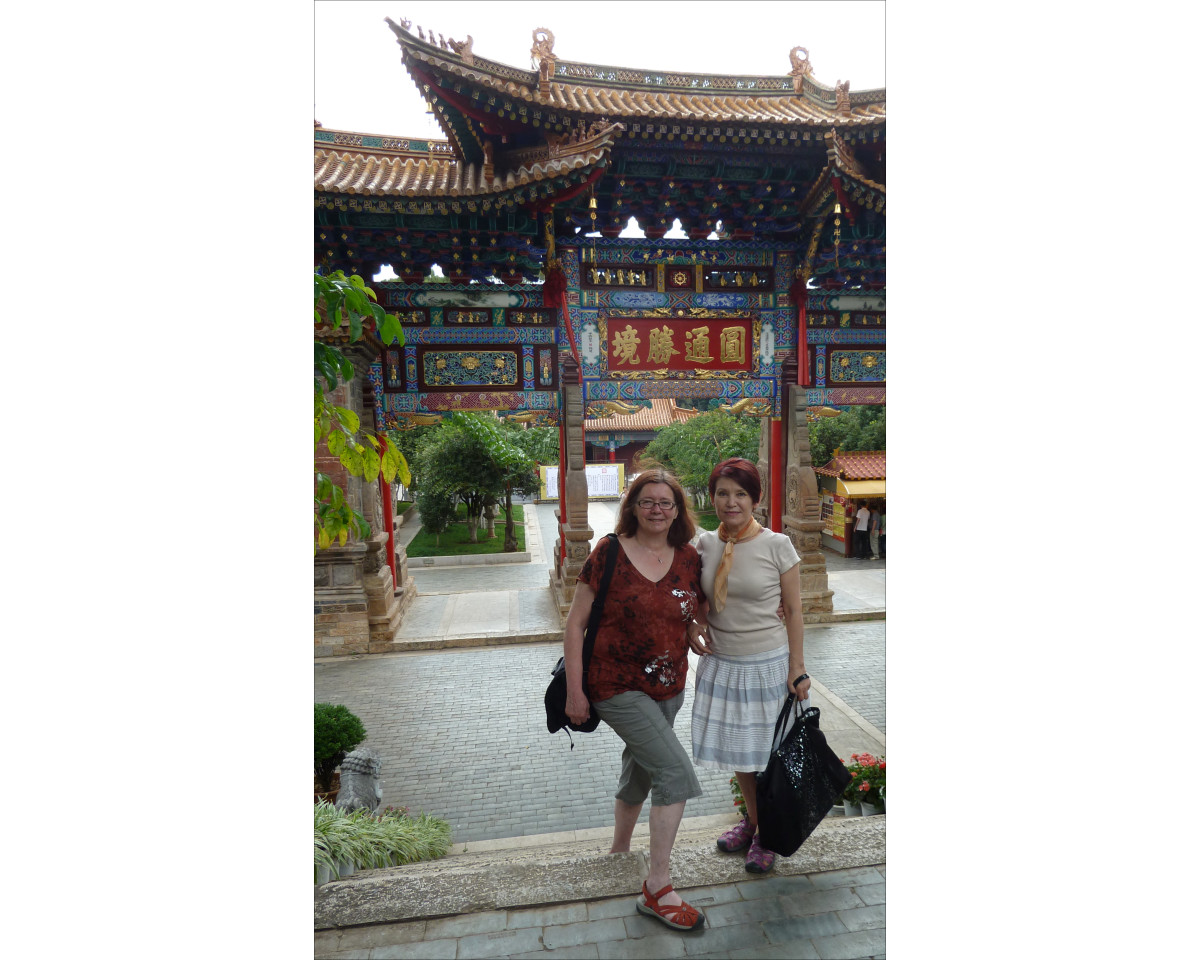
At Yuantong Temple with Irina. She inspired me in many ways. She has mastered Mandarin to an extend I can only dream of and always encouraged her fellow students.
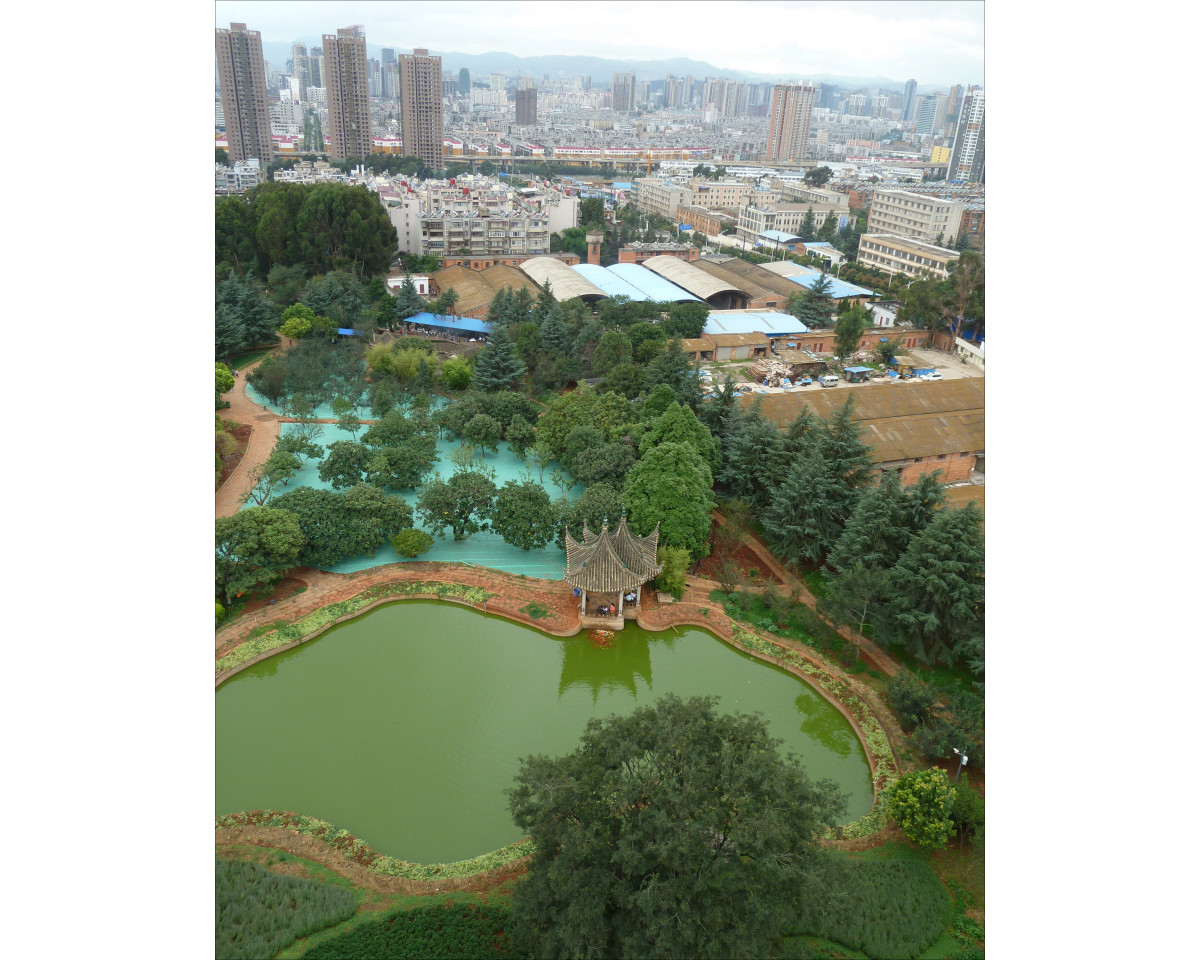
When you are lucky, the pagoda is open. The reward for climbing to the top is this spectacular view.
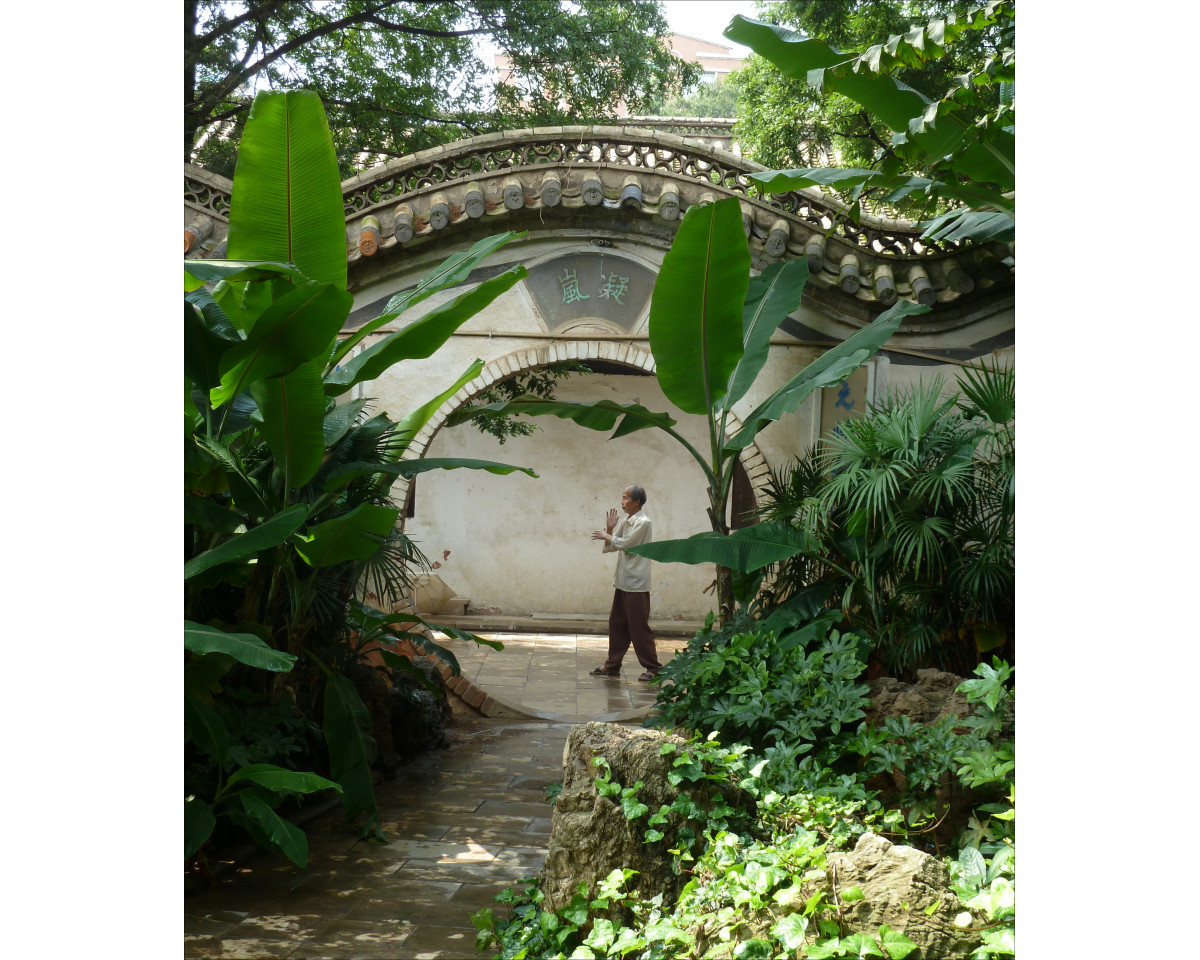
The park has so much offer, it's easy to spend hours wandering around, relaxing, and watching people.
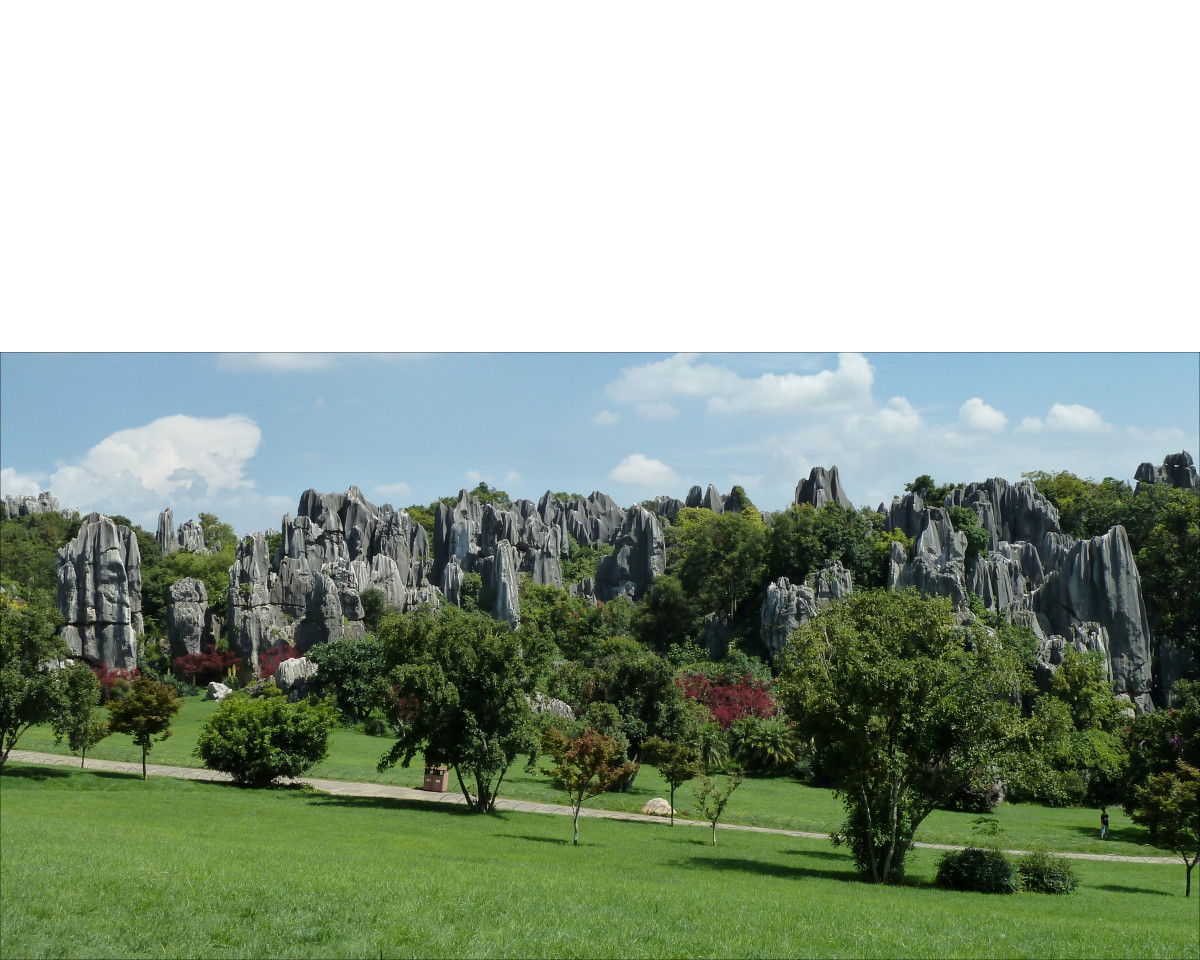
Stone forest (Shilin), about 90 km from Kumning. We only had a day which limited our options to the main park area. We missed the moon-like landscapes, farmland, lakes, rust-red irrigated fields and citrus groves at the back of the park.
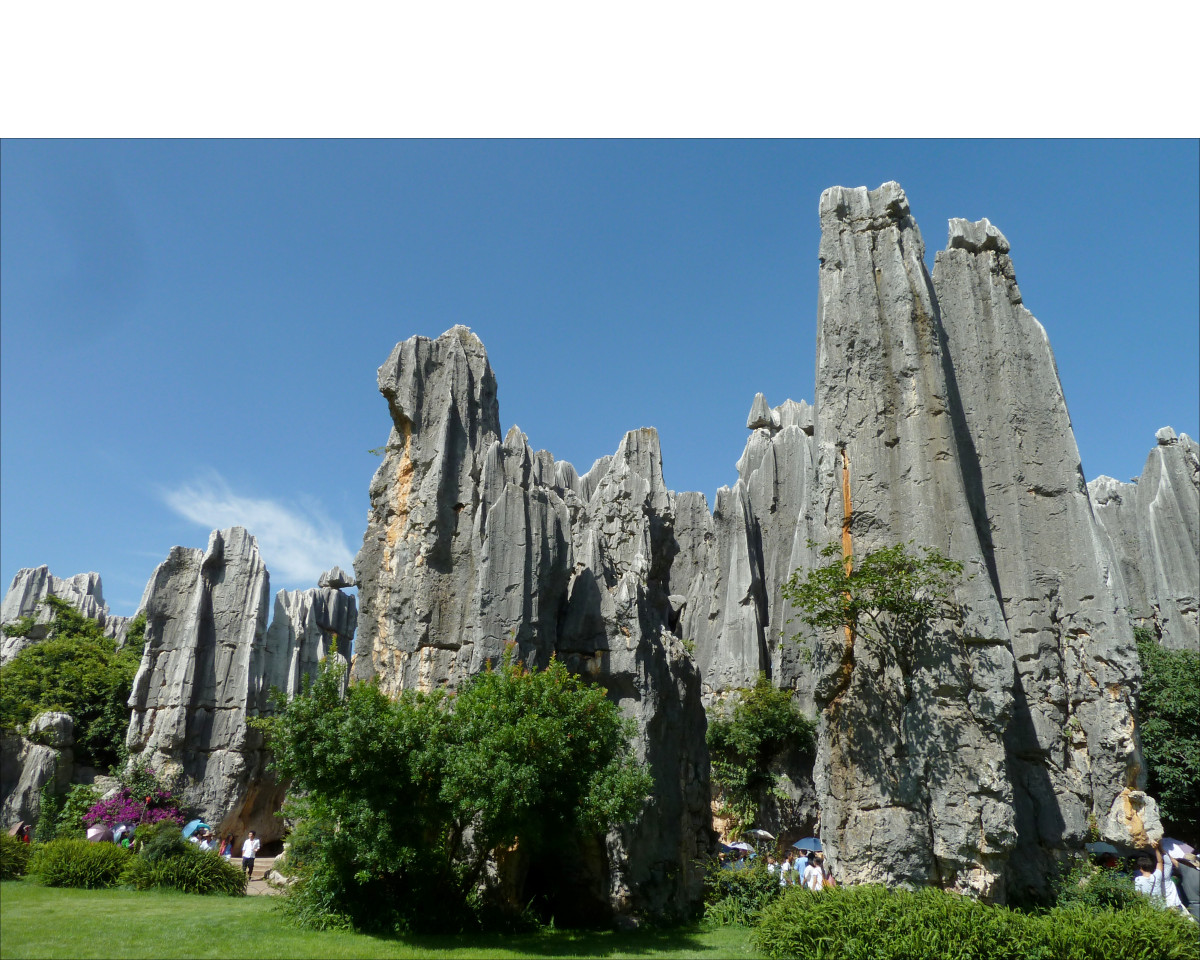
Besides stone forests (Shilin is the best known) there are two more "forests " in Yunnan worth exploring: The Yuanmou Earth Forest (210 km northwest of Kunming) and Luliang Sand Forest (140 km east of Kunming) with a huge sand sculpture theme park. On my list for another time…
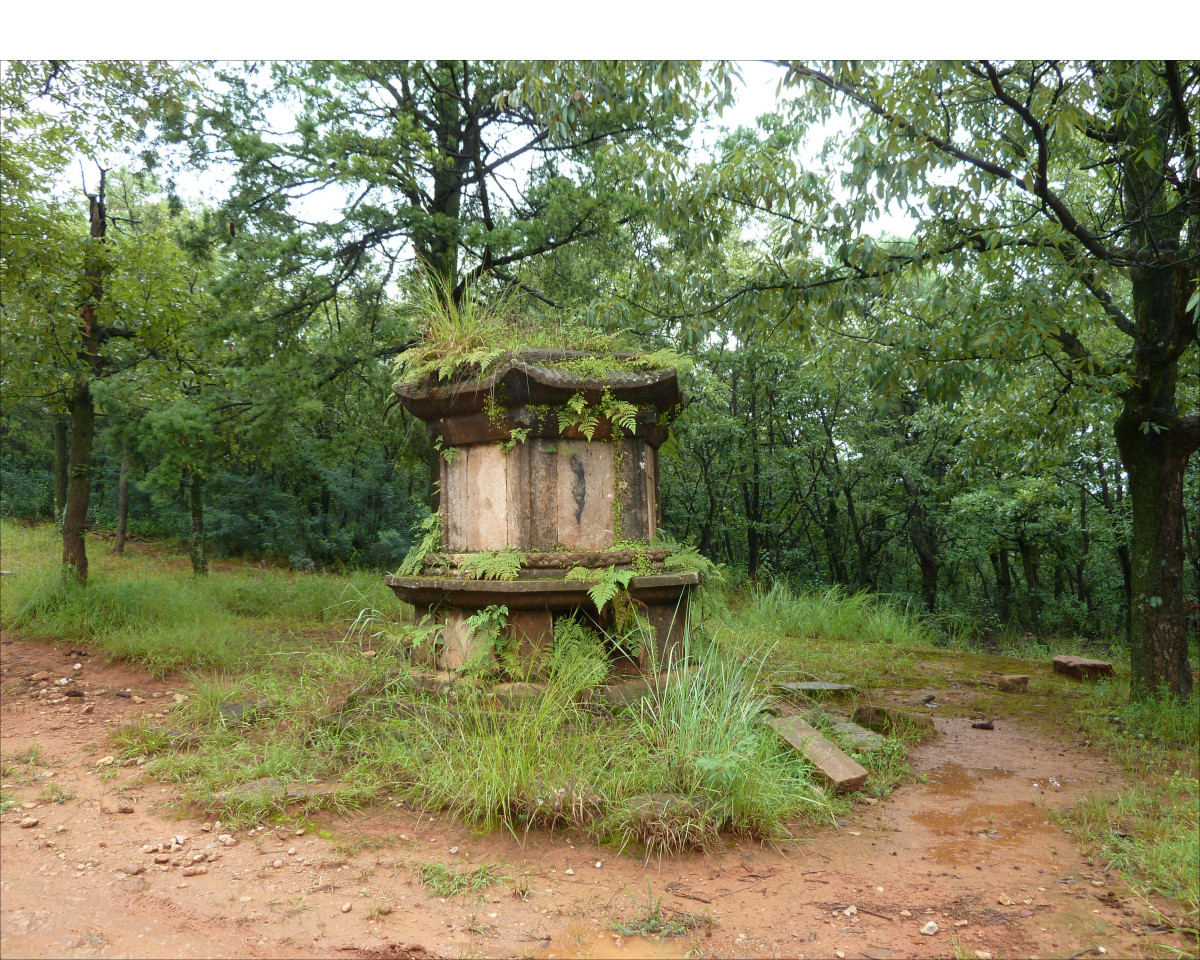
This muddy path at Black Dragon Pool passes a few ancient constructs and tombs. It always surprised me how much wilderness one can find even in or close to cities with millions of citizens. I sometimes walked for hours and still didn't reach the end of the trail.
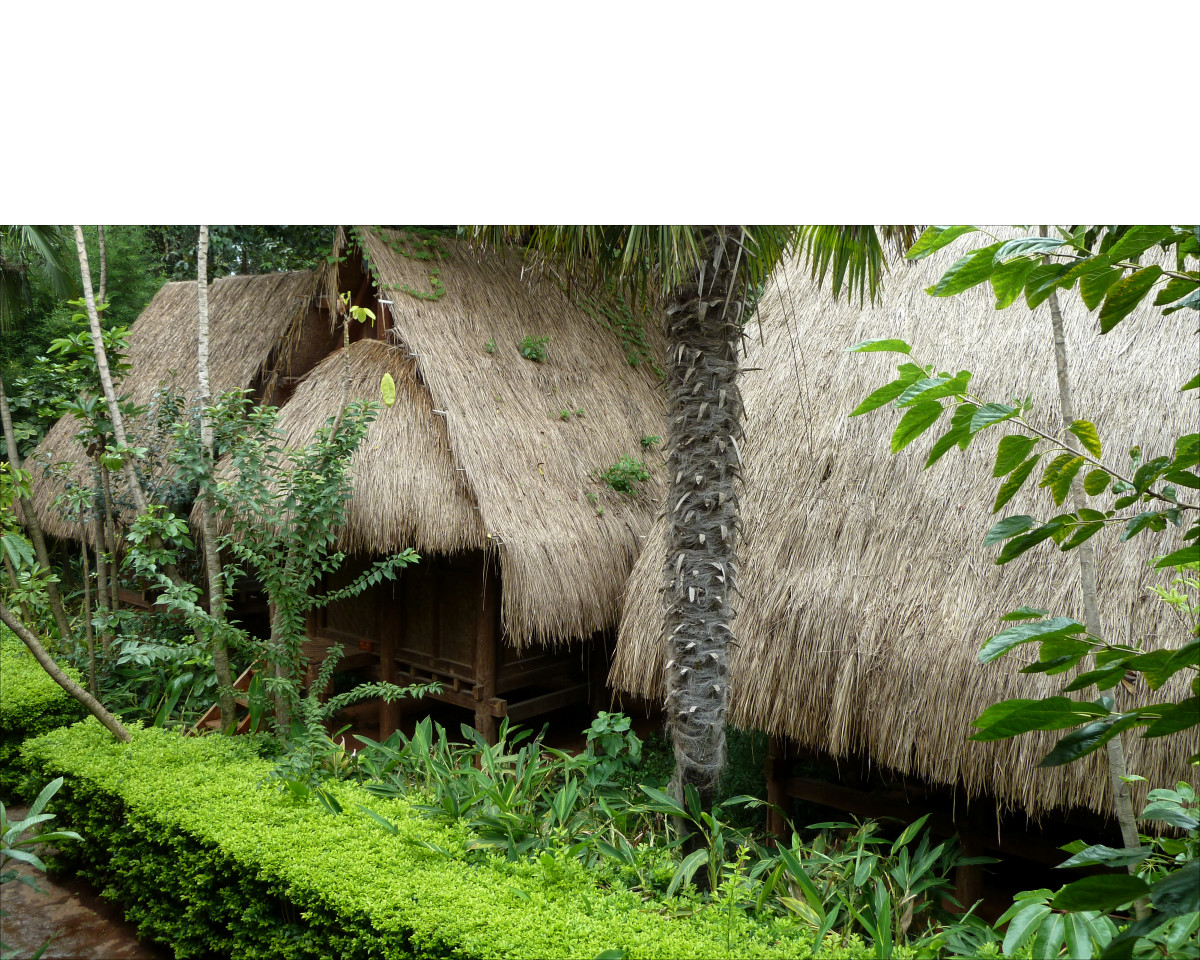
And this is China, too, not Africa! I believe, this part represents the Wa people, a group from the Yunnan/Myanmar region.
I wrote about the Jiuxiang Scenic Area a while ago. As always, the story comes with plenty of pictures:

We took the bus to Dali and had no problem finding our accommodation just a few steps away from Dali Old Town. What a treat to stay in such a beautiful building for just $32 (CAD) per night.
And luck struck twice! Without knowing, we had arrived on the day of the torch festival (火把节 huǒ bǎ jié). Everywhere in the old town stood torches -piles built with dry wooden sticks- waiting to be lit. The torches are between one and four meters high and are sold with bags of pine resin. Thrown on a burning torch, the resin creates a fireball effect. Raise such an idea with our fire departments on Vancouver Island!
The next morning, we set out to explore old Dali by foot. We then spent most of our last day on Cangshan, a mountain range with several peaks taller than 3,500 m, and wandered through the mostly deserted ancient town at the foot of the mountain.
Visited: Dali Old Town – Torch Festival – Cangshan (3 nights)
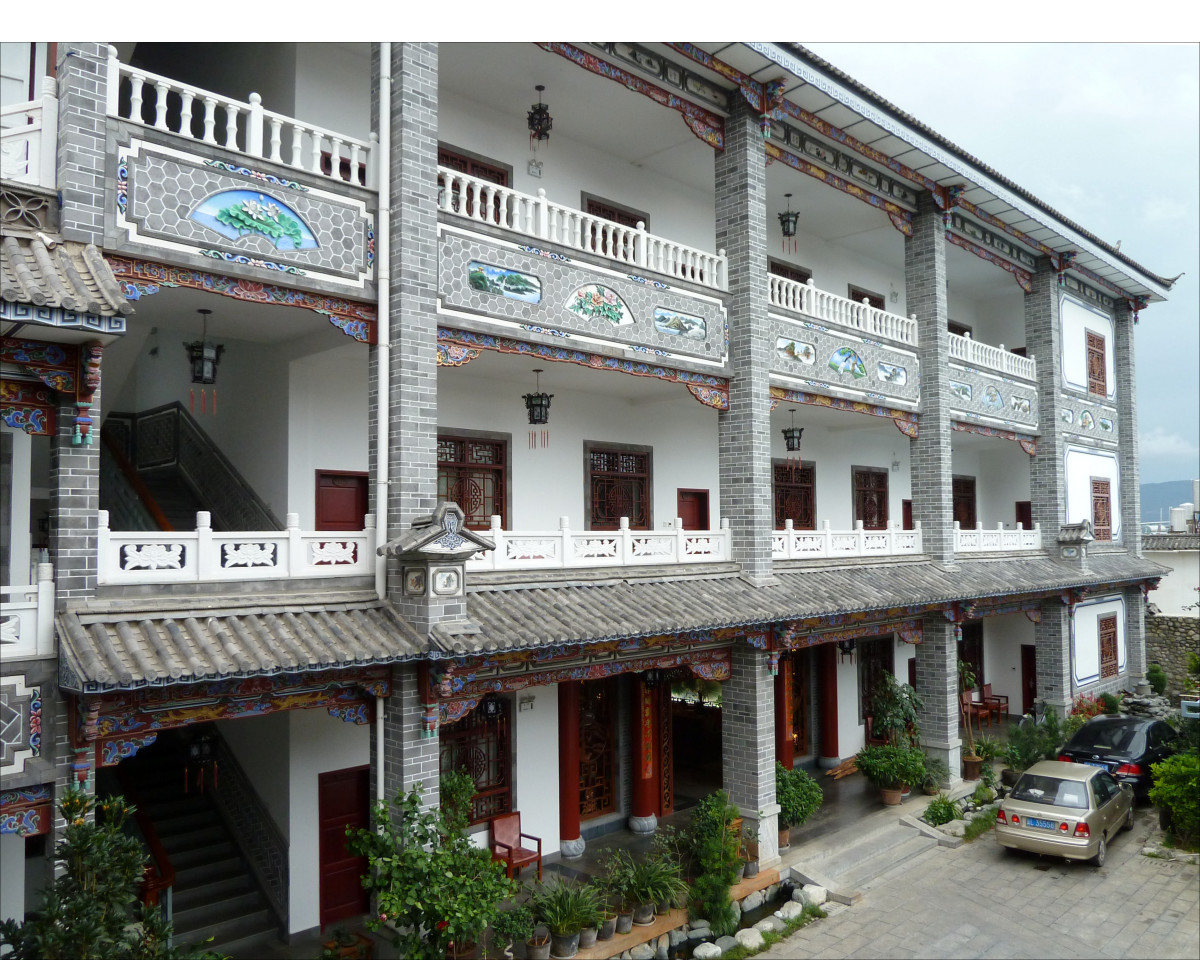
Yinfeng Hotel in Dali.
Most of the rooms had no window which surprised me a little back then. Later, I stayed at other windowless guestrooms.
Sometimes the view just wouldn't be appealing. Sometimes a dusty road would only cover the windows with a grimy layer and
make it harder to keep rooms clean. So, innkeepers simply use the original window opening as an artwork frame.
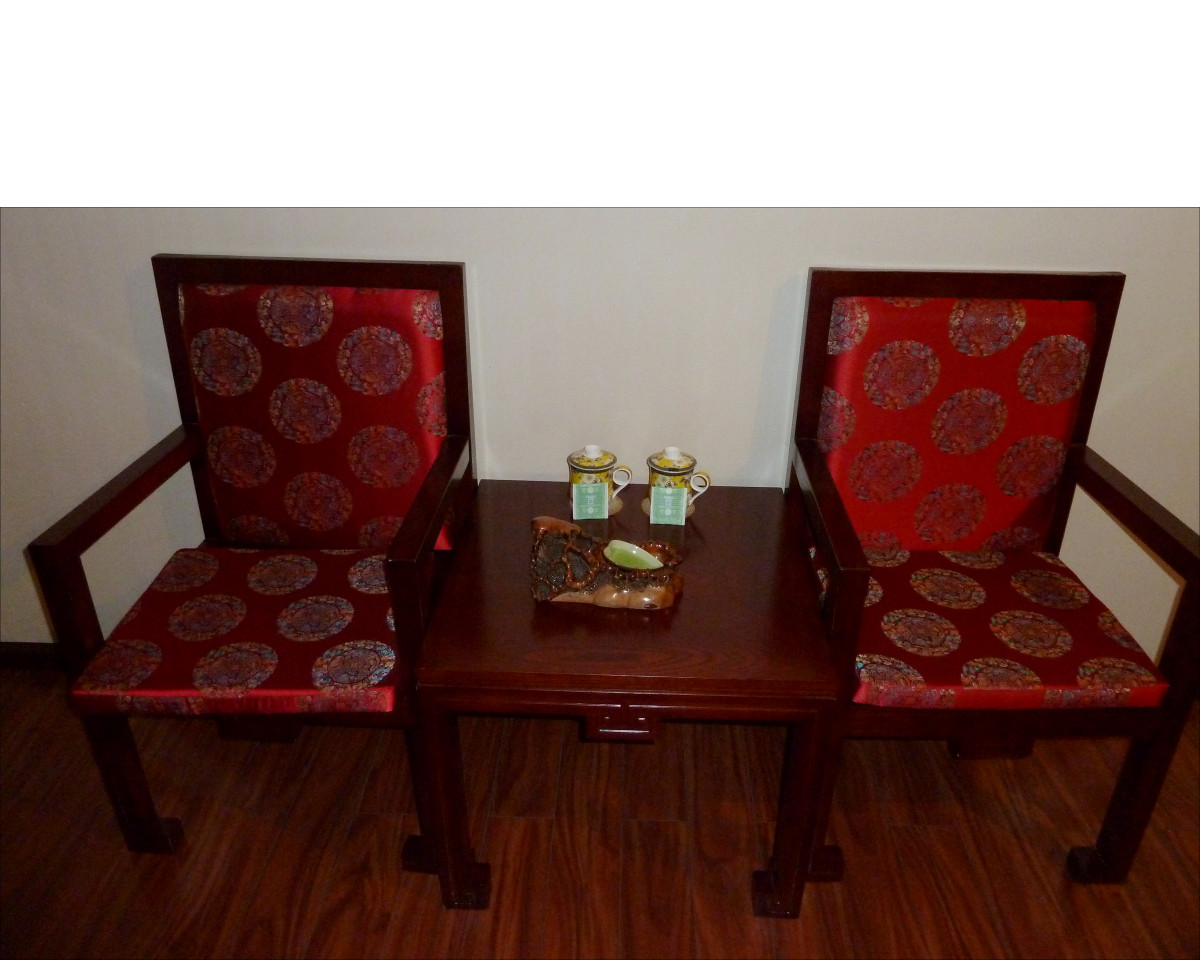
The rooms were just as beautiful as the outside. But without daylight and only a basic camera it's almost impossible to get a decent room picture.
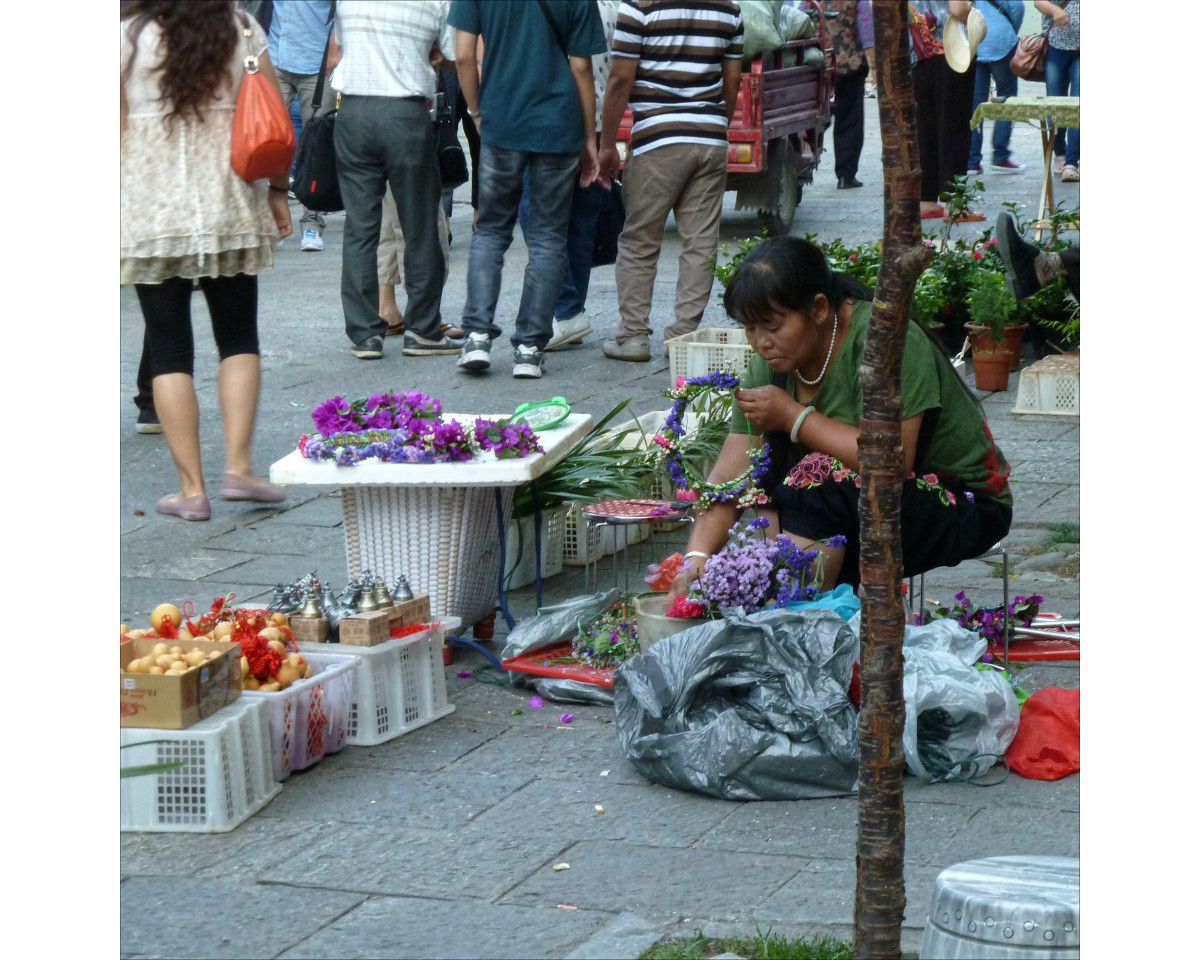
She was making the beautiful floral wreaths that mostly girls and young women wore for the torch festival. You can see three of them in the next picture on the left.
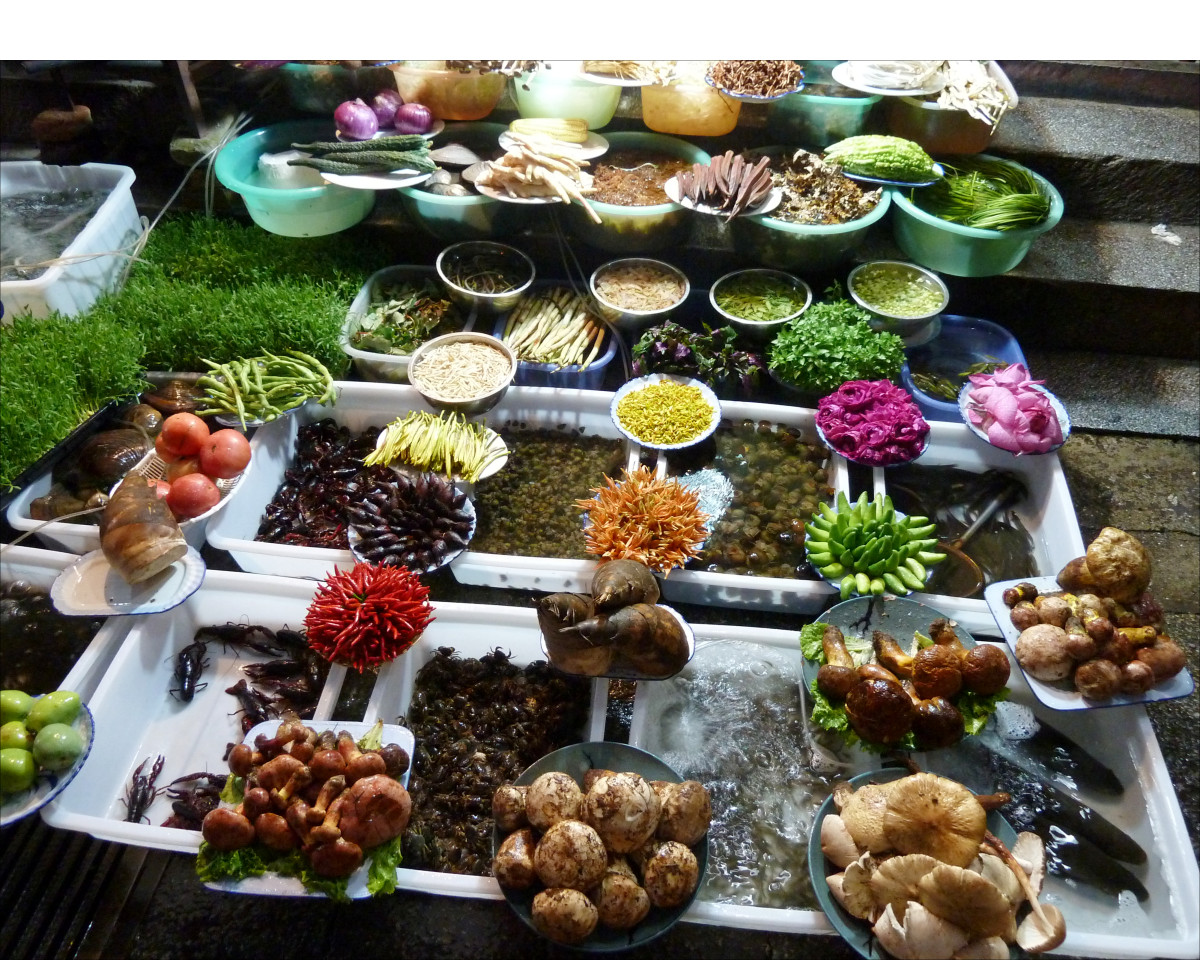
Restaurants in Dali display the ingredients for their meals artfully right at the entrance – very enticing!
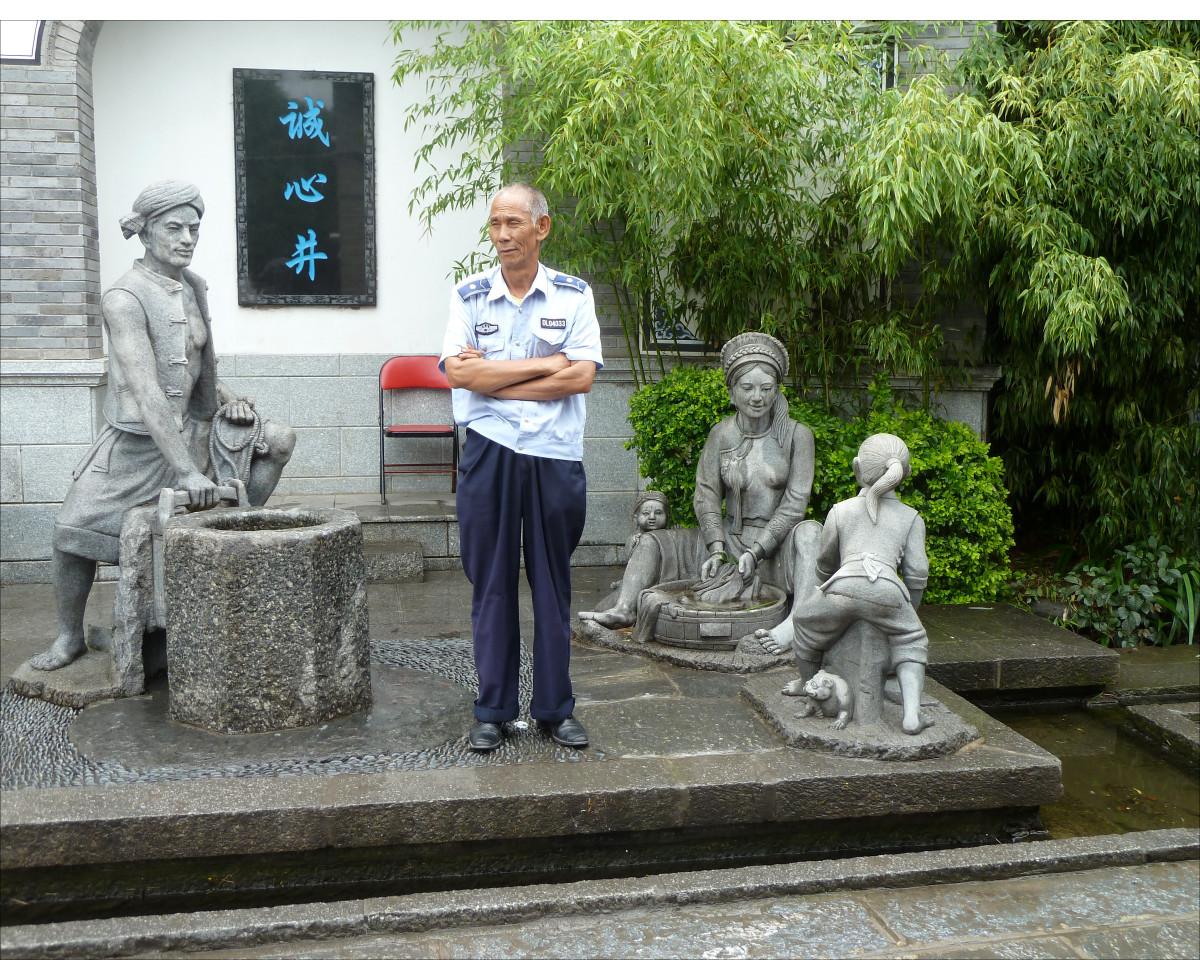
I waited quite a while, but he didn't go away. So, I assumed he wanted to be part of my picture and I'm happy with that!
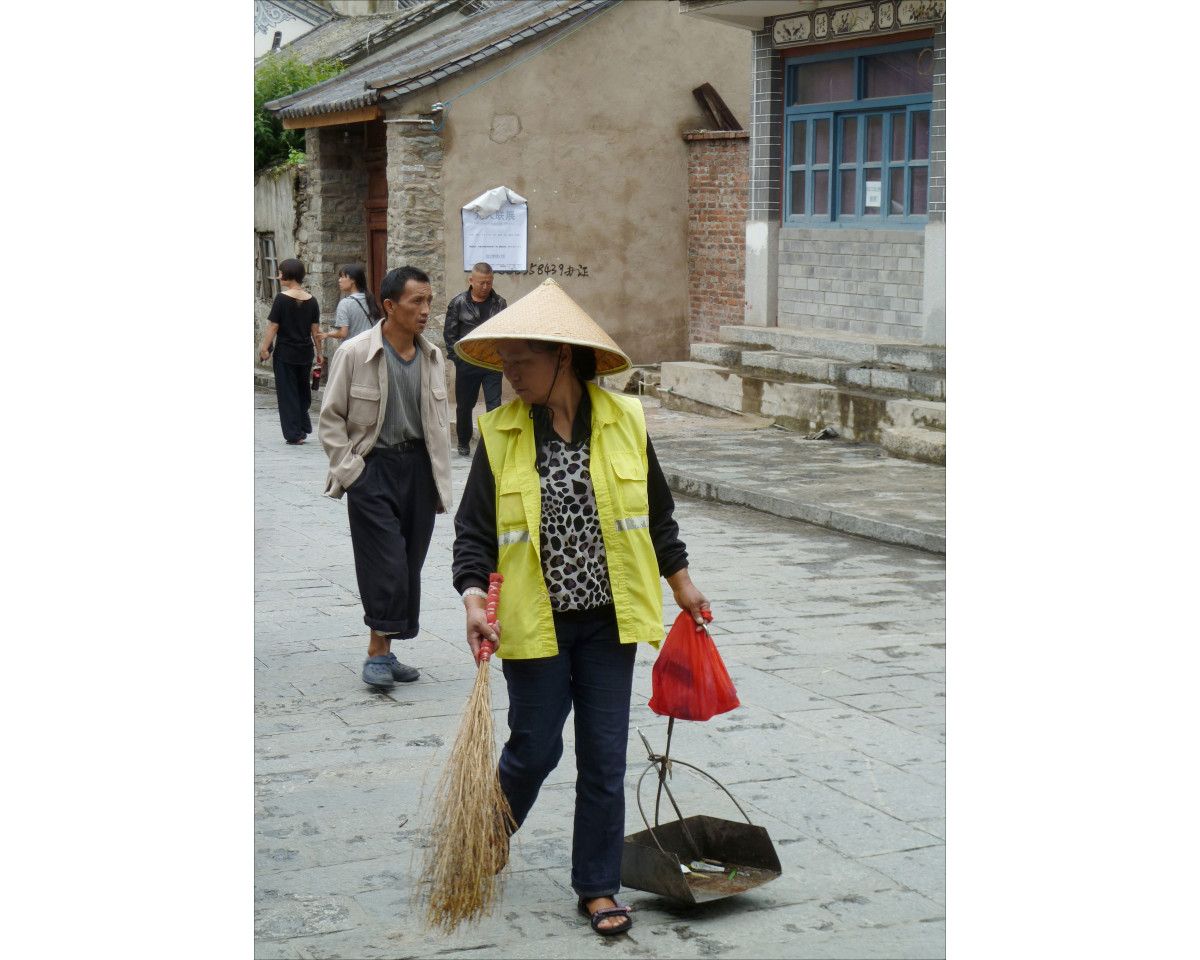
I could publish a blog article solely dedicated to brooms and cleaners. Fascinating, how many different shapes, sizes, and colors one can spot.
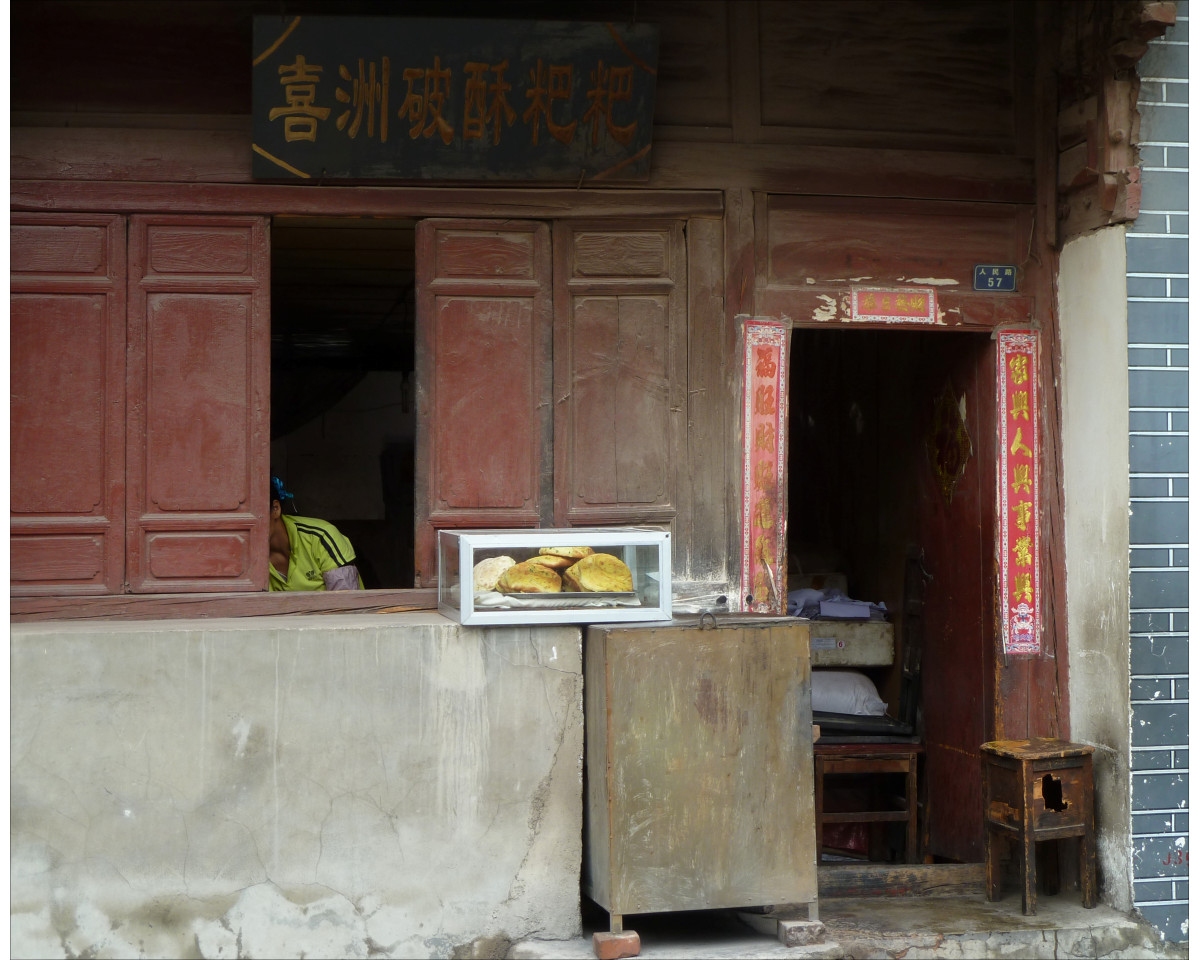
Hole in the wall. The more obscure the stronger the draw to find out what exactly they are offering. You might just get a very tasty treat for a few dimes.
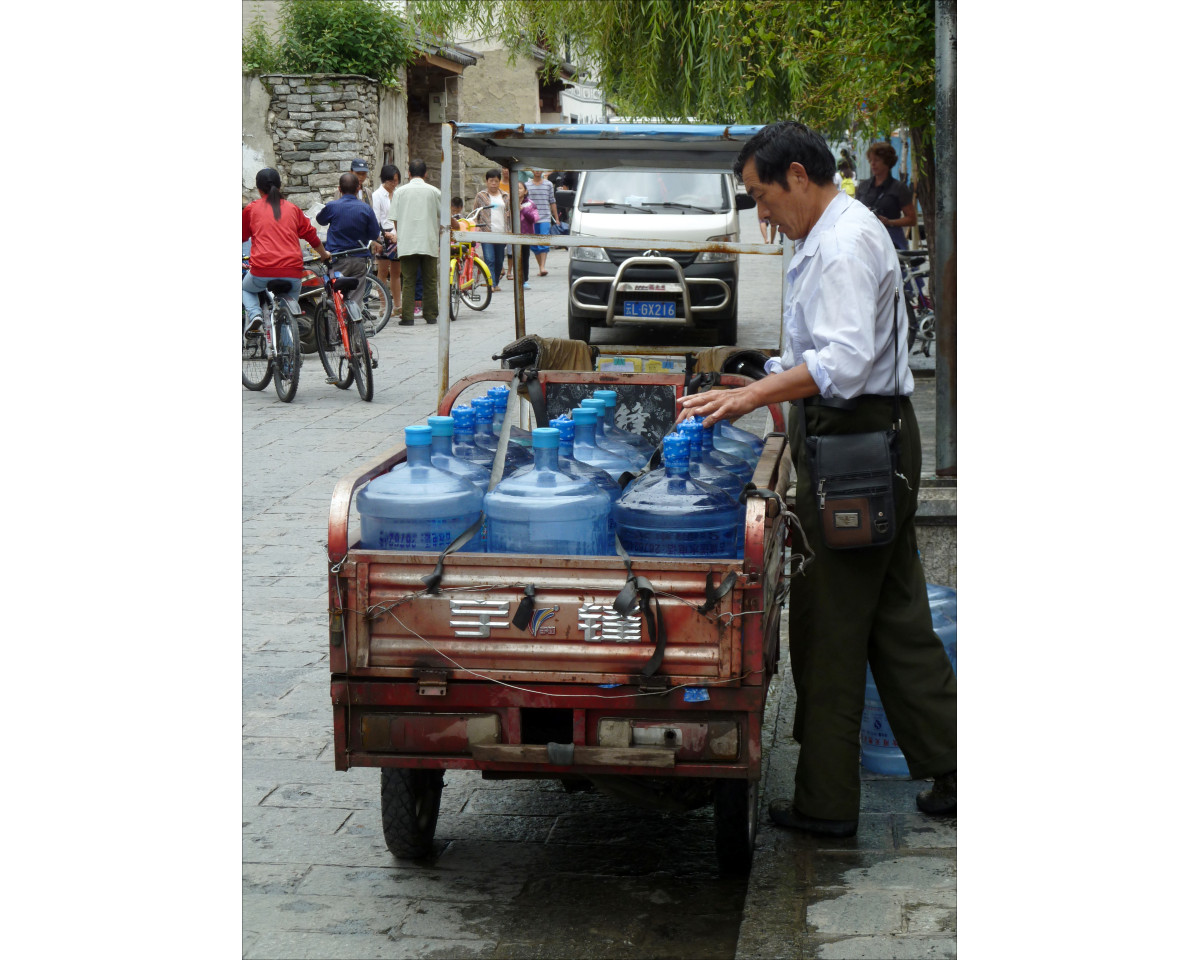
Most of the time, tap water looks just as clear as ours in Canada, but it is not meant for drinking. Depending on the local quality, sometimes it's fine if boiled properly. But even then, most people prefer the bottled water. The dispensers the jugs usually sit on are seldom coolers, but often water heaters.
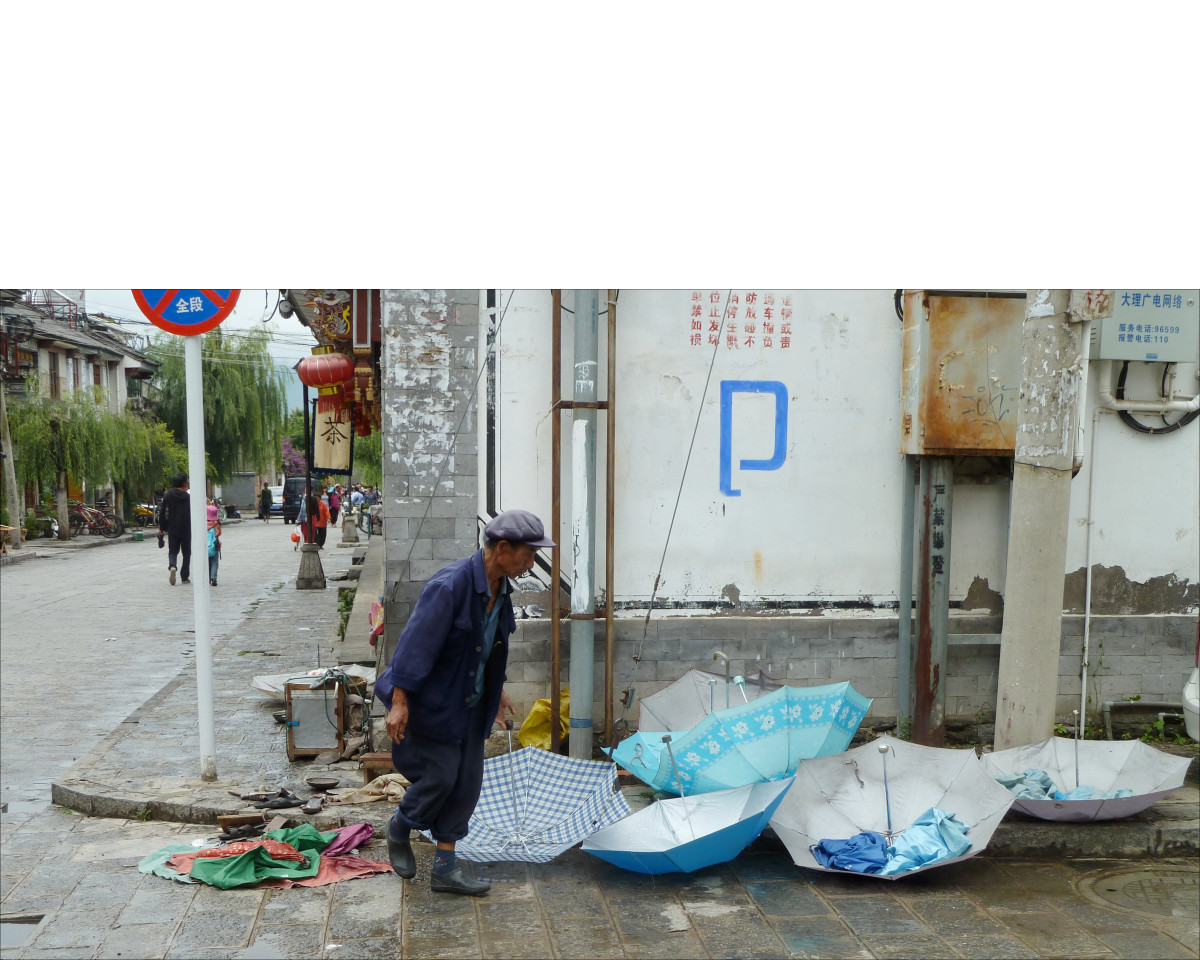
Recycling and reusing are big in China. Of course, that umbrella can be repaired – just ask him!
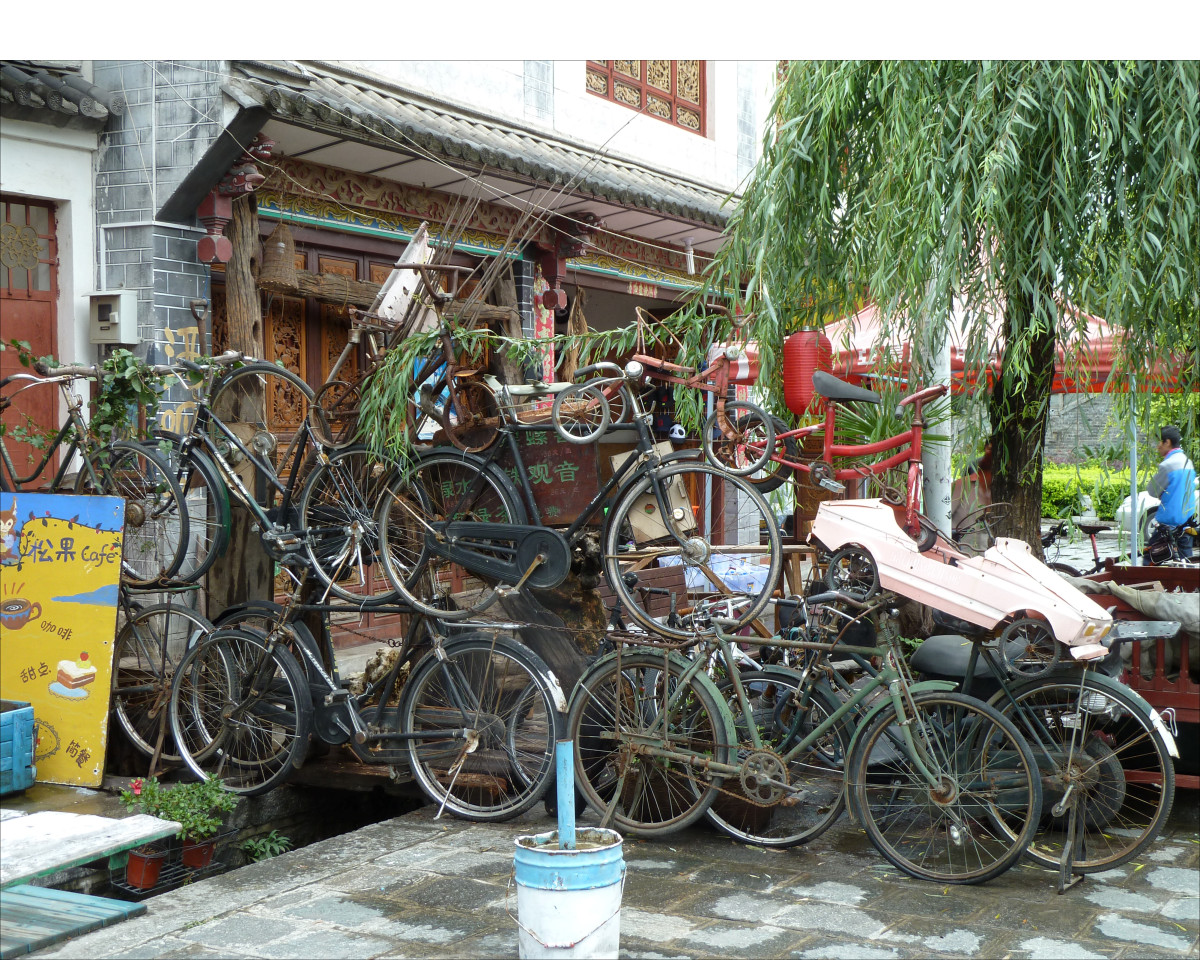
Gotta display your wares… There was a time when everybody had their own. And then came the bike sharing frenzy a few years later. Then they weren't stacked up next to a store anymore but piled up in the most unusual places waiting for pick-up by the rental company.
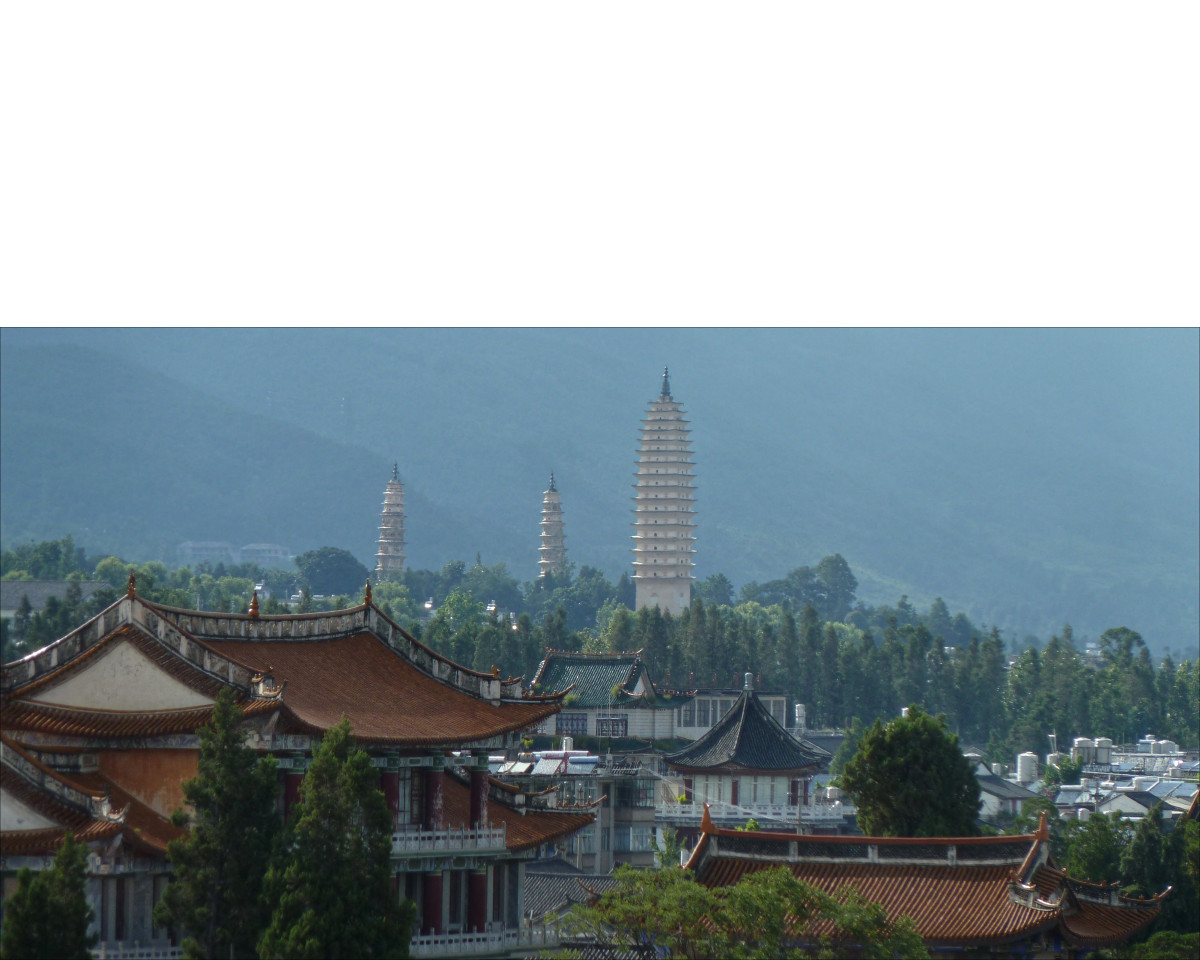
We run out of time and only saw the famous Three Pagodas from the distance. They form a symmetric triangle and were build over 1000 years ago. One has a slight foundation problem. You could call it the "Leaning Pagoda of Dali".
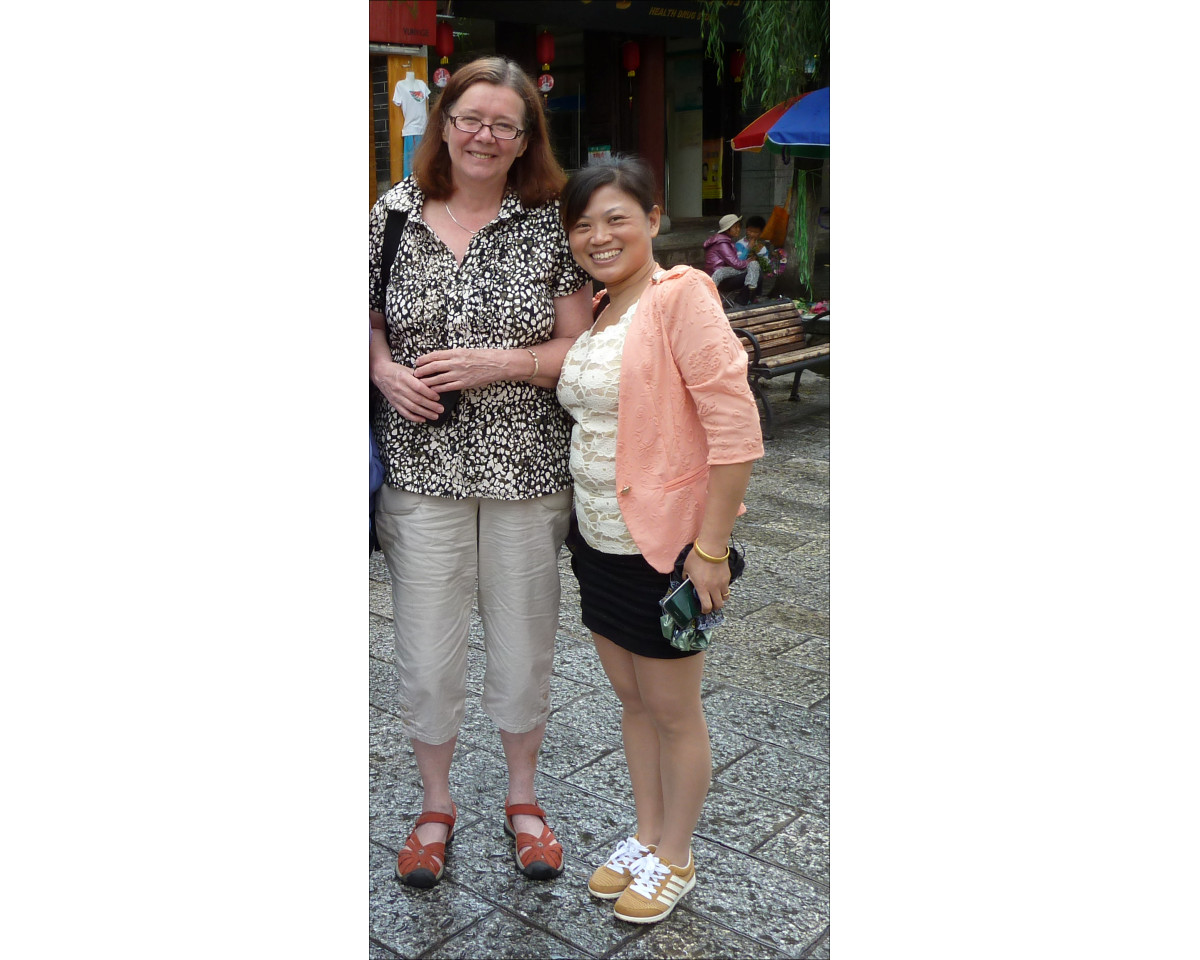
In some places, foreigners are still quite an attraction. She asked for a picture and I happily obliged.
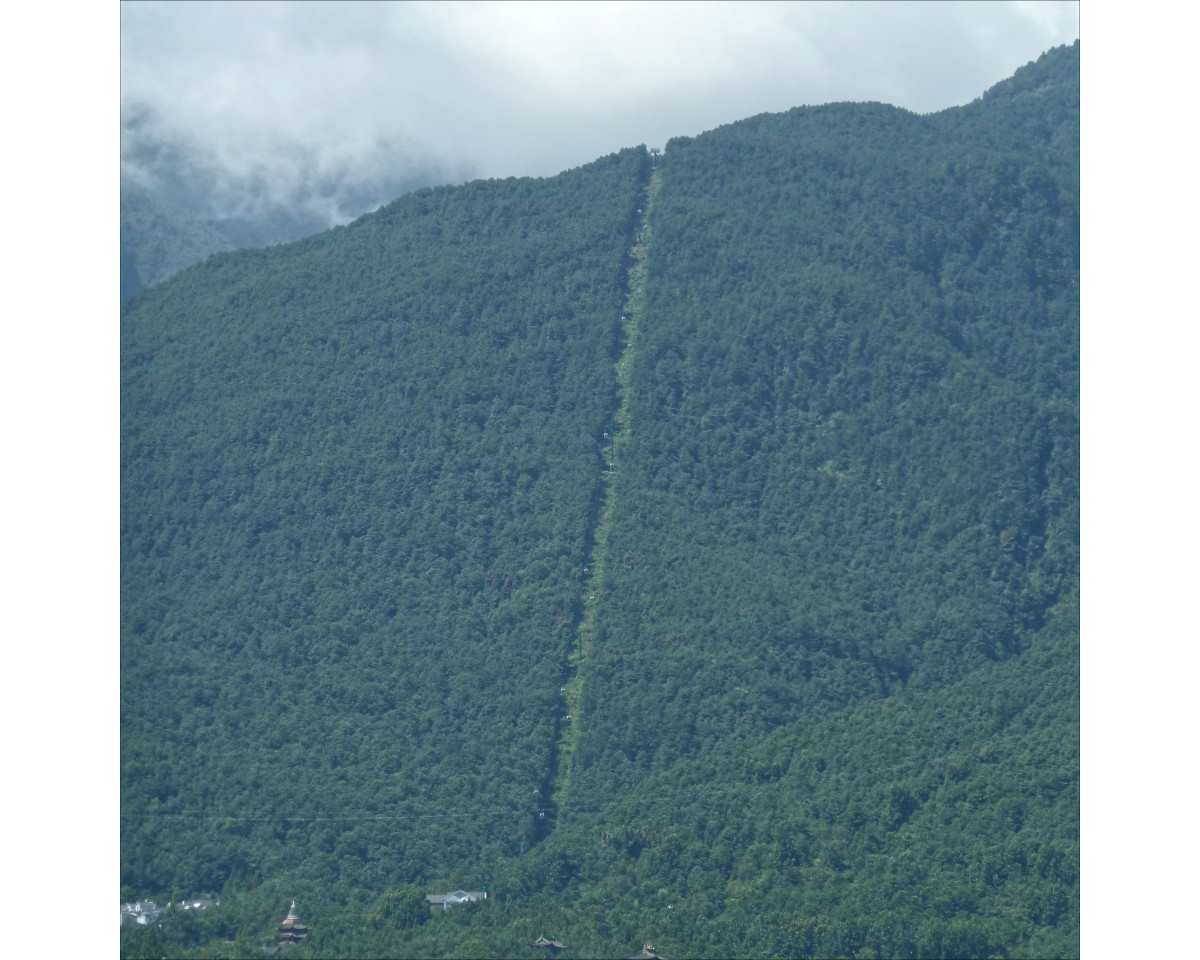
A scenic cable car ride up to the Cangshan mountain range awaited us the next day. It was a bit of an adventure to get a ride to the cable car station. I found their asking price ridiculously high until I finally understood that it included the ride plus entrance fee and lift ticket. More diligent language studies required - jiayou (加油jiā yóu)!
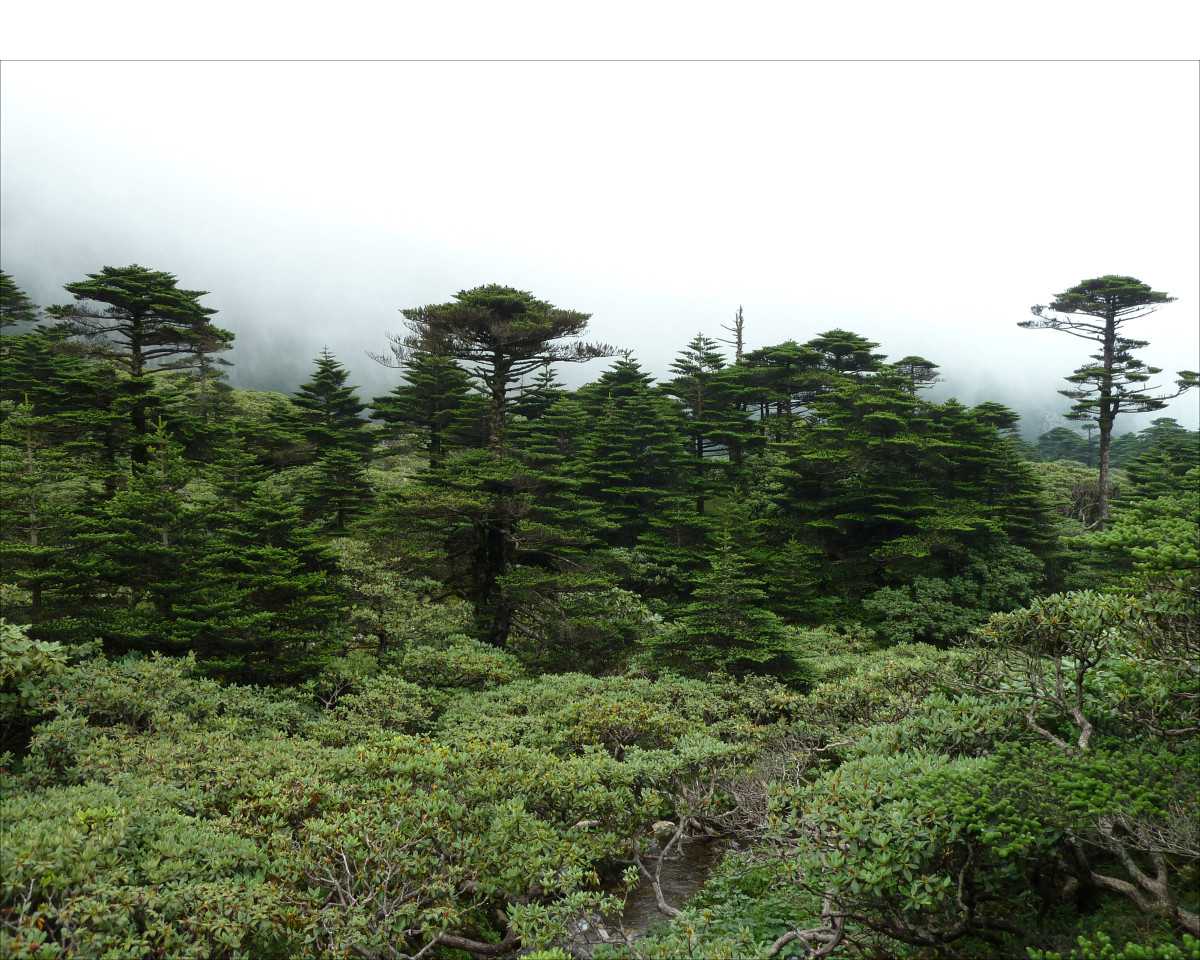
The fog eventually lifted, and we were treated to enchanting scenery and blue skies. Although we missed the best travel time in spring when azaleas, camellias, and rhododendrons are in full bloom on the mountain.
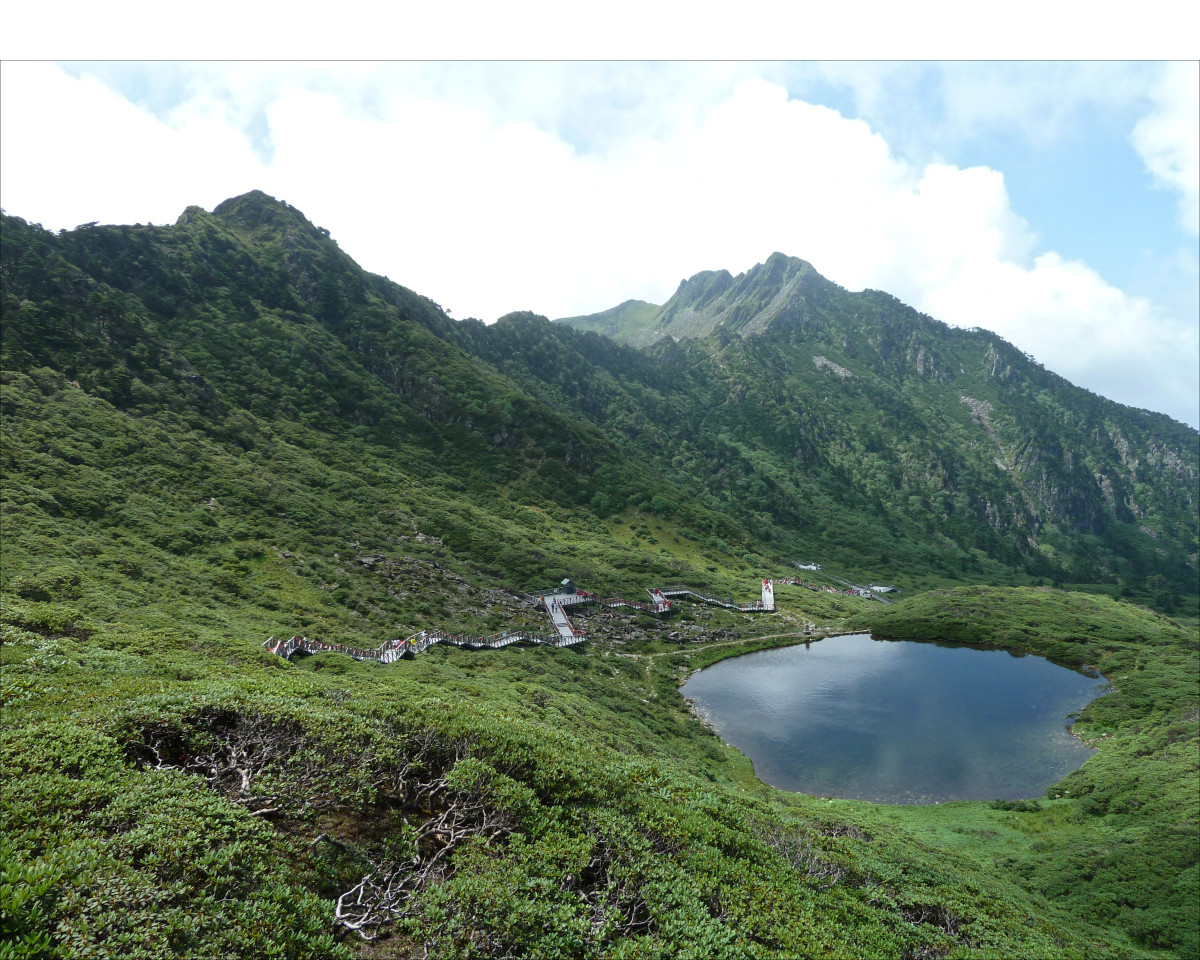
Ximatan (Xima Pool) is a pristine alpine lake. While we usually hike up steep trails in BC, in China you often ascend by climbing stairs instead.
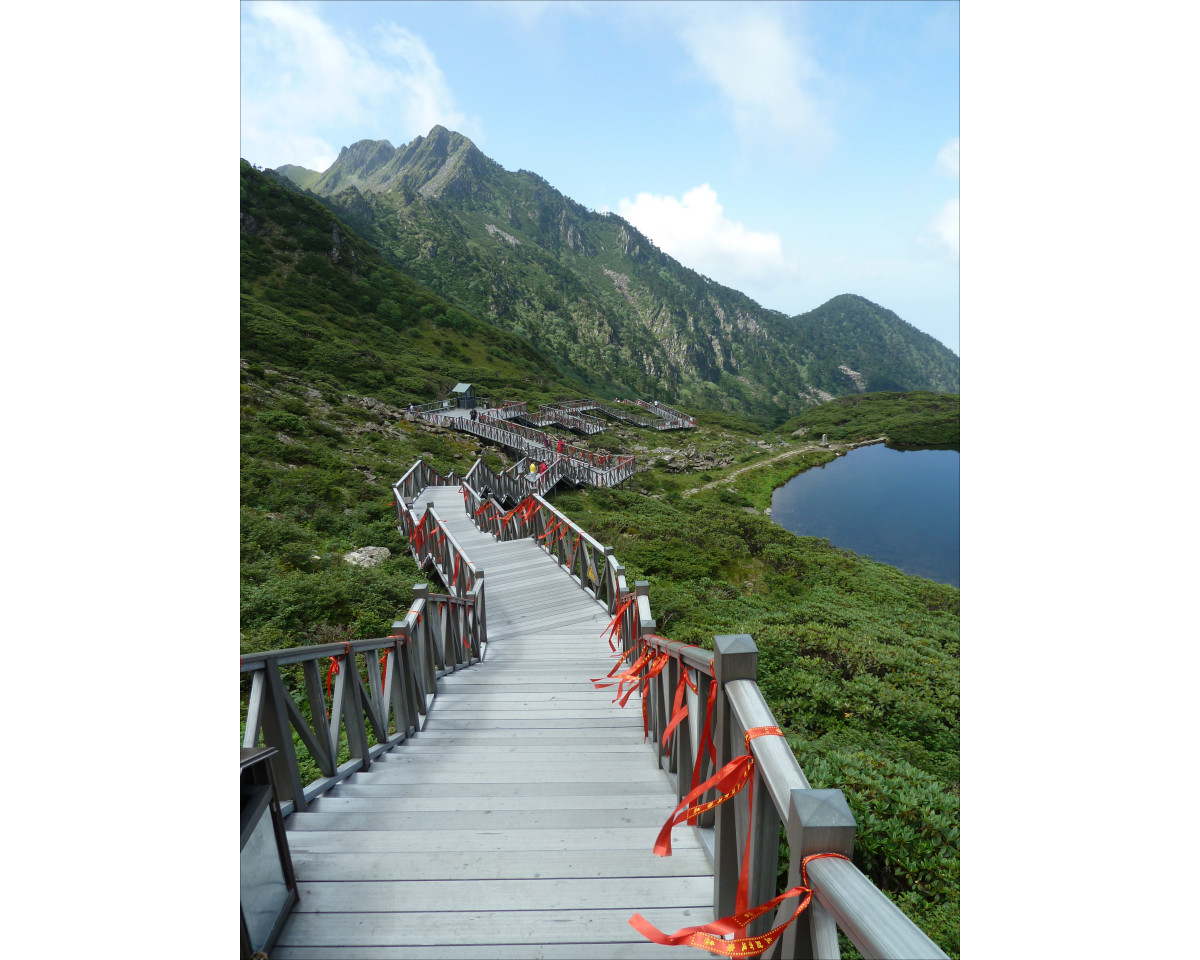
These boardwalks provide a save way for walkers of all ages, abilities, and footwear preferences. No need to leave your high heels behind! At the same time, they protect the sensitive ecosystem of the mountain.
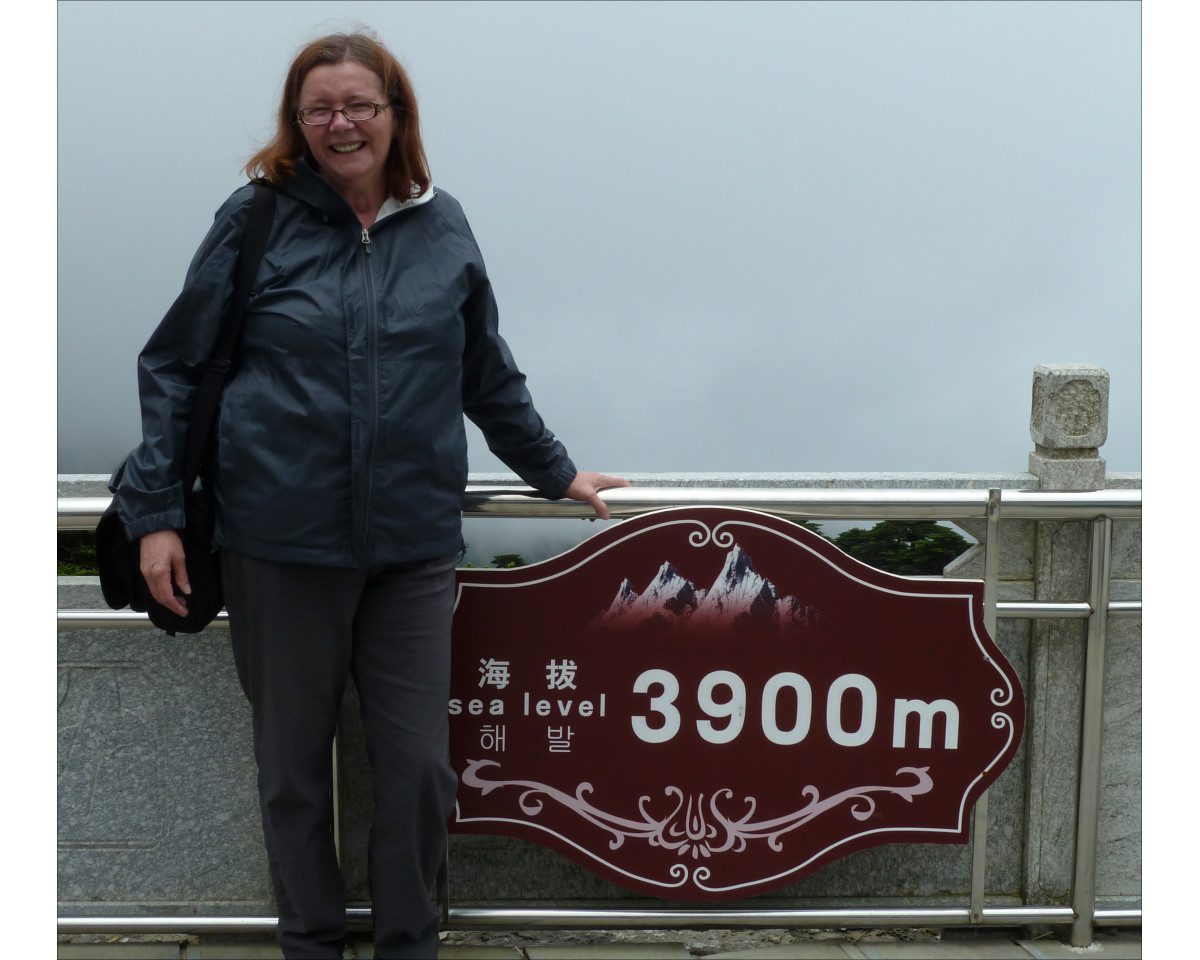
I made it! Just like everybody else. No need to get a bottle of oxygen available for purchase on the mountain. Although I saw the occasional tourist bringing one along.

It's easy to get lost in the labyrinth of cobblestone lanes, streams, and bridges in old Lijiang. Purists often lament that the old town is too touristy, most buildings aren't ancient, and many of the newer replicas aren't following traditional Naxi style. While this is all true, we didn't mind. What sets Lijiang apart from many other "ancient towns" are the sheer size and a balanced mix of unique small shops, guest houses, and restaurants. Many of the products were hand-made right at the store that was selling them. Cars or taxis are not allowed inside.
Except for its ideal location right in the heart of the old town, we weren't impressed with the guesthouse and moved to another one nearby for our last night. Whenever I intend to stay longer in one place, I only book a room for the first two or three nights. If I like it, I'll extend. Occasionally I moved, because I wasn't happy with cleanliness, ongoing construction in the building, or lack of proper registration. This approach has worked very well for me.
Visited: Lijiang Old Town – Yufeng Temple - Lion Hill - Wangu Tower - Yuhe Square - Black Dragon Pool (3 nights)
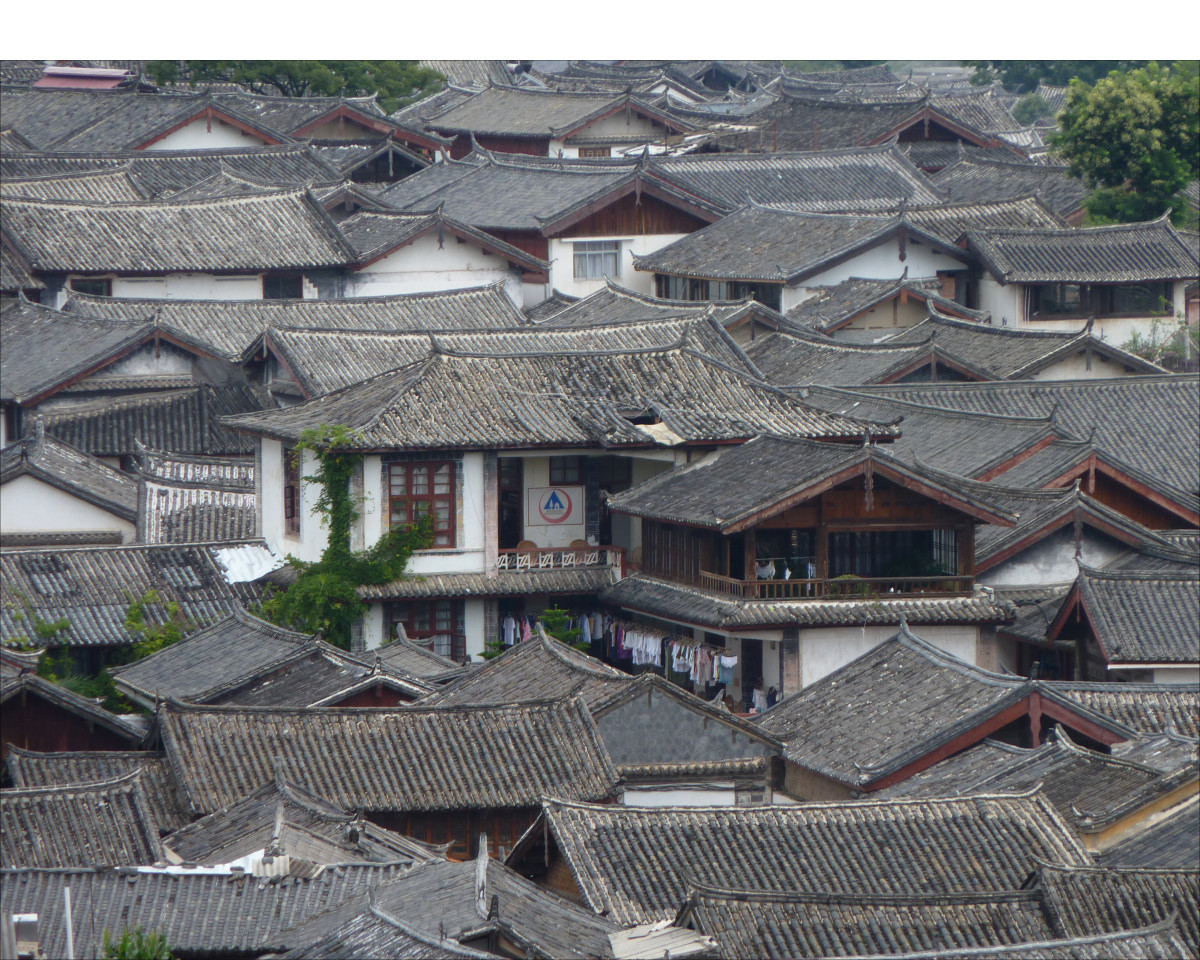
Seen from above the 1.45 km2 (360 acre) old town is just a sea of roofs. From this angle, the hostel really stands out.
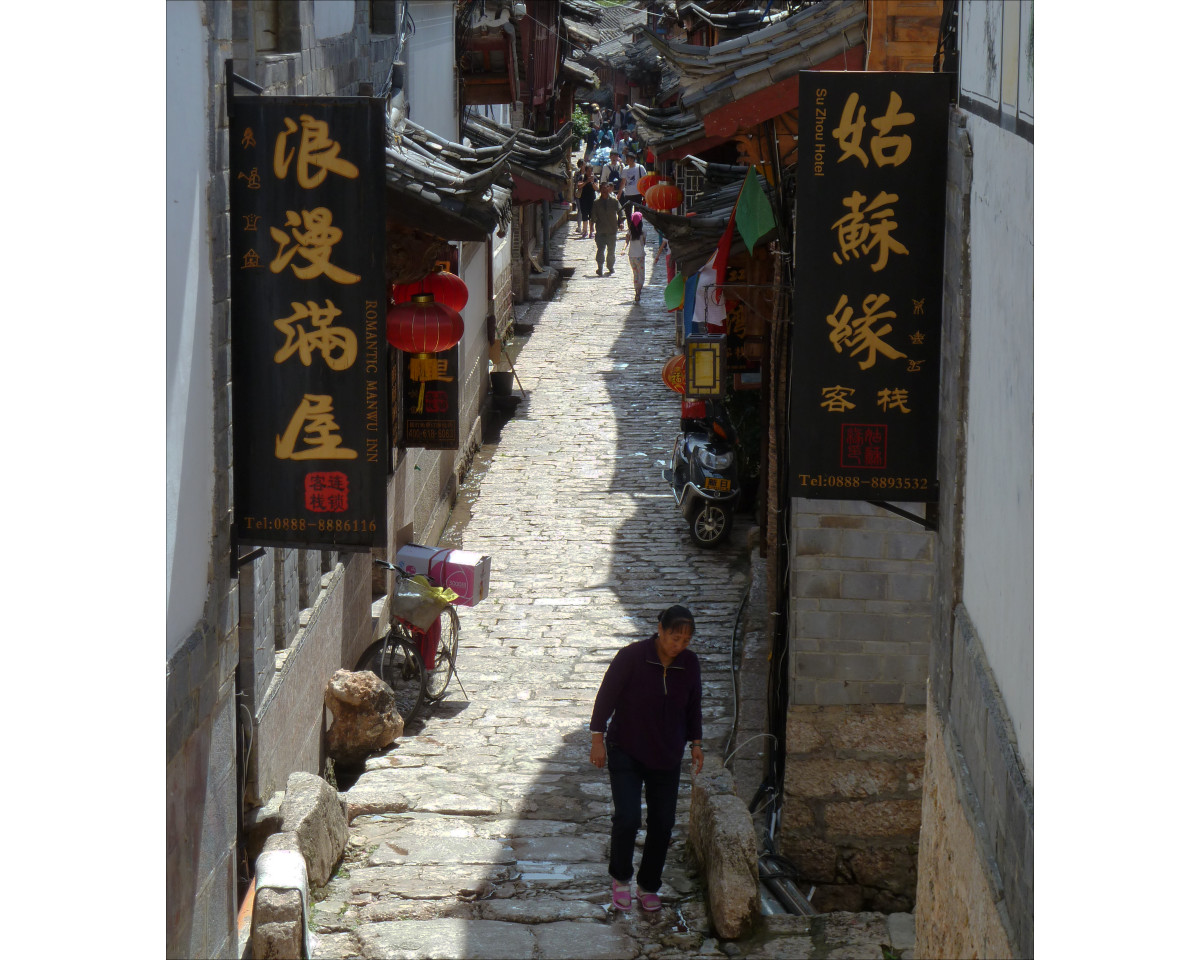
One of the typical narrow cobblestone lanes with shops, restaurants, and guesthouses on both sides.
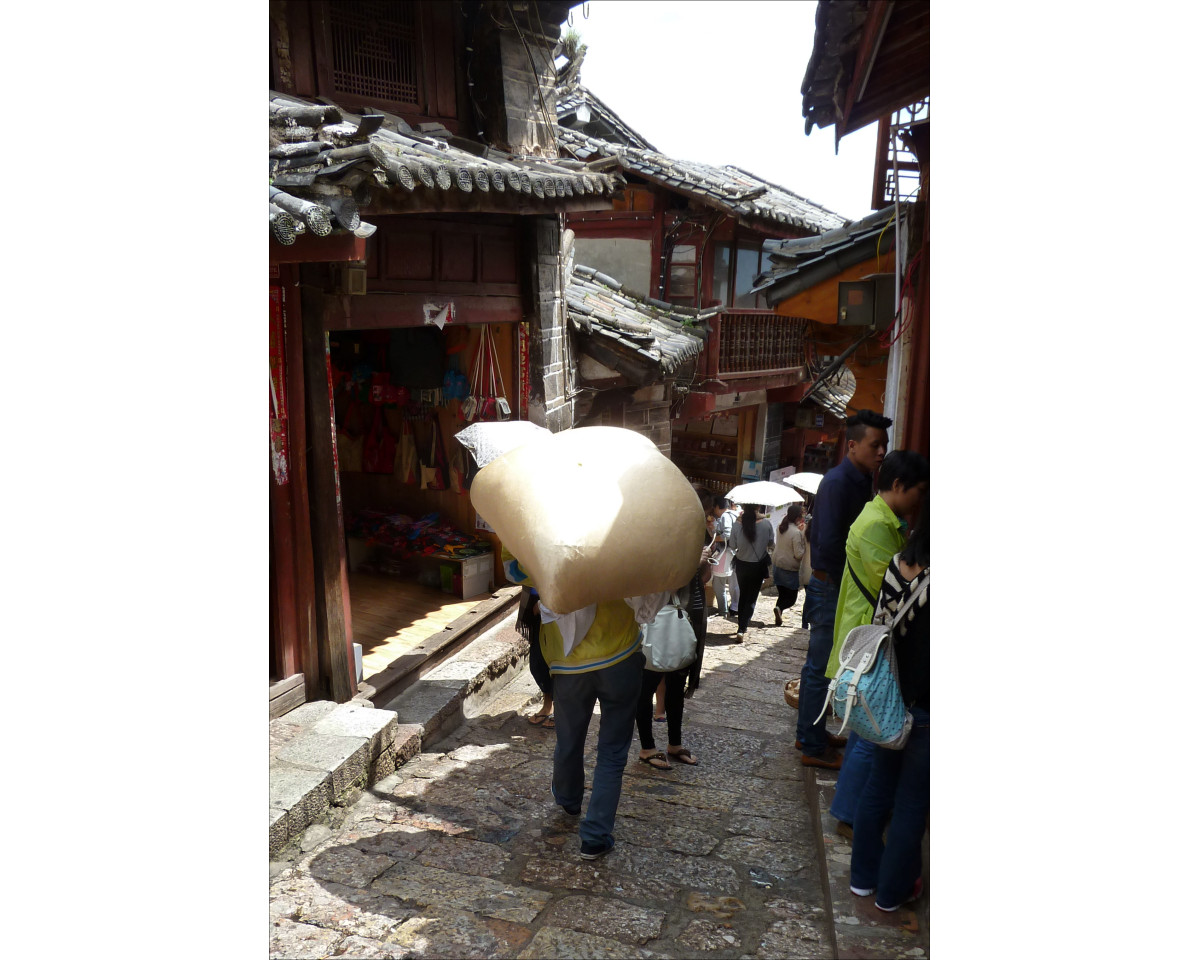
Delivering goods for the residents and millions of tourists (14 million in 2018) still depends largely on manual labor.
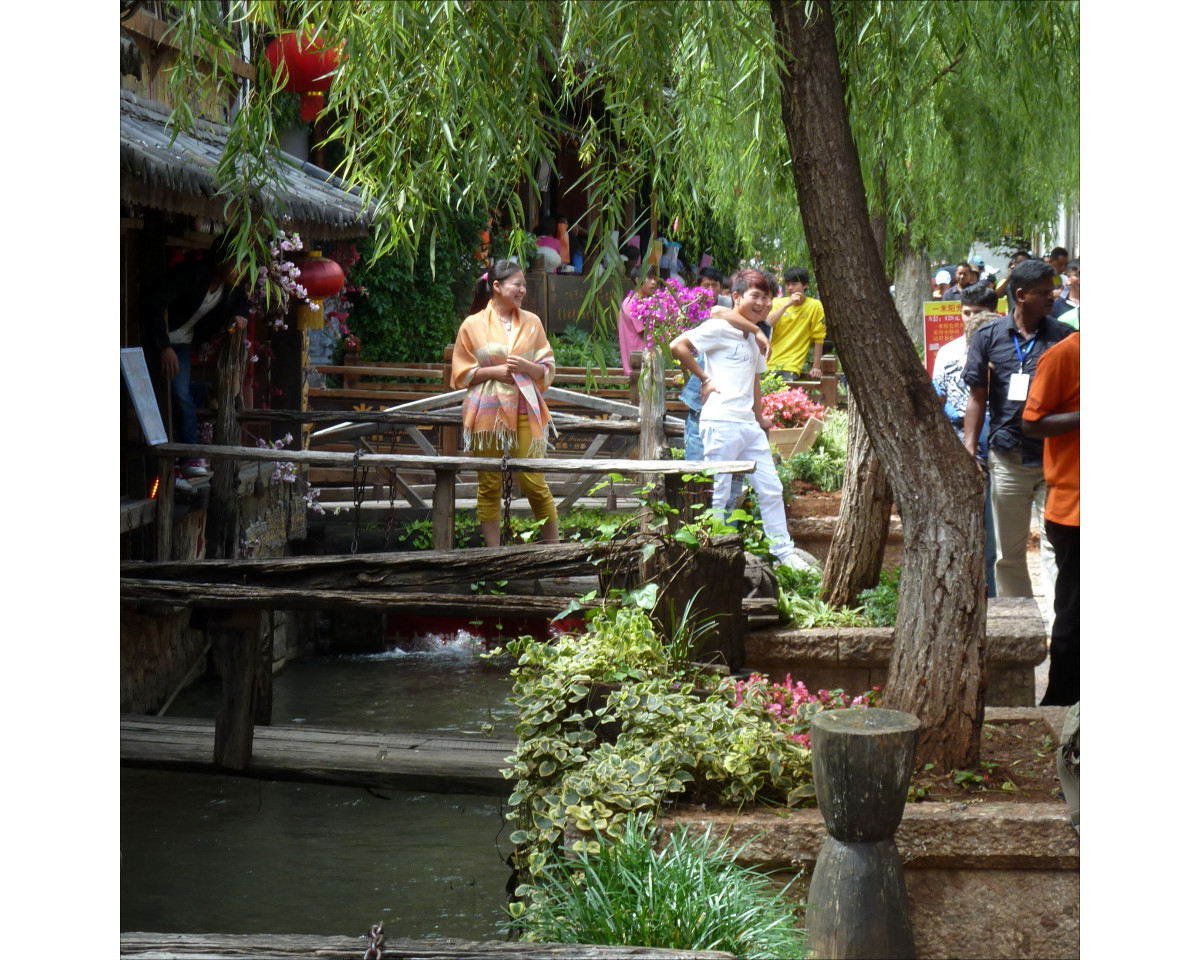
The famous ancient water supply system is still in use today. Although it is now threatened by the huge increase in tourism and expansion of new divisions of Lijiang.
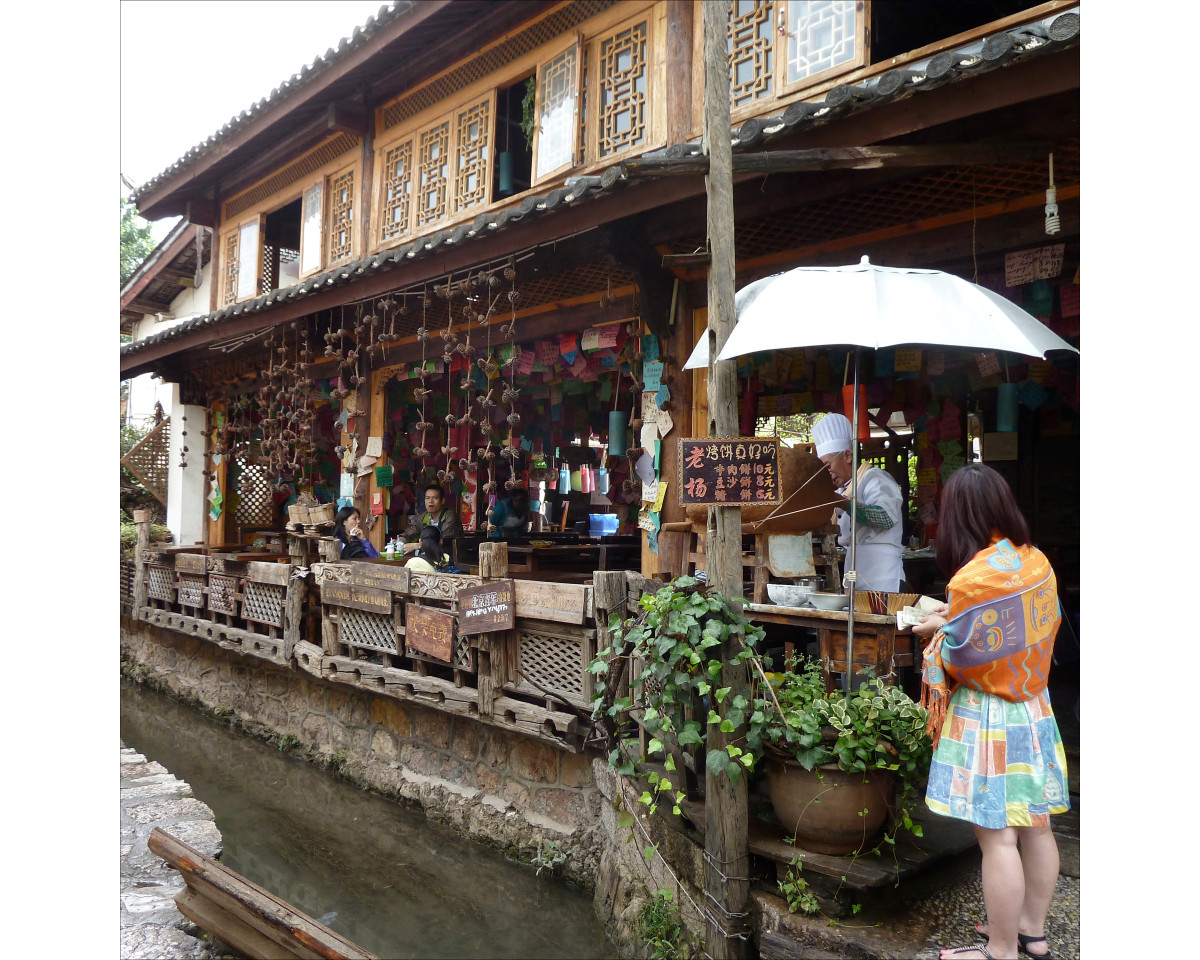
Despite Lijiang's increased popularity in recent years, meals are still tasty and affordable at these cozy restaurants.
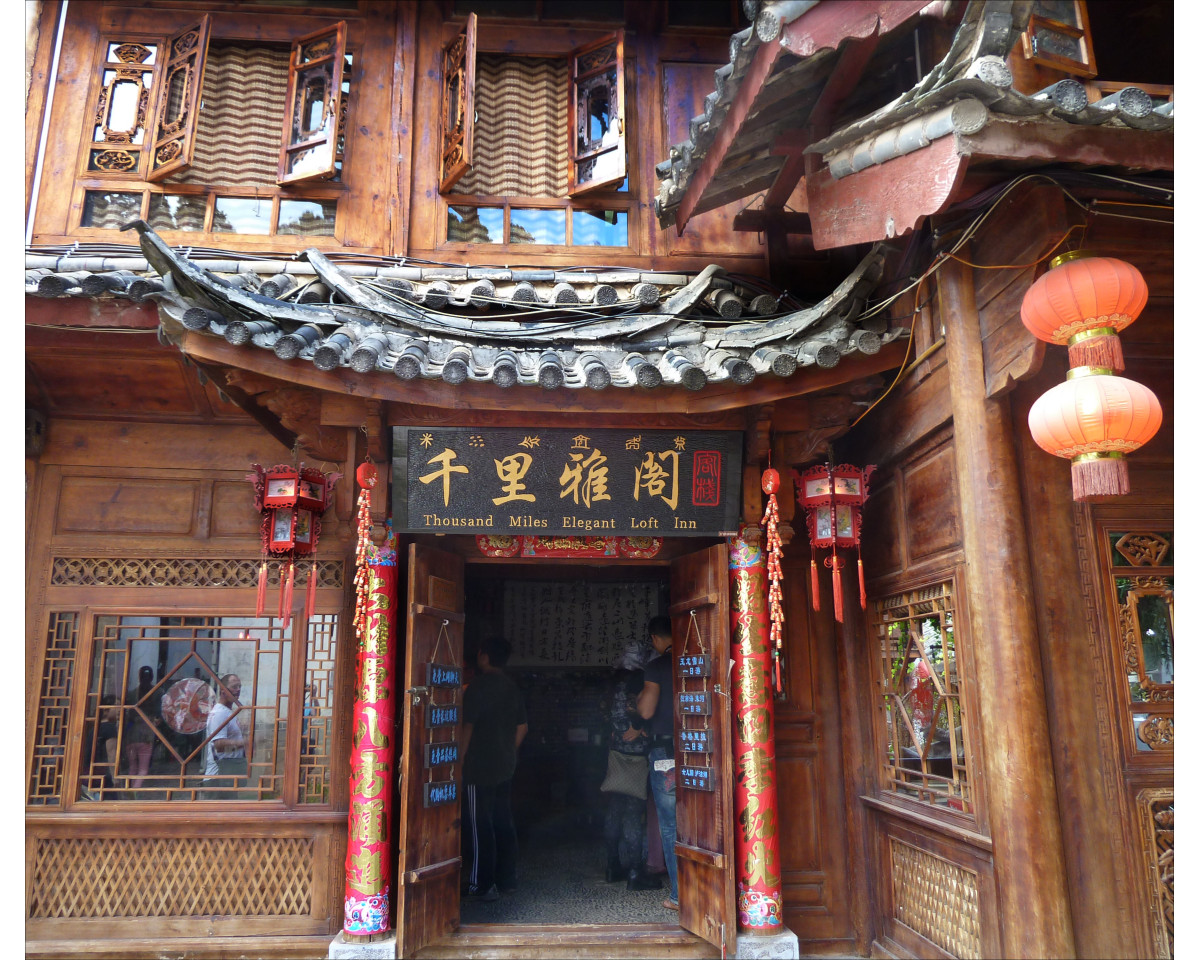
Our second accommodation, the "Thousand Miles Elegant Loft Inn". Clean, comfortable rooms in a beautiful traditional building.
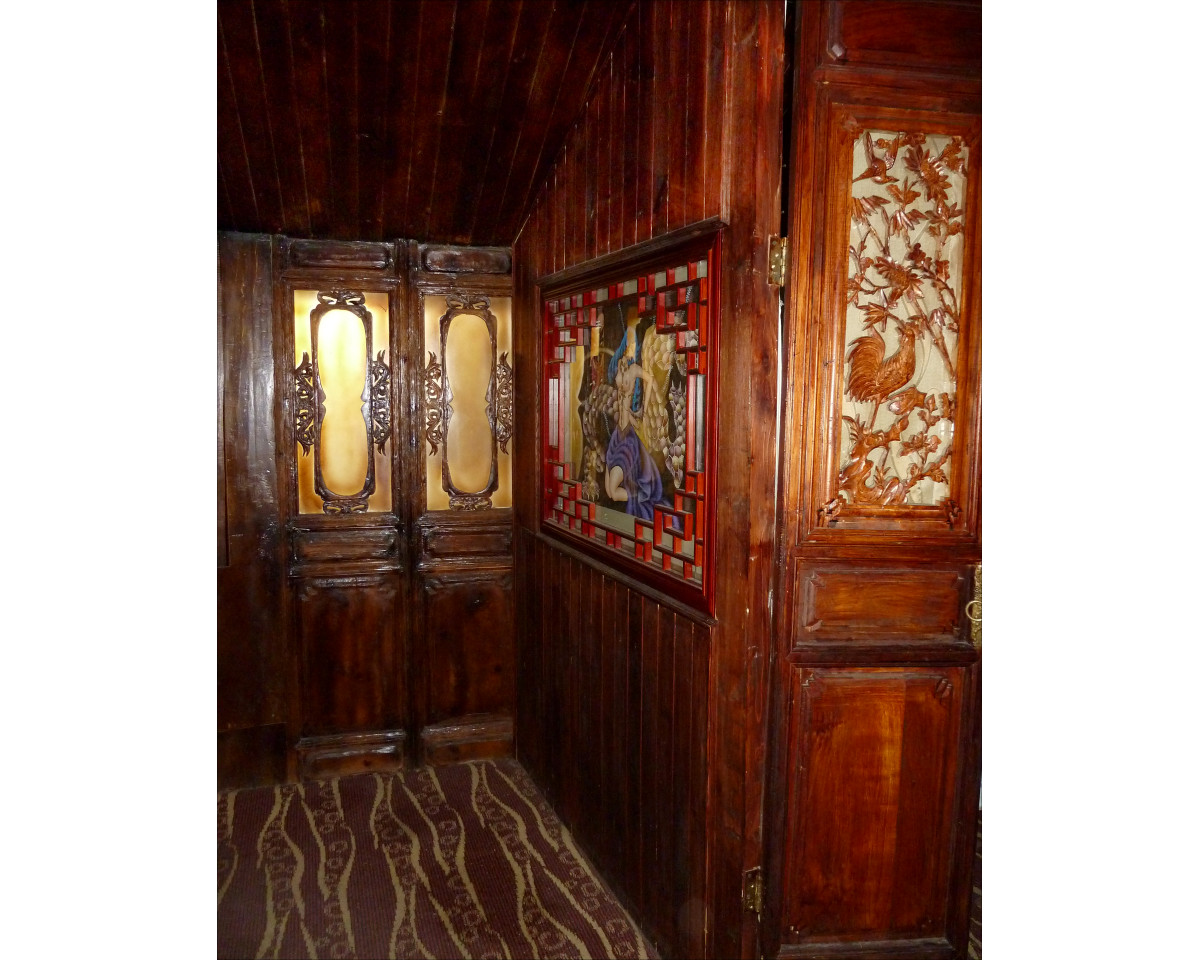
I like the intricate carvings on the wooden doors and panels. There were so many details to discover at the Thousand Miles. I'm happy that we had to move!
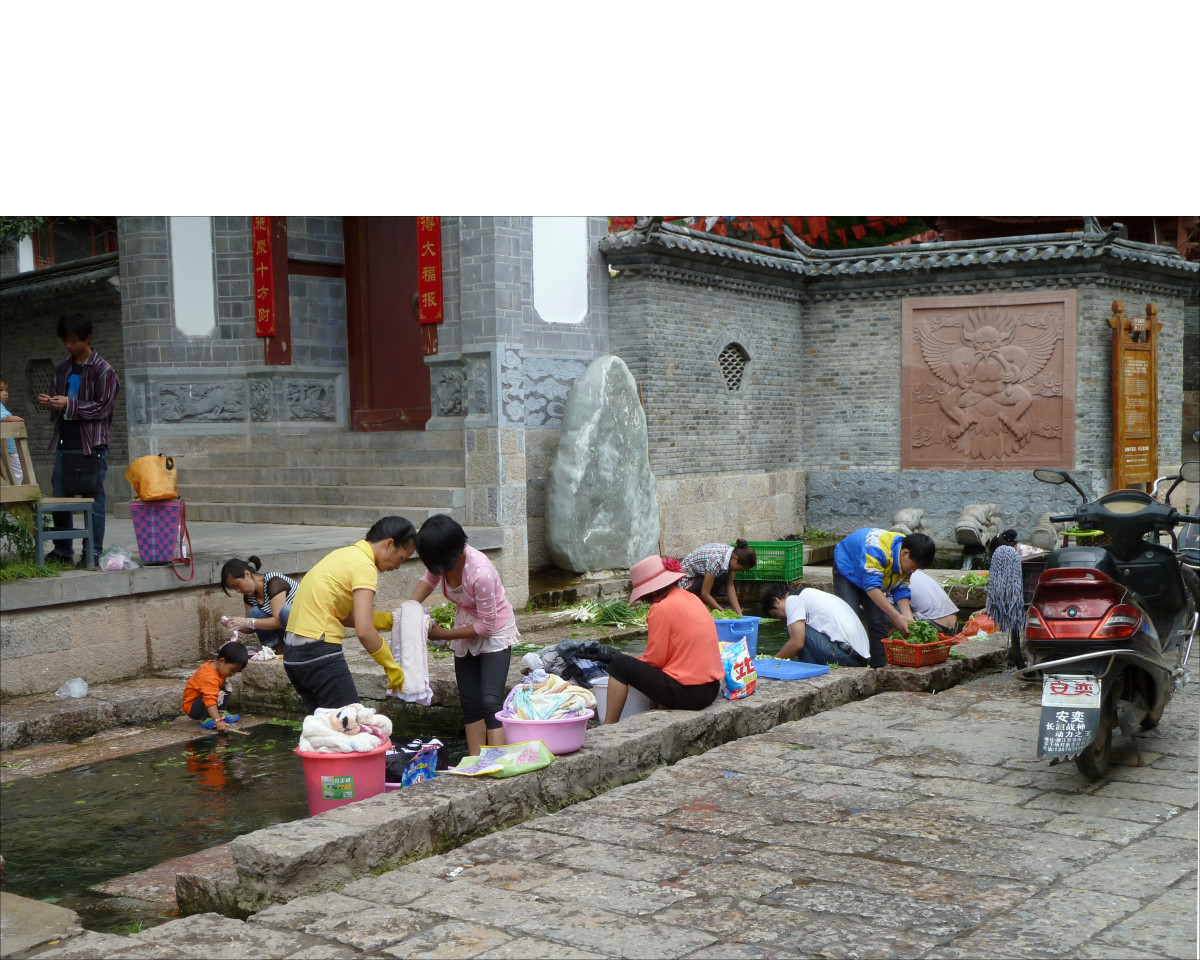
Part of the watering system: the upper part is used for washing vegetables, the lower for washing clothes.
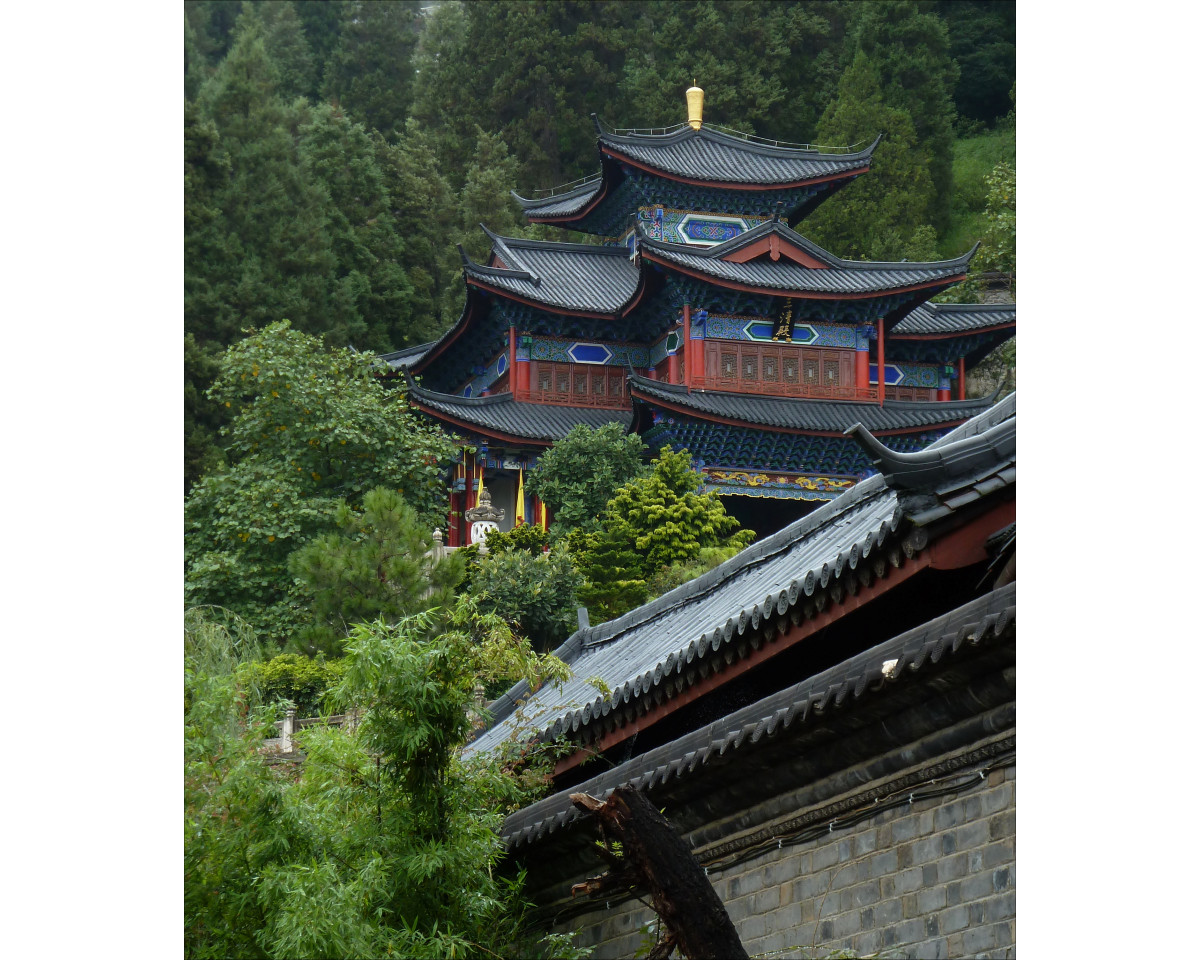
Wangu Tower on the top of Lion Hill, reconstructed in 1997. New but truly a masterpiece of traditional wooden architecture.
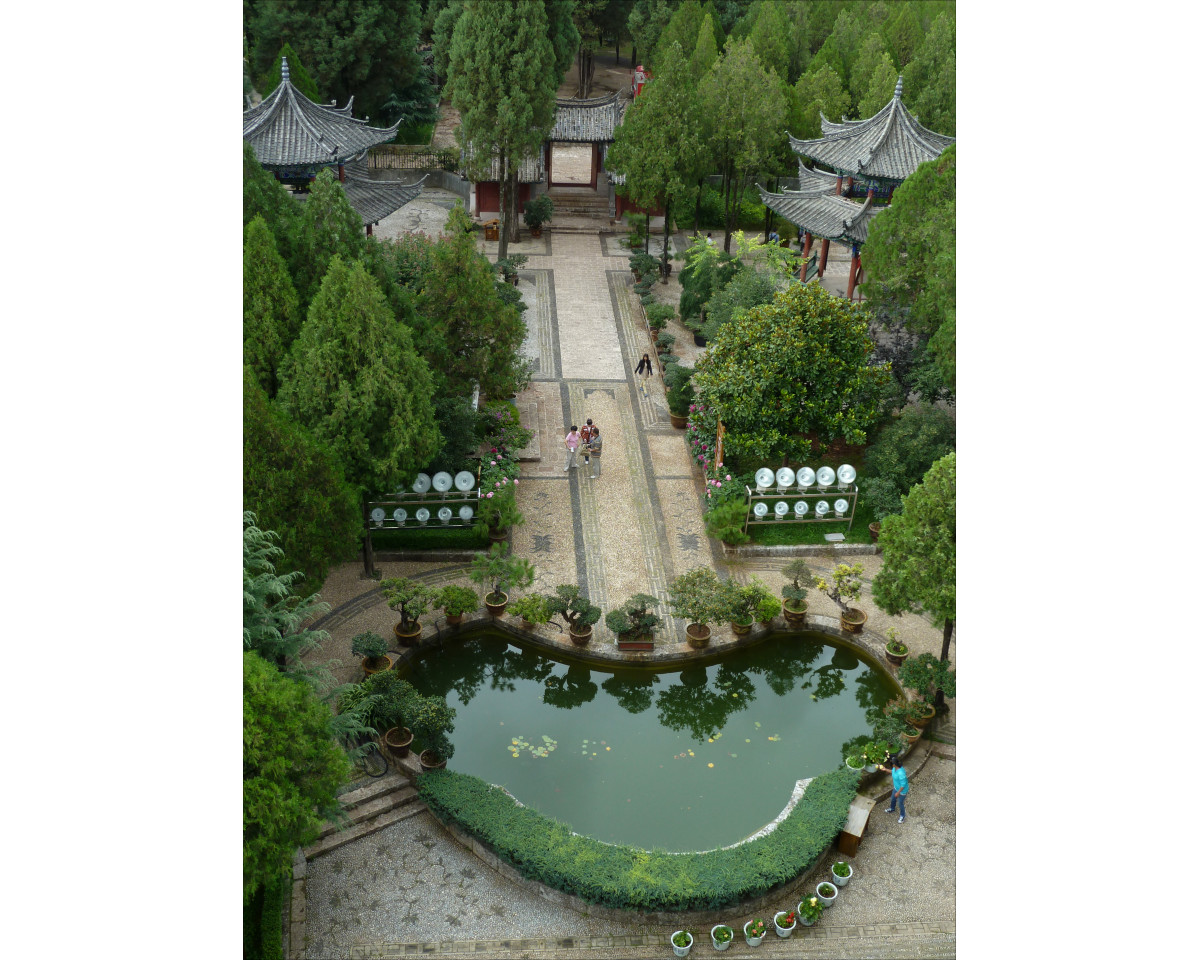
Looking down from Wangu Tower. Other views from the top of the 5-story building include Yulong Snow Mountain in the north, the old town in the east, pastoral villages in the south and the new town in the west.
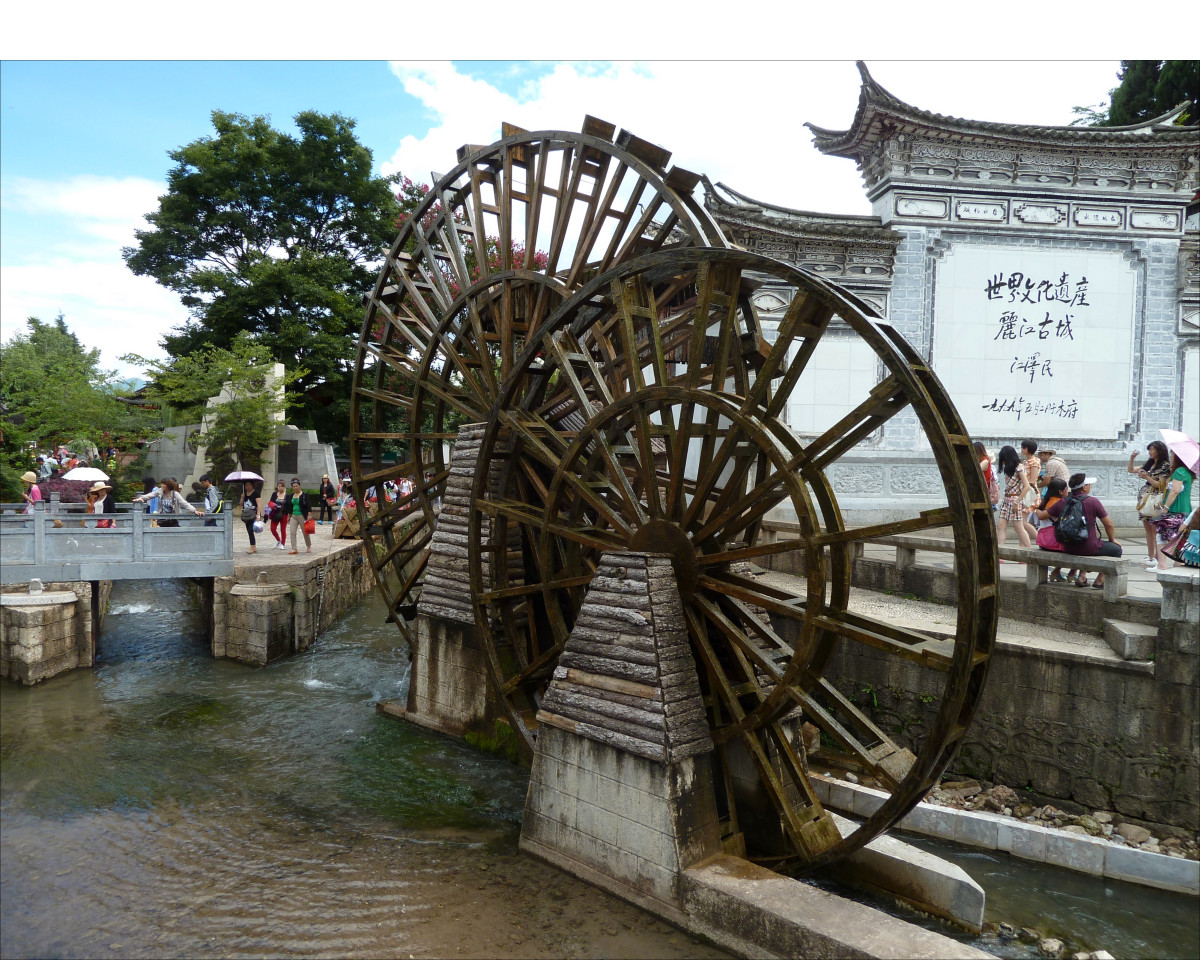
Water wheels at Yuhe Square near Black Dragon Pool, part of the famous original water system in the old town.
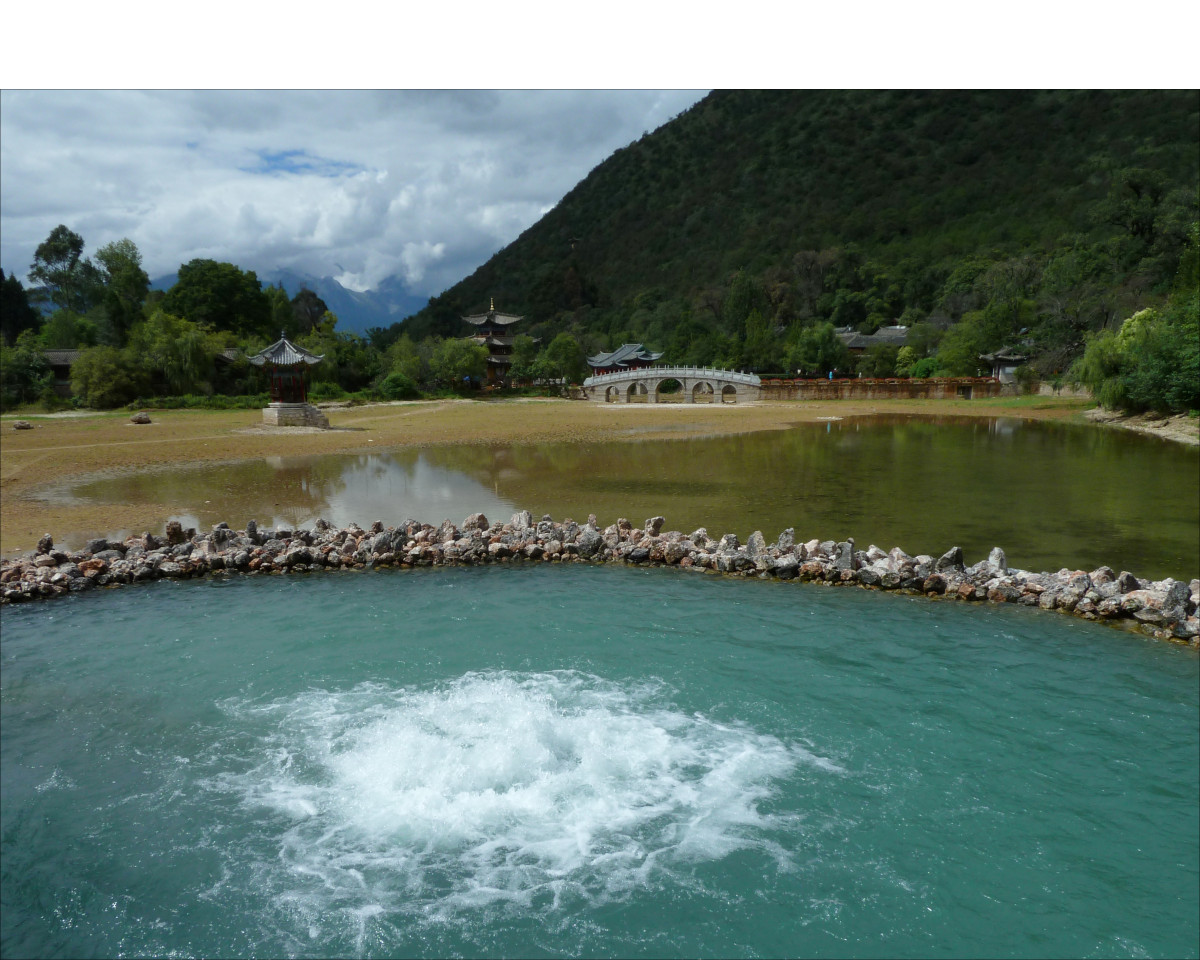
Black Dragon Pool. We were there on a cloudy day, so we missed a clear view of the highly praised Jade Dragon Snow Mountain. The scenery here must be absolutely stunning after the rainy season.
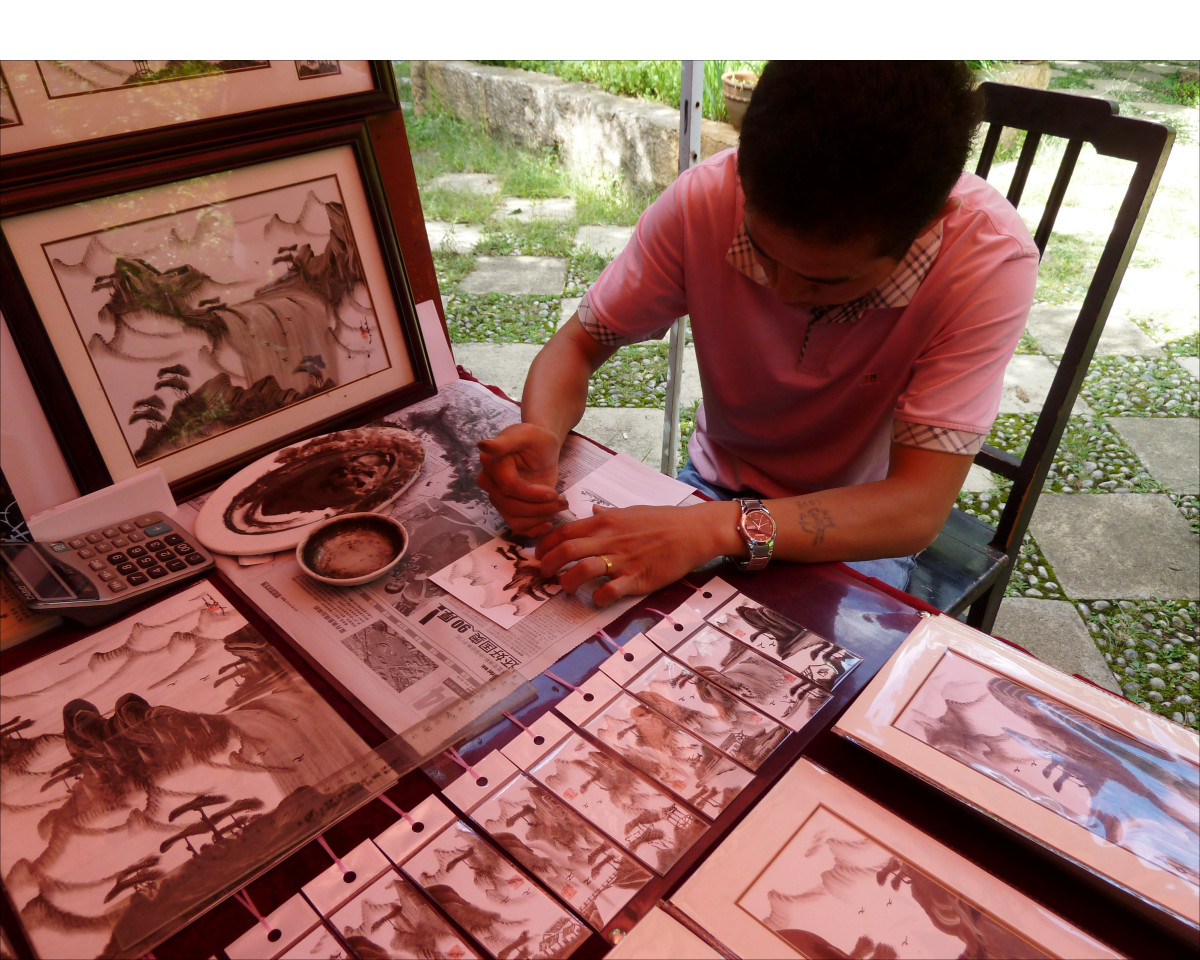
We chatted with this artist for a while. He creates these unique ink paintings without brushes or other tools, only using his fingers and palm.
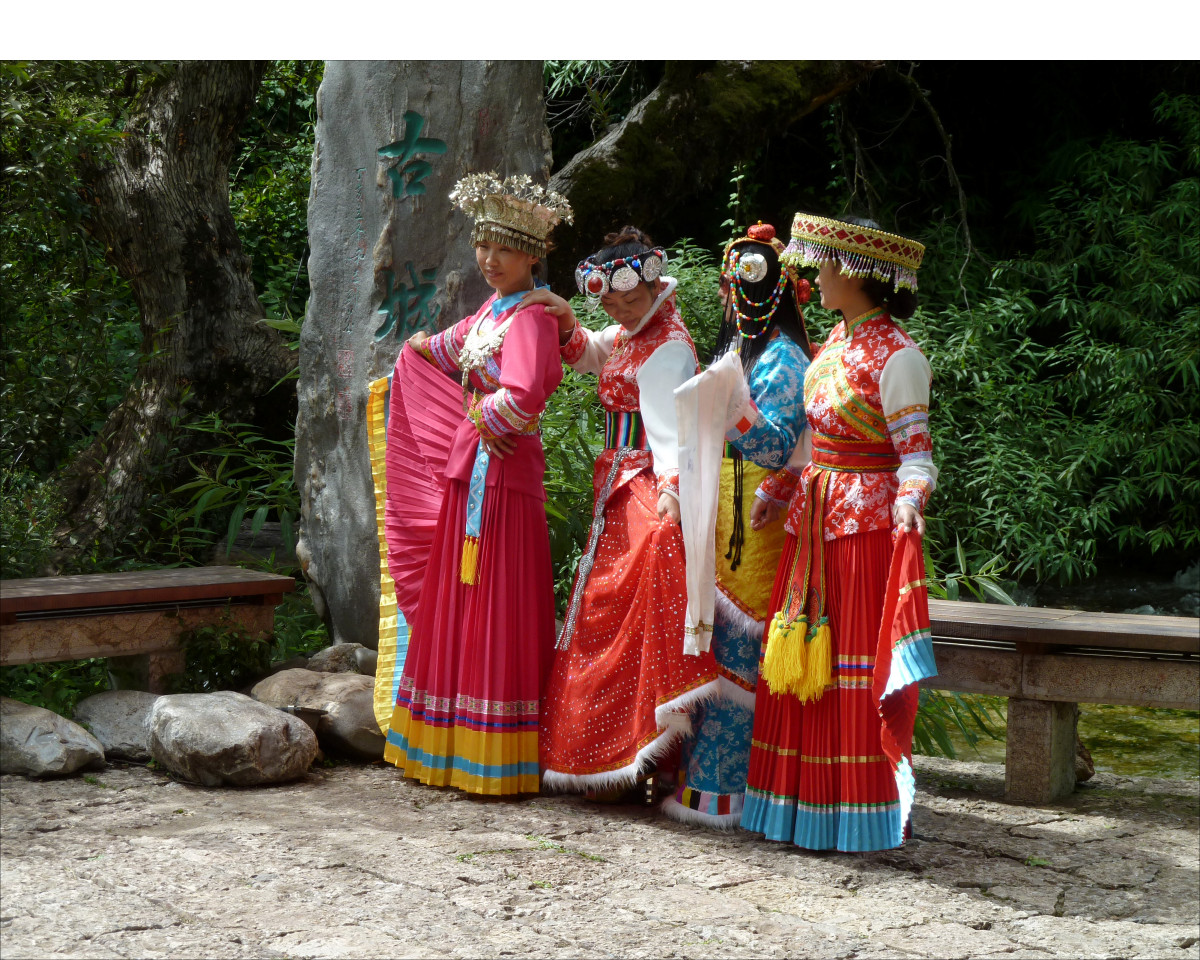
Not Naxi culture. It's a favorite visitor activity: Photo shot, dressed up in traditional minority costumes that the photographer provides.
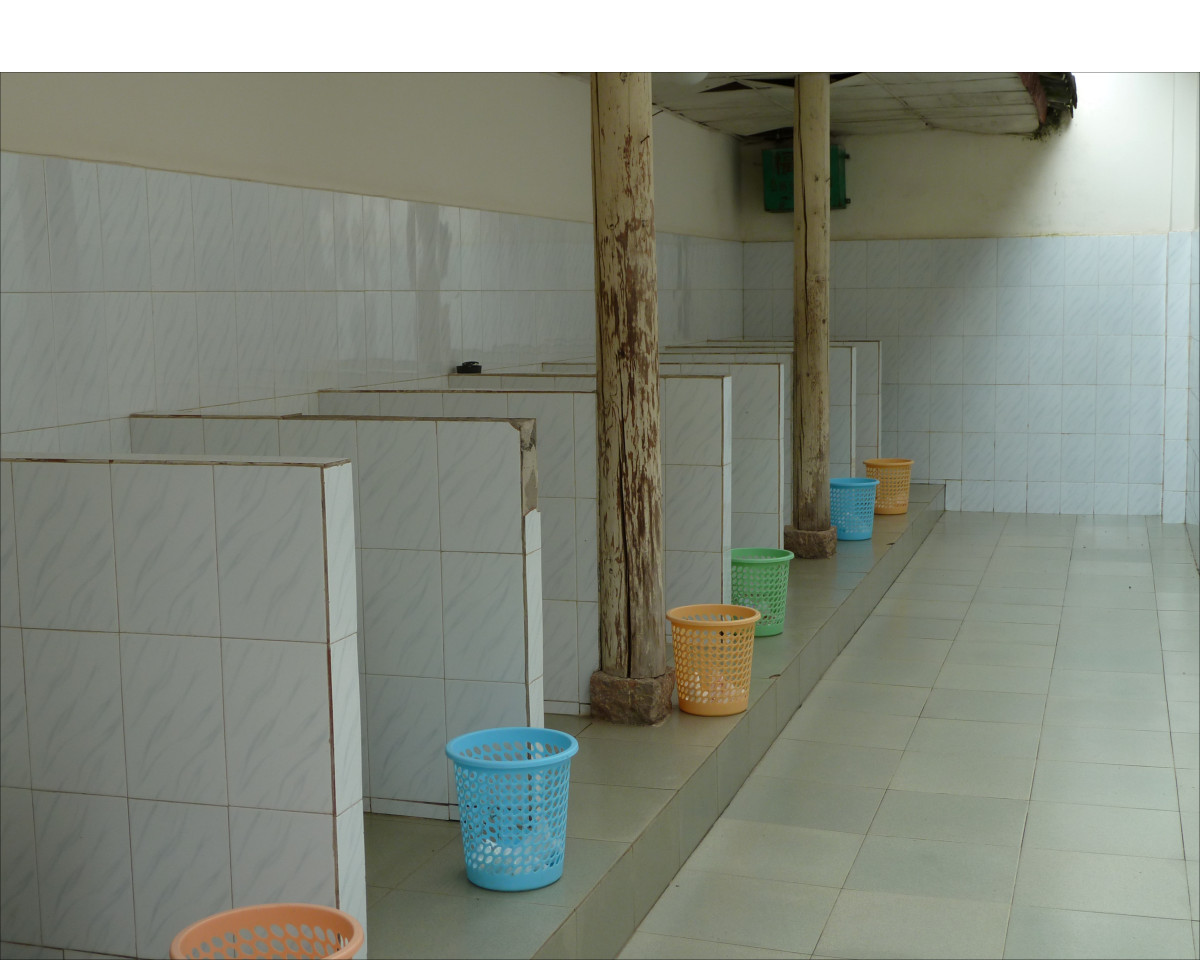
Public squat toilet building as it is still found everywhere in the country. It took me a while until I felt OK with the lack of privacy. It gets easier every time you really have to go, and locals are used to it…
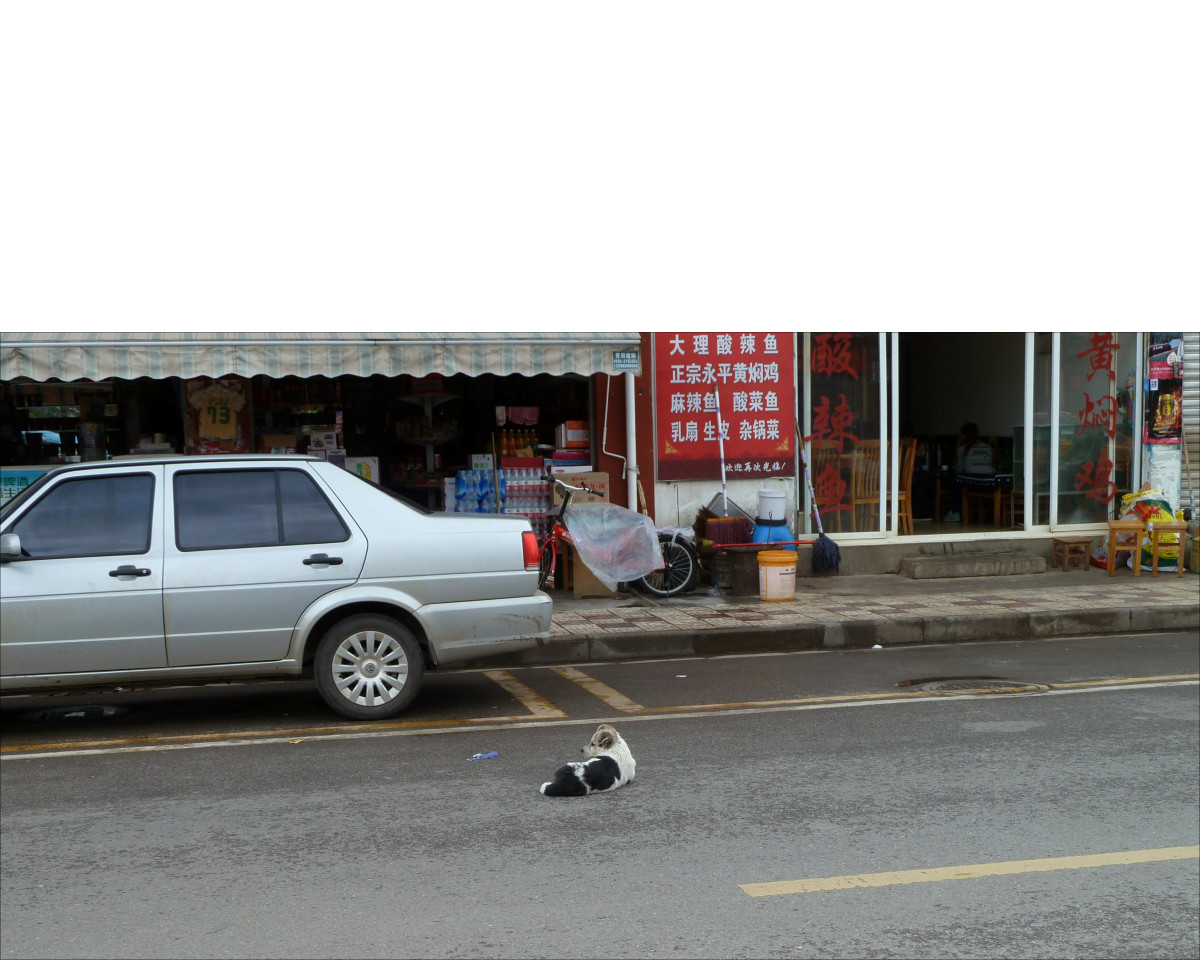
There used to be a lot of honking, and showing impatience as a driver seemed to be expected behavior. (Times and habits are changing – more about this in later posts.) This little dog picked the middle of the road as a resting spot. Not a single car sounded the horn, all slowed down, waited if necessary, and then made a big detour around it. This country and its people are full of surprises.

Until 2001 the city with a mainly Tibetan population was called Zhongdian County. Zhong 中 standing for "middle, central" and dian 甸 meaning "pasture(s)". How can a small place in the far west of Yunnan live up to its new name Shangri-La, adopted from James Hilton's novel The Lost Horizon symbolizing an imaginary paradise on earth?
Pudacuo is a 1,300 km2 national park at an altitude of 3500 m and above, about a 50-minute drive from Shangri-La City. It reminded me in many ways of the 2,500 km2 large Strathcona Park on Vancouver Island: breathtaking scenery, pristine untouched nature, clear streams and lakes, rich fauna and flora. Sound like Shangri-La?
Towering above the old town is the Golden Temple which is made up of two huge temple buildings and the world's largest prayer drum. The difference between night and day is mind-boggling.
One of the main attractions of the region is the Songzanlin Monastery. We skipped it, because my friends' next destination was Lhasa, the Potala Palace, and other Tibetan monasteries and temples. And I had visited the Tibetan Autonomous Region the year before.
Old Shangri-La was a charming town with narrow cobblestone lanes, very similar to Lijiang. Unfortunately, just a few months after our visit, disaster stroke. A huge fire ( story and pictures from SCMP ), caused by a space heater, destroyed about 300 homes and businesses. As a result, roughly 0.067 km2 or 1/5 of the "historic preservation area" were levelled and rebuilt over the next few years. I can't tell how much or how little the new "old" town resembles the old town we saw in 2013.
Visited: Old town (Dukezong) – Pudacuo National Park - Golden Temple – Largest Prayer Wheel - Hundred Chicken Temple (Baiji) (4 nights)
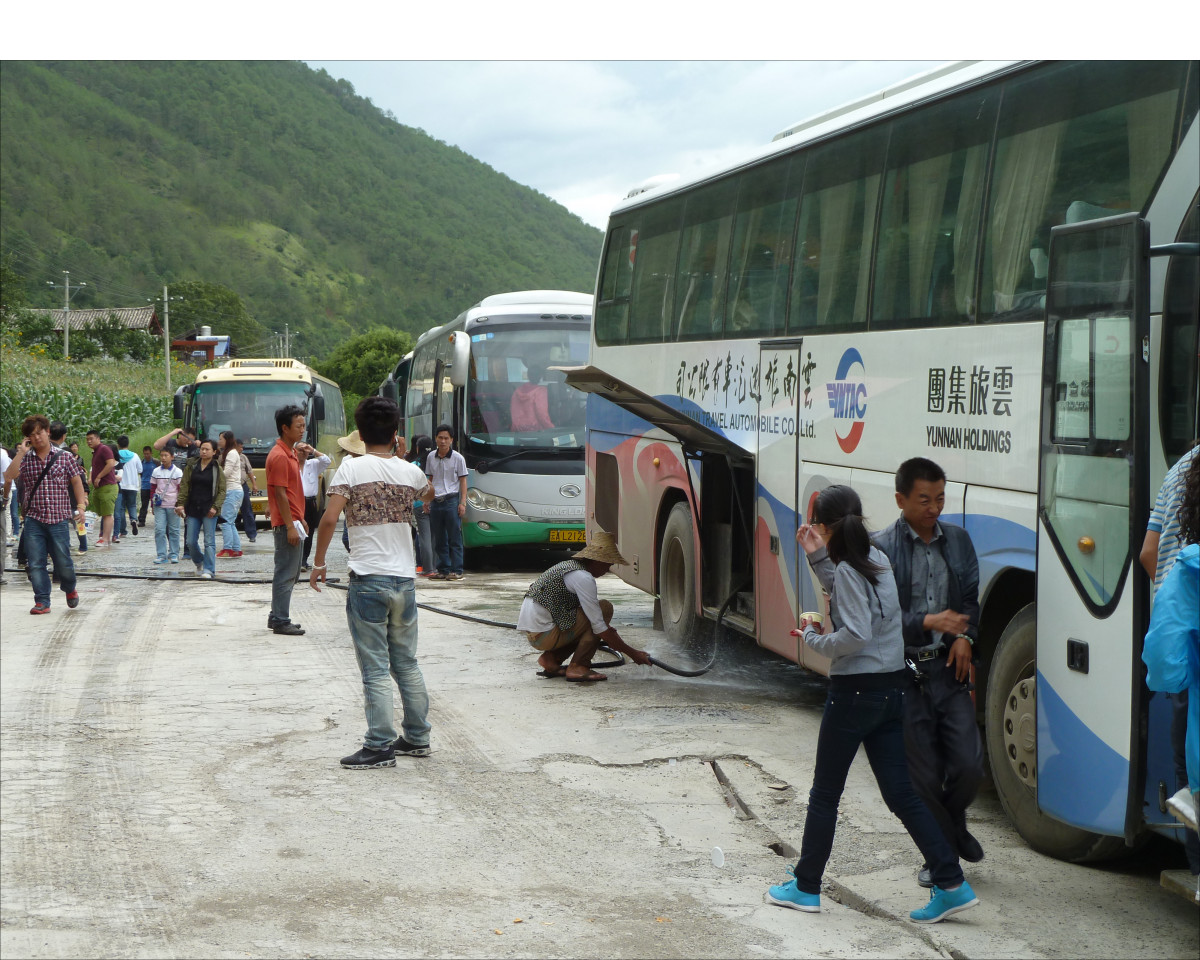
Washroom break during the bus trip from Lijiang to Shangri-La. These smaller 24-seater busses are better suited on the windy roads than big coaches. Ours was called "Feeling of Venice", written in English. I've been to places in China that reminded me of Canada and Germany, but never ever Italy.
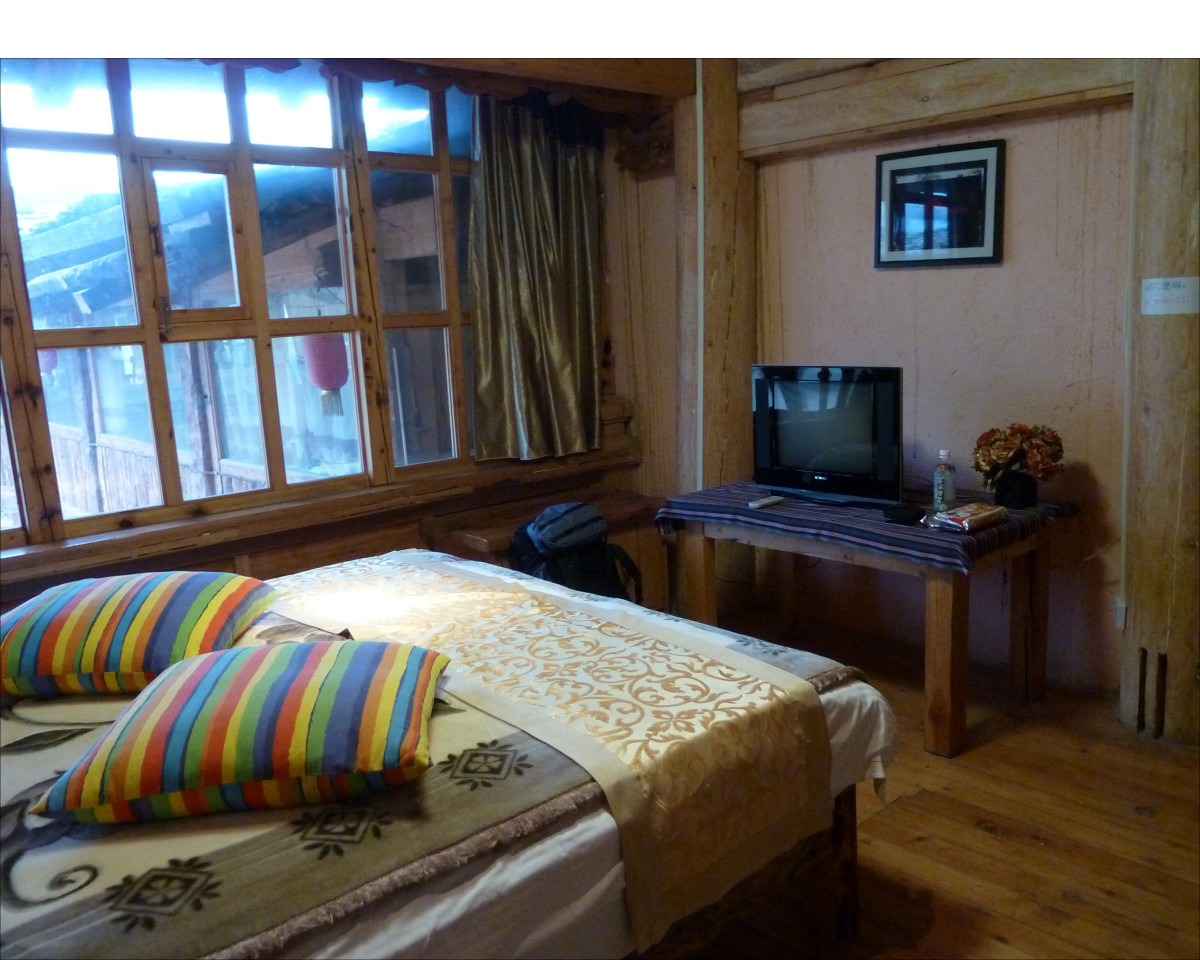
My room at the "Shangri-La Timberline Lodge" or "Jinhai Home Inn", a beautiful, newer guesthouse in traditional Tibetan style.
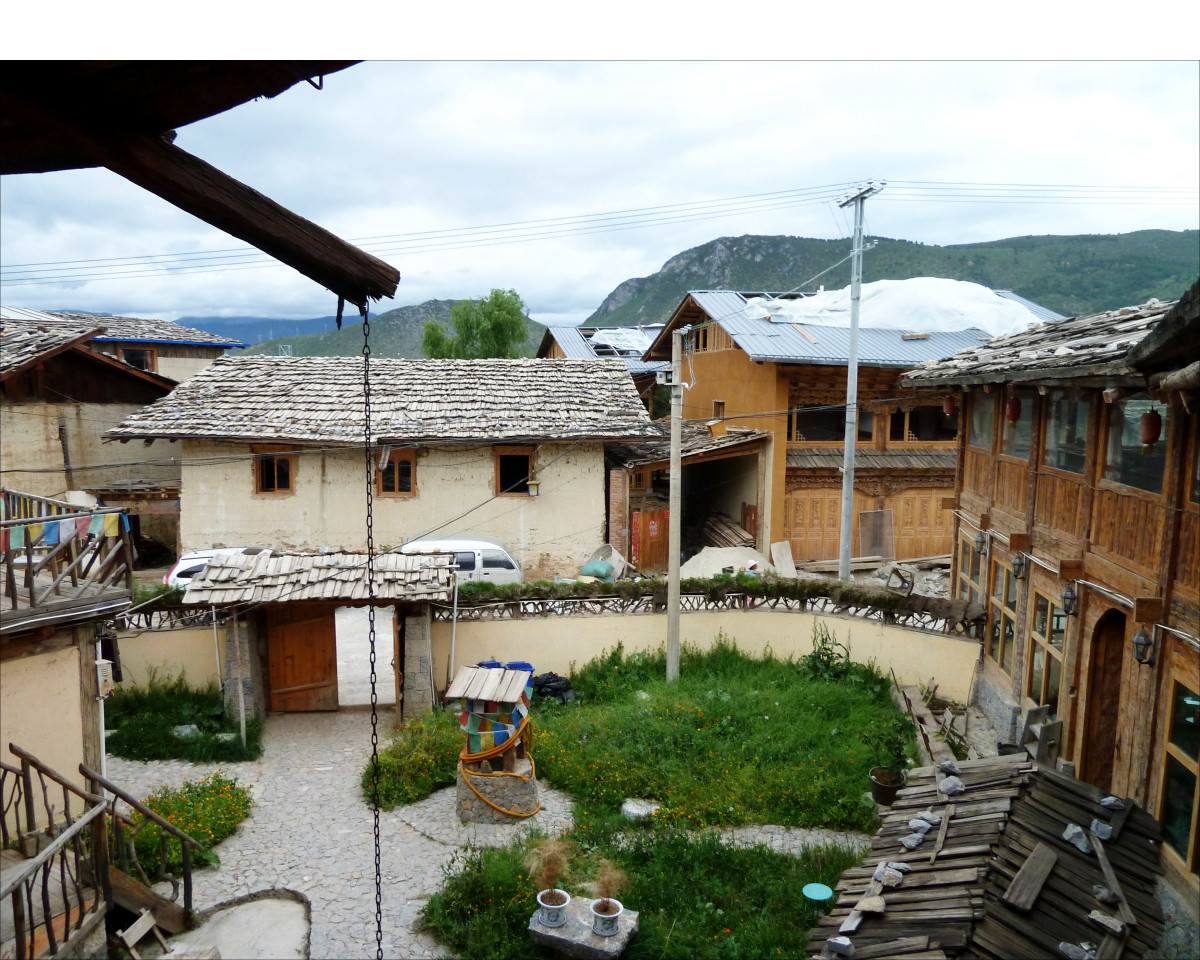
View from my room. The lodge is located on the outer perimeter of the old town. It appears that it survived the big fire in 2014 :-).
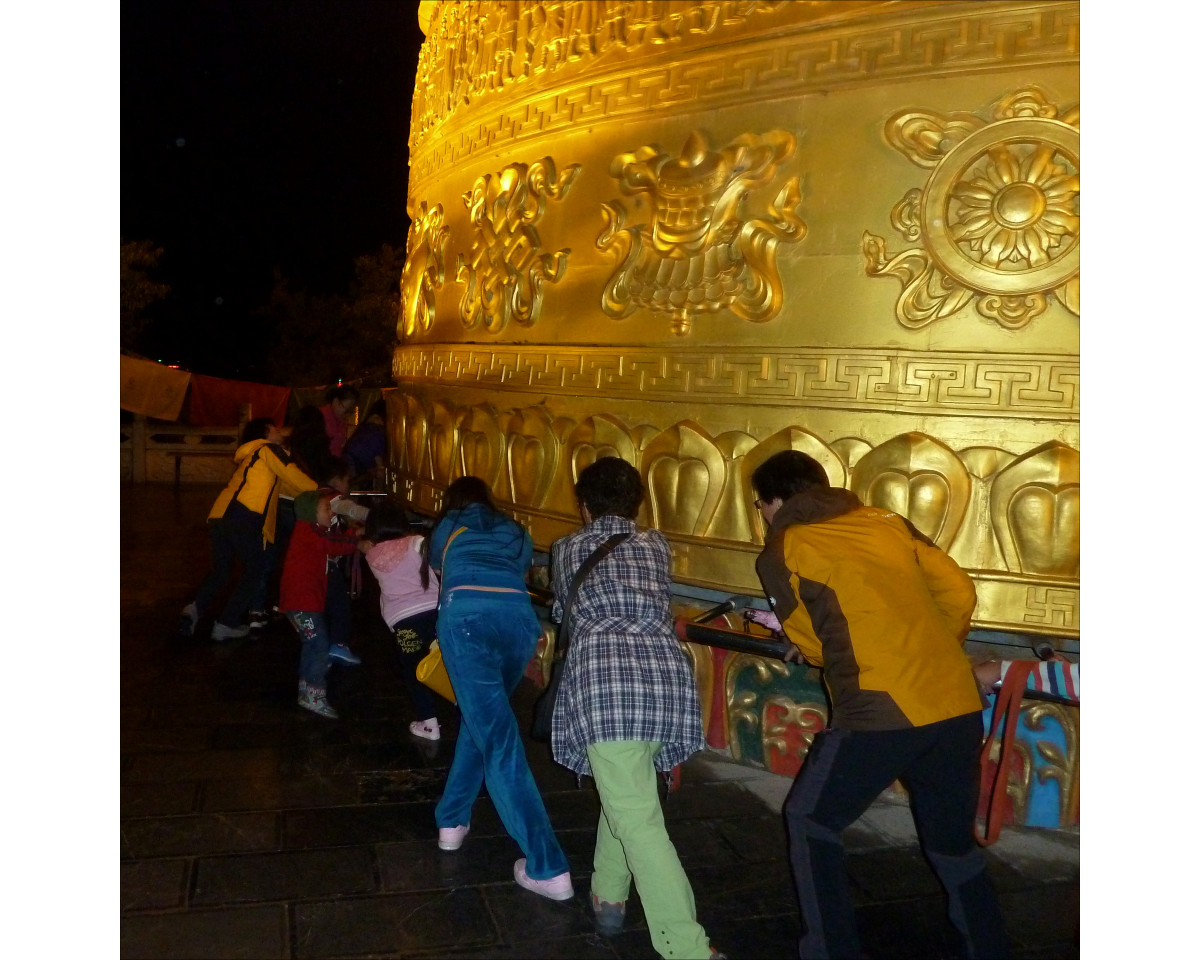
It takes several people to set the prayer drum in motion. We all took turns and joined in. I doubt that this prayer wheel has any spiritual significance. It's just fun for all!

Can't escape Mark Zuckerberg, not even in such a remote location in a country where Facebook and most other major western sites are blocked.
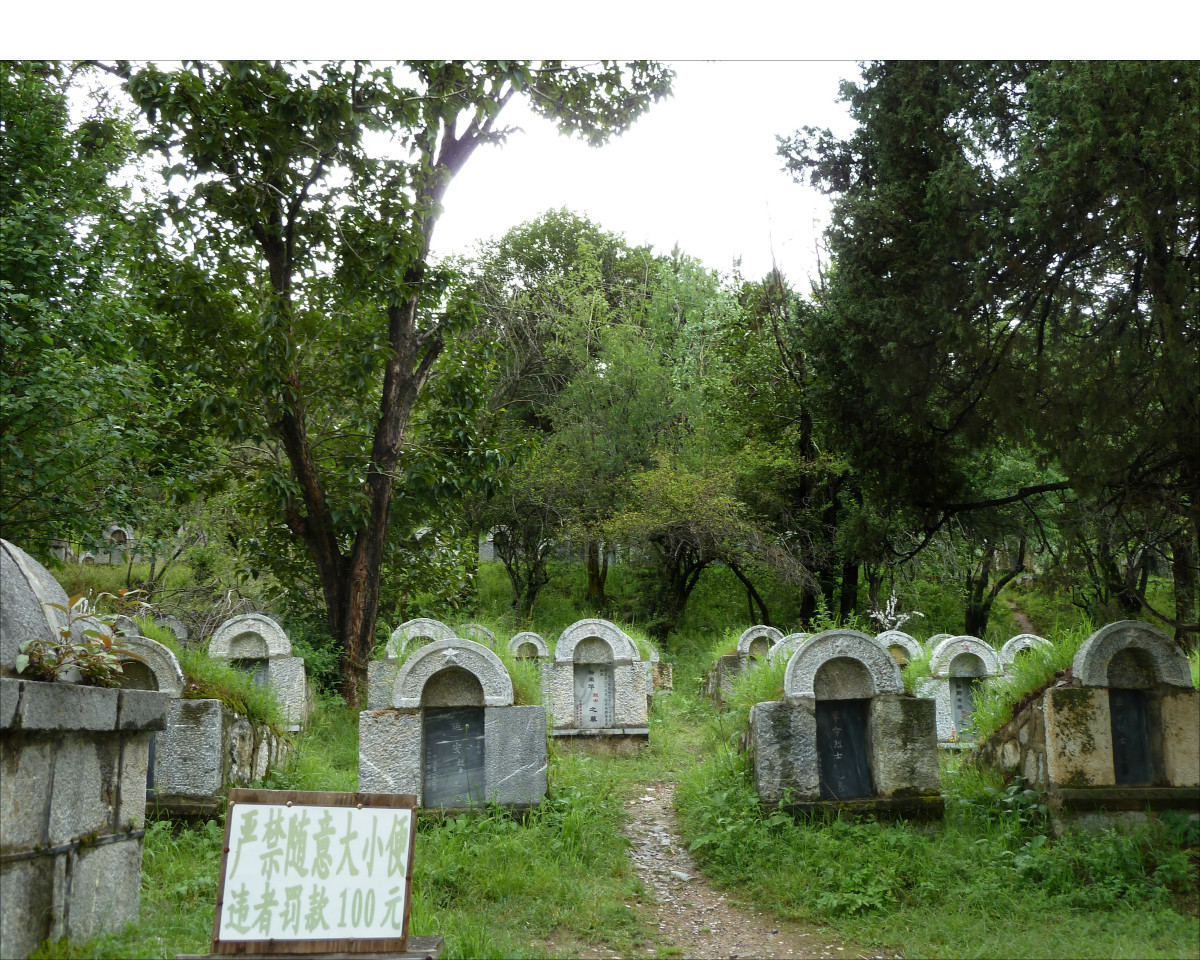
An old cemetery. The sign reads: 严禁随意大小便 违者罚款100元
"It is strictly forbidden to relieve yourself. Violators will be fined 100 yuan." (˜$20 CAD)
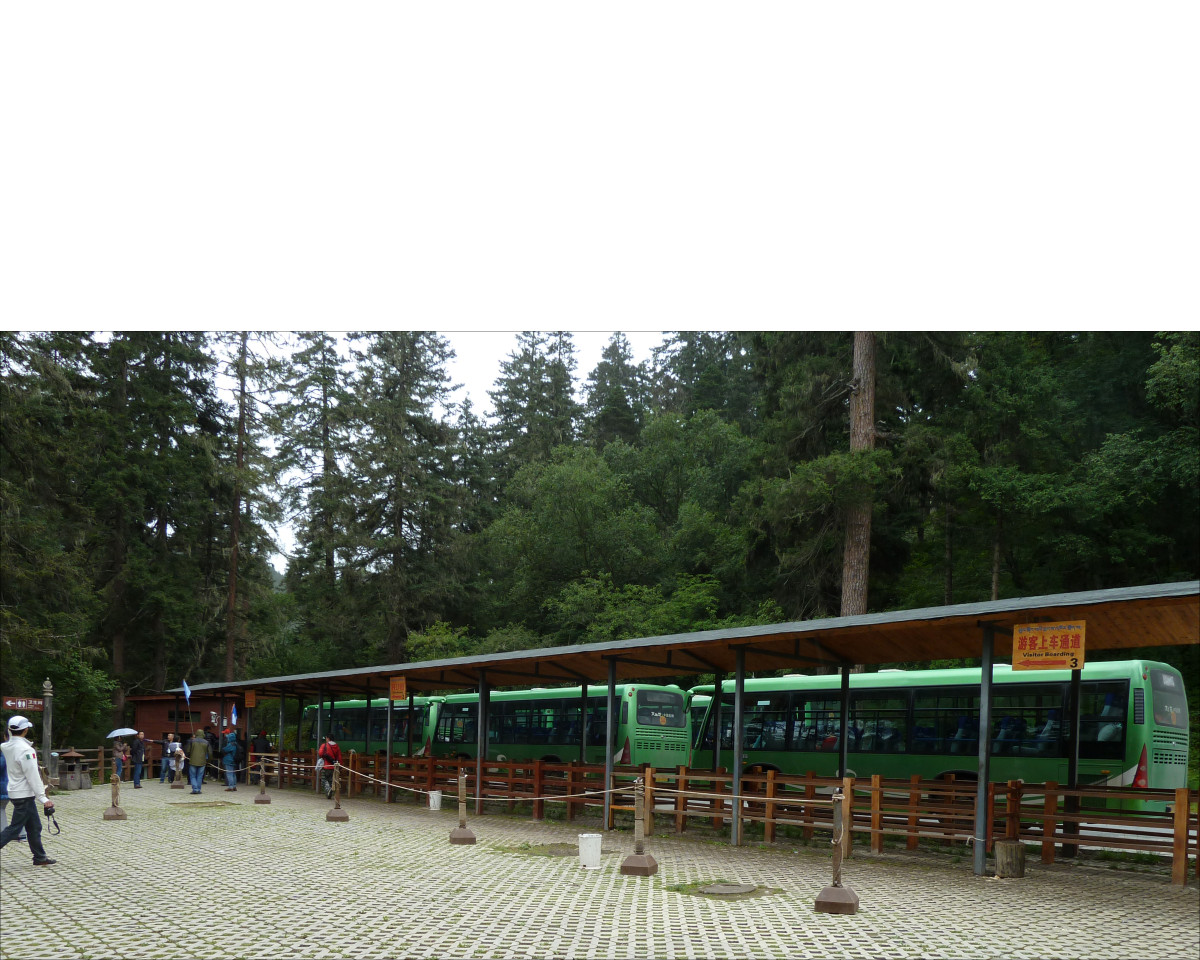
These sightseeing buses circle around Pudacuo National Park and stop at fixed points along the 69 km long route. Visitors can get off and on and explore different sections.
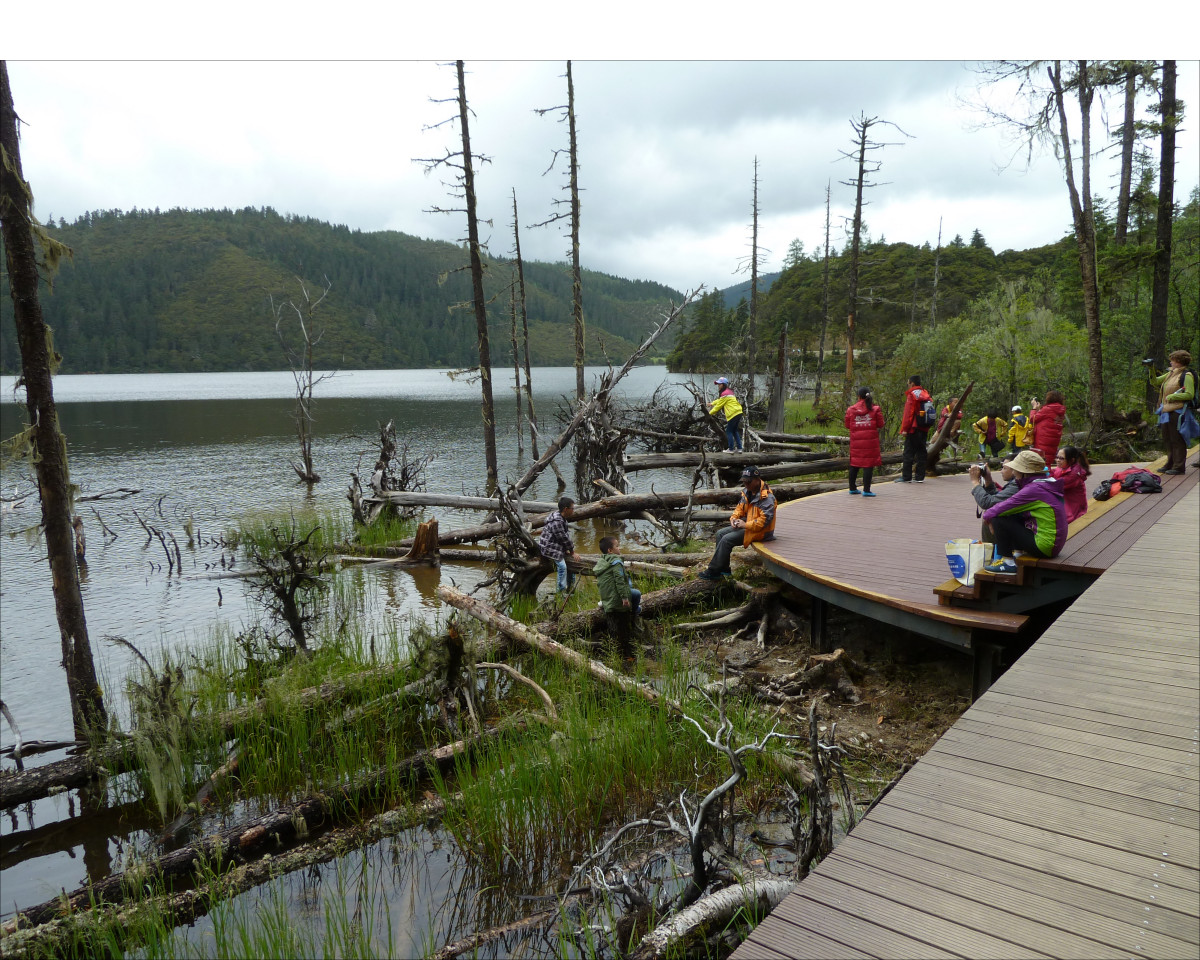
Times are changing. Big tour groups that follow the flag bearer are getting less. Families or friends just travel on their own. Everyone was all smiles and we were all discovering and admiring the same details. On the way out we had to pass through a few gigantic halls full of souvenir stands. I didn't see a single party even looking at the merchandise. We had seen what we came for! No wonder, many of the stands were already deserted.
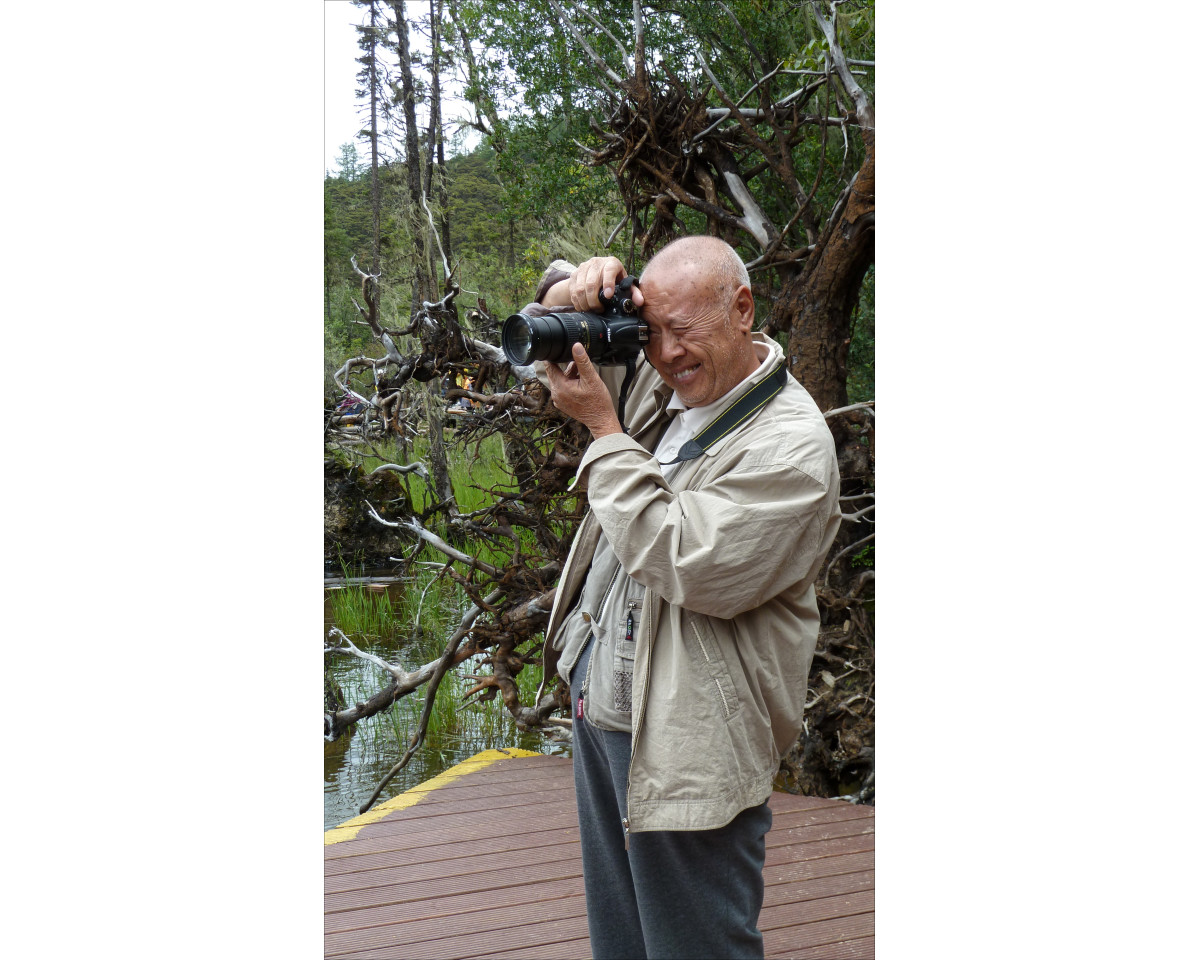
I noticed this visitor getting ready to take my picture. I smiled and let him finish. Then he smiled and I took his photo.
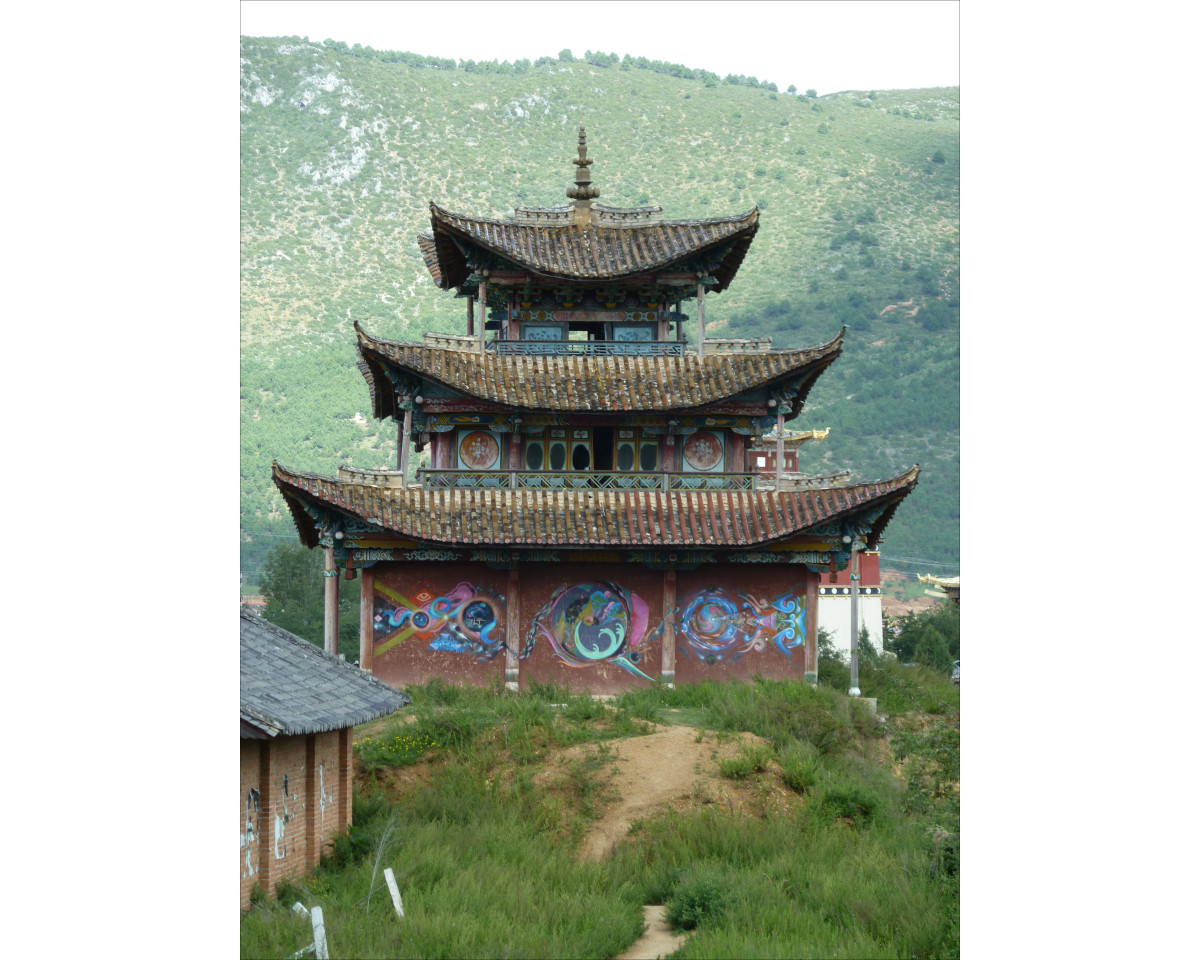
An abandoned temple on the way up to Hundred Chicken Temple (Baiji). We took an unmarked path up the hill and were treated to a carpet of wildflowers and tens of different butterfly species.
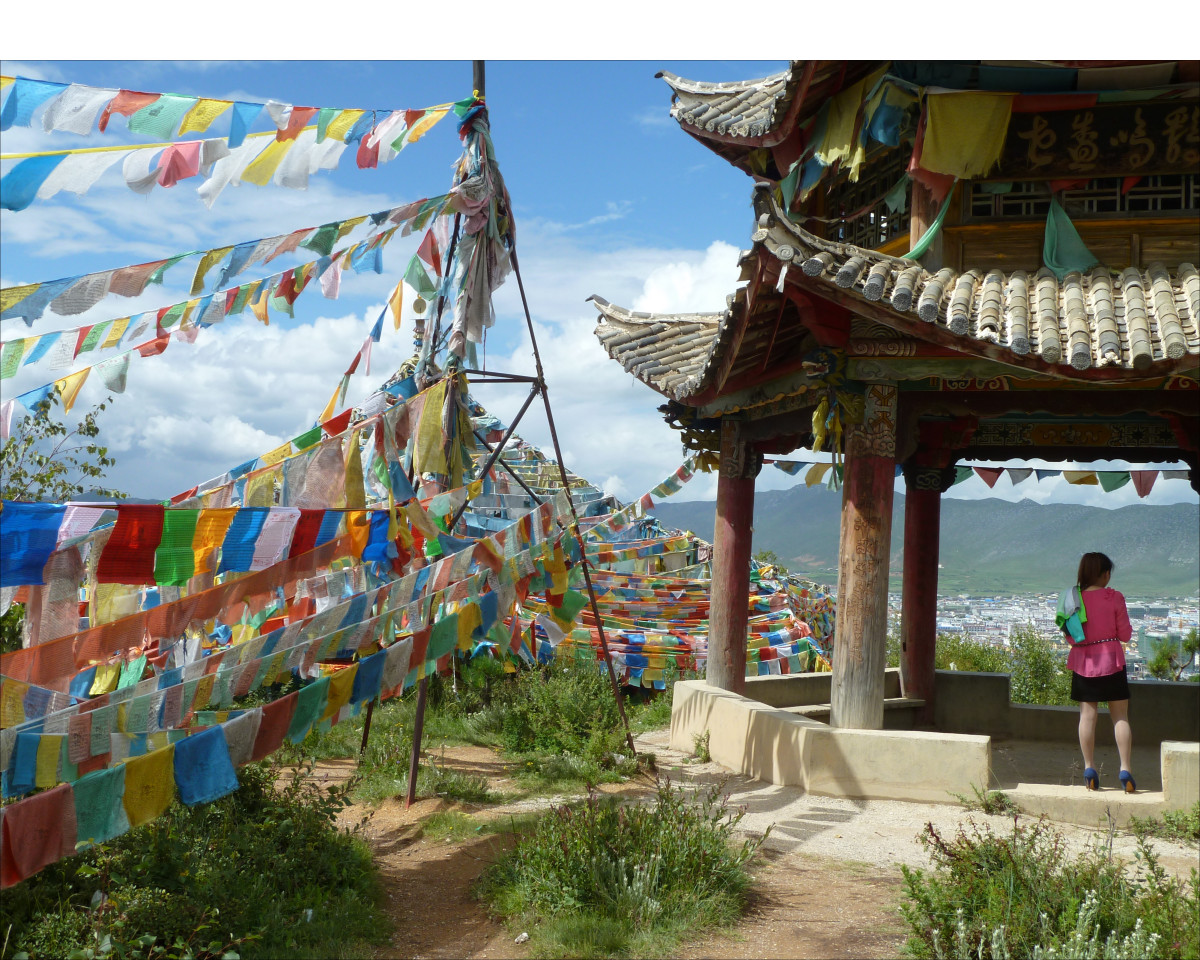
The views from that little pavilion are spectacular. Hundred Chicken Temple must be the place with the most prayer flags ever!

